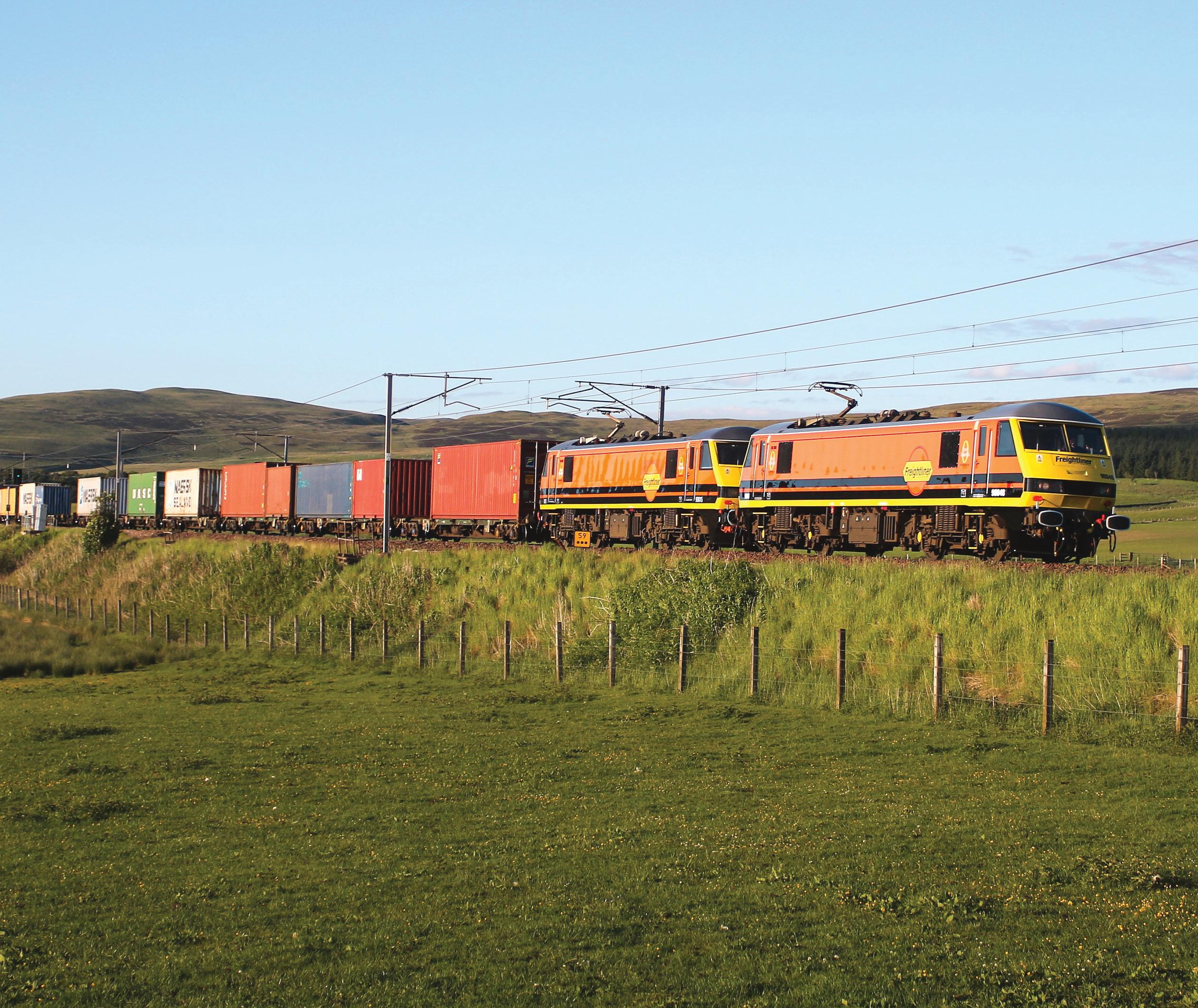
www.railprofessional.com TRAINING The SWR Employer Apprenticeship Challenge ROLLING STOCK Bespoke, projectmanaged solutions for the rail industry FREIGHT Save 9,680 tonnes of carbon emissions Freight Forward to Net Zero Freightliner is making adjustments to reduce its carbon emissions THE BUSINESS RESOURCE FOR RAIL DECEMBER 2022 | ISSUE 288 | £7.95


EDITORIAL
EDITOR
Sam Sherwood-Hale editor@railpro.co.uk

DISPLAY ADVERTISING
Jamie Tregarthen sales@railpro.co.uk
RECRUITMENT ADVERTISING recruitment@railpro.co.uk
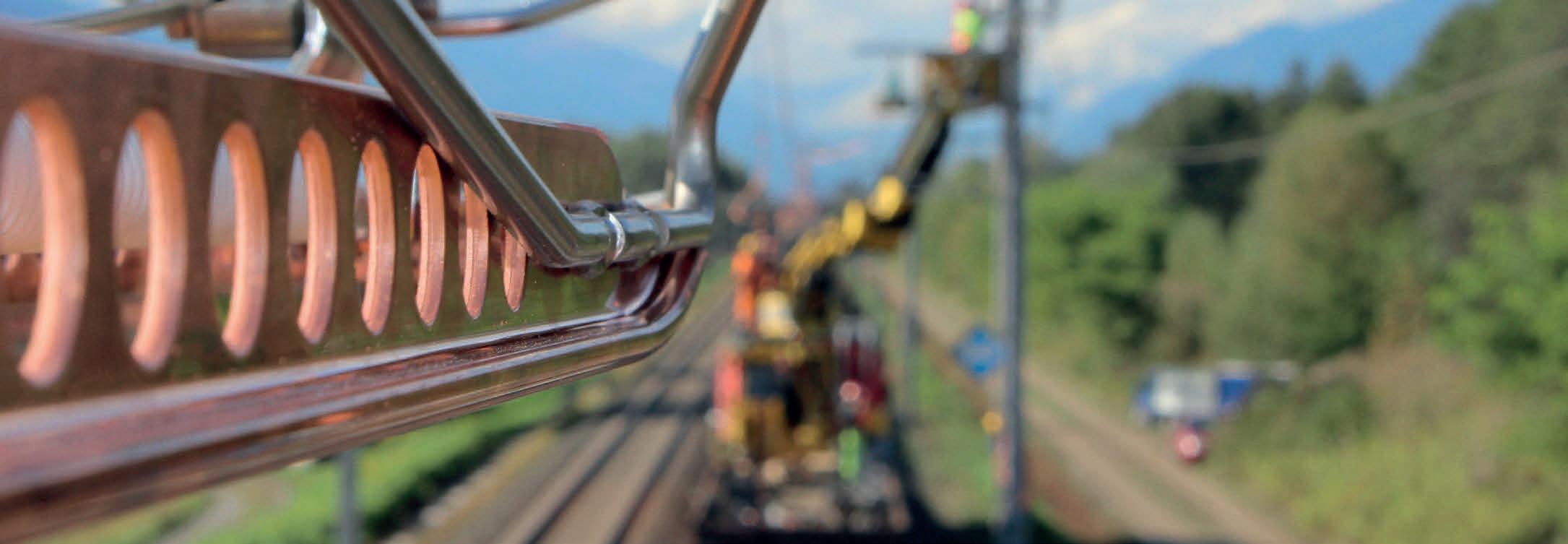

SUBSCRIPTIONS subscriptions@railpro.co.uk
ADMINISTRATION
Cherie Nugent info@railpro.co.uk Lisa Etherington admin@railpro.co.uk
DESIGN & PRODUCTION
Alicia Bannister Lukasz Saczek production@railpro.co.uk
Rail
ISSN 1476-2196 © All rights reserved.
No part of this magazine may be reproduced or transmitted in any form or by any means, electronic or mechanical, including photocopying, recording or by any information storage and retrieval system, without prior permission in writing from the copyright owners.
The views and opinions expressed in this publication are not necessarily those of the publisher, nor does it accept liability for any printing errors or otherwise which may occur.
EDITOR’S NOTE
After a lively year I’m very impressed that we are able to bid a peaceful ‘so long’ to 2022 – it certainly feels less hectic than this time last year.
We were treated to an Autumn Statement from the Chancellor of the Exchequer, Jeremy Hunt which included a number of measures related to transport infrastructure, the railway industry and rail supply businesses. As part of the statement, the Chancellor confirmed that the core Northern Powerhouse Rail, East West Rail and HS2 to Manchester schemes are all set to go ahead. He also said that capital budgets will increase over the next two years to 2024, and then be maintained in cash terms subsequently.
In response, Darren Caplan, Chief Executive of the Railway Industry Association, the national trade body representing UK rail suppliers, said: ‘To deliver both transformational major projects for the future and to protect today’s railway, the industry needs the Government to commit to a long-term investment package beyond 2024, including through next week’s publication of the Statement of Funds Available for CP7. This will also ensure best value for money for both rail users and the taxpayer.’
We also have a new Minister for Rail & HS2 at the Department for Transport in Huw Merriman MP. One of the first items on his agenda was the DfT's 'First of a Kind' competition which will support innovations on the railway, generating wider benefits to the economy and environment, specifically continuing rail’s green credentials.’
My interview this month is with Andy Bagnall, Chief Executive of Rail Partners – we discussed rail reform, trebling of rail freight by 2050 and getting the best out of the public and private sectors.

Our focus in this issue is on freight and rolling stock, with features from Freightliner and EnPro as well as a collection of opinion pieces from Lord McLoughlin, Chair of Transport for the North, Marie-Claude Hemming of the CECA, Paul Thwaite and Alina Neal of Stephenson Harwood and Erica Aldridge and Matthew Leake of Kennedys.
Enjoy the final issue of the year and don’t forget to order the 2023 edition of the Rail Professional Supply Chain Directory here: https://www.railpro.co.uk/rail-professional-supply-chain-directory
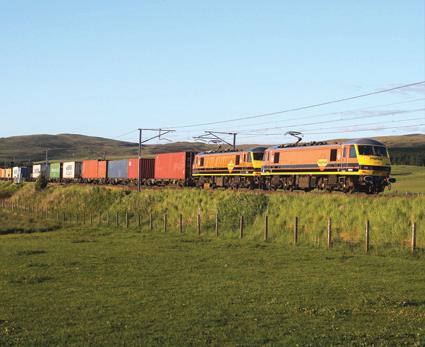
SAM SHERWOOD-HALE
3
EDITOR Quality products for modern overhead contact lines
Flury (UK) Ltd │ Milton Keynes, MK14 6GD │ +44 1908 686766 │ www.aflury.co.uk │ info@aflury.co.uk Quality products for modern overhead contact lines
Flury (UK) Ltd | Milton Keynes, MK14 6GD | +44 1908 686766 |
railprofessional @railpromag
Arthur
Arthur
www.aflury.co.uk | info@aflury.co.uk
PUBLISHER
RAIL PROFESSIONAL LTD
Hallmark House, Downham Road, Ramsden Heath, Essex CM11 1PU Telephone: +44 (0) 1268 711 811
Professional welcomes contributions in the form of articles, photographs or letters, preferably by email. Original photographs may be submitted, but, while every care will be exercised, neither the editor nor the publisher take responsibility for loss of, or damage to, material sent. Submission of material to Rail Professional will be taken as permission for it to be published in the magazine and online.
TRAINING The SWR Employer Apprenticeship Challenge ROLLING STOCK Bespoke, projectmanaged solutions for the rail industry FREIGHT Save 9,680 tonnes of carbon emissions Freight Forward to Net Zero Freightliner is making adjustments to reduce its carbon emissions THE BUSINESS RESOURCE FOR RAIL DECEMBER 2022 ISSUE 288 £7.95
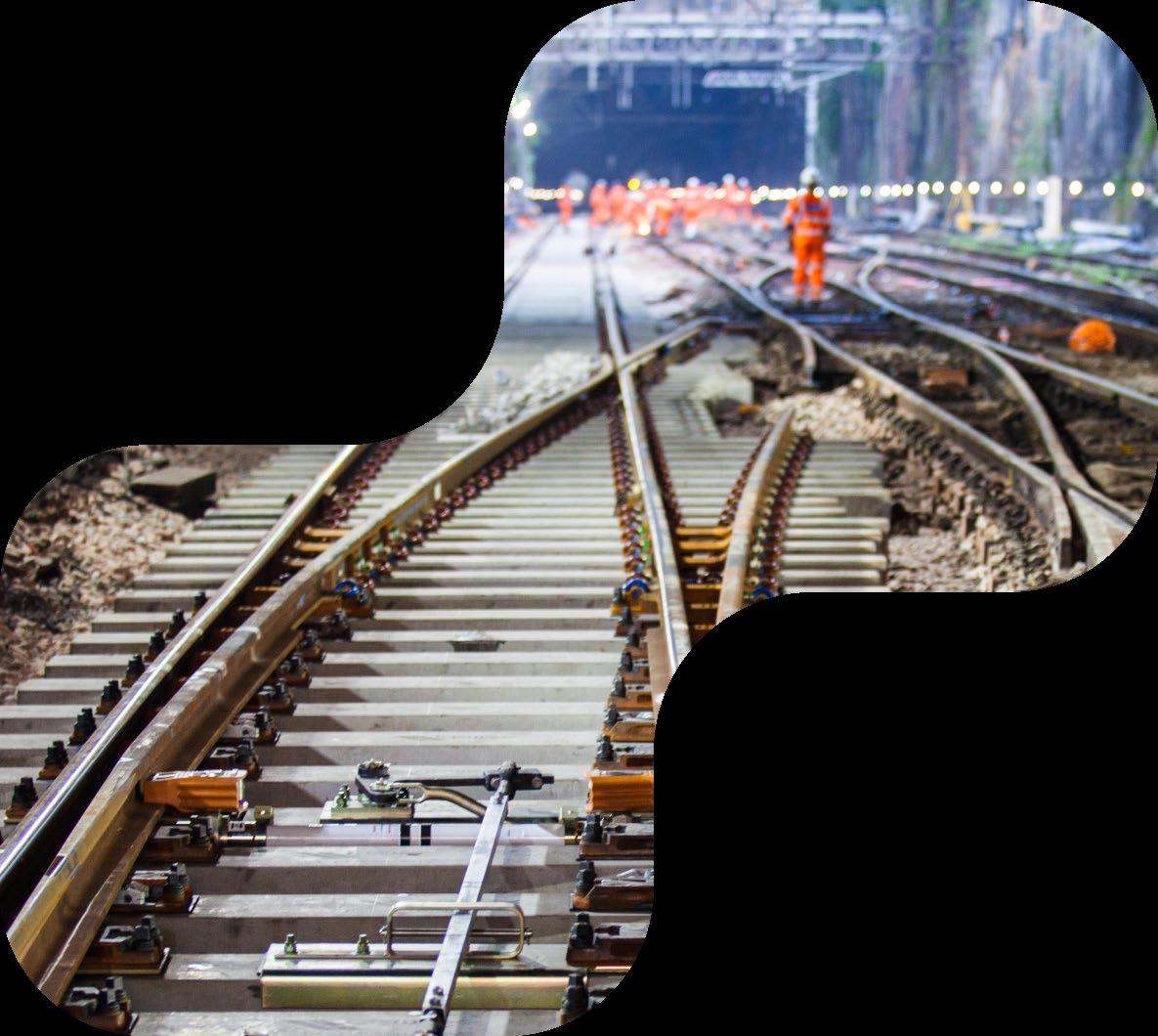
4 The UK’s fastest growing rail group, we support consultants, contractors and more throughout the full lifecycle of their projects, measuring, designing and engineering
nation’s railways. We’ve built our reputation upon the quality, reliability and flexibility of our service, making tomorrow’s railway a better place along the way. With over 80% of our work based upon repeat business, we must be doing something right... Multi-discipline surveys, utilities, monitoring, drainage, ground investigation and planning Engineering consultancy, project management and site engineering support Specialist design and consultancy services covering track, civils, drainage and more Call us today 01904 403 322 Email our team info@seprail.co.uk Visit our website seprail.co.uk Get in touch Measuring, Designing and Engineering the UK’s Railways
the
In this issue
VIEWPOINT
THE CHEEK OF IT Chris Cheek on The Department for Transport’s annual National Travel Survey
LAYING DOWN THE LAW Martin Fleetwood on The Transport Strikes (Minimum Service Levels) Bill
Nick Andrew, MD at CWE Ltd takes stock of 2022 and looks ahead to next year

Nigel Billingsley of Bruton Knowles describes the potential challenges facing some of the major projects being undertaken across the UK
Stephen Brookes MBE, Disability Rights UK Rail Policy Adviser explores the effectiveness of or lanyards to support disabled passengers
Lord McLoughlin, Chair of Transport for the North explains why he believes the current situation on the North’s rail network is unacceptable
Alexandra Herdman, Senior Policy Manager at Logistics UK explores the challenges around moving freight away from HGVs

Greg Morse, co-opted member of the IOSH Railway Group on brevity
Training is Key to Weathering HR says Rob Bright, CEO and Founder of Cloud Assess
Improving Air Quality through Living Walls, Richard Sabin, Managing Director of Biotecture explains how
Paul Thwaite and Alina Neal of Law Firm Stephenson Harwood on Procuring Passenger Services Contracts
Marie-Claude Hemming of the CECA considers the ramifications of the Autumn Statement
5 CONTENTS | ISSUE 288 | DECEMBER 2022
29
31
33
37
39
41
43
45
47
53
19 INTERVIEW
25
35
9 NEWS
Sam Sherwood-Hale spoke to Andy Bagnall, Chief Executive of Rail Partners about rail reform, trebling of rail freight by 2050 and getting the best out of the public and private sectors
All the latest from Network Rail, HS2, RIA and more
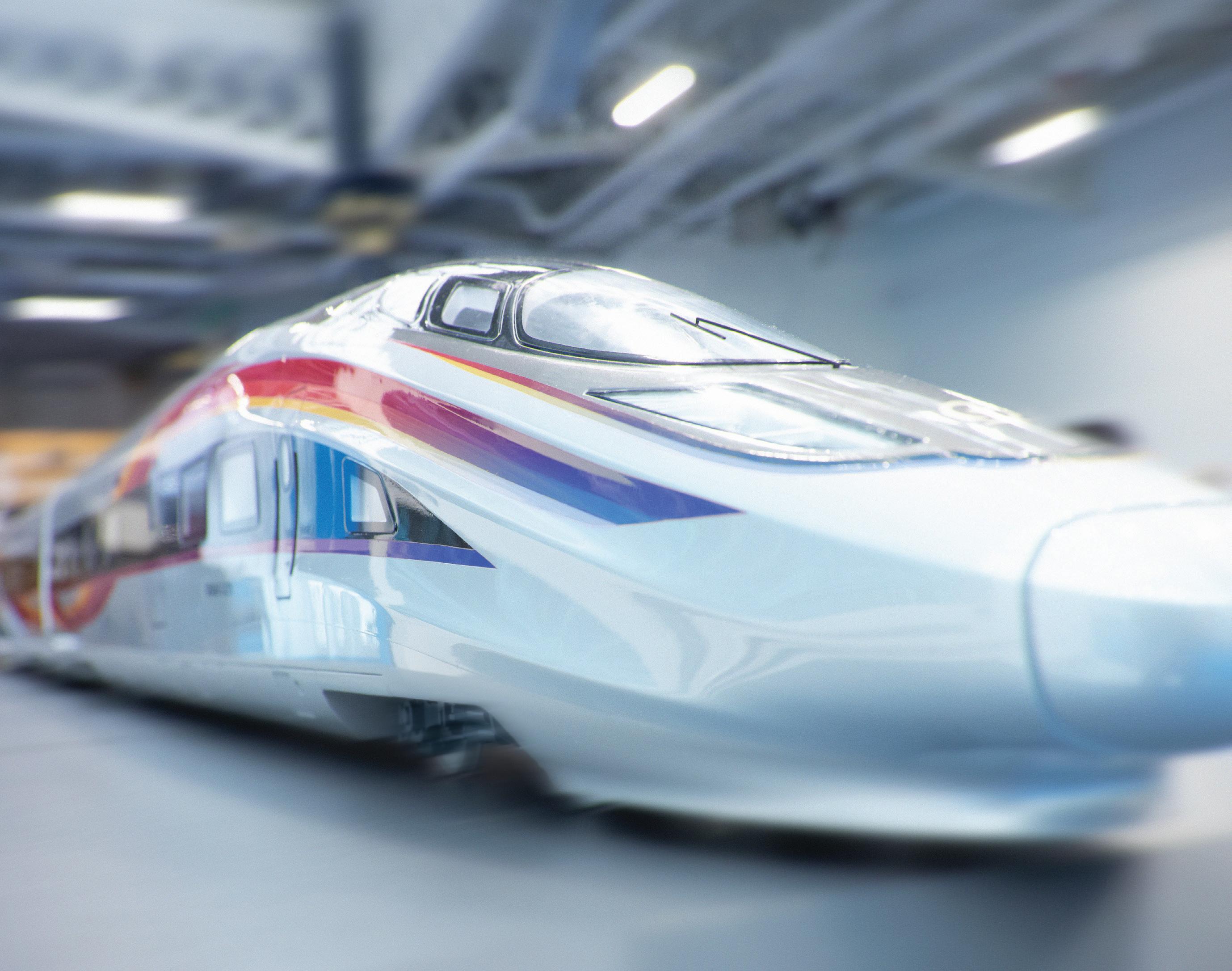
6 Join Railtex, the leading one-stop-shop event for the entire rail industry in the UK. Discover the latest technology in person and experience products and services from more than 180 different categories Connect with industry experts and make impactful business relationships Gain valuable insider knowledge and find out about the current trends and topics THE PLACE TO BE IN 2023! Featuring: Conference Programme On-Track Display Area Recruitment Wall www.railtex.co.uk MORE INFORMATION: Organiser: All about the rail industry: Railway Civil Engineering - Rolling Stock - Track Design, Supply & Construction - Track & Infrastructure Maintenance - Safety & Security Systems - Electrical Products & Equipment - and much more! 9 – 11 MAY 2023 NEC, BIRMINGHAM


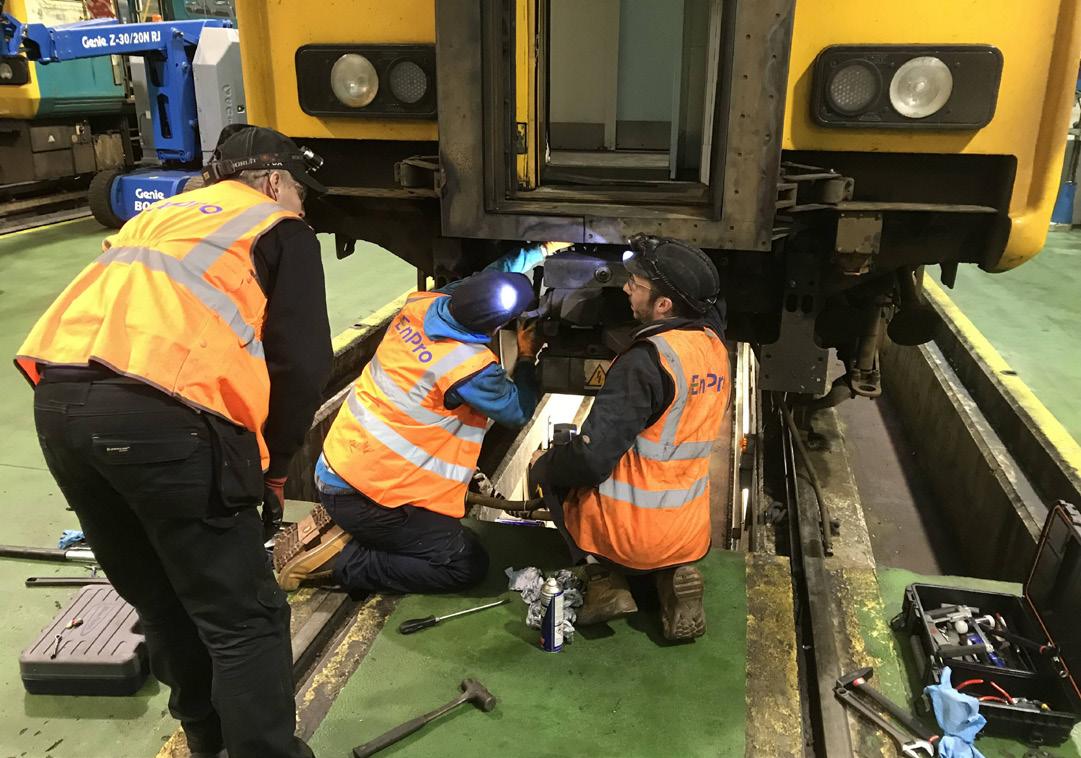
7 FEATURES 55 SUPPLY CHAIN First of a Kind 2022 60 ROLLING STOCK Established in 2017 by career railwaymen Daniel Cartwright and Craig Speed, EnPro Group provides bespoke, project-managed solutions for rail industry clients across the UK VIEWPOINT 65 Erica Aldridge, Legal Director and Matthew Leake, Partner at Kennedys ask if legislative changes will take the sting out of industrial action? FEATURES 68 FREIGHT Chris Cleveland, Head of Sustainability at Freightliner describes the improvements that the freight operator is making to reduce its carbon emissions 73 FREIGHT More Freight Can Go by Rail VIEWPOINT 75 Cop27 in Reflection FEATURES 77 TRAINING The SWR Employer Apprenticeship Challenge 81 BUSINESS PROFILES Aquarius Rail, Permaquip, RELEC, STAUBLI, Torrent Trackside, Zongreen, Forbo Flooring, Galvanizers Association, DCA Design, Medigold 107 SPOTLIGHTS Colas Rail Freight, DB Cargo, Direct Rail Services, GB Railfreight 114 PEOPLE Huw Merriman, Iain Stewart, Michael Robertson, Gail Hawthorne, Simon Blanchflower CBE, Rob Thompson, Michael Roberts, Michael Hurwitz, Björn Bender CONTENTS | ISSUE 288 | DECEMBER 2022 97 33
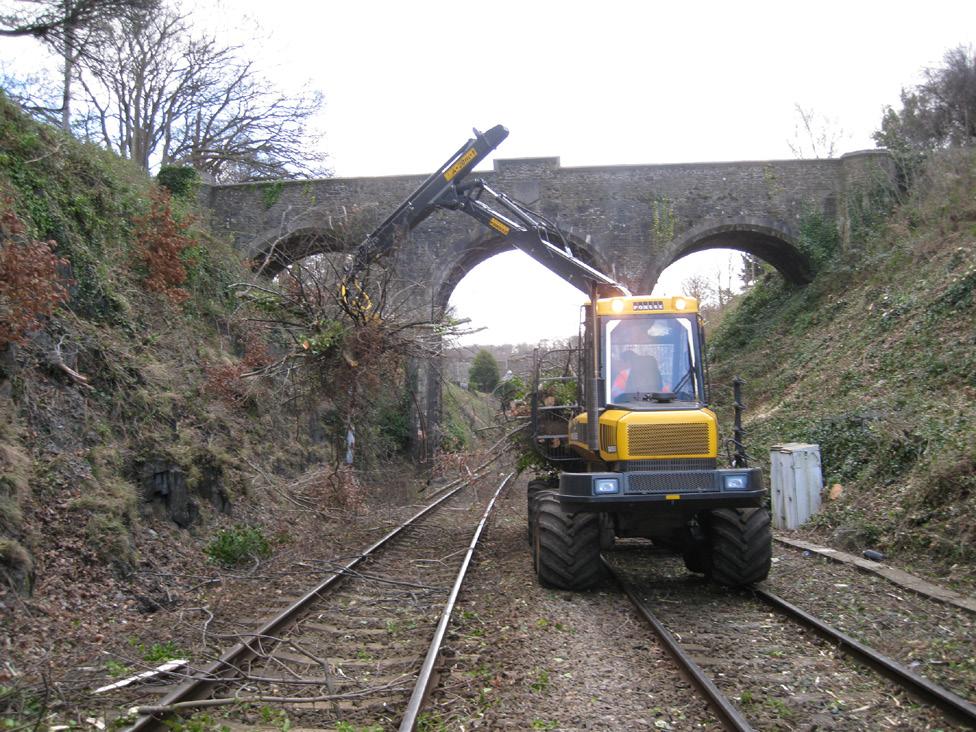
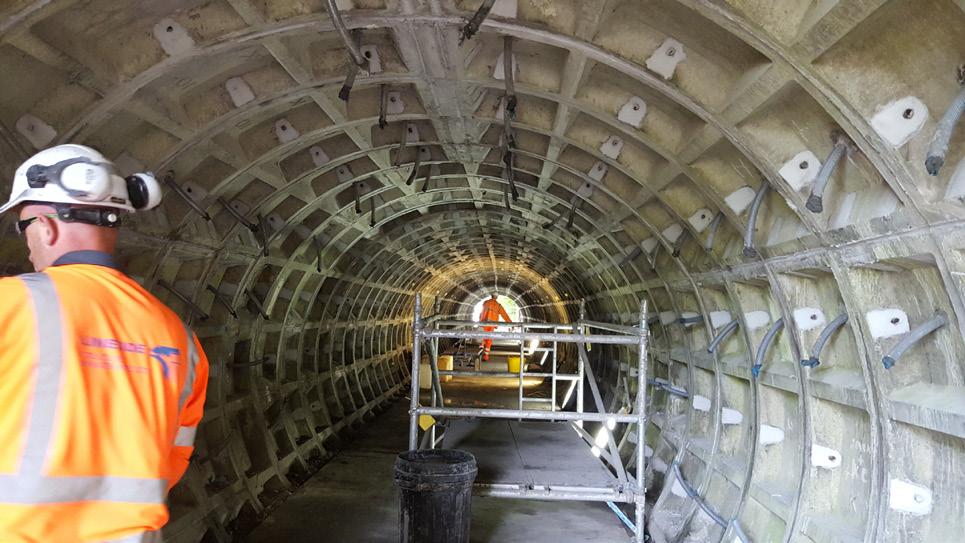
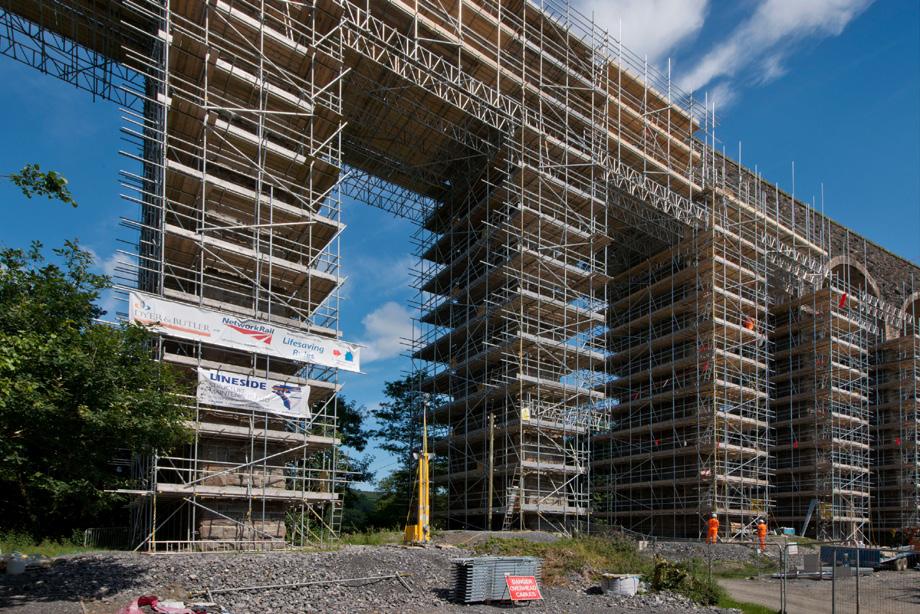
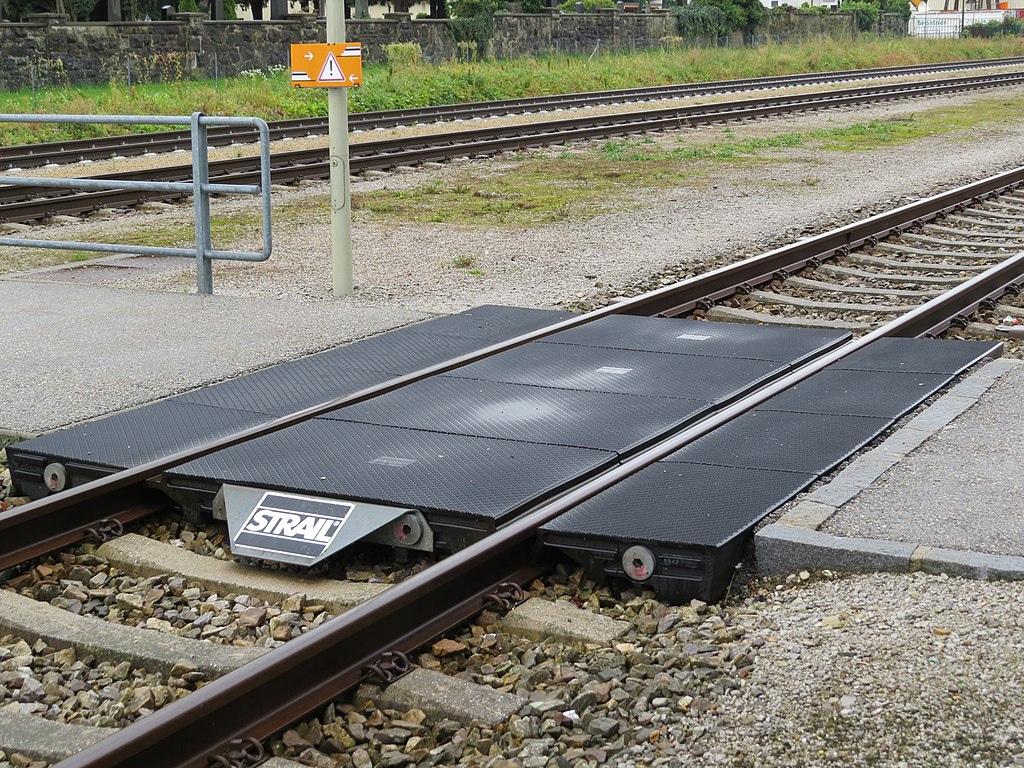
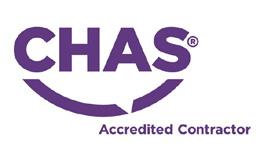
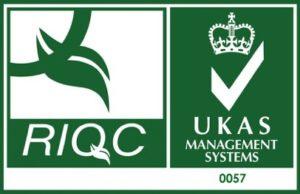
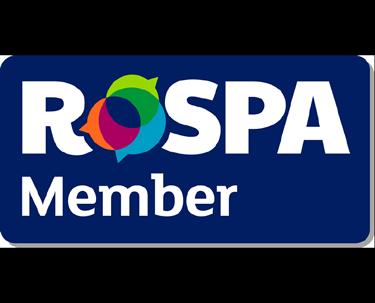


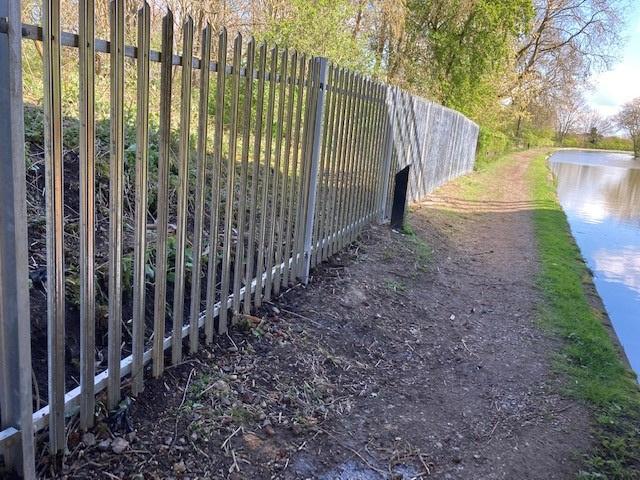
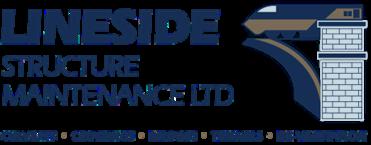


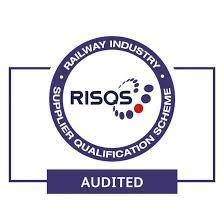
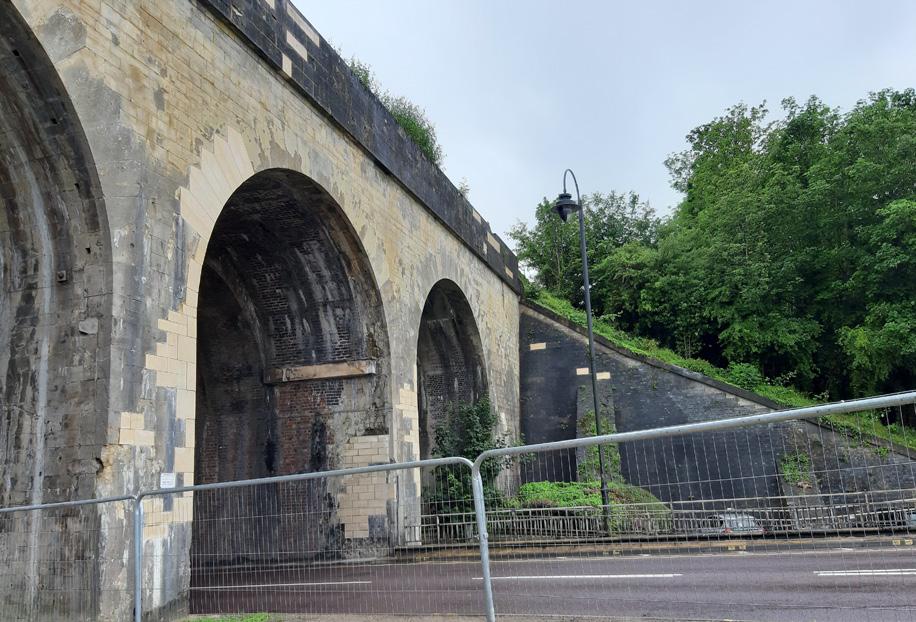
8 0115 922 5218 www.lineside.co.uk info@lineside.co.uk Vegetation Crossings Railway Civil Engineers Tunnels Viaducts / Bridges Stone / Brickwork Fencing Brickwork and Vegetation Management Management
Rail Industry Responds to Autumn Budget
On 17 November, the Chancellor of the Exchequer, Jeremy Hunt, delivered his Autumn Statement, which included a number of measures related to transport infrastructure, the railway industry and rail supply businesses. As part of the statement, the Chancellor confirmed that the core Northern Powerhouse Rail, East West Rail and HS2 to Manchester schemes are all set to go ahead. He also said that capital budgets will increase over the next two years to 2024, and then be maintained in cash terms subsequently.
In response, Darren Caplan, Chief Executive of the Railway Industry Association, the national trade body representing UK rail suppliers, said: ‘Rail suppliers are very clear that clarity and certainty are essential, and so whilst we welcome the Government’s announcement today, we urge the Government to simply deliver what it says it is going to deliver. The industry still needs clarity on the details, including on all elements of HS2 and
Northern Powerhouse Rail, and sight of the Rail Network Enhancements Pipeline, which still hasn’t been updated in over three years.
‘To deliver both transformational major projects for the future and to protect today’s railway, the industry needs the Government to commit to a long-term investment package beyond 2024, including through next week’s publication of the Statement of Funds Available for CP7. This will also ensure best value for money for both rail users and the taxpayer.’
Michelle Craven-Faulkner, partner and rail lead at Shoosmiths, said: ‘It is critical, however, that projects like Northern Powerhouse Rail are delivered in full, with questions over what constitutes building the ‘core’ part of the network. These connections matter and cannot be delivered in a piecemeal fashion.’
Kevin Minton, Chief Executive of the Construction Plant-hire Association (CPA) said: ‘In what will be challenging economic times, it is welcome that the
government has committed to Hinkley Point C, HS2, the East West rail link and Northern Powerhouse Rail. This echoes our call for the Autumn Statement to provide stability and confidence for the construction sector, utilising construction as a driver of economic growth. It follows the move to make the Annual Investment Allowance set permanently at £1 million. The construction plant-hire industry has a critical role to play in these projects. Moving into 2023, the CPA will be working closely with our members to realise these ambitions.’
Cllr Richard Wenham, Chair of England’s Economic Heartland, said: ‘EEH welcomes the Chancellor’s commitment to East West Rail as the right thing to do for the UK economy. With our global presence in advanced manufacturing, life sciences and digital services, this region is pivotal to the Chancellor’s ambitions for the UK to be the next Silicon Valley.’
More Repairs Added for Iconic Royal Border Bridge
Major multi-million-pound repairs to the iconic Royal Border Bridge are being extended into 2023 to make the centuries-old structure strong and reliable for future generations to enjoy. Network Rail engineers have risen to the challenge of working with the 170-year-old landmark so far. With over 2.5 million bricks stretching up to 40 metres high, the full extent of the repairs was hard to pinpoint from the ground.
Upon close inspection, specialist engineers have decided to grasp the opportunity to carry out even more repairs, improving efficiency and helping the bridge look its best for years to come. This does mean that the renovations are now expected to last until spring 2023. Work began at the start of this year to repair all 28 arches of the Grade I listed bridge, which sits across the River Tweed and transports freight goods and passengers between England and Scotland along the East Coast Main Line.
Innovatively, teams have used a rope access system to save time and millions of pounds, rather than building bulky and extensive scaffolding spanning the length and height of the bridge.
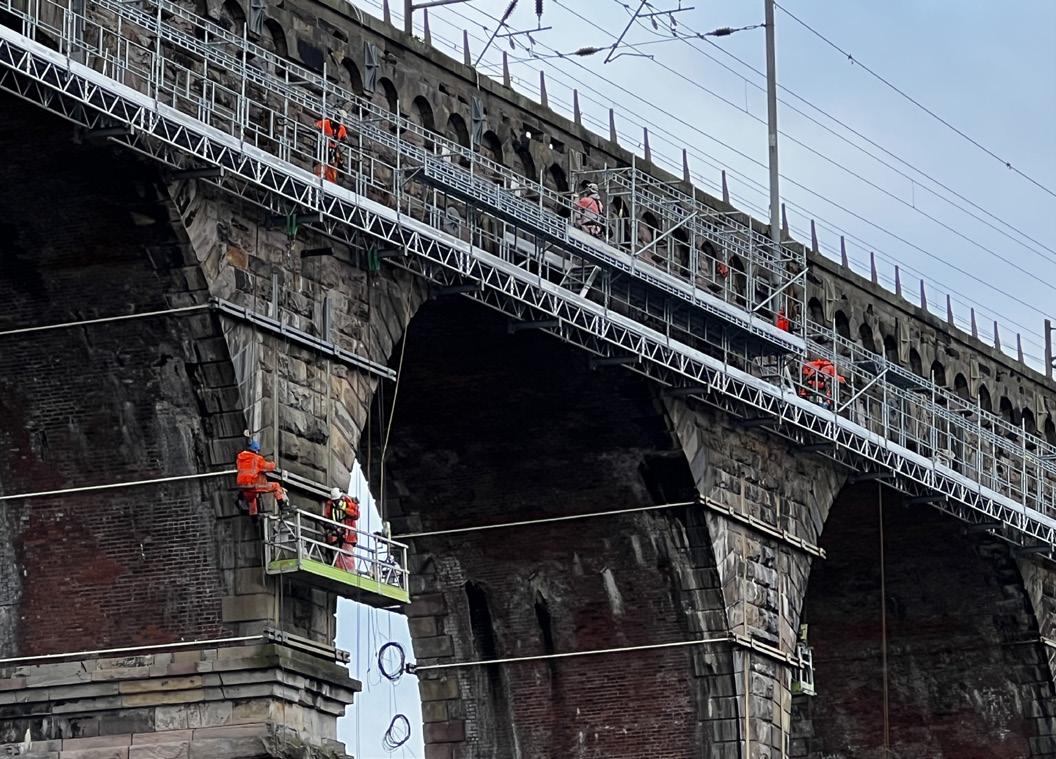
HS2 Brings Hydrogen Power to its Euston Station Site
HS2 is continuing to pioneer the use of new energy technology, introducing a hydrogen fuel cell for zero emissions operations on site. Mace Dragados Joint Venture, the construction team building HS2’s new Euston station, is trialling a Hydrogen Fuel Cell, supplied by AFC Energy, to charge a fully electric JCB telehandler.
Dubbed the ‘H-Power Tower’, the unit is
currently being used to charge the electric telehandler, and is an entirely emission free solution, reducing noise and capacity requirements from mains power. The H-Power Tower is also being used to charge lighting towers and a water pump on site.
The hydrogen fuel cell produces electricity by combining hydrogen and oxygen atoms, which react across an electrochemical cell
to produce electricity, with water and heat being the only by-products. Charging electric construction machinery with zero-emission solutions at point of use provides a real step forward in decarbonising the activities of construction activities where mains supply is not possible.
9 NEWS
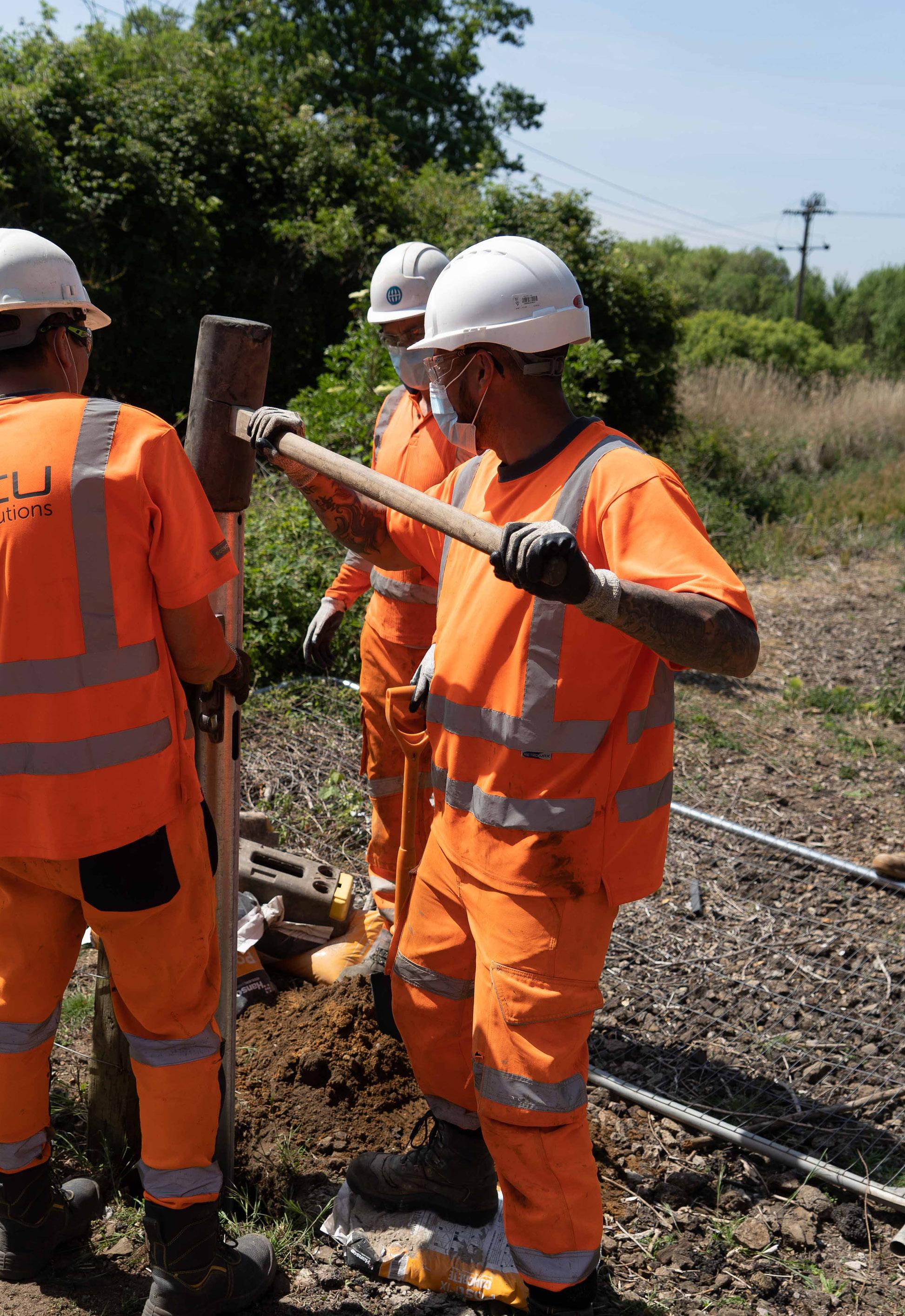
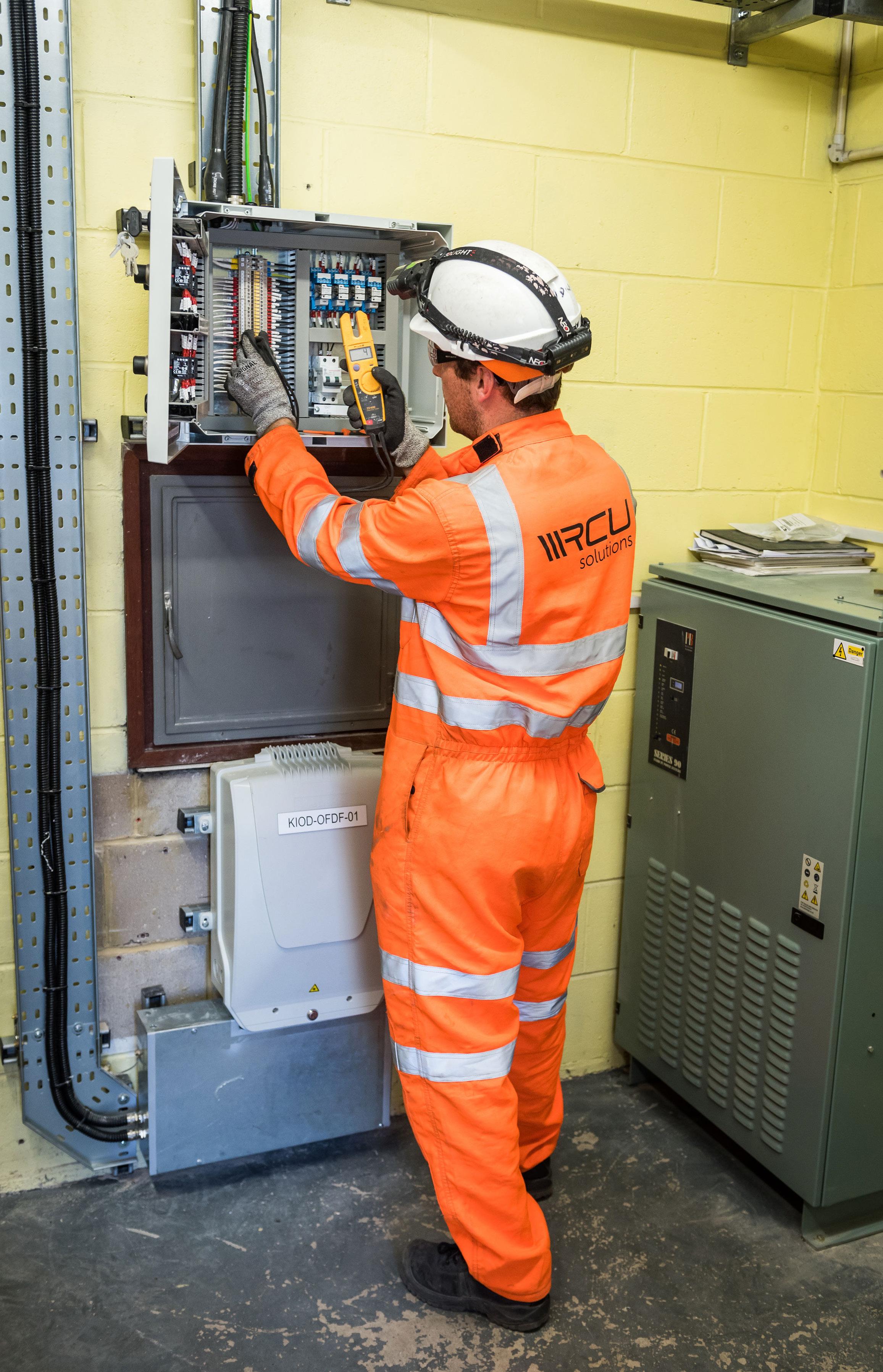
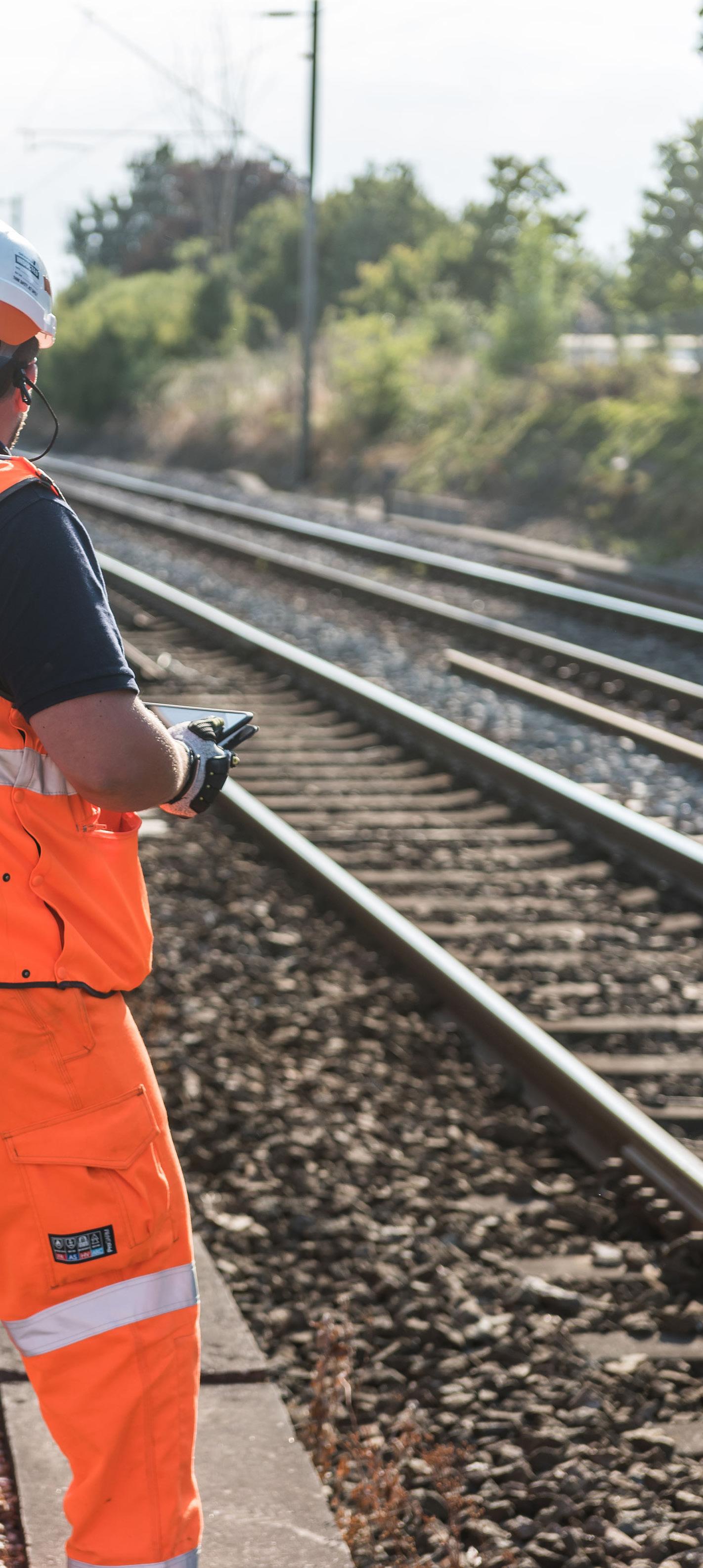
10 Expert Solutions. No Compromise Your partner in rail, construction and utilities. Supporting key infrastructure projects in the transport and telecoms sectors. www.rcusolutions.co.uk \ 02030 316 511 \ info@rcusolutions.co.uk
Baker and Bellfield, Secures £1.5 Million in Funding
Baker and Bellfield, a global supplier of specialist interiors solutions based in Telford, Shropshire, has secured a £1.5 million invoice discounting funding line through Cynergy Business Finance.
A family-owned business trading since 1993, its special processes include design engineering, metalwork, specialised joinery and injection moulding. By investing strategically in advanced manufacturing technology, Baker and Bellfield ensures control of its products through design, manufacture, and installation.
The funding from Cynergy Business Finance will enable Baker and Bellfield to replace some of its current banking facilities with a more suitable asset based lending
facility, doubling the amount of financing they have available for working capital.
Additional funding will also support the company’s cashflow as it plans to expand operations into a second site and produce a wider range of products for its customers.
Jamie Baker, Managing Director and CEO, Baker & Bellfield Limited, said: ‘I was put in touch with Cynergy Business Finance to assist my company with invoice financing solutions. Their industry knowledge was excellent, and we experienced a professional, friendly, and extremely proactive, service. For anyone looking for invoice financing options, I would highly recommend Cynergy Business Finance as their first point of call.’
Dan Burton, Executive Director, Cynergy
Business Finance, stated: ‘We are very pleased to support Baker & Bellfield Limited with this working capital facility which will support their future growth plans and investment strategy. The business is family owned and extremely well established and we look forward to supporting them on the next stage of their journey.’
Bobby Russell, Managing Director, Contact Business Finance Limited, commented: ‘It’s been a pleasure to work alongside Dan and Brad at Cynergy Business Finance to help tailor a suitable invoice discounting facility for this Shropshire based manufacturing company. We are delighted that Baker & Bellfield now have a suitable working capital facility to help them with their growth plans and continue to supply into the rail industry. Working with Cynergy Business Finance on this transaction can only be described as a ‘breathe of fresh air’. They have taken time to understand the nature the debt and have structured a facility to suit all parties. My only regret is that we did not introduce them sooner.’
Businesses Back East West Rail to Boost Science, Innovation and the UK Economy
Businesses ranging from AstraZeneca to KPMG and the technology and science clusters in Begbroke, Silverstone, Westcott and Colworth Park all say that East West Rail cannot come soon enough.
The region’s businesses and science and innovation parks and universities say the scheme, delivered in full to Cambridge and Aylesbury, will provide a crucial boost to the UK economy.
Steven Broadbent, Chair of the East West Main Line Partnership

The support of business is profiled in a new publication, ‘Building Better Connections: the business imperative for East West Rail,’ produced by the East West Main Line Partnership, a grouping of local authorities, local enterprise partnerships and other bodies which has campaigned for East West Rail for nearly three decades.
Cllr Steven Broadbent, Chair of the East West Main Line Partnership, said: ‘As a hotbed for world class science and technology innovation, our region plays a pivotal role for the UK economy. However, our existing transport system is holding us back, hitting productivity, restricting collaboration and limiting access to labour. That’s why the businesses and organisations we spoke to said that East West Rail cannot come soon enough. East West Rail will boost economic growth and innovation, connect skills and talent, and increase the UK’s global competitiveness.
11 NEWS
‘Construction work between Oxford and Milton Keynes is well underway and due to complete by 2025. With economic growth a key priority for the Prime Minister, it is crucial that the government now commits to delivering the scheme to Aylesbury, Bedford and Cambridge.’
Cllr
Latest Test Results for Bollé Safety’s Platinum Technology
At the ExpoProtection exhibition, Bollé Safety revealed the results of the tests carried out on its Platinum technology: an exclusive anti-fog and anti-scratch coating applied on both sides of the lenses of its premium range of products. Humidity, temperature variations or even wearing a mask can lead to the formation of fog inside or outside the lenses. At the same time, daily exposure to potentially damaging poor practice such as cleaning lenses with the wearer's clothes and placing lenses face down on dirty surface can cause microscratches on the lenses. All these causes reduce the visibility of the users; a situation partly responsible for the fact that 90 per cent of eye injuries could have been prevented had correct protection been worn. In a work environment where the need to maintain perfect vision in all circumstances is paramount, Bollé Safety positions itself as
a leader in the PPE market, notably thanks to its exclusive Platinum technology.

Out of the nine most used chemicals in industry, PLATINUM is resistant to eight of them and retains its K and N properties after being in contact with these products. The tested spectacles retain their optimal effectiveness even after a simulated life of 6 months in extreme climatic conditions (temperature, humidity and UV). The product life tests correspond to the durability of a pair of glasses over time. These different tests demonstrate the
excellence and performance of Bollé Safety's Platinum technology when faced with the hazards and challenges of daily use. This technology is available on all Premium products and on each market segment: industry, health, cleanrooms, tactical and defense, via two options:
• The Premium version, with high-end technology for extreme environments.
• The second option, Platinum Lite, is a more economical version optimised for low-risk work environments (*results above are for the premium version only).
Product Acceptance from Network Rail for Revolutionary Geofencing Solution
Tended, an award-winning deep-tech start-up that develops advanced solutions to transform occupational safety has received product acceptance for its first-of-a-kind geofencing technology from Network Rail. Tended has formed an alliance with Unipart Rail to deploy the solution across rail networks. Together, they can deliver the safety solution as a hired, leased, managed service or sale and provide all functions to support its effective deployment including end-user and administrator training, logistics and nationwide distribution, real-time 24/7 support and proactive maintenance of hardware.
The acceptance comes after two years of R&D and testing in live environments alongside Network Rail and their frontline workforce. Tended’s advanced technological capabilities paired with the important contribution that the technology can make toward safety in the rail industry meant that product acceptance was obtained exceptionally quickly.
Tended’s wearable geofencing solution has been developed to further expand on the company’s suite of advanced safety solutions and to transform the safety of trackside workers. Featuring a hightech, rugged wearable accompanied by a Planning Dashboard, the solution enables organisations to easily map out geofence zones over their worksites.
Geofences can be used to define hazardous or safe areas to assist workers in carrying out their work in positions of safety. Workers are assigned a small wearable device that provides real-time alerts if they approach a geofence boundary, alerting them of their potentially dangerous position and helping them regain situational awareness.
Using cutting-edge satellite technology, Tended’s geofencing solution achieves cm-level accuracy without any additional infrastructure requirements. As well as ensuring quick and easy setup, this helps to keep costs down.
Recognising that between 80 to 90 per cent of occupational accidents are caused by human error, Tended focuses on human factors and places behavioural science and psychology at the forefront of product design. The wearable’s alerts are designed to nudge workers into safer behaviours, helping to promote safer decisions and actions over time. Dashboard analytics provide breach statistics that help formulate evidence-based safety improvement policies.
Tended’s geofencing solution recently won in the Engineering and Safety category at the Railway Industry Association Innovation Awards 2022 held on 1 July, having been cited by the judges for its incredible accuracy and life-saving potential.
12 NEWS



14
Enhanced Cybersecurity Protection for Rolling Stock and Signaling
Partnership between global leaders in rail cybersecurity and ruggedized networking solutions facilitates combination of next-gen firewall with first-to-market rail cybersecurity solution to bolster protection for onboard and wayside systems.
Belden has announced its partnership with Cylus will enable customers that use Belden’s Firewall to supplement it with an optimized version of CylusOne™ software available for license from Cylus. The combination of Belden and Cylus solutions that customers will be able to implement offers a tailored, enhanced cybersecurity platform for rail operators for both rolling stock and signaling systems.

As the rail industry continues to adopt automated, wireless, and connected technologies – both trackside and onboard – the attack surface of critical assets is greatly expanding, exposing them
increasingly to malicious cyber-attacks. Rail operators must also contend with a shortage of physical space, legacy rail protocols without built-in security, and dynamic network topologies – all of which pose challenges to safeguarding onboard and wayside rail and metro systems. Without proper cybersecurity, hacks have the potential to threaten rail safety, disrupt service, and cause severe economic and reputational damage.
The combined Belden and Cylus cybersecurity solution is tailored specifically to signaling and rolling stock systems, combining Belden’s next-generation industrial firewall (NGFW), the EAGLE406M, with CylusOne, the leading cybersecurity solution providing continuous monitoring and real-time protection for rolling stock and rail infrastructure. The combined solution leverages existing hardware to help ensure compliance with international rail safety and cybersecurity standards.
The added layer of CylusOne atop Belden’s NGFW provides automated and scalable security controls to enable compliance with the latest rail cybersecurity standards, including CENELEC TS-50701.
The combined solutions include deep packet inspection (DPI) of rail onboard and wayside protocols and provides contextual analysis, delivering both comprehensive threat detection and visibility. The platform is easily deployable in both new and existing rail technology environments.
To Infinity and Beyond – via the North of England
Northern marks National Engineering Day with first ‘Intelligent Train’ makeover featuring technology made famous by NASA
The Class 150 Unit has been kitted-out with LIDAR horizon scanning cameras - the same used by NASA to map the surface of the moon – a radar dome, 180-degree thermal imaging software, acoustic monitors, a G-Shock Bogie and an AI camera.
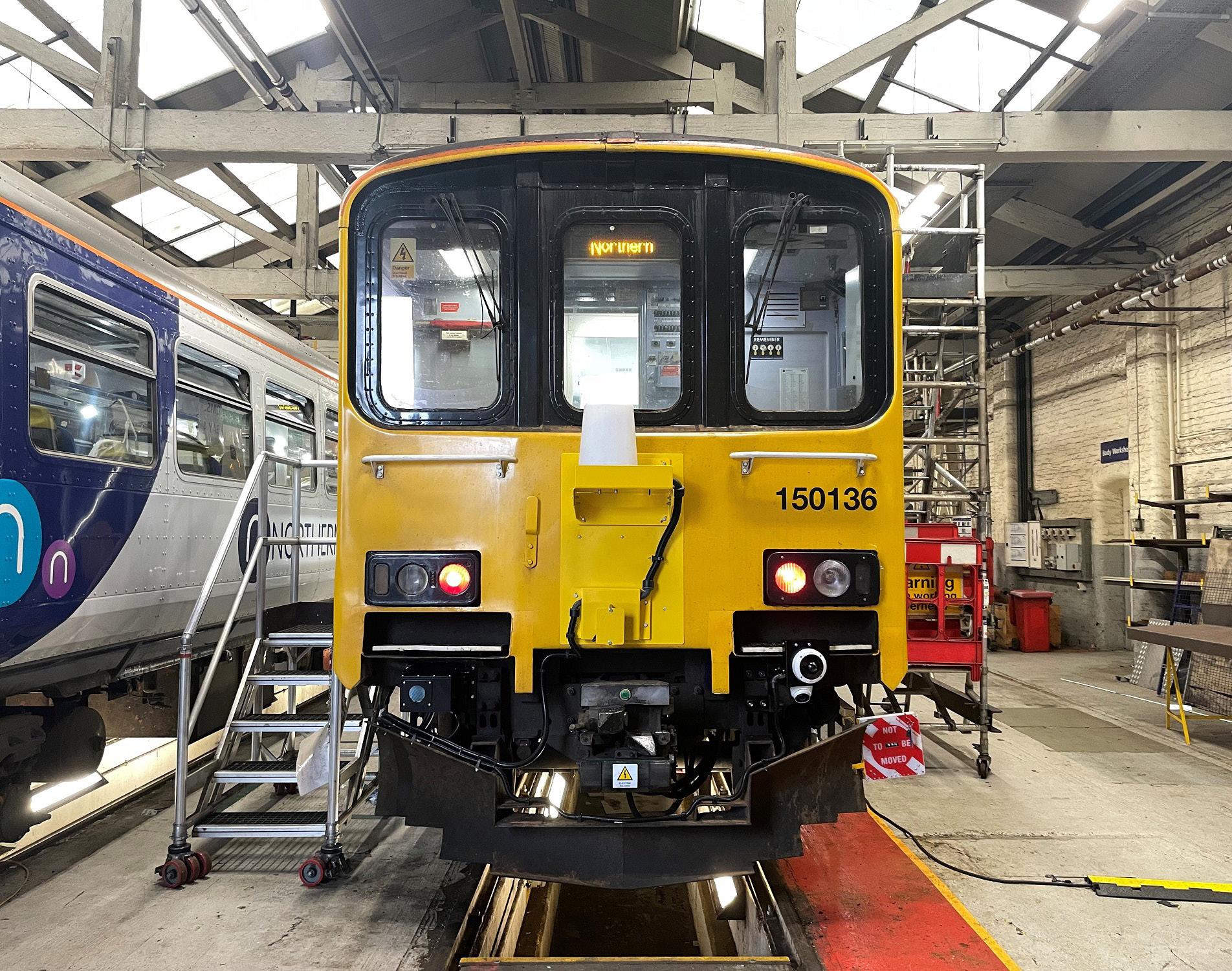
It is the operator’s ‘proof of concept’ train and one of Northern’s fleet of 345 trains to be armed with the new technology, which is designed to make journeys by railway safer and more efficient.
The train is set to operate services across the Northern network, including Greater Manchester, Lancashire and Yorkshire, for the next three months.
Data captured during this trial will inform the roll-out of the Intelligent Trains programme and support the business case for the scheme.
Jack Commandeur, Engineering Director at Northern said: ‘This is an exciting moment for all of us here at Northern. Our ‘Intelligent Trains’ won’t just travel the network, they will actively monitor and report back on issues that could have an impact on our operation.
‘The result will be greater efficiencies in terms of resource allocation, faster responses in terms of maintenance programmes and an overall smarter – and safer – way of working.’
The ‘Intelligent Trains’ makeover took place at Northern’s TrainCare Centre in
Northern’s ‘Intelligent Trains’ programme is being delivered in partnership with Network Rail, Belvoir Rail, Yellow Rail and Modux.
National Engineering Day is a Royal Academy of Engineering-led initiative that aims to make the UK’s engineers and
engineering more visible and celebrate how their work improves everyday lives and shapes the world around us.
Northern is the second largest train operator in the UK, with nearly 2,000 services a day to more than 500 stations across the North of England.
15 NEWS
Newton Heath, Greater Manchester.
KEEP PRODUCTIVITY ON TRACK
CUSTOMER BENEFIT
• Standardise Work
• Improve Productivity
• Automated Tool Control Box
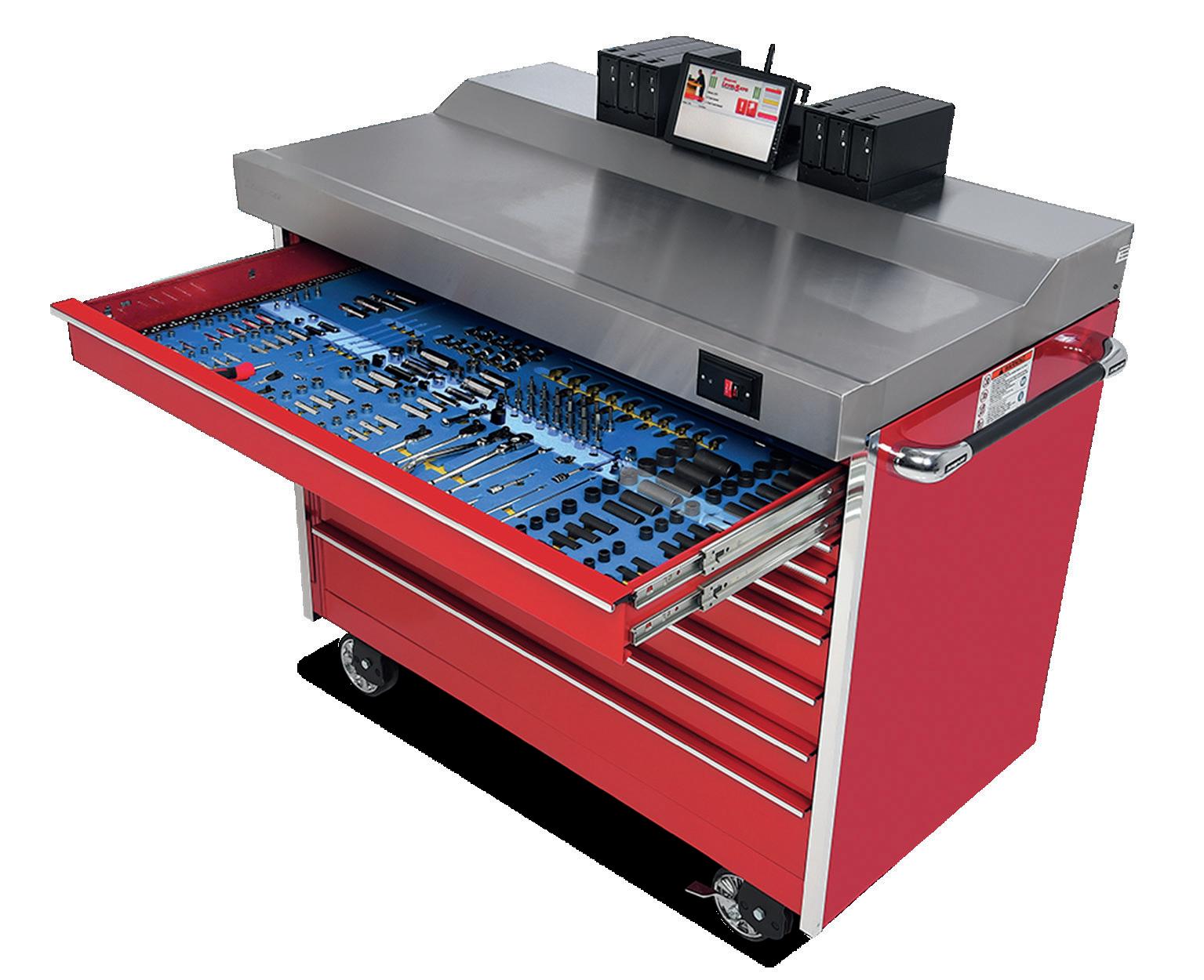
• Automated Tool Control Locker
• Control Inventory
• Reduce Losses
• Control FOD
AUTOMATED TOOL CONTROL
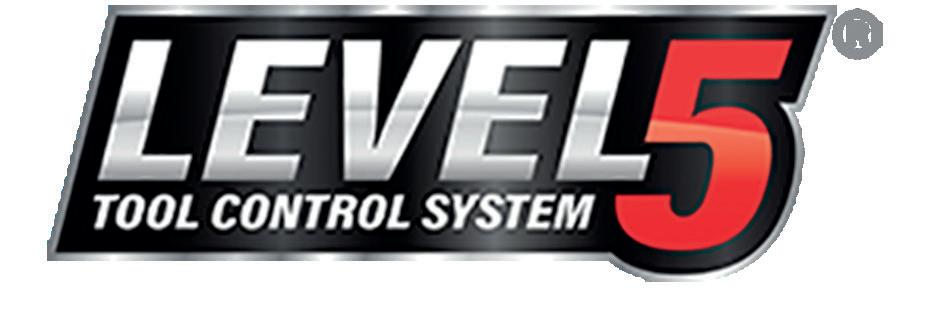
With advanced digital imaging technology and proprietary software, Level 5 Automated Tool Control System (ATC) scans the tool drawer and records which tools are removed and replaced in real time. You know where everything is at all times without your techs being slowed down for a second. The system also knows when tools are broken, allowing you to replace or repair them right away. It’s tool control that works hard to keep your techs working at their best.
ATC BOX
• No individual scanning required
• No RFID tags to install
• No limitations on tool sizeif it fits in the drawer, it works
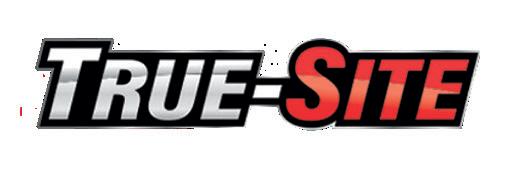

• Optional polyurea elastomer coated top vs. stainless steel
• Value Add: Networking snapon-industrial.co.uk snaponlevel5.com
16
PRODUCTS AND SERVICES
• Improve Security • Audit Trail • Increase Accountability • Oversight Prevention • Calibration and Maintenance Remind ers
WORKS WITH
critical industry processes and concerns require the elimination of lost tool issues, the solution is to minimise human error. Let Snap-on ATC handle the control and tracking automatically ORGANISATION VISIBILITY AUTOMATION ACCESS CONTROL ASSET MANAGEMENT
When
WORKS WITH
ATC LOCKER
• Track irregularly shaped items like extension cords, tools kitted in plastic or fabric carrying cases, personal protective equipment and more
• Track serialised items like torque wrenches, multimeters or micrometers


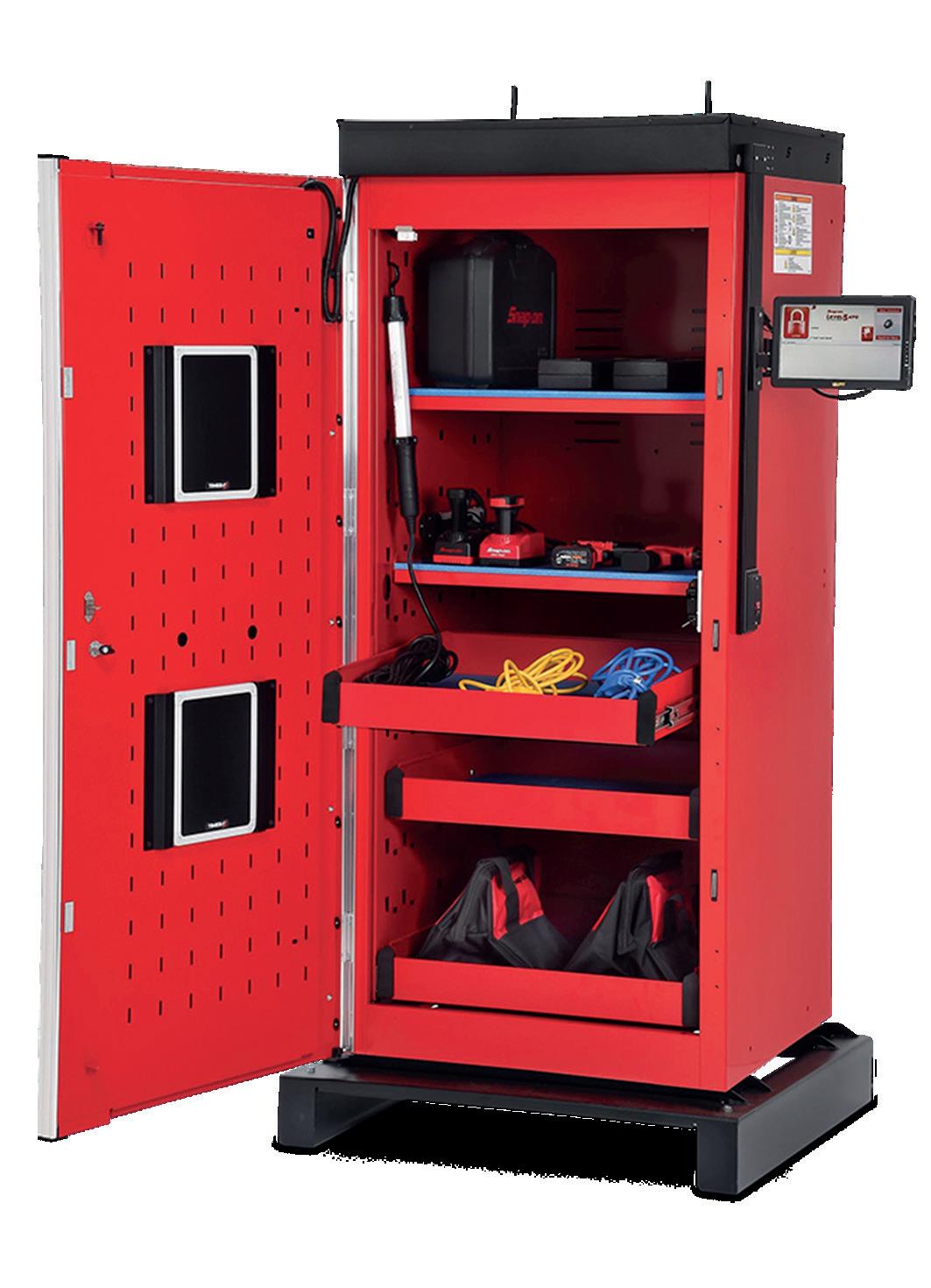
• Fully networkable – connects to Level 5™ administrative interface
• Recharge while storing power tool
FEATURES & BENEFITS
CONVENIENCE
• Intuitive touchscreen interface
• Audible voice confirmation of tool removal and replacement
• Automatic locking
• Errors announced and displayed for incorrect tool position
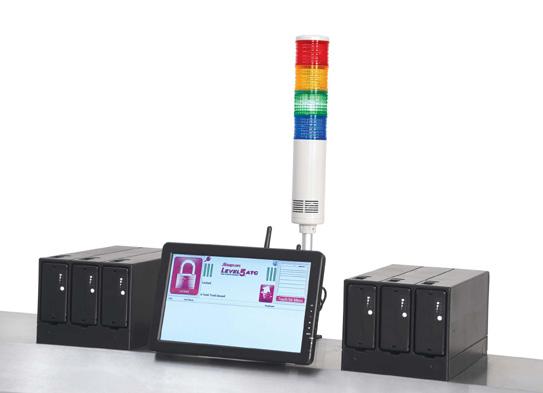
• 10.1” widescreen, 16:9 LED, resistive touchscreen
• Dual wireless antennas for improved connectivity
• Hardware – 64-bit processor with 8GB RAM
POWERFUL ADMINISTRATIVE SOFTWARE WITH REAL TIME REPORTING
• Comprehensive analysis, reporting, and inventory tracking can be performed from administrator workstations located anywhere on the network in real time
• Reports are fully customisable and exportable to Excel or PDF
• Registers transactions in real time – both at the box and between the box and the admin client
• Real time communication includes email alerts when tools are used, when calibration is required, when tool status changes and lost or broken events
STATE-OF-THE-ART BATTERY POWER
• 16+ hours of battery run-time; 30 minutes of backup power for uninterrupted power supply
• Snap-on rechargeable batteries feature state-of-the-art circuit protection that prevents overload
• 1 year electronics warranty • Extended warranty available • Unlimited number of assigned users • Networking through Ethernet or wireless • 1 copy of ATC software required for each administrator
17 AUTOMATION
SPECIFICATIONS
FastFlagTM ALL THE ACCESSORIES YOU NEED • FastFlag™ adds status display lights
ZoomID™ gives you the ability to track serialised, certified and calibrated assets in the ATC Box ZoomIDTM Tel: 01536 413 904 industrialuk@snapon.com
•
Andy Bagnall
Chief Executive of Rail Partners
Andy has over 20 years of experience within government, across the private sector and most recently as the Director General at the Rail delivery Group (RDG), where he coordinated policy and advocacy activities.
Andy has held a number of policy and communications jobs, initially joining Rail Delivery Group as the Director of Strategy and Communications and then becoming Chief Strategy Officer. Prior to this, Andy was KPMG’s Director of External Affairs, and spent five years at the CBI as Director of Campaigns. He was previously special adviser to the UK government, serving two cabinet ministers in three departments over four years.


SSH: You were Director General at Rail Delivery Group before setting up Rail Partners in May this year, what led up to the move?
AB: Rail Delivery Group – or RDG – prior to Rail Partners spinning out, housed two key functions for the industry. First, it provided core industry systems – National Rail Enquiries, reservations, ticketing, the 24/7 press office for the industry, railcards, passenger assist, and so on. Secondly, it also housed the more traditional trade body functions of policy development and advocacy. In the White Paper it stated, and we broadly supported, the core functions of RDG transferring to Great British Railways, but importantly, there was provision for private sector operators to form a trade body if they so wished. Hence the policy and advocacy functions and some operator service functions spinning out of RDG. Ideally, the setting up of Rail Partners and the RDG transfer would have happened concurrently, but the RDG process has been delayed and Rail Partners members felt it was important to proceed with establishing a strong independent voice for private sector operators as we look to implement reform.
SSH: What was the inspiration behind starting Rail Partners?
AB: Rail Partners exists to make the railway better by capitalising on the expertise and commercial drive of private sector operators for the benefit of those who use the railway, passengers and freight customers, and those who pay for it, including taxpayers.
In choosing our name, we wanted to be explicit that collaboration is central to everything we do – working with government and the rest of the industry to deliver the shared ambitions of the ‘Plan for Rail’ white paper, and to secure the brightest possible future for rail and best possible customer experience, in turn securing all the benefits for Britain that a thriving railway supports. In short, we would like to see a reinvigorated public-private partnership.
SSH: What are Rail Partners’ priorities for rail reform?
AB: We’re at a fork in the tracks and if we choose the wrong track and implement reform in the wrong way, the destination is further cost pressures, reduced service levels and a negative experience for customers. If we chose the right track, getting reform right, we can return the railway to growth.
Great British Railways – or GBR –must be a guiding mind not a controlling one. And by that, I mean it needs to be a strategic public sector body at the centre of a reformed system with the necessary freedom from government but, critically, it must decentralise decision making, including to operators. It needs to help coordinate the decarbonisation of the railway and also a transformation of the customer retail experience by the wider industry.
The new rail contracts are key to an effective public-private partnership. Franchising was a successful system but needed reform even before the pandemic. The new Passenger Service Contracts – PSCs – have to harness the same private sector creativity and entrepreneurialism which, over 25 years, consistently demonstrated its strengths and ability to innovate in growing patronage and revenue, reducing waste, making best use of existing assets and driving a shift to using rail. Today, a lot of operator areas include more than one distinct market, so one size of contract won’t fit all train operating companies. The Government should set out a clear timeline for developing the new model contracts and a pipeline for taking them to market.
We also need an ambitious target for freight growth – we have called for volumes to be trebled by 2050. To achieve that, the right supporting policy framework must be put in place with a stable access regime and incentives to potential customers to switch from road to rail.
SSH: You said in response to Labour’s announcement reconfirming its rail nationalisation commitment that: 'The right reform for the railway is a reinvigorated public-private partnership that focuses on the customer’ could you expand on that?
AB: To distil the issues facing the railway to simply a question of ownership, is to negate the hugely positive track record of private sector operators and to place unsustainable expectation on the public purse permanently. To be clear, we aren’t calling for a continuation of the status quo. Accountabilities under franchising had become blurred. That is why a renewed public-private partnership is the right answer – with GBR as an over-seeing guiding, rather than controlling, mind and with operators contracted to deliver outcomes and drive up revenue rather than being too tightly specified.
SSH: How did Rail Partners go about bringing together independent owning groups, train and freight operating companies into one partnership?
AB: While the perception of the railway might be one of fragmentation, the relationships and commonality of purpose across the independent passenger and freight operators are significant. While primarily a policy organisation, it was also important to anchor the new trade body in the operational railway by providing technical services to operators. All parties felt that a solution-led organisation, that was a partner to government and ultimately GBR, was the right answer. The members bring together hundreds of years of domestic and international transport expertise and all passionately believe that, if we get reform right, in another 20 years we can be talking about another railway renaissance. They all want to play their part in that.
SSH: How can rail form a partnership which gets the best out of the public and private sectors?
AB: There are a number of areas where, if we get reform right, we can get the best from both the public and private sectors. This includes the development of new PSCs, the creation of GBR itself, and the implementation of that freight growth target.
When it comes to the setup of GBR, we believe in a strategic and collaborative approach. This involves ensuring GBR has a customer focus, rather than just expanding the remit of Network Rail which of course rightly has its primary focus on infrastructure management. It is then crucial that the relationships between the GBR centre and the GBR regions, provides those who are operating rail services with the ability in their contracts to respond to customer needs.
New PSCs and GBR must ensure that the operational and commercial expertise
20 INTERVIEW
Sam Sherwood-Hale spoke to Andy Bagnall, Chief Executive of Rail Partners about rail reform, trebling of rail freight by 2050 and getting the best out of the public and private sectors
‘In choosing our name, we wanted to be explicit that collaboration is central to everything we do – working with government and the rest of the industry to deliver the shared ambitions of the ‘Plan for Rail’ white paper.’
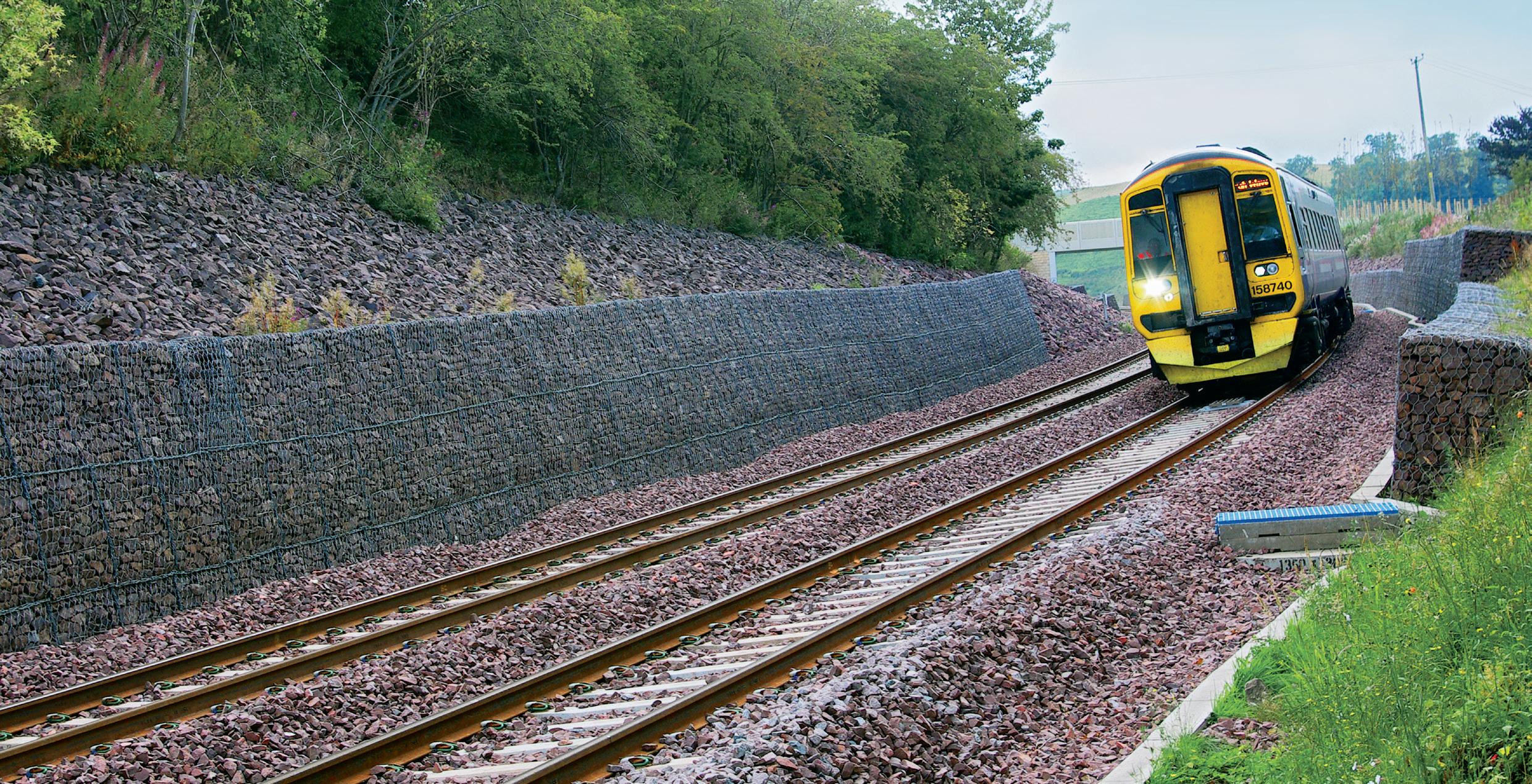





















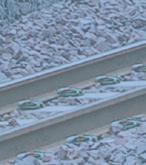











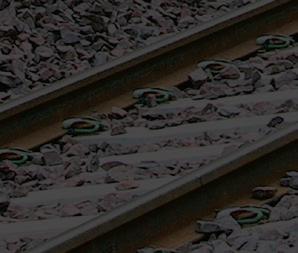
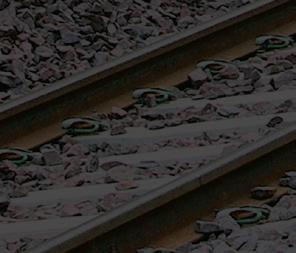















































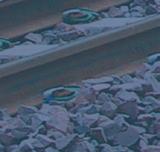
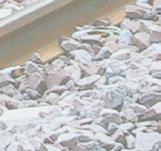
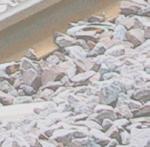
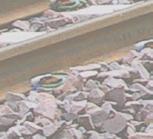


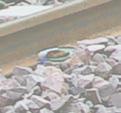






























21 JOIN OUR NETWORK & GAIN ACCESS A QUICK FORM AND THE BENEFITS FOLLOW JOIN OUR NETWORK TODAY FREE ACCESS TO WEBINARS FREE ACCESS TO CPD SESSIONS FREE SOFTWARE DOWNLOADS FREE GEOTECH NEWS maccaferri.com/uk info.uk@maccaferri.com tel: +44 (0) 1865 770 555
of operators is not blunted, and that contracts provide the right incentives and associated levers to enhance the customer experience and reduce costs to the taxpayer. Allowing operators to look outwards to the customers rather than inwards to the central bureaucracy of GBR.
Finally, an ambitious freight growth target should allow rail freight’s contribution to the UK economy to be maximised, and enable rail freight to play a central role in the delivery of the government’s legislative commitment to achieve net zero carbon emissions by 2050. An ambitious target will drive the public and private sectors to work in partnership to ensure delivery.
SSH: In your prospectus you call for a trebling of rail freight by 2050, how do you think we can go about achieving this?
AB: Rail freight is an asset-heavy sector; policy and investment decisions made today will directly affect the trajectory to 2050. That is why we have called for the overarching target to be underpinned by five-year interim targets to give immediate focus on growing the rail freight market – this will also help to ensure that as an industry we stay on track.
Setting a target is an important first step, but it must be supported by policies, incentives and investment to achieve freight growth.
This includes maintaining a stable access and charging framework which gives freight operators and their customers the confidence to make significant private sector investments. We have also seen freight customers and operators innovate during the pandemic to run longer, heavier and more direct services making better use of capacity and offering significant productivity improvements.
In the longer term, infrastructure investment is also key – and we have identified a series of infrastructure and infill electrification schemes which will unlock significant freight growth and help the sector to decarbonise.
SSH: Do you think there is currently enough incentive coming from the government around the ‘Green Economy’? What more could we do to decarbonise the railway?
AB: The Government has set ambitious net zero targets and committed to those in legislation, and rail can play an important part in supporting those ambitions. Rail remains the most carbon-friendly way to move freight and the lowest emitting form of mass transport. Attracting passengers and growing the freight market will make a real difference in terms of reducing transport emissions in the short term.
We have been frustrated previously by contradictory incentives which exist across the transport sector. For example, it was a disappointment to see the Government cut Air Passenger Duty on domestic flights from April 2023 in a bid to boost connectivity within the country – this will directly create modal shift in the wrong direction, from rail to air. We need a holistic ‘level playing field’ approach that incentivises customers and businesses to choose lower carbon transport modes like rail.
Improving on rail’s already strong lowcarbon performance is critical to achieving net zero. The Government now needs to commit to both electrifying the railway and utilising other decarbonisation technologies like hydrogen and battery trains where that can provide a more cost effective solution. We shouldn’t just see decarbonising rail as a cost – rather it has the potential to create thousands of new, ‘green’ jobs across Britain, mostly outside London and the South East.
SSH: Do you believe it is possible to begin the work setting up Great British Railways despite the delay in the legislation?
AB: The GBR setup has already started in the form of Great British Railways Transition Team, although of course legislation is ultimately needed to formally establish GBR as an arms-length body. That is why it is imperative for there not to be a long hiatus where the industry is left in limbo. While it is disappointing the legislation will be delayed until the next parliamentary session that starts in May 2023, we can continue the journey to create a reformed system through other changes that do not require parliamentary time. Dormant revenue incentives can be switched on within National Rail Contracts to encourage the whole industry to drive up revenue. And more detail can be shared with the sector about the direction of travel on new passenger service contracts, which do not require legislation to develop, including feedback from the DfT on last year’s market engagement exercise.
SSH: Do you anticipate passenger operators being given the flexibility needed to respond to customers evolving needs?
AB: At present, it is hard to judge given the delayed response to the DfT’s market
engagement day and the lack of clarity on the design of GBR. It is our hope that under new passenger service contracts, GBR and DfT recognise the importance of providing passenger operators with the flexibility to respond to evolving customer needs.
This will ensure the private sector is used effectively to not only deliver for passengers, but in doing so drive down costs and bring back revenue to reduce the current burden on the taxpayer.
We believe that a spectrum of contracts should fall into three broad categories to deliver on the Plan for Rail’s goal of creating a simpler contracting profile and optimal results for taxpayers and customers. With concession-style contracts at one end of that spectrum, serving predominantly commuter markets, probably having less flexibility. Long-distance contracts, which are more commercially driven and flexible at the other end. And a mixed markets model in the middle, with differing degrees of flexibility depending on the markets served.
SSH: What do you think is the biggest challenge currently facing the rail industry?
AB: The biggest challenges the railway faces are interrelated issues coming out of the pandemic – the need to adapt to travel patterns that are almost certainly permanently altered, the cost pressures as a result of lower passenger numbers, the industrial action that is slowing rail’s recovery, not to mention the need to deliver structural reform that pre-dated the pandemic. We need to seek solutions that reduce the burden on taxpayers, invigorate the private sector to do what it does best, chasing revenue, responding to customers and improving their experience so that rail becomes a genuine choice for existing rail passengers and those who don’t currently use rail, alike.
SSH: What can our readers expect if they subscribe to Rail Partners’ newsletter?
AB: Readers who sign up for insights from Rail Partners will receive our blogs and publications on a variety of rail related topics – from operations and engineering, to contracts and the future of rail reform.
22 INTERVIEW
‘We’re at a fork in the tracks and if we choose the wrong track and implement reform in the wrong way, the destination is further cost pressures, reduced service levels and a negative experience for customers.’
‘We shouldn’t just see decarbonising rail as a cost – rather it has the potential to create thousands of new, ‘green’ jobs across Britain, mostly outside London and the South East.’
In addition to supplying individual components, the global companies of STAUFF and their authorised system partners use the STAUFF Line approach to support Original Equipment Manufacturers with the supply of custom-designed and ready-to-install fluid power lines from connection to connection and also provide supplemental services that create added value: · Components · Systems · Services · Contact The STAUFF
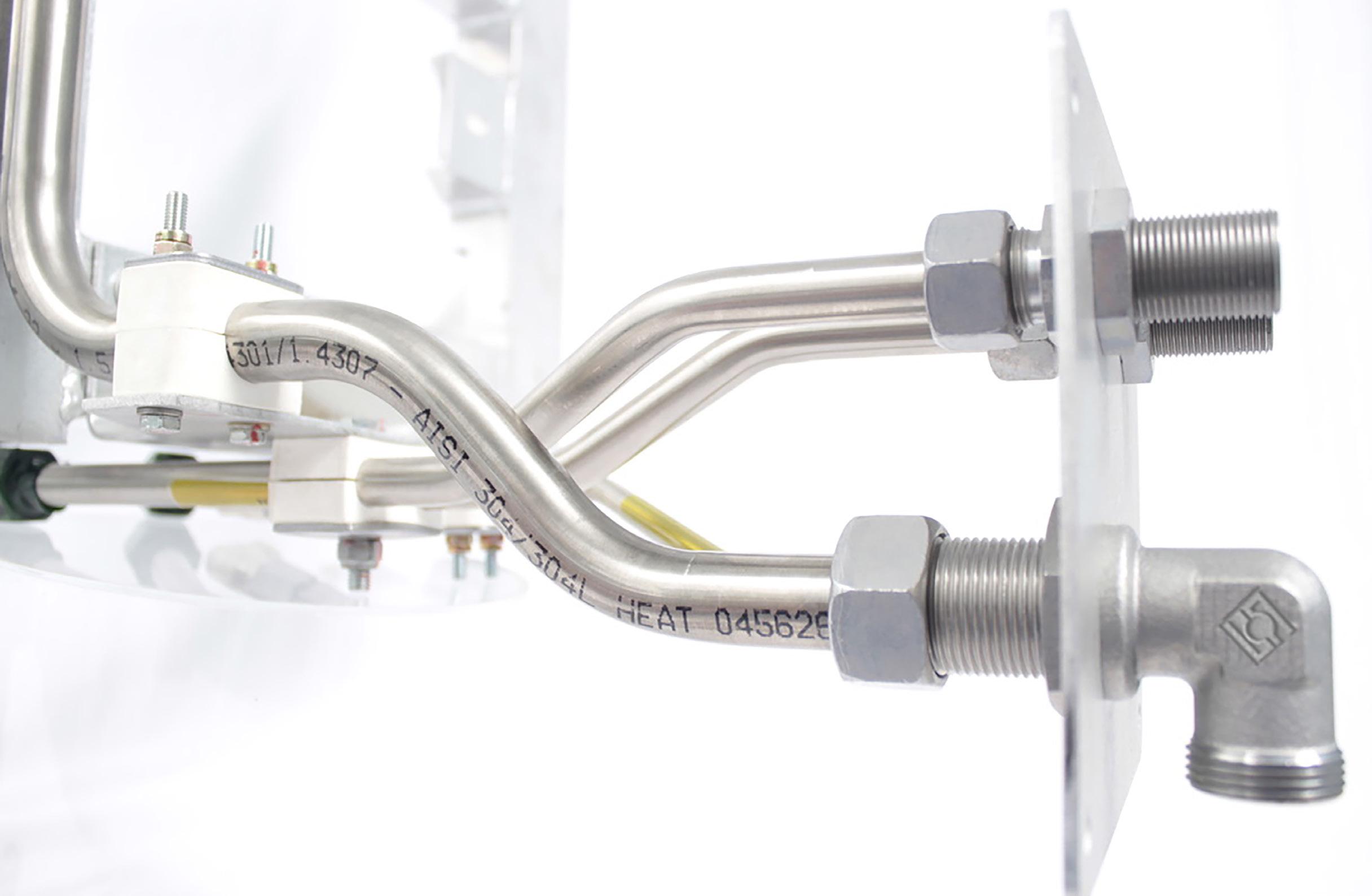
Sheffield Tel: 0114 251 8518
Email: sales@stauff.co.uk

Aberdeen Tel: 01224 786166 Email: sales@stauffscotland.co.uk


Ireland Tel: 02892 606900
Email: sales@stauffireland.com
Southampton Tel: 023 8069 8700 Email: sales@stauffsouthampton.co.uk
www.stauff.co.uk
23
Premier global manufacturer of components and kits for railway applications
Line process is adopted by global OEMs to successfully achieve cost savings in rolling stock manufacture.
Connections: a key link in the railway power chain
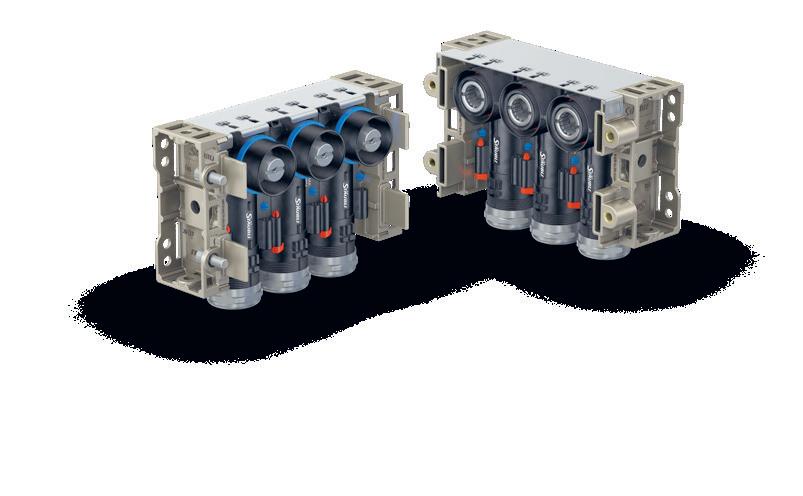
As an industry partner and key supplier in the international railway sector for more than 30 years, we have a clear insight into your challenges and expectations, such as service continuity, extreme weather conditions and mechanical stresses.
We provide an effective response with optimized solutions, whether for high-speed, main-line, suburban or regional trains, or tramways and underground railways.

24 Stäubli Electrical Connectors, ec.marcom@staubli.com
RAILWAY PARTNER
YOUR
www.staubli.com
THE CHEEK OF IT
by Chris Cheek
NTS Results Illustrate Seismic Nature of Covid
The Department for Transport’s annual National Travel Survey points up the changes in people’s use of transport during and immediately after the pandemic. Chris wonders whether the data really does provide us with indications of future behaviour
For many years now, the National Travel Survey (NTS) has provided us researchers and analysts with invaluable information about people’s travel habits – and the 2021 report and data, published during the summer, is no exception. There is a difficulty, though: in the past, a good deal of value has come from analysing the trends over several years, rather than taking a single survey in isolation. The last two datasets, covering 2020 and 2021, have broken that mould – and provide few clues to the burning question occupying the minds of so many transport professionals: what will the recovery look like and how soon will it come?
The headline result from the latest survey is, inevitably, about a loss of volume. Measured by journey stages, overall demand for travel fell by 23.5 per cent compared with 2019. The survey showed total demand by all modes of 813 journeys per person per year, compared with 1,063 in 2019 and 793 in 2020. Look at the different modes used, there is a wide divergence. The smallest fall occurred with cycling, 9.7 per cent down. Next came car drivers and passengers, respectively 21.6 and 26.7 per cent lower. Then came the public transport modes, mostly grouped around the 50 per cent mark. The outlier was London Underground, 42.3 per cent lower. Usage of Surface Rail was down by 49.4 per cent. The figures show that distance travelled fell by a third – from 6,500 miles per person per year in 2019 to 4,329 in 2021. Average journey length was 16.1 per cent lower at 5.7 miles (9.1 km). On the rail network, distance travelled fell by 52.6 per cent per cent from 625 miles
per person per year in 2019 to 296 in 2021. Average journey length, at 29.0 miles (46.4 km), was 10.3 per cent lower.
Another good indicator of the market position of different modes is the record on frequency of use. Around the turn of the century, the proportion of people who said they used the railways less than once a year or never stood at 50 per cent or slightly above. By 2019, that figure had fallen to 39.3 per cent, one of the achievements that demonstrated how far the railway market had shifted since privatisation. In 2021, non-users had increased to over 57 per cent of the population - beyond even the levels seen around privatisation.
At the other end of the scale, the survey shows that the proportion of frequent users slightly more than halved between 2019 and 2021. Even more seriously, the percentage of each category of less frequent user also fell, showing that it was not just season ticket holders that deserted the mode. The figures for each band and their movements over the years are illustrated in the table below. As can be seen, it’s almost as if all the progress made over the last 25 years had never happened.
Figures in the survey on travel patterns across the days of the week reflect the shift we have seen away from Mondays especially, and the gains in the proportion of traffic that travels at weekends. According to analysis of the NTS responses, the proportion of Sunday travellers rose from 5.9 per cent in 2015-19 to 6.2 per cent in 2021, whilst Saturdays saw 12.6 per cent of weekly journeys, up from 9.9 per cent. The only midweek days to stay unchanged were Thursdays, responsible for 17.5 per cent of
NEWS IN BRIEF
MIDLANDS CONNECT ON FIRST ANNIVERSARY OF THE IRP
Commenting on the first anniversary of the Integrated Rail Plan, Midlands Connect Chairman Sir John Peace said: ‘The Integrated Rail Plan is now a year old and in those last twelve months we have worked at Midlands Connect to turn the words in that document into actions. We have delivered, at pace, the outline business case for our landmark project the Midlands Rail Hub and following Government’s £1 million
£1 MILLION FUNDING SUPPORT

funding support, we are supporting the work of partners in the East Midlands to revise the HS2 Growth Strategy to reflect proposals for HS2 East. We have also welcome announcements confirming the phase 2b Western Leg hybrid Bill secured its second reading in the House of Commons and on the commencement of plans for HS2 East by HS2 Ltd and Network Rail, in conjunction with work to electrify the Midland Main Line.
‘In publishing the IRP, Government intended to bring benefits at least a decade or more earlier. Our strong partnership with the Government is based on that firm foundation. We have worked tirelessly, to make sure these projects, our regional priorities were included in the Integrated Rail Plan and we want to see them delivered now.
‘Communities like Coventry, mentioned in the Integrated Rail Plan as well as Nottingham, Derby, Chesterfield Birmingham and many other towns and cities throughout the region now expect to see real, tangible progress.
‘We also need to see the promised Integrated Rail Plan Study into extending HS2 to Leeds to start as soon as possible to resolve ongoing uncertainty for communities and landowners along the Eastern Leg line of route which remains safeguarded. We have delivered a lot in a year and we hope to deliver even more in the next year.’
25
VIEWPOINT
National Travel Survey Statistics on Frequency of Use of the Surface Rail Network
Survey Year
Three or more times per week
Once or twice per week
Less than weekly, more than once or twice per month
Once or twice per month
Less than monthly, more than once or twice per year
1996/98 2005 2019 2021
3 per cent 3.5 per cent 5.1 per cent 2.5 per cent
3 per cent 3.1 per cent 3.7 per cent 3.1 per cent
2 per cent 2.8 per cent 4.7 per cent 2.3 per cent
9 per cent 8.1 per cent 11.2 per cent 7.1 per cent

14 per cent 13.7 per cent 16.2 per cent 11.2 per cent
19 per cent 20 per cent 18.1 per cent 16.5 per cent Less than once per year, or never 50 per cent 48.8 per cent 41 per cent 57.4 per cent
Once or twice per year
Total 100 per cent 100 per cent 100 per cent 100 per cent
the week’s rail travel and Fridays, on 16.9 per cent. Mondays, already down at 15.7 per cent, slumped further to 14.8 per cent. Tuesdays and Wednesdays, having both previously been on 17 per cent or above were down at 15.9 and 16.1 per cent respectively. According to these figures, therefore, we have a Thursday peak on the network.
Looking at journey purpose, NTS provides a breakdown of trips by main mode and journey purpose. The survey breaks journey purpose down into eight different categories – commuting, business, education, shopping, escort, personal business, leisure and ‘other including just walk’ (which doesn’t feature amongst the rail users). Comparing the 2019 and 2021 surveys, we see a 47.2 per cent reduction in overall trip volumes (trips per person per year) but marked variation between purposes. Largest fall was in travel for business, down by 85.9 per cent, followed by personal business on 57.7 per cent. The smallest fall in trip rates was for leisure purposes, but this was still more than a third down on 2019 volumes.
The breakdown of trips by purpose is also a useful statistic. It shows that the railway is still overwhelmingly reliant on travel to and from work, which accounted for 47 per cent
of all trips in 2019 and an even higher 48.9 per cent in 2021. Business travel fell from 9.8 per cent to 2.6 per cent. The importance of leisure as a reason for travel increased from 26.2 per cent of trips to 32.4 per cent.
Regional variations are key to understanding how public transport has evolved in the UK over the decades, especially in rail. Under-investment in local rail services has undoubtedly worsened rail’s market position in some parts of the country – but, equally, very low patronage levels have made it very difficult to make a business case for future investment. This remains the case today.
The latest figures from the NTS highlight this problem. In London, for instance, the volume of rail trips per person per year in 2019 stood at 53.7. In the East of England, the figure was 27.5, falling to 26 in the South East. The next busiest regions had trip volumes at half that level – the North West on 12.8 and the West Midlands on 12.1. Then came the East Midlands on 8.7 and the South West on 8.1. Finally, came the North East on 5.0.
In addition to this already hugely divergent picture, the effects of Covid were widely different as well. Thus, three regions saw their trip rates fall by around 70 per
cent – the East of England (down 73.3 per cent to 7.4 trips per person per year), the North East (losing 70.7 per cent to 1.5) and East Midlands (down 69.3 per cent to 7.4). At the other end of the scale, the South East saw its trip rate fall by 44.3 per cent to 14.5, whilst London ‘only’ lost 36.7 per cent, falling to 34.0.
It is inevitable that the survey results need to be treated with extra caution this year, especially as regards indications of future patterns of demand. The effects of Covid-19 continued to be felt throughout 2021, and we know already that demand has continued to recover throughout 2022, especially once all remaining restrictions were lifted and infection rates slowed down. Indeed, despite strikes, cancellations and service reductions, the industry seems tantalisingly close to a full recovery: according to the DfT’s weekly statistics, demand averaged more than 90 per cent of pre-Covid levels for eleven weeks continuously between early September and mid-November, and even topped 100 per cent for two weeks at the beginning of October. It already looks as if the 2021 NTS will be mainly of interest to historians rather than policymakers. Let us see what 2023 brings!
THE BIG PICTURE IN PUBLIC TRANSPORT FIND A FRESH ANGLE
GET ON BOARD WITH OUR TRACK RECORD OF INSIGHT

One of the UK’s most experienced business intelligence services on passenger transport, offering comment, analysis and understanding since 1991. Articles, company reports and statistics on bus, rail and rapid transit systems in the UK. Visit our web site to subscribe or buy our reports. Read our blog or ask us for bespoke analysis.

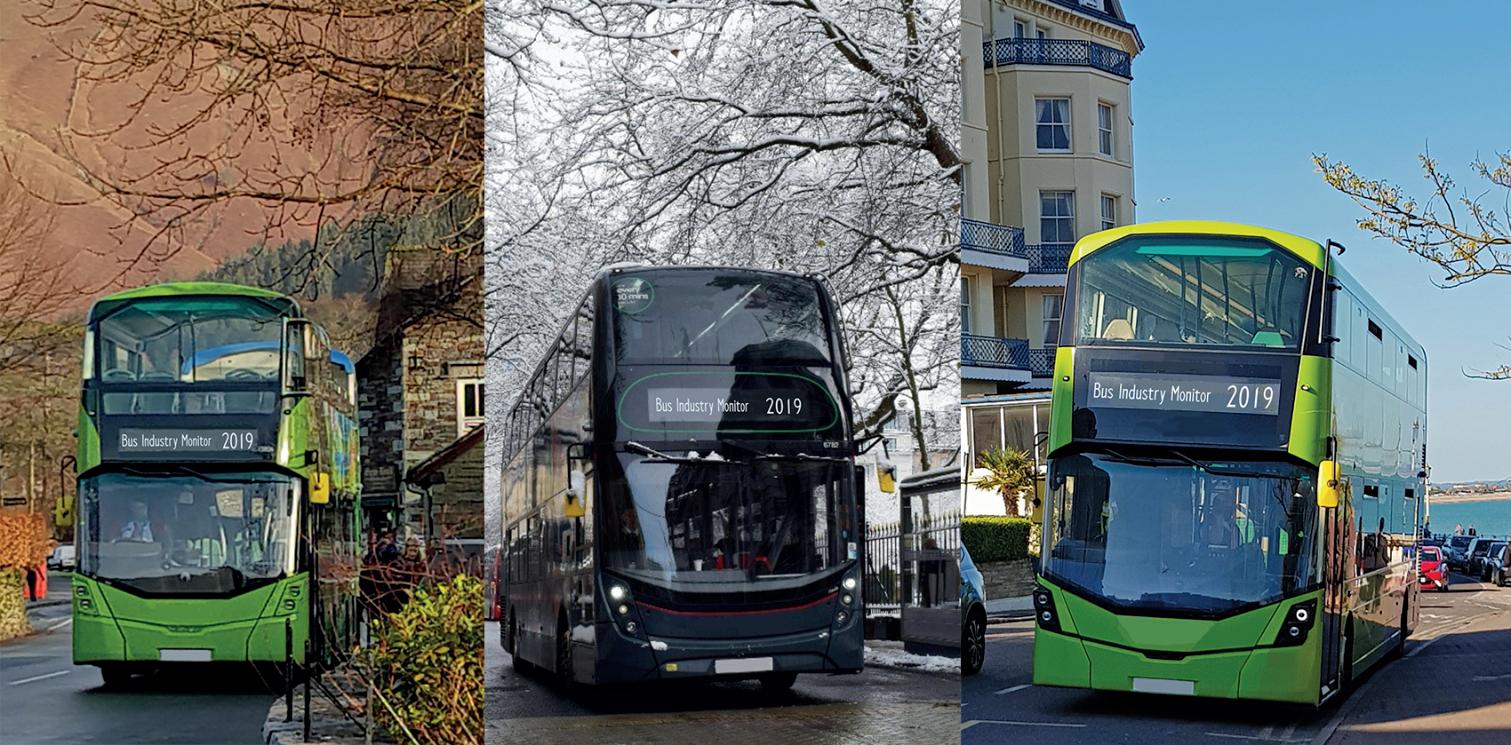
26
passtrans.co.uk PASSENGER TRANSPORT MONITOR VIEWPOINT
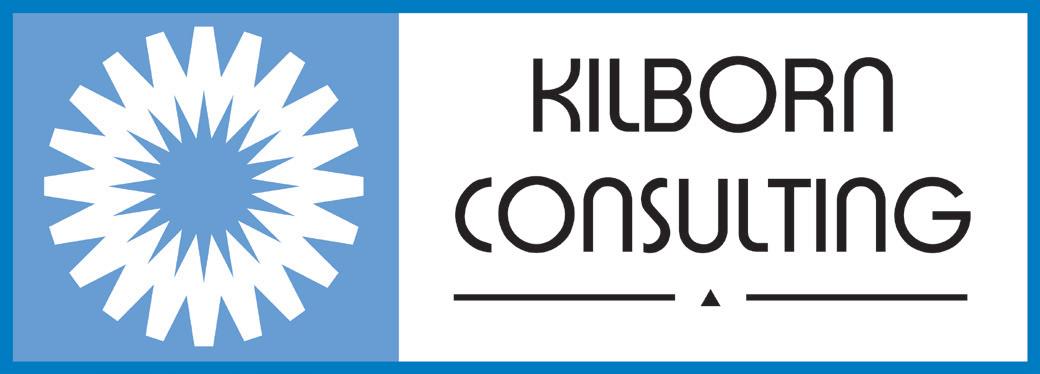

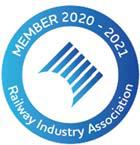
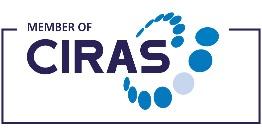
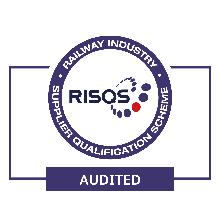
27 The new office which is located in the heart of Wellingborough can accommodate all staff and visitors alike and offer widespread views across Wellingborough and the surrounding green spaces. We would be delighted to welcome you to our office to discuss your requirements and how we can support you to achieve those. Kilborn Consulting Limited 6th Floor, South Suite, 12 Sheep Street Wellingborough, Northamptonshire NN8 1BL Email: pmcsharry@kilbornconsulting.co.uk Phone: 01933 279909 www.kilbornconsulting.co.uk Kilborn Consulting Limited is an independent railway engineering consultancy and design business, with over 21 years of railway experience. We specialise in the design of new and altered railway Signalling & Telecoms systems for the UK railway infrastructure. Our areas of specialism are: •Signalling and Telecoms Consultancy, including technical advice & support; •Asset Condition Assessments, Correlation and Surveys; •Signalling & Level Crossing Risk Assessments; •Feasibility and Optioneering Studies; •Concept and Outline Signalling Design; • Telecoms Option Selection Reports (including AiP), Reference System Design and Detailed Design; •Detailed Signalling Design; •Competency Management & Assessments; •Signal Sighting assessments, covering the full Signal Sighting Committee process with a competent Chair.
established in 1920 by Clarence Frederick Booth and since that time has continued to be generations of the Booth family.
In addition, our
to
associated with the scrapping of diesel and electric locomotives since the 1960s and has an the largest rolling stock recyclers in the UK, winning nationally released tenders from operating companies.
Rotherham, South Yorkshire at Clarence Metal Works with the company’s gantry cranes making the site quite distinctive.
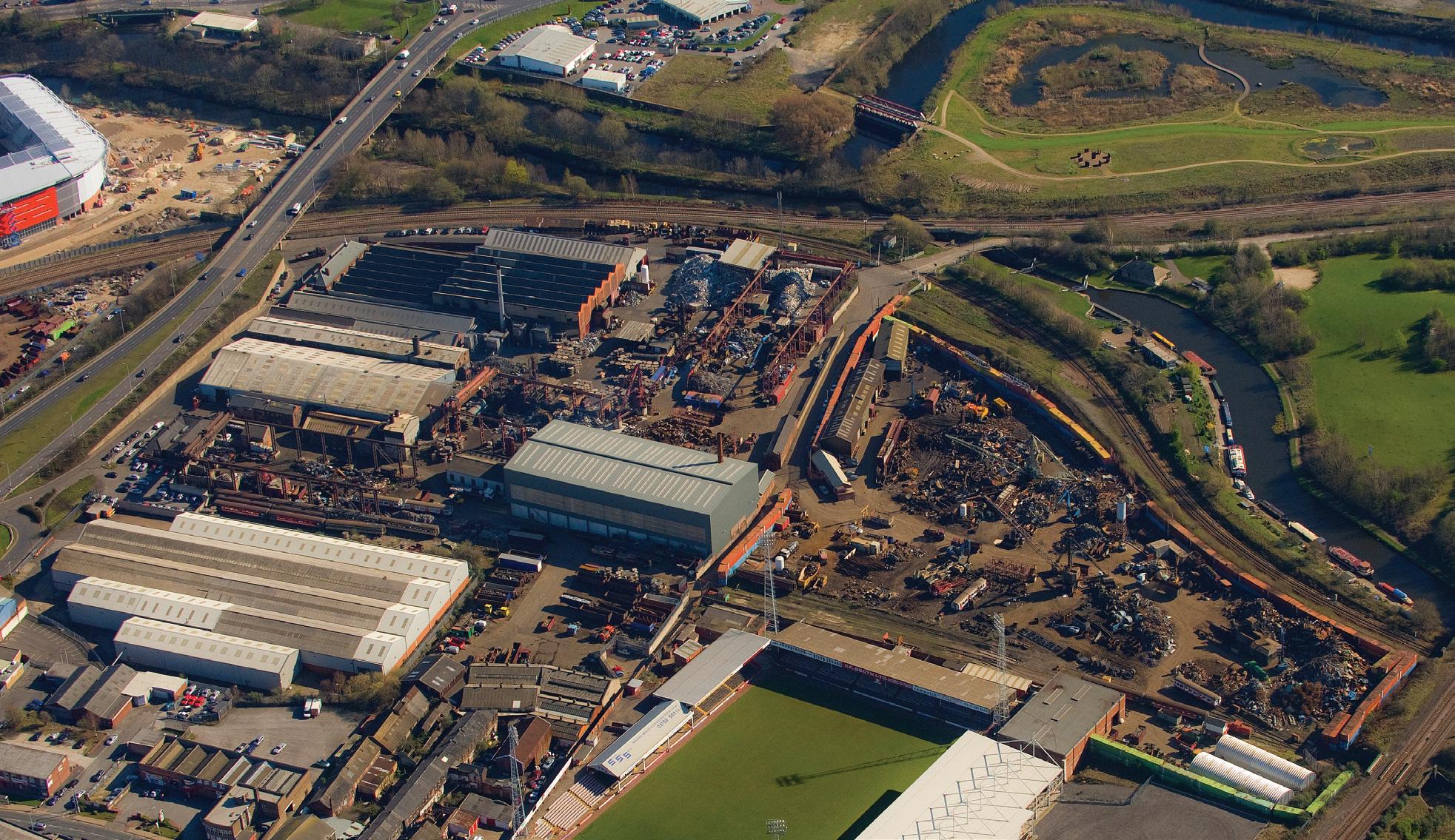

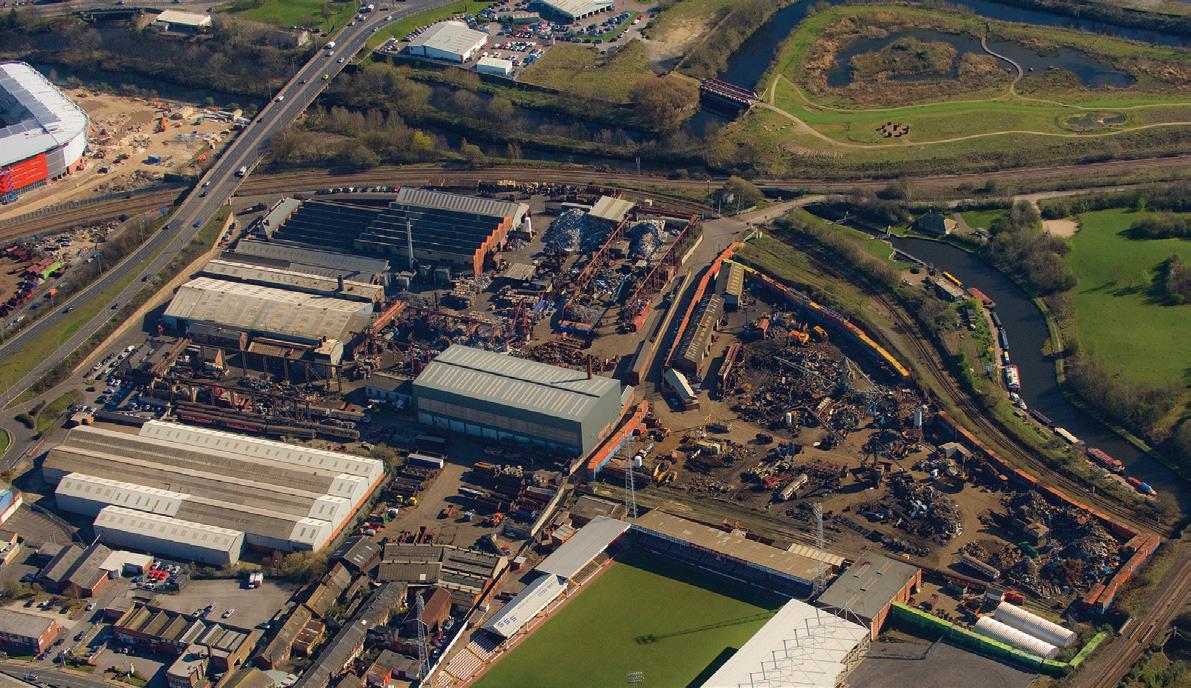
their
CF Booth Ltd is one of the leading metal recycling companies in the UK. Established in 1920 by Clarence Frederick Booth, the business has grown from a local metal trader into one of the largest independently run recycling companies in Europe and is nearing its 100th year anniversary. CF Booth has been associated with the scrapping of diesel and electric locomotives since the 1960’s and is now one of the largest rolling stock recyclers in the UK, working with several of the main rail operating companies.
The current Rolling Stock Manager, Christopher Davis, says: “We are
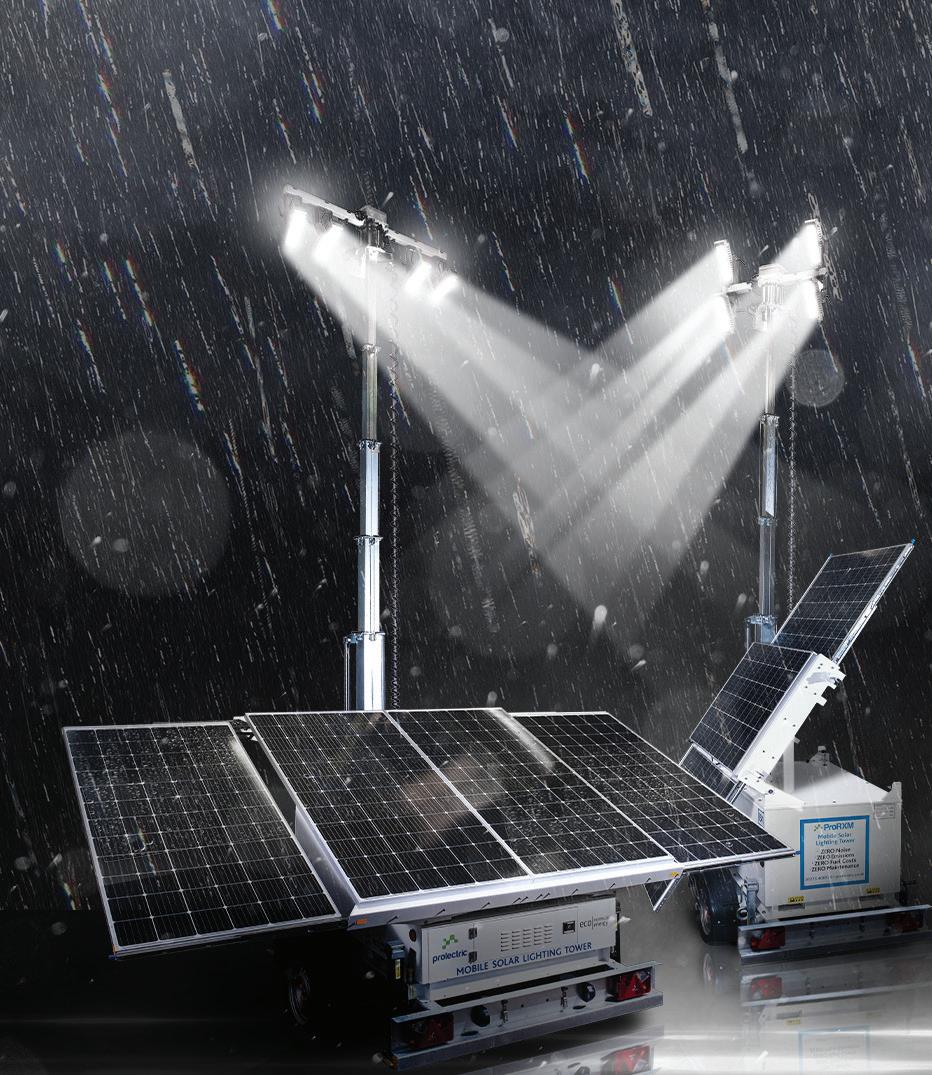
CF Booth rolling stock division has achieved both ISO 9001 and
in supporting the UK national rail industry and extremely proud to provide a valuable service to railway enthusiasts and preservationists throughout the UK as they continue to restore rolling stock vehicles to their former glory for future generations to enjoy. We value the relationship we have built up with preservationists and enthusiasts over the years’’.
We are more than just a metal recycler, our continued investment in infrastructure and quality personnel has put us at the forefront of the metal recycling industry. Working with global businesses and international brands has made us think differently and strive to continue our development.



Our rolling stock asbestos removal/disposal service is supported by Demex Ltd a part of the CF Booth Group. Their fully trained and accredited operatives use the very latest equipment and techniques to safely strip out and dispose of asbestos. Besides processing rolling stock for their residual ferrous/non-ferrous metals, we also salvage any or all components that may be required by Railway Companies and Railway Preservationists.
Office Tel: +44 (0) 1709 559198 | Fax: +44 (0) 1709 562631 | www.cfbooth.com
All enquiries regarding your rolling stock can be directed to: Christopher Davis, Rolling Stock Manager - CF Booth Limited, Clarence Metal Works, Armer Street, Rotherham, Yorkshire, United Kingdom, S60 1AF
was established in 1920 by Clarence Frederick Booth and since that time has continued to be
The company has been associated with the scrapping of diesel and electric locomotives since the 1960s and has an excellent reputation as one of the largest rolling stock recyclers in the UK, winning nationally released tenders from
The head office is located in Rotherham, South Yorkshire at Clarence Metal Works with the company’s gantry cranes
CF Booth rolling stock division has achieved both ISO 9001 and 14001 standards and has invested heavily in developing the infrastructure to handle all kinds of rolling stock including more than 1,500 metres of rail sidings, which allows us to accommodate a substantial amount of rolling stock. Work continues at present with rail vehicles being brought in through a connection to Network Rail and the proximity of the railway sidings to roads give this side of the business a high profile with many wagons, carriages, underground and departmental stock being processed.
extremely competitive buying process and quick payment terms mean that for many companies wishing
dispose of
rolling stock, CF Booth Ltd is the first port of call. Besides processing rolling stock for their residual ferrous/non ferrous metals, we also salvage any or all components that may be required by railway preservationists.
proud to be playing a major role
Office Tel:
| Fax:
| www.cfbooth.com All enquiries regarding your rolling stock can be directed to: Christopher Davis, Rolling Stock Manager - CF
Limited, Clarence
Works, Armer Street,
Yorkshire, United Kingdom, S60 1AF
+44 (0) 1709 559198
+44 (0) 1709 562631
Booth
Metal
Rotherham,
CF Booth Ltd was established in 1920 by Clarence Frederick Booth and since that time has continued to be passed down through the generations of the Booth family.
The company has been associated with the scrapping of diesel and electric locomotives since the 1960s and has an excellent reputation as one of the largest rolling stock recyclers in the UK, winning nationally released tenders from several of the main rail operating companies.
The head office is located in Rotherham, South Yorkshire at Clarence Metal Works with the company’s gantry cranes and three derrick cranes making the site quite distinctive.
14001 standards and has invested heavily in
infrastructure to handle all kinds of rolling stock including more than 1,500 metres of rail sidings,
allows us to accommodate
substantial amount of rolling stock. Work
with rail vehicles
to
stock
payment terms
call. Besides processing rolling stock for
metals, we also salvage any or all components that may be required by railway
Christopher Davis, says: “We are proud to be playing a major role in supporting
rail industry and extremely proud to provide a valuable service to railway enthusiasts and preservationists throughout the UK as they continue to restore rolling stock vehicles to their former glory for future generations to enjoy. We value the relationship we have built up with preservationists and enthusiasts over the years’’. 01275 403 171 www.prolectric.co.uk/rail Are your solar tower lights ready for autumn and winter? Prolectric’s are. Others aren’t. Our range features solar tower lights tried, tested and proven to last 16 hours per night, all year, in all weathers. That’s what makes us different. 010702 Prolectric Tower Campaign_183x130mm-1609.indd 1 16/09/2022 16:10:34
developing the
which
a
continues at present
being brought in through a connection to Network Rail and the proximity of the railway sidings
roads give this side of the business a high profile with many wagons, carriages, underground and departmental
being processed. In addition, our extremely competitive buying process and quick
mean that for many companies wishing to dispose of their rolling stock, CF Booth Ltd is the first port of
their residual ferrous/non ferrous
preservationists. The current Rolling Stock Manager,
the UK national
LAYING DOWN THE LAW
by Martin Fleetwood
Limiting the Effects of Strike Action
Martin on The Transport Strikes (Minimum Service Levels) Bill
While it may seem that over the past few months there has been a level of paralysis within Government with a succession of Prime Ministers, Chancellors of the Exchequer, and ministers in the Department for Transport, the more mundane processes of Government have been continuing. The Queen's Speech at the start of the current parliamentary session set out various items of legislation which were to be introduced and while some of the headline bills, such as the Transport Bill, have been delayed other bills which affect the rail sector have continued to be progressed.
Ensuring the provision of a skeleton rail service
The current wave of rail strikes has seen many train operators cancel all of their services on strike days as significant numbers of staff members decide to withdraw their labour. This is fully in compliance with the existing laws on strike action, which allow any number of employees to take strike action together and bring their employer's operations to a halt. However, a new bill introduced into Parliament aims to change the effects of strike action on transport services. The new bill follows similar rules to those already in place in European Countries such as France and Spain
The Transport Strikes (Minimum Service Levels) Bill is aimed at requiring employers and trade unions to take reasonable steps to enter into an agreement which specifies the minimum service levels required for a skeleton service to operate during strike action.
Employers and unions are expected to thrash out the minimum service levels required to enable the employer's operations to continue during strike action. This requires them to consult with any regulatory or representative bodies who may have an interest. Within the rail sector there are likely to be considerable differences of opinion as to what may be considered to be a ‘skeleton service’ and the involvement of representative bodies as well as regulatory bodies is expected to complicate the matter.
The bill requires the parties to reach an agreement on the relevant minimum service levels for a ‘skeleton service’ within three months of commencing their discussions. If agreement is not reached by the end of that three-month period, the Central Arbitration Committee (CAC) will intervene in order to determine the minimum service levels required. Such determinations by the CAC are unlikely to consider the circumstances of the specific employer or trade union in determining minimum service levels, so parties are encouraged to reach agreement without intervention wherever possible. In entering into the negotiations each party will need to decide what level of compromise they may be willing to make to avoid a solution being imposed which really doesn't help their position.
Once either an agreement or determination has been made, the employer is able to issue a ‘work notice’ which specifies the employees who shall be required to work and maintain minimum service levels during strike action. Only those employees who are subject to the work notice are not permitted to take strike action and the remaining workers retain the right to withdraw their labour. On its own, the minimum service
Martin Fleetwood is a Consultant at Addleshaw Goddard’s Transport practice. The Rail Team has over 30 lawyers who advise clients in both the private and public sectors across a wide range of legal areas. As well as contractual issues, the team advises on operational matters, franchises, concessions, finance, regulatory, property, employment, environmental and procurement issues.

Disclaimer: This article is for informational purposes only and does not constitute legal advice. It is recommended that specific professional advice is sought before acting on any of the information given.
agreement does not prevent trade unions balloting for and taking action in future, but it aims to reduce the unions' ability to stop the operation and therefore the effectiveness of the strike action.
Main Effects of the Minimum Service Agreement
1. Ensures that a skeleton service can be operated to enable people to travel to work, school, etc. and for certain levels of freight movement. By definition a minimum service level is unlikely to be the normal service level, so some employees will retain the right to withdraw their labour. Setting the bar may be controversial, particularly if it is imposed by the CAC. Legal claims regarding the reasonableness of any CAC decision are likely.
2. If an employer or a trade union contravenes the minimum service requirements, the CAC is permitted to make a declaration to that effect. Following any declaration, an interested party may request that the Employment Appeal Tribunal issues a penalty notice to the contravening party. Any minimum service level agreement must, therefore, be respected and considered binding on all parties.
3. If a person specified in their employer's work notice continues to take strike action despite being required to work during the strike, they will lose their protection from automatic unfair dismissal. Critics believe the fear of repercussions could place a blanket restriction on strike action which, in turn, raises human rights concerns.
4. Employers should only identify those
29
VIEWPOINT
RAILWAY EQUALITY, DIVERSITY AND INCLUSION CHARTER REACHES MILESTONE OF 200 SIGNATORIES
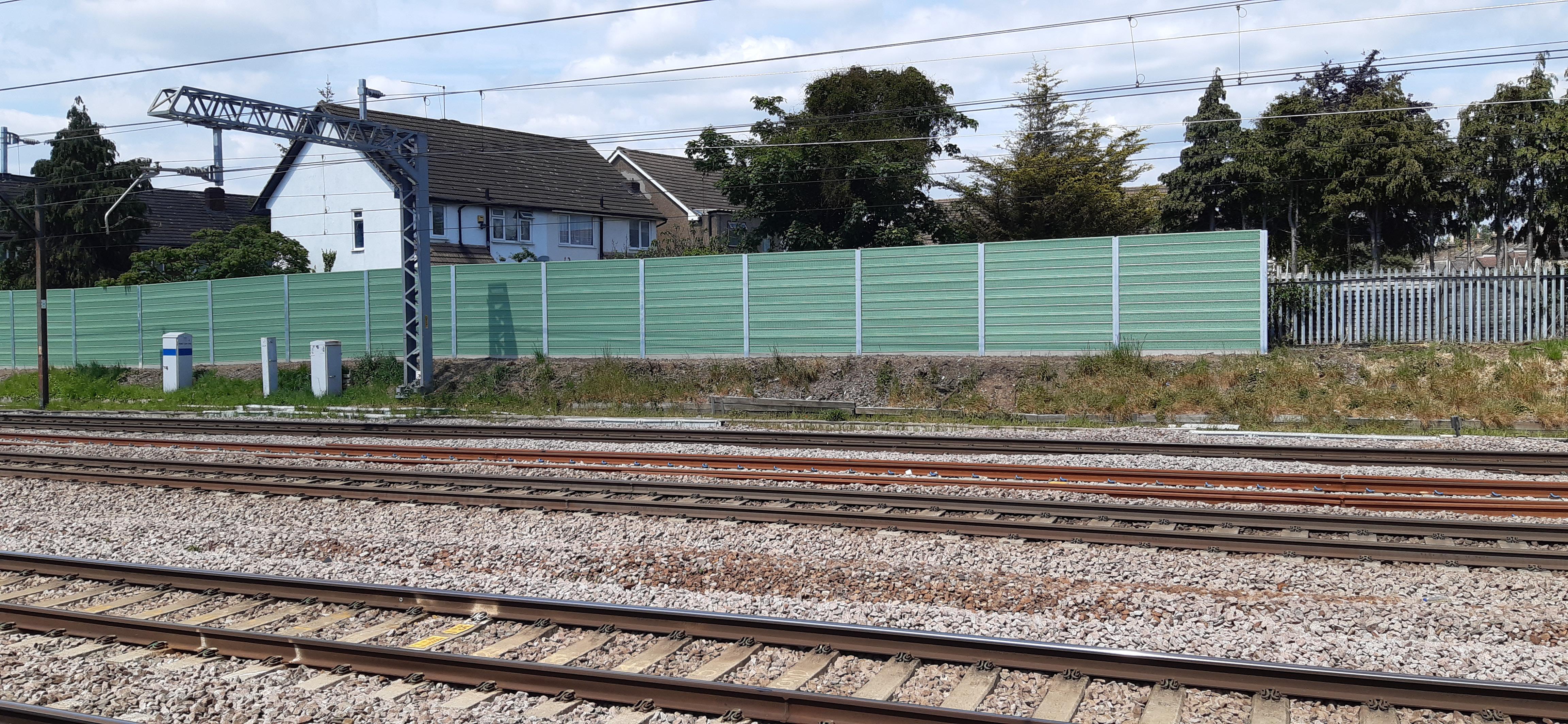
The Rail Equality, Diversity and Inclusion (EDI) Charter, led jointly by the Railway Industry Association (RIA) and Women in Rail, celebrated its 200th signatory, with the Great British Railways Transition Team signing up to the Charter.
The EDI Charter was launched in November 2020 and is open to all companies, clients and organisations working in the UK rail sector who wish to play a role in promoting positive change in the industry. The Great British Railways Transition Team (GBRTT) signed the Charter on 9 November, becoming the 200th signatory.
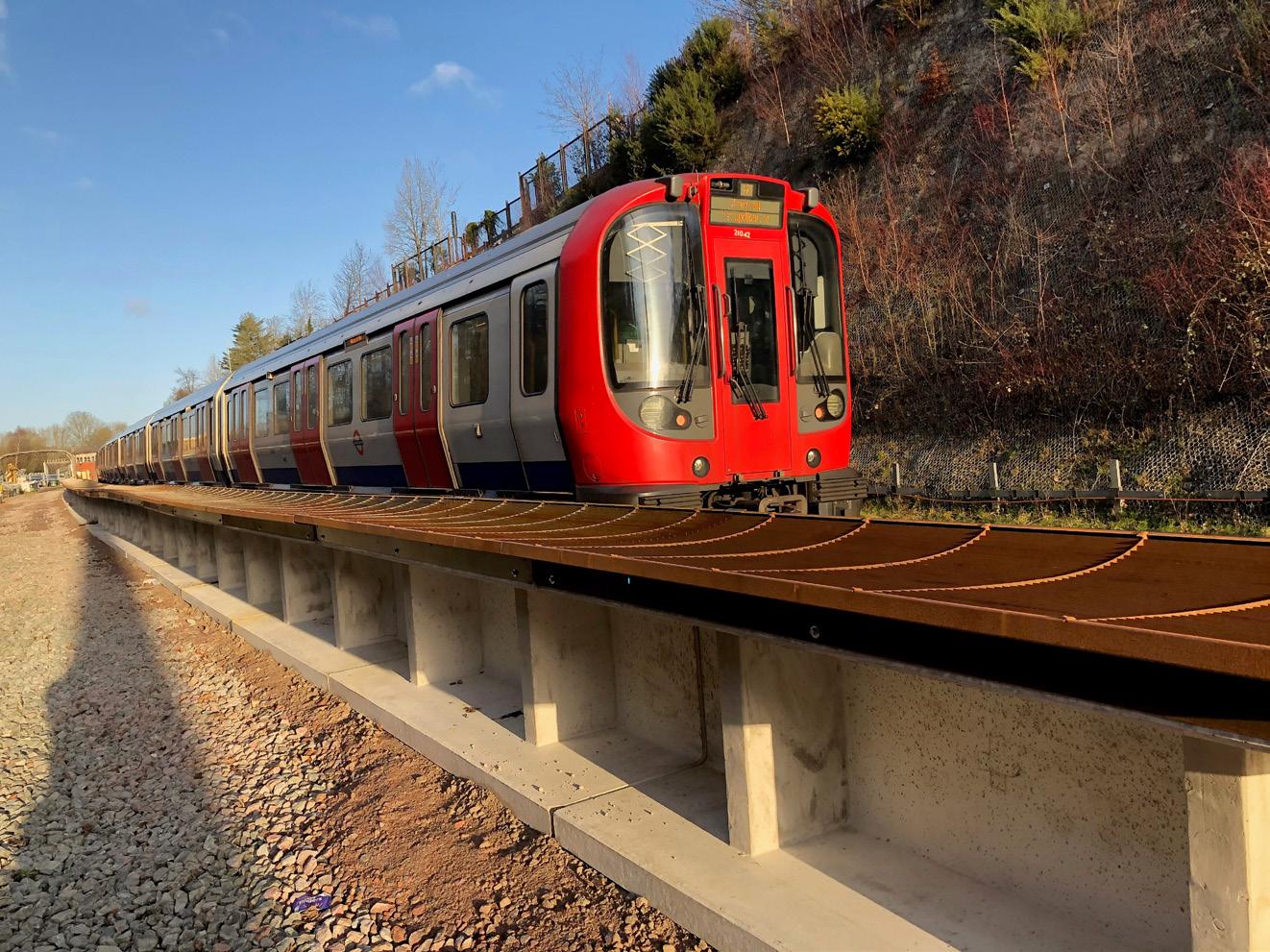


employees that are actually needed to provide the minimum service requirements as employees who cannot take strike action. There is the possibility of disagreement as to whether an employee served a work notice is correctly included as a person necessary to provide the minimum service requirements. This could see a number of claims by unions and potentially human rights groups that an employer is abusing the minimum service requirement.


5. Attendance at the workplace for employees with a work notice. Whilst the provisions in the Bill may stop a number of employees from striking, there is no guarantee that this would prevent determined employees from affecting an employer's operations. Aggrieved employees may resort to collective tactics falling outside of recognised lawful action in order to demonstrate their dissatisfaction with their employer, which draws into question the Bill's effectiveness. It is anecdotally reported from other European countries with similar laws that employees forced to work through a strike may call in sick and there are reports of employees working but ‘failing’ to collect fares.
A contentious bill
While it has not yet been confirmed which transport services will be affected if the Bill becomes law, there has been very strong indication that it will apply to bus and train services as a minimum. The Government has indicated its intention to limit the impact of strike action on the day-to-day lives of ‘hard working people and businesses’ and this is its initial foray into the transport industry.
The Bill is expected to come into force in 2023, but it needs to complete its passage through both Houses of Parliament first. Its critics have labelled it as controversial and various employee and human rights groups have indicated that they may bring legal challenges against its enactment. As such its final form and contents remain uncertain. Parties in the rail sector may wish to take the opportunity to consider whether they wish to input their own views into the debate, whether through relevant trade bodies, lobbying organisations or through discussions with MPs, etc.
30 WHIS® wall T: 01323 872243 E: info@grammbarriers com T he rail indu st r y ’s be st k ep t s e c re t.. . Acoustic Noise Barrier Specialists • Network Rail Approved WhisWall low level noise diffracting barrier • SilentRail Coating (Acoustic and Thermal) • POLYSoundBlok Acoustic Barrier • CONCRETESoundBlok ® ® ® OUR CLIENTS INCLUDE: CONCRETES oundBlok ® NEWS IN BRIEF
VIEWPOINT
2023 Must Be Full Steam Ahead for Rail
publication to be updated to help bring more certainty and confidence to businesses so they can plan and invest for the future. We believe greater transparency of the pipeline of orders from public sector organisations is vital to enable growth as well as value creation for small and medium businesses.
It is also hoped 2023 will see additional clarity around major projects such as HS2’s timeline – but as we head into the new year, the government has signalled it is searching for £50 billion of extra savings. This could mean HS2 faces another government review.
The time is now – decarbonisation in the rail industry

The rail industry, and rail freight in particular, is in a strong position to help the global push for decarbonisation, with the UK committed to reaching net zero by 2050 – and with that deadline looming ever closer, all signs point to 2023 being a key year.
This time last year, we looked forward to 2022, writing: There’s a buzz of optimism in rail industry circles; a feeling that postponed rail projects could finally get the green light during early 2022. That all those opportunities aren’t lost, only delayed. Rail suppliers and solutions providers should be poised and ready for a potential Q1/Q2 upturn in the industry. The opportunities are out there for those with the right capabilities and a proactive approach. Running lean has been a sensible choice during 2021, especially for smaller organisations – but for some, it might be time to start investing in growth again.
As we reach the end of another year, this prediction was probably half right. True, 2022 was a year for rail operators and their supply chains to get projects back on track following a slow, difficult pandemic period. That said, it would be better to describe 2022 as twelve months of ups and downs.
There were two major factors that the industry didn’t see coming – global uncertainty around energy prices and at home political uncertainty, which saw three Prime Ministers and three Transport Secretaries in place during the year. These events slowed the industry’s momentum, just as confidence was starting to return.
But, all won’t be lost if we’re able to hit the ground running in 2023. For that to happen, the rail industry needs clarity around some major issues. These include a decision around the home of Great British Railways, publication of an update on the Rail Network Enhancement Pipeline (RNEP) and, of course, HS2. With major announcements on these and more now set for 2023, rail firms will be listening with interest.
If we get that clarity, the next year will hold some really exciting opportunities for all of us, so here’s what we at CWE are looking out for.
Announcement due on the new home of British rail
Originally set for 2022, the announcement about the location of Great British Railways’ (GBR) headquarters is finally set to be made in 2023. The competition to find a home for the new public body was launched in May 2021 as part of the Williams-Shapps Plan. GBR will oversee rail infrastructure, ticket prices and timetables and the shortlist has been whittled down from 42 towns and cities to just six – Birmingham, Crewe, Derby, Doncaster, Newcastle and York. Following the shortlisting announcement, CWE firmly backed Doncaster as our preferred choice, citing the shared passion for rail between that city and ourselves. We’re expecting an announcement before April 2023 and, even though we’ll be keeping our fingers crossed for Doncaster, we’ll be right behind whichever city wins the bid.
Rail Network Enhancement Pipeline (RNEP) publication and HS2 update
The RNEP is a document outlining planned rail works that require government funding. The Department for Transport (DfT) initially promised the RNEP would be published annually, but it hasn’t been updated now since October 2019 – almost three years - leaving projects shrouded in either uncertainty or delay. That edition comprised a list of nearly 60 works that Network Rail is expected to deliver during the period of April 2019 and March 2024. CWE joins others in the rail industry calling for the
Moving goods by rail provides a low carbon alternative to road transport, with every freight train removing 76 lorries from our roads, reducing carbon emissions. The Rail Delivery Group says UK rail accounts for only around two per cent of total transport emissions and 0.6 per cent of the UK total. And we can see the results – rail has already helped to reduce UK carbon emissions by up to 7.7 million tonnes every year.
But we all know there’s more to do and that all businesses – large and small – must play their part. From our point of view, CWE will continue to push our sustainable practices forward in 2023, and encourage our clients to keep rolling stock on the rails through refurbishing rather than replacing.
Time for growth
2022 saw some real highs for CWE. We’ve continued to implement our brand refresh with the launch of a new website which has been well received, welcomed several new team members and opened our Centre of Excellence for Rail in Crowle. The facility is just one aspect of CWE’s dedication to investing in the region, including supporting the next generation of rail talent - something I am personally passionate about - through apprenticeship and training partnerships with both Doncaster Chamber of Commerce and the Greater Lincolnshire Careers Hub.
We also recently announced our investment in a new rail-linked facility in Scunthorpe to provide wagon maintenance, overhaul, repair, and modifications for the rail industry, which will enable us to become a true problem solver and continue to provide dedicated client service within the region.
And we don’t think we’re in a unique position – we think many in the industry are ready to act. We hope, now, that gaining clarity around these issues will enable us to unleash our collective potential in 2023. We’re ready.
31 VIEWPOINT
Nick Andrew, MD at CWE Ltd takes stock of 2022 and looks ahead to next year
Nick Andrew is MD at CWE Ltd


32 www.dgauge.co.uk Probabilistic Pantograph Gauging We decreased the cost of electrification by £187k per single track kilometre for Network Rail Scotland. Experts for all your gauging needs. Rolling Stock | Infrastructure | Electrification Find out how. Search Probabilistic Pantograph Gauging.
Nigel Billingsley is Partner and Joint Head of Bruton Knowles’ Compulsory Purchase and Compensation Faculty / National Utilities and Infrastructure Team, BSc MRICS MCIWM PgDip RICS Registered Valuer. Bruton Knowles LLP is an independently owned national chartered surveyor firm with eleven offices across the UK, including John Amos & Co Ltd, the Herefordshire based specialist rural practice.
On Track for Surveying Success
Like all sectors, the UK rail industry has faced recent challenges in terms of its ability to bounce back from the pandemic disruption and return to rail for passengers and freight services. That’s inevitably also had a knock-on effect on infrastructure development schemes which seek to improve connectivity across the country, upgrade existing lines, and implement green transformation plans.
It’s reassuring to see that the sector seems to be showing resilience in the face of these issues, and that planned improvement schemes by both operators, providers and rail infrastructure owners appear to be coming back on track for delivery, albeit with somewhat more protracted timescales.

Rising energy prices, record inflation levels and continued skills shortages are compounding this situation and will potentially make some schemes financially unviable; particularly if credit investment sources dry up and public funding becomes even more squeezed.
The cost of borrowing has also risen substantially over the past year, with numerous interest rate hikes, so there can be no doubt that investors are taking a far more cautious and risk adverse approach which is causing market confidence to wane.
The Autumn Statement was a pivotal moment for the Government in setting out how the country’s finances will be managed to minimise the impacts of a deeper recession and put the country on a more stable economic footing.
In the run up to the Chancellor’s budget, warnings were signalled that tax rises would prove unpopular with some unless HS2
plans were shelved completely, and belowinflation or delayed spending cuts would impact on infrastructure development and levelling up.
So, it was pleasing to note the focus on public services as a key pillar in rebuilding the UK’s finances to ensure stability and growth, and that scheduled public spending will be maintained until 2025.
The overall concern, of course, is that balancing the books may also come at the expense of a number of other core infrastructure schemes too, because they are an easy target for significant cost savings across public finances.
At present, the immediate plans remain in place for HS2 to go to Manchester and link into Northern Powerhouse Rail. Although the Leeds route had already been stopped, we note that the land for the scheme is still protected.
So the potential still exists for this eastern leg to come to fruition in the medium term. Once the economic picture looks more promising, it may be that more innovative transport methodologies – which are already a reality in parts of Asia such as in Maglev in Japan – are adopted for the next stages of high-speed rail in the UK.
Unlocking land values
Day to day, as surveyors, we have a unique insight into some of the challenges that rail schemes face but also on the broader benefits they can bring, so it is important that our voice is heard in the wider debate about prioritising different schemes as an economic stimulus.

The Government’s Integrated Rail Plan states that ‘an investment in rail
is an investment in more prosperous communities,’ because it transforms connectivity and unlocks regional potential.
Across many of the infrastructure schemes we work on, place transformation and the ability for it to leverage in further private sector investment to promote business growth, generate new jobs, and create thriving areas, is key.
Much of our delivery in the railway sector is focused on land ownership and valuation issues. Often, this involves dealing with rights across small parcels of land, of which there is an estimated 5.2 million acres of land across England and Wales, around 15 per cent, that is currently unregistered.
In such cases where the Land registry cannot assist in finding ownership, our experienced team is often able to find such owners directly to agree access rights with them.
We have to consult and negotiate to ensure ownership arrangements are transparent and to allocate recompense where it is due. When we do get involved at an early stage, the process is usually relatively straightforward.
However, if rail contractors have not dealt properly with landowners in the past, then landowners will not want to grant access in the future. This can be a challenge and often makes the negotiation process more complex and drawn out.
A level playing field
Surveying oversight into how land value capture is created by wider regeneration and the proximity of the catchment area to a public infrastructure project needs to be more integral to all rail schemes, no matter how large or small.
Research has shown that new and improved transport infrastructure generates an uplift in land values as a result of that investment. Rail access alone can add 14 per cent to the value of a dwelling, and so additional route upgrades or track enhancements can only bolster this further.
For every additional 10,000 jobs that are readily accessible via rail, there is also a property price premium of 0.16 per cent. Land values in relation to rail schemes are key, but crucial to maintaining that value is also the ability to broker robust relationships between rail companies and landowners, because that is at the crux of long-term modernisation plans across the network.
A major issue we are having to grapple with in all negotiations at present is the soaring demand for space across the country. This was exacerbated once lockdowns eased and as Government’s ‘build back better’ strategy for economic recovery was rolled out.
As UK land values shot up, negotiations also often became more intense, due to the need to balance out these market pressures with client affordability and the overarching desire to reach a fair deal.
This is once again, where surveying advice
33
VIEWPOINT
Nigel Billingsley of Bruton Knowles describes the potential challenges facing some of the major projects being undertaken across the UK
Rail access alone can add 14 per cent to the value of a dwelling’
across the board. It’s a difficult issue to contend with because it is pushing up the cost of infrastructure schemes at a time when budgets are already stretched.
On track for the future
With the drive towards Net Zero gathering pace, and increased pressure on the transport sector as a whole to make the switch to electrification as part of the UK’s energy security strategy, necessity has to become the mother of invention.
direction, because a sustainable rail system sits at the heart of the UK’s Net Zero ambitions.
We would also like to see the development of a more advanced urban transit system across West Yorkshire, noting the positive impact the tram and light rail networks of Greater Manchester, Sheffield, Nottingham, West Midlands and the Newcastle Metro, have all had on their economies.
As an example, we’ve been involved in a number of projects which seek to relocate railway footbridges or close level crossings. In all cases, the rationale behind each scheme has been to develop the network along strategically important passenger and freight routes. The latter industry is worth around £1.7 billion to the UK economy, supplying £30 billion of goods to customers annually. Expanding this potential is vital, yet in all rail projects we deal with, we are seeing that landowners are seeking higher payments.
They recognise they can command this when schemes need to use land for access, and this trend is also being exacerbated by land agents who are seeking higher fees
There will always be finite fiscal resources, yet with the transport sector accounting for circa 21 per cent of greenhouse gas emissions worldwide, emerging technologies and innovations need to be developed to ensure the shift to renewables is economically viable.
On the ground, our land surveyors see that in many rural locations, electrification of the rail network is simply cost prohibitive due to the sheer amount of investment required to tackle some of the geographical challenges at play.
That aside, bringing forward plans to decarbonise parts of the UK network – particularly those sitting under the transformational Northern Powerhouse Rail scheme, will form a step in the right
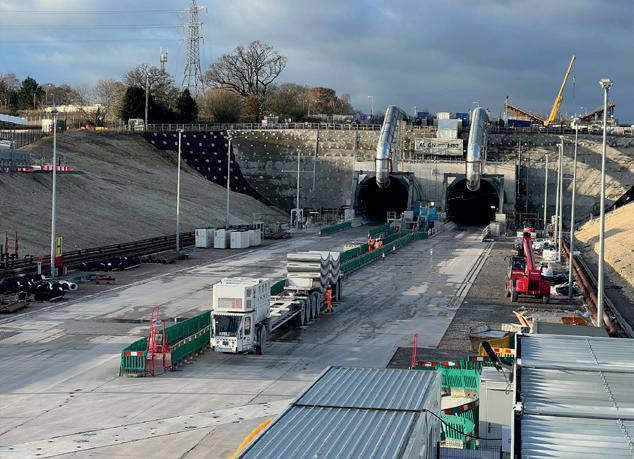
For us, our role in this transition process is to continue to act as brokers for the rail industry, offering our professional expertise and skills to ensure access to land needed can be granted promptly and in the most economically viable way.
That way, budgets can go further, with greater investment in innovation, rather than schemes being held to ransom during the early-stage land acquisition or access phases that are required to kick-start the programme.
It is an exciting time for the rail sector, and we look forward to playing our part in driving forwards better relationships between industry representatives and landowners to pave the way for some of the bigger, transformational schemes to really get off the ground.
ELEVATED THINKING, UNDERGROUND.
The experienced GZ experts provide consultancy and design services for all aspects of TBM tunnelling from launch to TBM reception. We assess the geotechnical conditions and the suitability of TBM types, design the lining systems and opening sets, specify TBMs and develop special means for special situations.
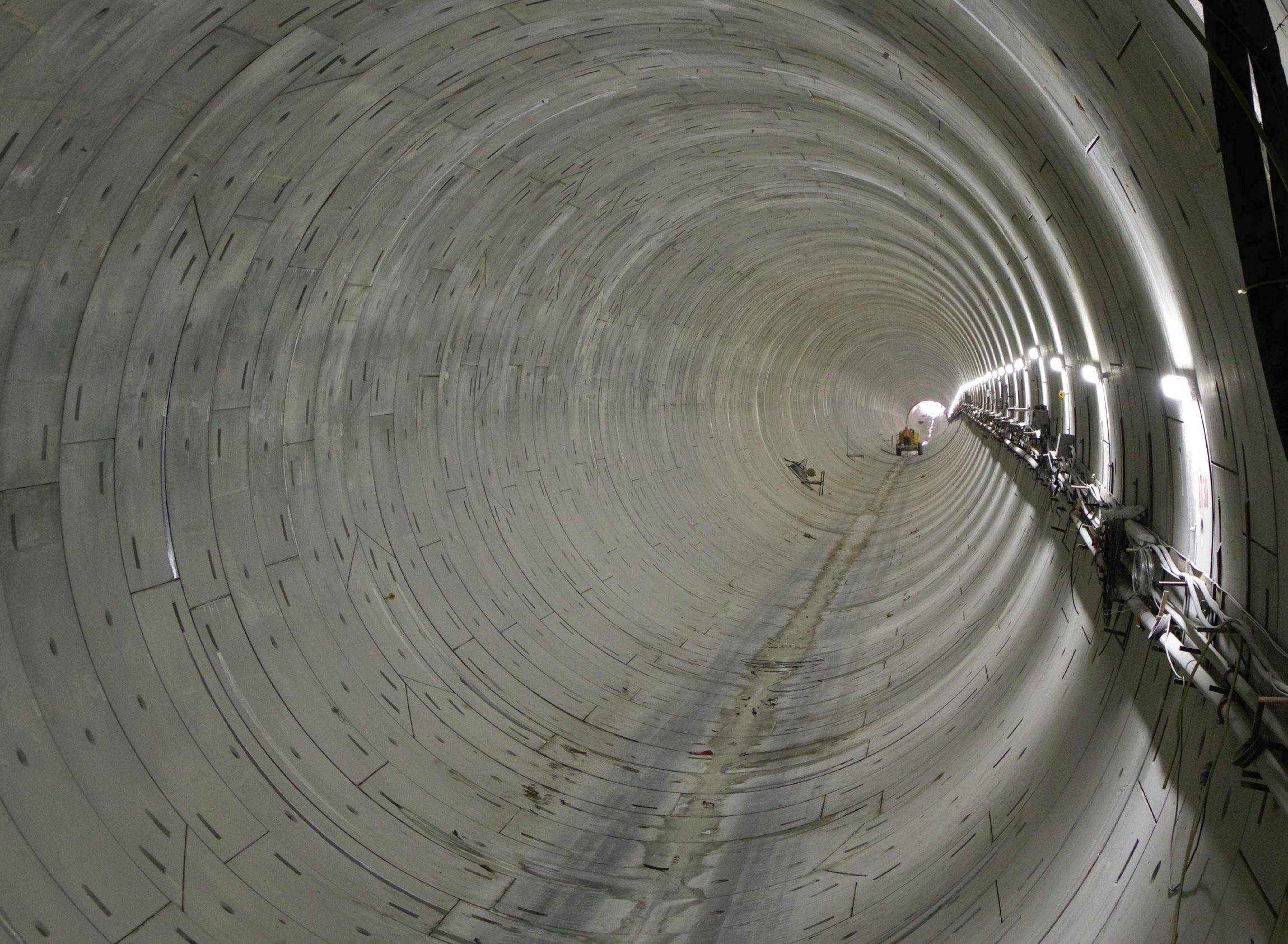
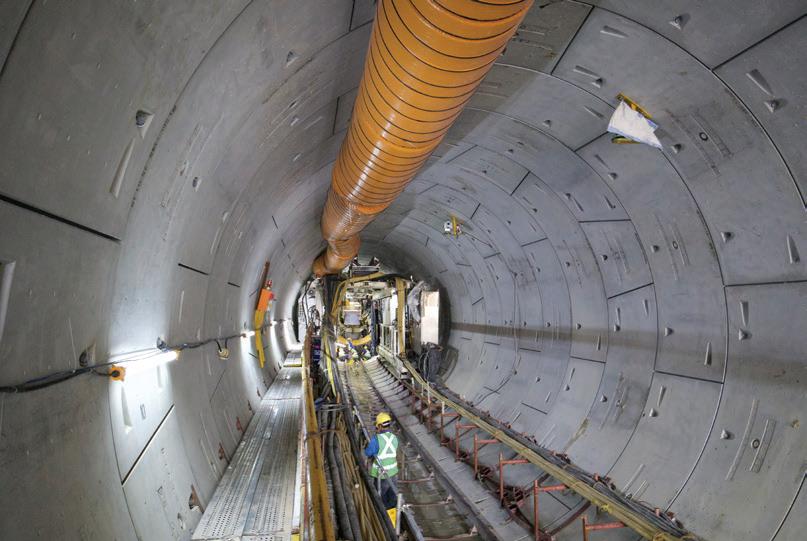
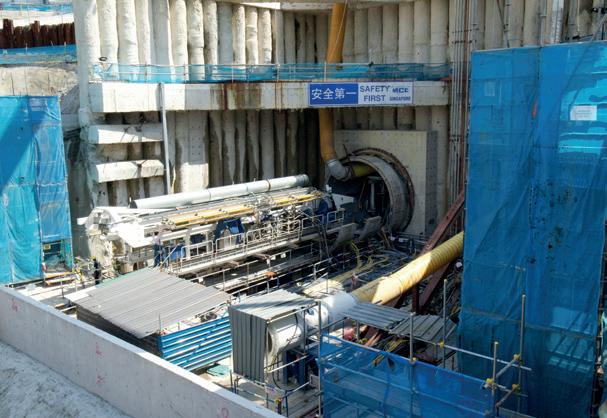
www.gzconsultants.com
London Washington DC New York San Francisco Toronto
Salzburg Santiago de Chile New Delhi Singapore VIEWPOINT
TBM Ad
Please visit us.
is key. Understanding and determining the different interests of landowners in different plots of land, be that lease arrangements or other rights over each, helps to unlock land for growth and catalyse infrastructure development.
Brookes MBE is Disability Rights UK Rail Policy Adviser

would indicate that the person using it needs extra assistance in accessing services.
It was quickly recognised that the lanyard potentially could have a big impact, and soon other companies and organisations were drawn to its value. As a result, it became available across a range of areas resulting in wider use.
The transfer of the scheme to rail was effectively started by LNER and in its first year the company handed out more than 10,000 Sunflower Lanyards.
Jam on my Lanyard
Disability Rights UK, Britain’s leading pan disability charity estimates there are over 14 million people in the UK who have a have a disability, with a high proportion of that number having hidden disabilities.
Disabled people can find travel difficult and for the many people with hidden disabilities, it can be an additionally challenging and demoralising experience using public transport when facing questions and potential hostility.
We are all aware that since Covid, travel demographics have changed significantly and the hope is that over the next few years stakeholders across the transport industry including TOC’s can make journeys more comfortable for many disabled customers by promoting basic access requirements including recognisable dedicated spaces and priority seating, better audio, visual support and information available on trains and at stations.
But until those days arrive there are many who will need added support and while there is no requirement for people to disclose their condition (and many don’t wish to) some simple identification of a disability can indicate that the individual might need a little extra help, patience, understanding and most essentially courtesy and kindness.
The problem with that aim is that finding a recognised visible solution is as complex as the varied conditions which are defined as a disability. And therein lies another issue, that of the lack of consistency of approach between operators and users as different styles of lanyards and a vast array of cards that exist.
Given that many see there needs to be a ‘card’ or lanyard to support disabled passengers, then surely it would be helpful if it was universally recognised across all transport sectors, whereas currently a person travelling with various operators and differing modes may need several types of cards and or lanyards but it is clear that there could be a cost benefit of only one style of card or lanyard being accepted across all sectors.
At best the JAM (Just a Minute) Cards allow people with a hidden disability or communication barrier to inform others that they need extra time and understanding in a private and easy way, but equally the Sunflower Lanyard, while less private, does have the same aim.
People often think that the Sunflower Lanyard scheme was a brainwave of some thoughtful person during the recent Covid pandemic, and it is true that many people did and still do wear lanyards to indicate that they can’t use a face covering on public transport for coronavirus health or disability related reasons, or to indicate that because of anxiety or vulnerability its wearing was not possible.
But that was not the original aim as the lanyard idea originated in 2016 at Gatwick Airport when it was seen that there wasn’t enough acceptance for some whose disabilities aren’t immediately obvious.
The impact of hidden disabilities on not only passengers but also staff who had a range of less obvious conditions makes working in the industry or for those travelling by plane that bit more difficult, or inaccessible altogether, and so as a result staff at Gatwick worked with national and local charities to design a lanyard, which
Importantly LNER also saw the need to train their station and train staff to become Sunflower Ambassadors who help customers with hidden disabilities. Among those who wear it are people with sight, hearing, or other sensory impairments, mental health conditions, age-related conditions, those with brain injuries, and those with chronic health conditions such as heart disease, IBS, chronic fatigue syndrome, autism, dementia, visual or hidden but nevertheless restricting impairments.
However, the scheme, while having been adopted by some companies has not been as universally recognised by all train and bus companies in the UK as it needs to be, and that is where things become a little unstuck. The result is that a person travelling by one train company to a station on a train needing to change to another company might well find that their lanyard or card isn’t instantly recognised.
The added problem is that during and since Covid the lanyard scheme and people wearing them came in for some abuse. The first free availability of lanyards suddenly saw a serious change in public attitudes ‘helped’ by the fact that certain ‘organisations’ to be found on the internet displayed adverts promoting ‘Face Covering Exemption PVC Card Sunflower Lanyards’ at up to £3.50 with no condition to their purchase.
So, what alternative is around? Well, what about the other style of disability identification – The Card.
Who is the JAM Card for?
The JAM Card allows people with a disability or communication barrier tell others they need ‘Just A Minute’ discreetly and easily.
I will cite the use of the card in Ireland where a standard approach is helpful in that Transport for Ireland alongside operators including Bus Éireann, Dublin Bus, GoAhead Ireland, Iarnród Éireann, TFI Local Link and Luas continue the journey to become JAM Card friendly. The Jam Card assists customers using all the modes of public transport system and helps make their experience as stress-free as possible.
There are some specific and easy messages on JAM cards:
1. Please be patient, I have autism.
2. Please be patient, I have a learning disability/difficulty.
3. Please be patient, I have a condition which affects my ability to travel.
35
VIEWPOINT
Stephen Brookes MBE, Disability Rights UK Rail Policy Adviser explores the effectiveness of or lanyards to support disabled passengers
Stephen
NEWS IN BRIEF




For those with a learning difficulty, autism or any condition where there can be a communication barrier, the JAM Card allows users to relay to others that they can benefit from a little extra time in a simple, effective non-verbal manner.
Lumo has revealed that it is 40 times greener to travel on its trains between Edinburgh and Glasgow than it is to fly – a significant increase from previous estimates of being six times greener. The 100 per cent electric rail operator which runs between Edinburgh and London along the East Coast Mainline has released statistics showing that it only releases 0.006 kg CO2e per passenger per kilometre, which is 40 times less than the 0.24587 kg CO2e per passenger per kilometre for air travel.
This follows the news that rail has overtaken air travel to become the preferred mode of transport between Edinburgh and London.
There is the option for those with access to Smart technology or users who would prefer not to use the physical card, a JAM Card app which is available for Android and iOS. The app allows you to choose your message option, leave reviews and find other JAM friendly businesses.
Importantly we do need to consider individuals who don’t wish to disclose their disability for whom there can be two principled objections to any form of identity card or lanyard.
First, some individuals feel they are being openly catalogued and a result demeaned or vilified simply for existing with a difference. Second, they don’t wish to be seen as sympathy inducing victims of an inaccessible society.
So, accepting that for some, independence is self-determination, for those who take another view that help would be an asset, there is a need to be considering a card or lanyard to enable a limited benefit – travel without hindrance.
At Disability Rights UK we actively acknowledge that not all people with disabilities, hidden or otherwise, need or want assistance. However, for those that do, wearing a sunflower lanyard discreetly or using a presentable JAM Card indicates to staff that help may be needed.
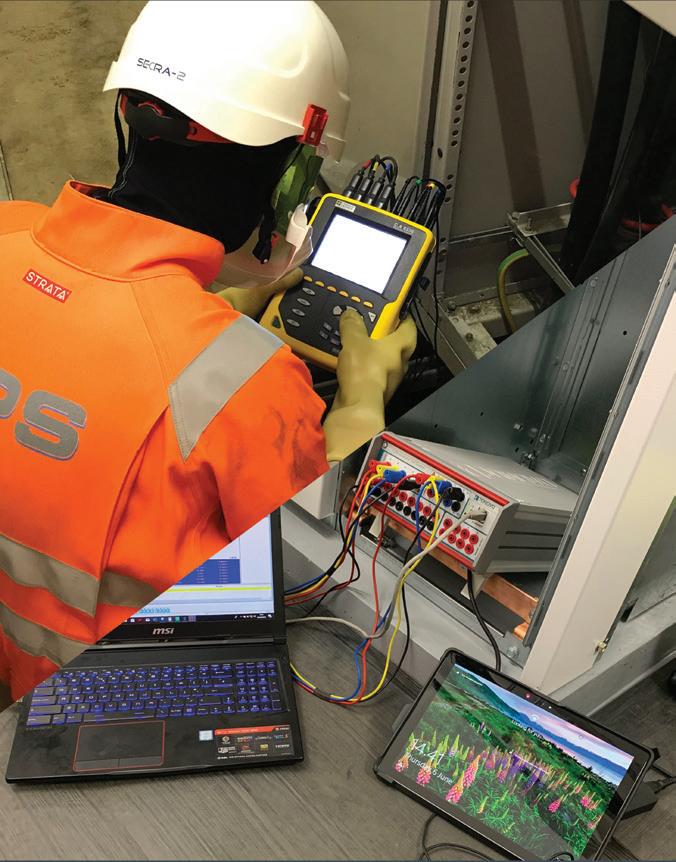
Whichever version is agreed the result encourages the person to ask for extra support, although in an ideal world they should not have to be wearing a lanyard or show your card to ask for this, but it does make it easier.
To use the lanyard or card should tell people about the type of assistance needed, for example, if the person needs some more time or explanation to understand something.
As Rail Policy Adviser at DRUK I know that the conclusion is that currently disabled people are themselves divided on and even confused about the use of either the lanyard and card scheme, so the result seems to suggest that there does need to be an appropriate use of a single style of lanyard or cards which would be identifiable across all modes of transport and to achieve this a redesign/restart lead by pan disabled people advising the industry would be the best plan.
36 VIEWPOINT
LUMO 40 TIMES GREENER THAN FLYING BETWEEN EDINBURGH AND LONDON
Enough is Enough
It’s completely inexcusable that communities in the North of England are having to experience such a dire level of service. Effective transport links are vitally important to all of us, not only in terms of getting from A to B, but in enabling access to jobs, education, health and leisure opportunities.
Millions of people in the North across the North rely entirely on public transport and are at real risk of further disadvantage if operators can’t sort out this mess. The rail recovery in the North has been consistently faster and stronger than elsewhere, a reflection of how rail remains at the heart of the North’s transport system.
However, the current situation on the North’s rail network is simply unacceptable. Daily cancellations, daily delays and daily misery for rail passengers is not only causing chaos but also costing local economies billions.
Services provided by the main operators Avanti West Coast (AWC), Northern and Transpennine Express (TPE) have been of a poor quality for far too long now. It’s completely inexcusable that communities in the North of England are having to experience such a dire level of service. It requires an urgent intervention as it's undermining businesses and holding back economic growth.
At present, one operator TPE, has two in every five trains not arriving on time and it’s becoming the new normal on a network with far too many trains being cancelled; and too many cancelled at short notice causing chaos for commuters and local communities.
In the middle of summer, 62 per cent of Northern services arrived on time and only 54 per cent of TPE services. Recent figures
available to TfN show there’s been little improvement with 64 per cent of Northern services arriving on time and only 57 per cent of TPE services. In July, only 60 per cent of Avanti (Euston to Manchester) services arrived on time, and despite moving to a one train per hour service in August, just 72 per cent of Avanti (Euston to Manchester) services arrived on time last month.
The problem is serious – there’s no doubt about it. Some of the problems facing TPE and Northern are due to driver training backlogs during the pandemic. The aftermath of the pandemic has also seen the government overmanage the system and companies are not getting flexibility they once had to deal with some these issues. Crucially, as the number of complaints skyrocket, economically, the region is being held back.
TfN is calling for a ‘Rail Academy of the North’ to be set up to fast-track the training of new drivers to help address the systemic problem and to further use the current devolved structures such as the Rail North Partnership Board (RNPB) by giving it the flexibility to work with the North’s train operators to solve the Rest Day Working issue while continuing to hold the operators to account for delivery.
The Rail Academy of the North could also be the first step for a more comprehensive approach to public transport skills including bus and tram drivers. Metro mayors in the North have jointly raised concerns about the ongoing disruption facing passengers and have called for TPE to be placed on a 'six-month probation period' before 'any suggestion' of the renewal of its contract next year. The current level of service is causing criticisms right across the political
NEWS IN BRIEF
GLOBAL CENTRE OF RAIL EXCELLENCE LAUNCHES MAJOR PRIVATE INVESTMENT OPPORTUNITY

The Global Centre of Rail Excellence (GCRE) has announced that it is inviting investors from across the world to take an equity stake in its business and support the next phase of the project’s development. With kick-start public funding already in place from both the Welsh and UK Governments, the project is due to start construction early in 2023 and will be fully operational in 2025.
spectrum. I’m sure the new Transport Secretary Mark Harper together with his team are aware of the frustrations and I hope they urgently convene a solution to this crisis.
Our country’s national railway is nearly 200 years old, and our rail network was born in the North of England with the very first railways and stations. The people who live and work in the North deserve a rail network that is fit for purpose. TfN remains committed to the long-term ambition of improving connectivity across the North that will help unlock its economy.
TfN is clear that building Northern Powerhouse Rail in full, including a new route via Bradford and improved northsouth connections east of the Pennines, is the best option to provide the solution to the capacity constraints on our rail network. It is an investment in the long-term economic, social and environmental future of the North.
The priority this autumn must be to keep the North moving through the coming months, provide confidence to commuters about reliability of services, ensure people can get to work, and to support our operators deliver punctual train services passengers across the region deserve.
37
Lord McLoughlin, Chair of Transport for the North explains why he believes the current situation on the North’s rail network is unacceptable
VIEWPOINT
Lord McLoughlin is Chair of Transport for the North
‘The aftermath of the pandemic has also seen the government overmanage the system’










38 ECOPACKAGING bolle-safety.com WORKING STEP BY STEP A GREENER AND BRIGHTER AVAILABLE WITH BL30 COBRA NESS+ RUSH+ SILEX SILEX+ SOLIS SUPERBLAST ULTIM8 30% LESS WASTE VEGETAL BASED INK 100% RECYCLABLE PACKAGING OF PLASTIC
by Alexandra Herdman
Carrying the Load
Herdman, Senior Policy Manager at Logistics UK explores the challenges around moving freight away from HGVs

As the country continues to decarbonise and move towards a net-zero future, businesses are encouraged to make the modal shift to rail, where possible, in order to reduce carbon emissions and keep the supply chain moving. Government actively supports this through its Mode Shift Revenue Support (MSRS) grant, which provides funding to companies who are looking to make the switch from road to rail or water. Achieving net-zero greenhouse gas emissions by 2050 is a significant step towards facilitating rail growth and presents a real potential for more sustainable freight.
Rail freight is an integral part of our supply chains as it allows retailers and businesses to deliver goods, at a competitive price, on a reliable service overnight which is imperative for customers such as airports and power stations that need a regular supply of fuels. There are many benefits to moving goods via rail, especially bulk and aggregates. Rail freight holds many social and environmental benefits. Having a higher payload compared to an HGV, each freight train can do the job of up to 76 HGVs and reduce emissions by as much as 76 per cent. Use of rail freight can therefore cut down on the number of vans and lorries on our busy roads reducing traffic congestion, in turn improving local air quality.
The demand for rail freight is noticeably higher in large cities including London due to the high volume of materials required, such as cement and aggregates, to support the development of housing, business facilities and major infrastructure projects. The congested roads and emissions legislation within London make rail a sensible alternative for bulk handling; according to Network Rail, 40 per cent of all aggregates used in London are delivered by rail. The London Plan, released by the Greater London Authority in 2021 notes a
target of building approximately 52,000 new homes annually in London, for the next ten years. This target is an increase on previous levels and is a good opportunity for rail freight growth. However, as Network Rail’s 2021 London Rail Freight Strategy Report (LRFSR) suggests, there are some challenges, which – in the view of Logistics UK – must be addressed to maximise growth potential.
Greater London boasts approximately 30 active rail freight terminals, however, there are a number of track infrastructure challenges when transporting bulk materials. Currently, Heavy Axle Weight restrictions limit the movement of heavier trains across the network, resulting in blanket speed restrictions of 20mph in some areas. This creates significant capacity challenges, with London routes traditionally very busy. As a result, a number of targeted structures have been identified to allow for strengthening of the route. It is vital that once updated, these are maintained; rail structures have been in use since the nineteenth century and Logistics UK welcomes the LRFSR’s call for ongoing maintenance funding. Freight trains are constrained by structures such as tunnels and platforms and Logistics UK is encouraged to see the need for several gauge enhancements highlighted in the LRFSR.
Rail is also being utilised when transporting bulk goods for the construction

Logistics UK is one of the UK’s leading business groups, representing logistics businesses which are vital to keeping the UK trading, and more than seven million people directly employed in the making, selling and moving of goods. With COVID-19, Brexit, new technology and other disruptive forces driving change in the way goods move across borders and through the supply chain, logistics has never been more important to UK plc. Logistics UK supports, shapes and stands up for safe and efficient logistics, and is the only business group which represents the whole industry, with members from the road, rail, sea and air industries, as well as the buyers of freight services such as retailers and manufacturers whose businesses depend on the efficient movement of goods. For more information about the organisation and its work, including its ground-breaking research into the impacts of Covid-19 on the whole supply chain, please visit logistics.org.uk.
of HS2; a government project aimed at building a high-speed railway linking London to the Midlands and the North of England. Across the project, HS2 estimates that it will use around 15,000 freight trains to haul ten million tonnes of aggregate, equivalent to 1.5 million HGVs.
Overall, Logistics UK wants to see more freight moved by rail, but this will depend on enhancing network capacity and capability for freight. Rail freight is better for the environment and congestion and a key component of the London freight system – supporting both construction and retail. Transport for London’s Transport Strategy published in 2018 committed to improve the efficiency of freight and servicing trips on London’s strategic transport network by identifying opportunities for moving freight on to the rail network, increasing the proportion of freight moved on London’s waterways and reviewing the potential benefits of a regional freight consolidation and distribution network and completing the network of construction consolidation centres in London. Network Rail’s strategy identifies potential enhancement projects to support these goals. Logistics UK stands ready to work with TfL and Network Rail to turn this strategy into a delivery plan. Together we can help prioritise and build the business cases for these projects in order to ensure London’s transport network can deliver on zero carbon, air quality and congestion goals optimising the London freight network.
39 VIEWPOINT
Alexandra
DELIVERING THE GOODS
‘each freight train can do the job of up to 76 HGVs and reduce emissions by as much as 76 per cent’



40
Dr Morse is a Member of the Chartered Institution of Railway Operators, as well as a co-opted member of the IOSH Railway Group and is RSSB’s Operational Feedback Lead. His book on the Clapham accident and its context will be published by Pen & Sword later this year. The views expressed in this article are his own.

Brevity is the Soul of Wit.
Or is it?
A word (or two) from Greg Morse, co-opted member of the IOSH Railway Group. Like Polonius, he will be brief
Iwon’t take up too much of your time. Not because I don’t need to, but because it’s what you want. Apparently. The truth is that there’s a great belief, in our industry (in others too) that brevity is best. Just give me half a page. How often have you heard that? Sometimes, half a page is really all you need to get a clear message across with the minimum of fuss. No point going off on unnecessary tangents. Tangent? That’s an interesting word, isn’t it? Sounds like a fizzy orange drink, a dance or something to do with David Dickinson. Tangent… tanned gent…
You see how annoying it can be when extraneous information finds its way into a narrative? And you can see the need to cut it out when the nub of a problem or issue is needed fast. Sometimes people write too much description, do too much scene-setting or sketching before the information is handed over. ‘Read over your compositions’ wrote Samuel Johnson, ‘and wherever you meet with a passage which you think is particularly fine, strike it out.’
Wise words, and ones former Prime Minister James Callaghan echoed to his cabinet back in 1977. In response, Anthony Wedgewood Benn – who had abbreviated himself to Tony Benn by this time – wrote: ‘PM. BREVITY. OK. AWB’.
Cue wry smiles all round. And I daresay it worked – as all such edicts do – until someone decided they needed to vent their loquacity with superfluous circumlocution. Which is how it usually happens. And then someone else does the same, and someone else, and…But of course there is another side to all this.
Drilling down to detail
On 4 March 1989, a passenger train passed a signal at danger and struck another that was crossing from the slow line to the fast at Purley. Five people were tragically killed and 88 were injured. On the face of it, you might put the accident down to the driver, Robert Morgan. And that’s exactly what the courts did: Morgan pleaded guilty to manslaughter and was sentenced to twelve months in prison plus six months suspended (although this was reduced to four months on appeal). Twelve months, six months, four. Small numbers that take a lot of life, and a lot of living through. The trouble was the court didn’t have all the information. The investigation report – all 35 pages of it, small font in full effect – had more detail.
Take the signal Morgan had passed –T168, which had been installed in 1984. The investigation noted that, while drivers had slightly longer to see it while in motion than the seven seconds considered acceptable for a 90mph line, the sighting at T168 was ‘poor’, the signal being obscured by the station buildings at Purley as trains approached. The investigation also noted that, while the signal in rear of T168, T178, had a sighting distance ‘considerably better than the minimum requirement’, it may have caused drivers to ‘relax … concentration, not control the speed of the train properly and then find (themselves) surprised by the short sighting distance of (T168)’. But there was more.
T168 had been passed at danger four times before the accident. One incident had involved a brake failure, but at least two of the other three had been ‘Purleys in the making’, SPADs in which drivers had
NEWS IN BRIEF
GB RAILFREIGHT ANNOUNCES MAJOR NEW INVESTMENT IN PETERBOROUGH
GB Railfreight (GBRf) has confirmed that it is investing £4.7 million into a new maintenance depot in Peterborough next to the East Coast Mainline. Starting in December, the project, being built by Cairn Cross Engineering will create c.60 jobs during construction and a further 20 permanent jobs when the project completes next summer. This continues GBRf’s sustained investment in Eastern England following construction of its new £3 million Peterborough HQ last year.
continued despite having received prior Automatic Warning System (AWS) alerts.
The sighting question and the number of times T168 had been passed at danger was accepted by the court in 2007 and Morgan’s conviction was overturned. The incident occurred in 1989. Nothing very brief about that timespan, but Morgan’s lifespan sadly was: he would live with his good name restored for just two more years.
I remember talking to a former safety director about the inquiry report into the Nimrod disaster of 2006. When the review of the accident – led by Charles HaddonCave QC – was published, it came out at over 550 pages. The director said ‘look, he’s shown us all his workings’. And he had – if you knew nothing about safety, or where various safety concepts came from, you could find it in Haddon-Cave. I ended up pulling out the salient points onto one page of A4. But then, I was looking for more general lessons that the rail industry might find useful.
My brief would have been woefully inadequate for anyone involved in aviation.
Some briefs are short. Some need to be longer – we deal with complicated concepts, and they cannot always be usefully explained on half a page. Vital detail could be missed. That was evident in the Purley case. Yet Haddon-Cave will be required reading for some in a way that something shorter could never be. So it’s not really about brevity at all. It’s about balance.
The investigation report on the Purley accident may be found on www.railwaysarchive.co.uk
41 VIEWPOINT

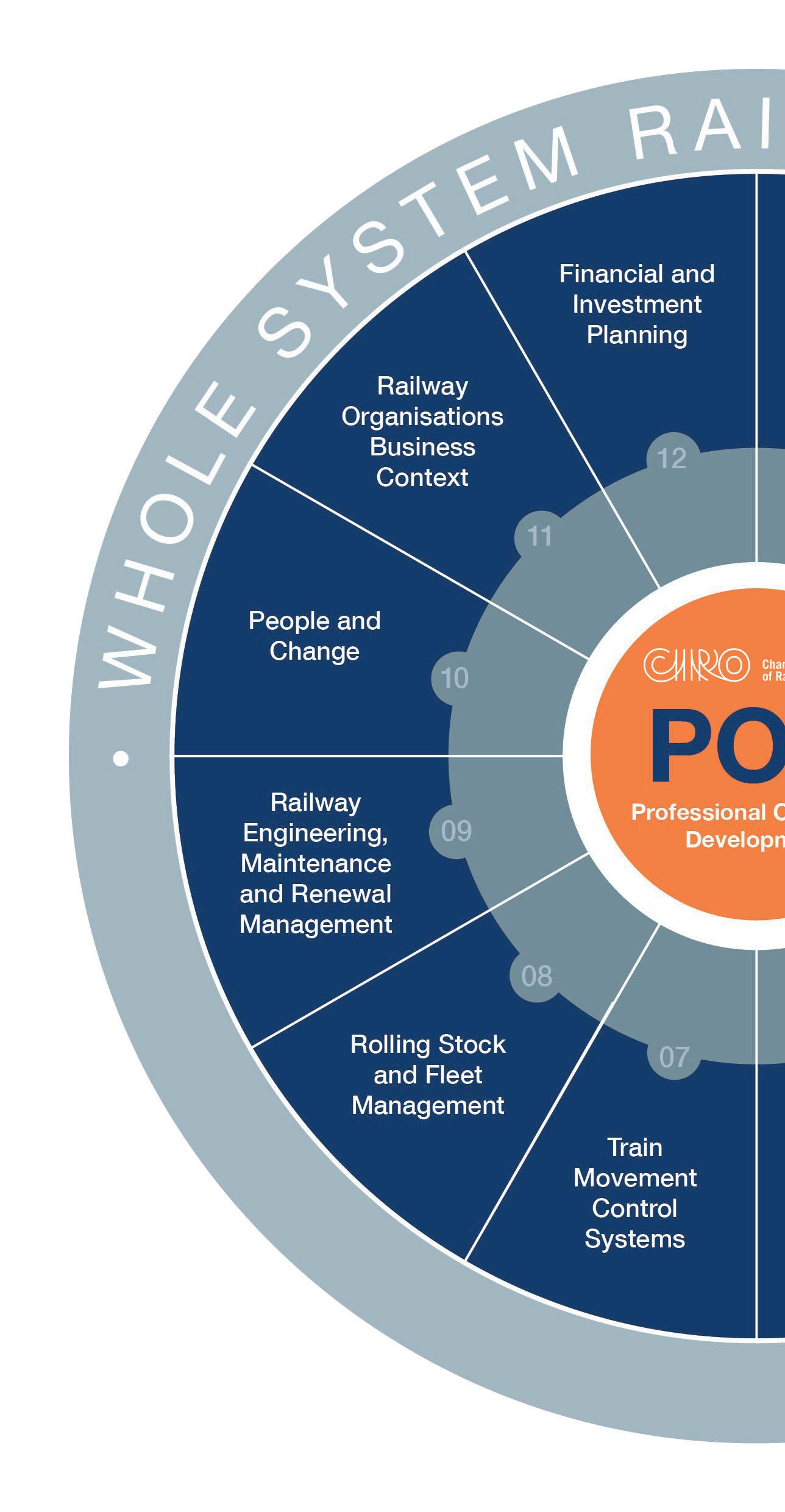


42 » Join a professional network of 11,000 like-minded members » Gain professional affiliation and recognition within the industry » Get a mentor who will support your development » Have access to professional expertise, professional development opportunities and industry endorsed qualifications. » Use your profession’s CPD tool - POD » Access a library of Webinars CIRO Membership entitles you to a host of valuable benefits: As a member you also have access to a wide range of academic qualifications, short courses and CPD schemes to help your professional development. All to join for... www.ciro.org Have you Registered as a CIRO Member Yet? membership@railwayoperators.co.uk Scan here and select your company from the list of corporate members.
Training is Key to Weathering HR
New research amongst HR managers and ‘deskless’ workers, including those in the UK rail industry, has revealed that 86 per cent of HR heads and 69 per cent of employees believe their employer’s training provisions could be improved.
Our research reveals that HR heads, including those within the rail sector, are conscious of the importance of upskilling, with 97 per cent agreeing that training and development is vital to their company’s future success. Employers also acknowledge the impact that effective training can have on business performance, efficiency, and increasing staff retention and satisfaction.
Despite this, businesses continue to underestimate the extent of the current training crisis. Whilst the majority acknowledge that their training programmes could be improved, 85 per cent of HR heads
maintain that their company does offer comprehensive training to all employees. A significant proportion of deskless workers disagree. In fact, 58 per cent of transport workers believe their employer’s approach to training is limited or inconsistent.
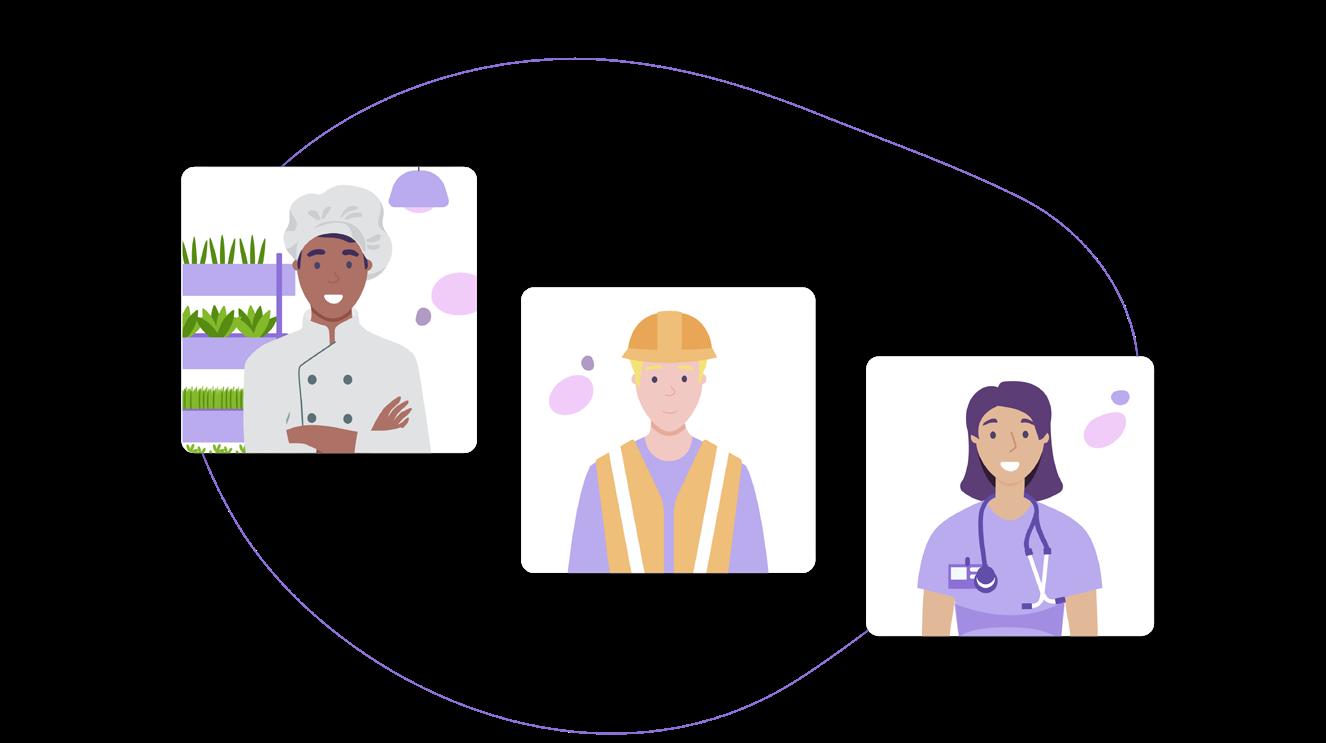
We know anecdotally that this challenge has been amplified by the pandemic, and the data proves this. Almost half of HR managers and deskless workers claim that COVID-19 worsened the training provisions available to employees. This couldn’t have come at a worse time, given that the majority of HR managers and deskless workers think the need for training and development has increased in the last five years.
Workers’ demands

To add to this challenge, workers’ demands are changing, with many employees increasingly prioritising ‘softer’ benefits
over salary. In fact, our research found that transport workers now rank upskilling opportunities in the top five most important workplace benefits. Plus, over two-thirds stated that the training and development opportunities offered by their employer has a strong influence on their loyalty to the business. This is a more significant metric than ever before given the ongoing HR challenges and skills shortages facing part of the rail sector.
The report also explores how workers want the upskilling they are demanding to be delivered. The majority (74 per cent) prefer their training delivered via face-toface or hybrid (a mixture of face-to-face and online) methods. Online training in isolation was found to be the least popular (twelve per cent) amongst staff. This is logical, given that roles like drivers, guards, and network and rolling stock maintenance personnel are practical and hands-on and therefore best demonstrated and practiced by doing, not by studying theory. Yet, many transport businesses continue to treat learning and development as a tick-box exercise, offering ineffective, unengaging e-learning which has no proven long-term learning benefits.
What does this mean for employers?

The research proves that the world of work has changed and workers’ priorities have shifted irreversibly. Training and development is playing an increasingly important role in employee satisfaction and it needs to be delivered in a way that works for them. If it isn’t, employees are willing to leave and seek work in other industries.
So, whilst training is often the first thing to be cut whilst budgets and resource is tight, employers in the rail industry simply cannot afford to take this risk. Instead, businesses must acknowledge the wants and needs of the modern worker and invest in upskilling strategies. If done well, this will be invaluable in helping businesses counter the ongoing strike threats and talent shortages by re-engaging existing employees, attracting new talent and onboarding new starters effectively.
To find out more about the research, download your free copy of The Demands of the Deskless Worker report.
43 VIEWPOINT
Rob Bright, CEO and Founder of Cloud Assess explains why effective training and development is crucial to engaging existing and prospective employees during a turbulent time for the rail industry
Rob Bright is CEO and Founder of Cloud Assess
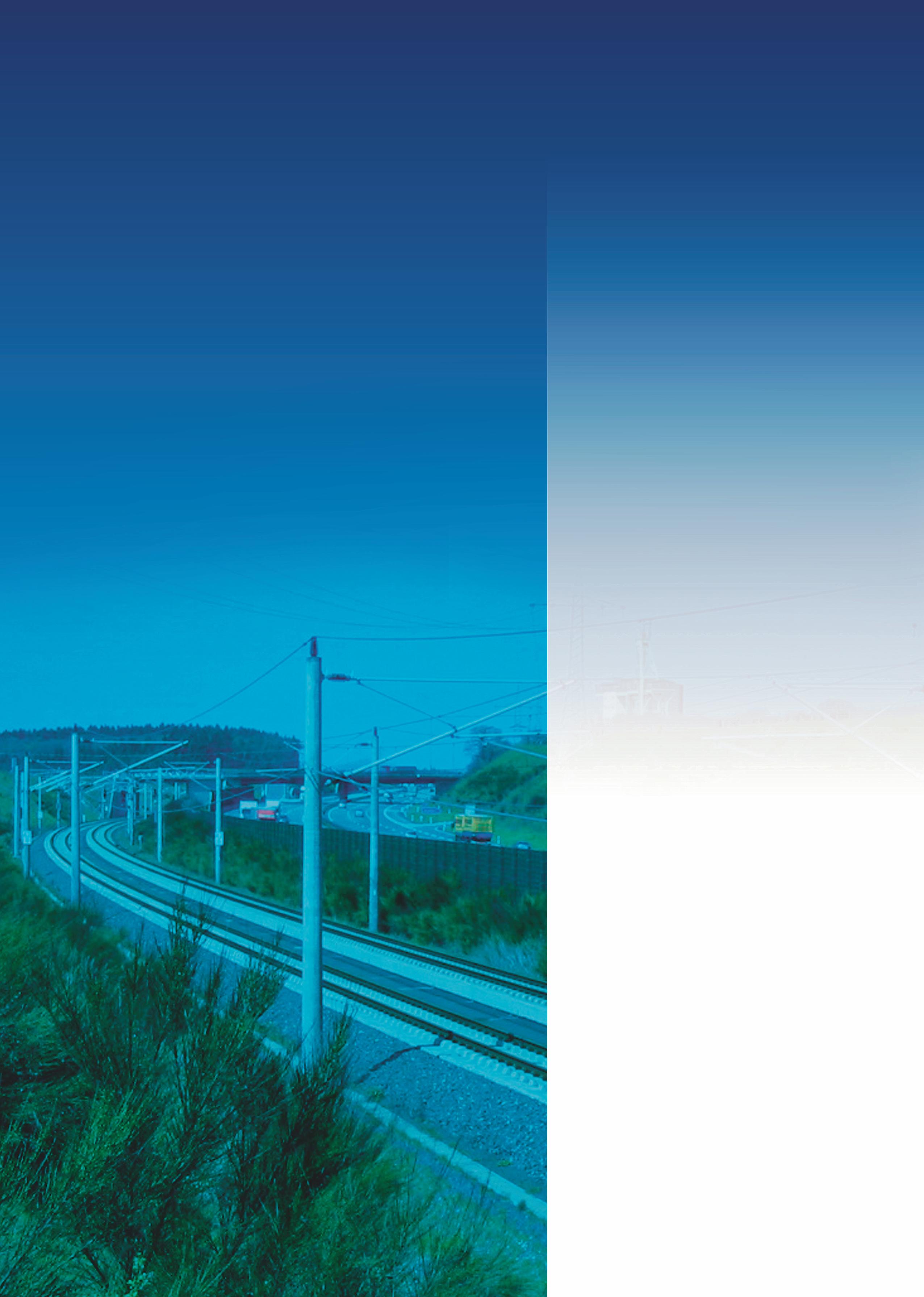
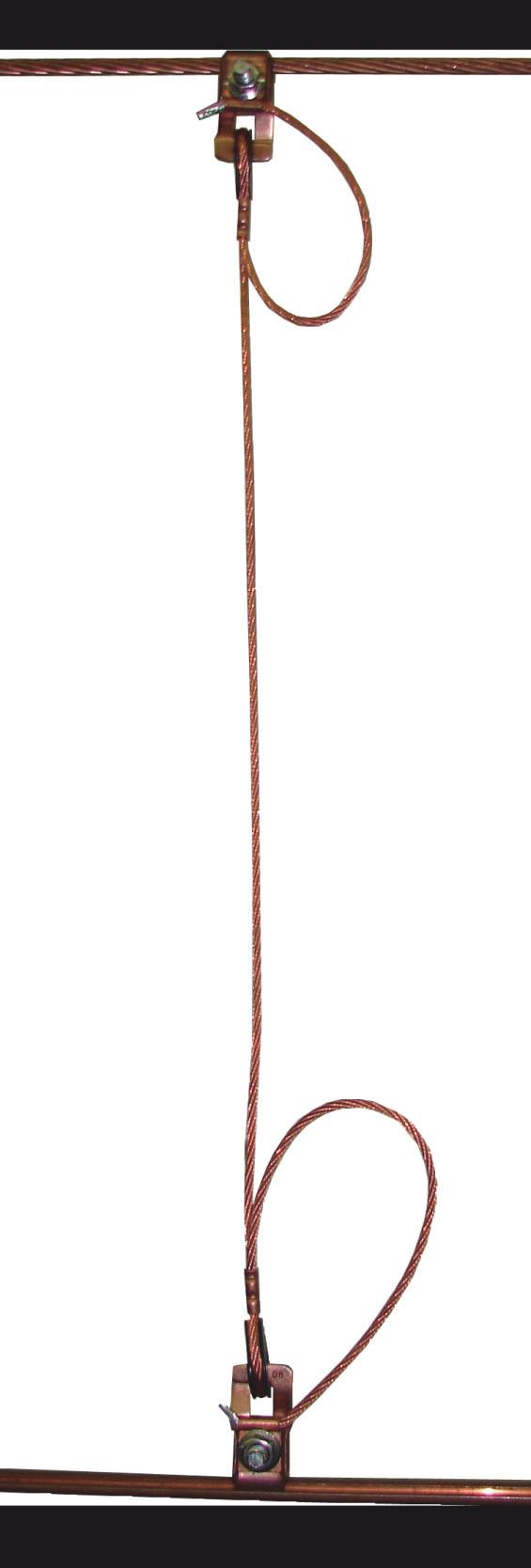 Sabin is Managing Director of Biotecture
Sabin is Managing Director of Biotecture

Improving Air Quality through Living Walls
Richard Sabin, Managing Director of Biotecture explains why stations such as Edinburgh Waverley, Birmingham New Street, Southampton and others in the South West, are all choosing to install living walls
Although rail remains one of the most environmentally friendly modes of travel, there is still a great deal of room to improve its green credentials, both on and off the train. Studies have shown that the air quality inside enclosed train stations is of particular concern, especially when idling diesel trains are present.
In 2021, the Stations Air Quality Monitoring Network (AQMN), launched a new programme, funded by the Department for Transport, to measure and monitor air quality at train stations across England and Wales.
Some UK rail operators are already responding to the air quality challenge, taking innovative new approaches to station interiors in a bid to promote rail as a more sustainable form of transport.
As a society, we typically spend around 80 to 90 per cent of our time indoors, in ‘unnatural’ environments. There is
overwhelming evidence of the value of adding plants and living walls to our indoor spaces, from offices and hospitals to shopping malls and stations.
Cleaner air
Measurable Indoor Air Quality (IAQ) is a key indicator of the health and wellbeing of our indoor spaces. There is considerable scientific evidence regarding the ability of plants to remove significant quantities of volatile organic compounds (VOCs) from the air. In fact, plants can reduce CO2 levels in indoor spaces by as much as 25 per cent.
Indoor living walls offer the opportunity to put large quantities of toxin-cleaning plants into stations without taking up valuable floor space. Because they produce their own fresh air, well-designed living walls can also save on energy consumption and ventilation costs by reducing the number of required air changes per hour.
Passenger wellbeing
The addition of living walls can boost passenger wellbeing in a number of ways. Cleaner air, for example, could mean fewer headaches, and being surrounded by plants is of course good for our mental health.
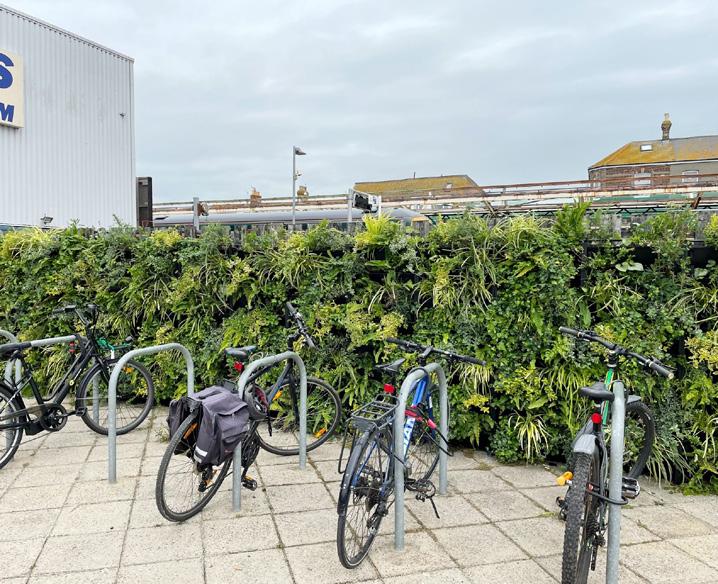
Introducing greenery into the station environment makes passengers’ surroundings more aesthetically pleasing and relaxing, encouraging more people onto the rail network and enhancing customer satisfaction.
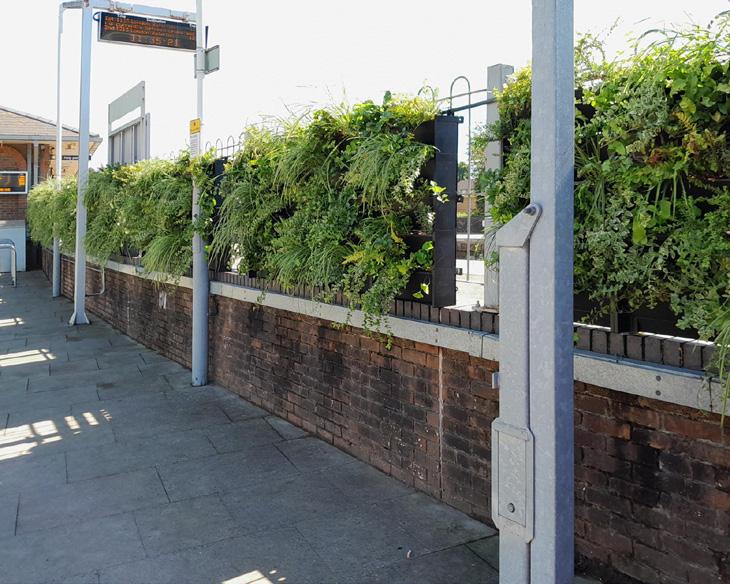
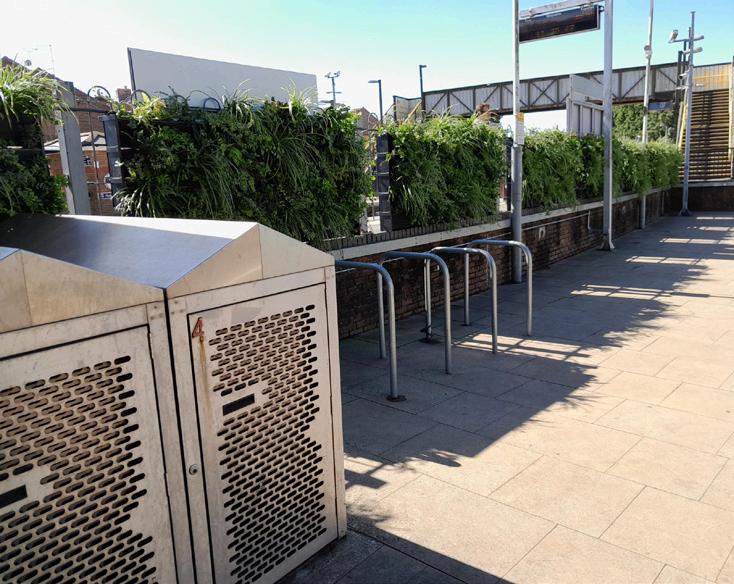
Living walls can also reduce noise within the station by absorbing, diffracting, and reflecting sound. This works best in ‘acoustically live’ spaces, such as stations with hard surfaces like marble walls, exposed concrete and stone floors. Improving acoustics and reducing noise within the station will in turn reduce stress levels for commuters.
Workplace satisfaction
Studies have shown that when people can see plants while they carry out their work, productivity, concentration, and creativity all increase. Echo Research reported that employees said they’d feel 62 per cent more motivated if their employers made more of an effort to improve their surroundings, and that they would be 30 per cent more productive as a result. Factors such as natural light, good ventilation and greenery were found to be the most important factors for workplace satisfaction.
In 2014, the British Council for Offices found that 45 per cent of workers said that they would change their job for another one if the working environment was better; even if their role, salary and benefits were to stay the same.
A pleasant and relaxing environment at Edinburgh Waverley
The city of Edinburgh has committed to ‘net zero’ emissions by 2030. To achieve this, they must reduce the emissions they generate and make sure that they remove the same amount of greenhouse gases as the city produces.
To help announce these ambitions and set out Edinburgh’s goal of being one of the greenest cities in the UK, we were commissioned to install two living walls at Waverley station.
45 VIEWPOINT
Richard
As one of the UK’s busiest train stations, Waverley welcomes around 23 million passengers each year, so it was vital that the
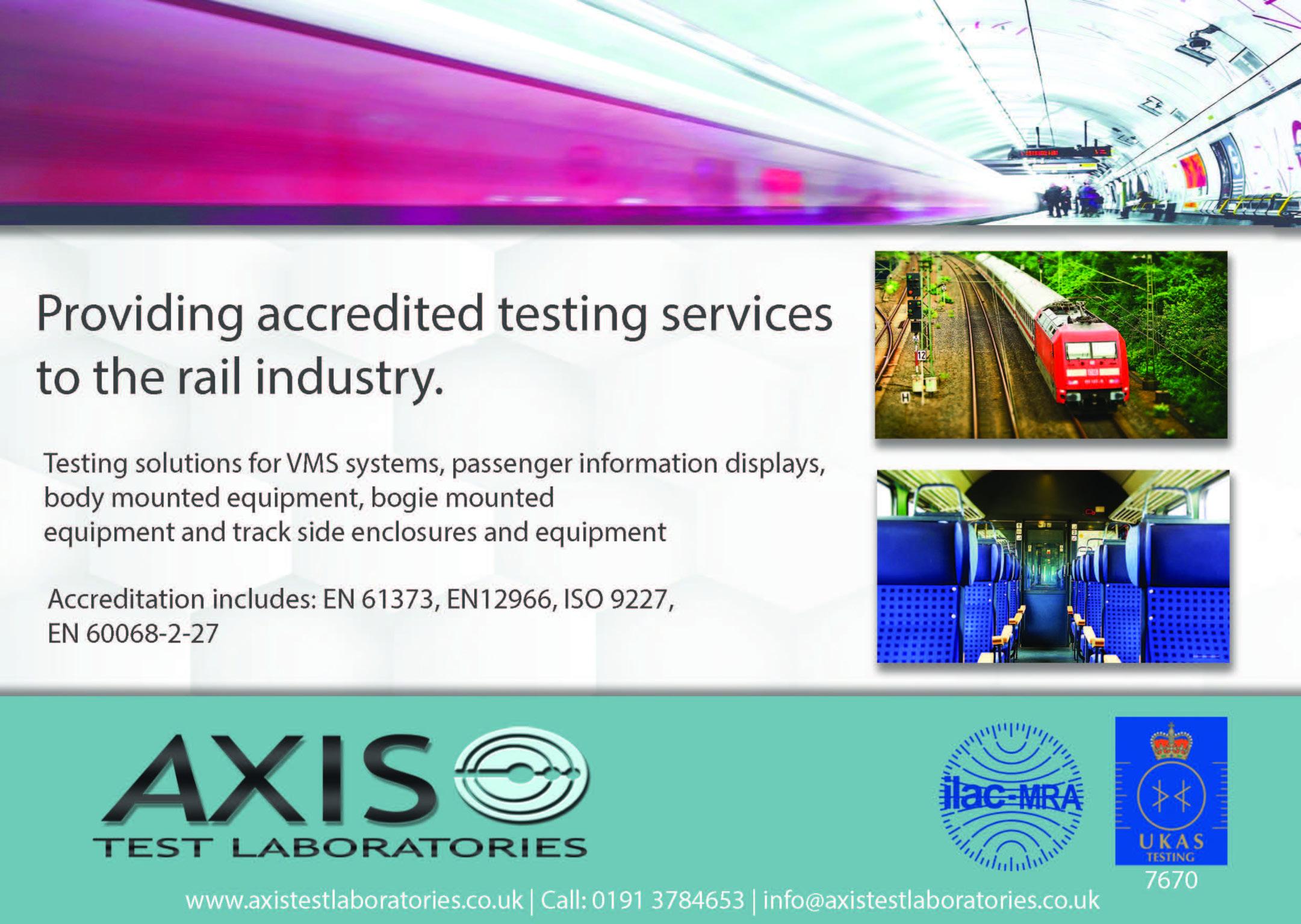
installation didn’t take up any valuable floor space. It also had to be completed within a short timeframe, ready for the forthcoming Edinburgh Festival, and with minimal disruption to commuters.
Our installation team rose to these challenges, using 227 PlantBox troughs and over 1,000 plants to create two impressive internal living wall installations on the side of the main escalator and stairs.
Manufactured in the UK from 100 per cent recycled materials, the freestanding, stackable and modular PlantBox system creates a striking focal point for commuters. Because the system is loadbearing, it only requires restraint fixings and doesn’t need structural approval.
Each PlantBox trough has a 1.8-litre water reservoir and capillary felt that enables plants to draw up water when they need it. The facilities management team at Waverley liked the fact that the living wall system incorporates a cascading overflow that allows the walls to be watered easily, avoiding overwatering, water wastage and the need for complicated irrigation.
Enriching the public realm
The living walls at Waverley Station create a wonderfully positive impression, breathing
life into previously bare spaces, enriching the public realm and creating a pleasant and relaxing environment for commuters and visitors.
Importantly, they also help to improve air quality, increase biodiversity and provide all the health and wellbeing benefits that people get from being close to nature.
Edinburgh Waverley is a great example of how living walls can make a huge statement about a city’s commitment to sustainability, whilst making an even bigger difference to the health and wellbeing of the people who use the station.

We were thrilled to be able to make such a positive and lasting impact through our living walls, and we’re delighted that Edinburgh Waverley is not alone in adopting them. For example, the 77-metre-long living wall on the link bridge at New Street Station in Birmingham, welcomes travellers from all over the country to the centre of the city. Our living wall, with its 16,600 plants, creates a pleasant promenade of calming, green infrastructure within the built urban environment.
For more information on Biotecture’s living walls, including more examples of how they are being used to transform urban spaces, visit www.biotecture.uk.com.
46 VIEWPOINT
Procuring Passenger Services Contracts
Partner Paul Thwaite and Of Counsel Alina Neal of Law Firm Stephenson Harwood consider the issues that arise when a bidder for a public contract wants to challenge the scores awarded by the procuring authority


The UK Government's intention under the Williams-Shapps Plan is that competition for the new ‘Passenger Service Contracts’ will be greater than it was for the previous franchise arrangements, and also that Great British Railways will compete all contracts that it procures.
As the procuring authority and bidding parties navigate their way through this new industry structure, new forms of contract and potential increase in the number of contracts being let, it is likely that there will be an increase in the number of rail related procurement disputes seen in recent years. Whilst the legislation to establish Great British Railways is not being progressed in this Parliament, the consultation on the draft legislation made clear that the Government wants to reduce the time-period for challenge of awards of contracts, meaning it will be important for bidders to act quickly.
Against this background, we consider the issues that arise when a bidder for a public contract wants to challenge the scores awarded by the procuring authority, explore recent updates to public procurement law and set out our top tips for parties on the brink of, or involved in, rail related procurement disputes.
Notification of the award
A position many bidders face after investing great amounts of time, money and effort in preparing a tender with a team of bidding specialists, is receiving a notification via the e-portal of a public contract award that they have not won the contract or been moved on to the next stage in the competition. The
contract is worth many millions of pounds and the losing party believed it had a good chance of winning based on its track record and experience in the industry, which it considers should place it ahead of the pack and the winner. Often, the bidding party has won similar contracts against the same competitors in similar competitions.
After a close review of the notification and a careful assessment of the scoring summary, it appears that you lost out because you received low scores in categories where you usually score well, or the winning bidder's scores seem too high to withstand proper scrutiny. Something is not right, but what can a losing party do about it?
Act quickly
Public procurement disputes have a very short timeframe in which legal proceedings can be brought by an unsuccessful bidder against the procuring authority. The bidder has just 30 days from the date it first knew – or ought to have known – that there were grounds for a challenge to the procurement decision. If proceedings are not started within this period, they cannot be brought at a later date.
In order for unsuccessful bidders to assess the outcome of the procurement and to give them time to decide whether they have grounds to challenge the authority's decision before the contract is signed, there is a 'standstill period' of at least ten days following the decision notice by the authority. During this standstill period, the authority is unable to enter into the contract with the winning bidder. This is crucial for the challenger, as the remedies that will be available to it if it succeeds in challenging
the contract award will depend on whether the contract has been entered into.
If court proceedings are commenced before the contract has been signed, the procurement process is automatically suspended until the proceedings have ended. This means that the authority is not allowed to sign the contract, even after the original standstill period has expired.
Whilst the courts have shown a general willingness to grant applications made by authorities to lift the automatic suspension, each application will be determined by the court on its individual facts and after consideration of where the ‘balance of convenience’ lies. In Bombardier Transportation UK Ltd v Hitachi Rail Europe Ltd & Ors [2018] EWHC 2926 (TCC), the court granted the authority's application to lift the automatic suspension. In this case, the court considered that delaying the contract would likely cause disruption to Piccadilly line tube services and that the public interest lay with replacing the existing fleet of trains as soon as possible, and therefore the balance of convenience lay with lifting the stay.
In some circumstances, the courts have been prepared to order an expedited trial (within two to three months of the commencement of legal proceedings) and the maintenance of the suspension pending determination of the trial. For example, in the recent case of Draeger Safety UK Ltd v The London Fire Commissioner [2021] EWHC 2221 (TCC) the court considered that, because an expedited trial could be accommodated in the court diary, the automatic suspension should remain in place. However, the converse decision was reached in Kellogg Brown & Root Ltd v Mayor's Office for Policing and Crime and another [2021] EWHC 3321 (TCC) where the court lifted the automatic suspension and did not consider that (as part of the balancing exercise) an expedited trial weighed in favour of maintaining the suspension.
47
Paul Thwaite is Partner and Alina Neal is Of Counsel at Law Firm Stephenson Harwood
VIEWPOINT
‘legislation (for Great British Railways) made clear the consultation on the draft legislation made clear that the Government wants to reduce the timeperiod for challenge of awards of contracts, meaning it will be important for bidders to act quickly’
Possible remedies
If the contract has not been signed, the challenger can seek damages or an order setting aside the award decision. The calculation of the damages is based on the loss of profit the unsuccessful bidder suffered from losing the contract.
If the contract has already been entered into the challenger can still claim damages but cannot seek to set aside the contract award. However, the challenger can sometimes seek a declaration of ineffectiveness which means that any part of the contract not already performed will be cancelled. A declaration can be obtained where the contract was awarded by the authority without publishing a valid contract notice or where the contract was entered into in breach of the standstill period, automatic suspension, or an order of the court.
The remedies available to a bidder depend on in what stage of the procurement the challenge arises. For example, if a bidder has been eliminated at the pre-qualification stage of the tender, damages are unlikely to be a satisfactory remedy as the bidder has lost the chance to submit a bid for the contract, rather than lost out on the contract itself. For pre-qualification stage claims, the remedy of being readmitted to the process should be preserved. In these circumstances an expedited trial is often ordered by the court, so that the claim can be resolved prior to the submission of tenders.
Re-scoring bids
In some cases, the courts have shown a willingness to undertake the process of rescoring bids itself. In Energysolutions EU Ltd v Nuclear Decommissioning Authority [2016] EWHC 1988 (TCC) the judge carried out a detailed re-scoring exercise after finding that manifest errors had occurred in the procurement. The result of the exercise was that an unsuccessful bidder was determined to have submitted the most economically advantageous tender. The judge also found that the bidder that entered into the contract should have been disqualified from the process. In this case damages were awarded.
In Woods Building Services v Milton Keynes Council [2015] EWHC 2011 (TCC), the judge corrected various scores where manifest errors were found to have occurred. The judge's corrections to the scores meant that the claimant's bid outscored the winning bidder's bid. The court set aside the award decision, amended the authority's records to reflect the judge's version of the scores, and ruled that the challenger was also entitled to damages.
However, in Lancashire Care NHS Foundation Trust v Lancashire County Council [2018] EWHC 1589 (TCC) the court held that it was unable to undertake a re-scoring exercise. A distinguishing feature of the Lancashire Care case was the lack of reasoning provided by the authority for the scores it had given to the bids. If the authority had provided cogent
TIPS FOR UNSUCCESSFUL BIDDERS
If you are considering making a claim:
a. Carefully scrutinise the award notice and any other information provided about the decision at debrief and consider whether you might have a claim. At this stage, it can be useful to ask an independent third party to objectively consider how it would expect your bid to have scored in each category.
b. Act quickly as you may have only a ten-day standstill period from the date of the award notice until the contract is signed, and 30 days in total before any claims are time barred which means that they cannot be brought after the 30 day period has expired. You should instruct lawyers as soon as possible if you think you might have a claim.
c. Request more information from the authority so you can better understand the result. Again, this must be done quickly given the timescales involved.
d. Examine the processes adopted by the authority and measure these against the standards set by the courts and the authority's own procedures.
e. Consider requesting an extension to the standstill period from the authority if you need more time or information to assess your position.
reasons for the scores, the court would possibly have been more willing to re-score. Nevertheless, the lack of reasoning from the authority either in contemporaneous records or evidence from witnesses resulted in a successful claim to set aside the award decision for lack of transparency without the need to show manifest error and to re-score.
In Bechtel Limited v High Speed Two (HS2) Limited [2022] EHWC 458 the court was again asked to consider a claim of manifest error in the evaluation of the bidders' technical submissions. The claim arose out of the competition for the construction partner contract for Old Oak Common Station on the new HS2 line. Bechtel had in fact scored higher than the winning bidder on quality but effectively lost on price. The claim of manifest error in the scoring was rejected by the judge who noted that the courts will not interfere with subjective judgments and that the competence of subject matter experts will be respected. The test of manifest error
ADVICE FOR PROCURING AUTHORITIES
In order to minimise the risk of a claim from an unsuccessful bidder, procuring authorities should:
a. Keep thorough records so that the reasons behind scoring decisions can be fully justified and evidenced and are readily available if requested by an unsuccessful bidder.
b. Provide early disclosure. There is often reluctance from procuring authorities to give voluntary early disclosure, but failure to do so can result in costs penalties from the court. Also, failing to give voluntary disclosure creates suspicion from unsuccessful bidders that the authority is hiding something and may encourage a claim.
c. Make sure that internal guidance on running the procurement is followed by those conducting it. We have seen authorities produce detailed guidance materials on how the evaluation will take place only for those performing the evaluation not to follow it. This creates a bigger problem for the authority than if there had been no guidance at all.
was equivalent to the public law test of irrationality and the claimant had to show that no reasonable authority could have reached the same conclusion. This is a high bar.
Nevertheless, in the recent case of Braceurself Ltd v NHS England [2022] EWHC 1532 (TCC) the court found that a scoring error had occurred and that, but for the manifest scoring error, the claimant would have scored 0.25 per cent higher than the other bidder and would have been awarded the contract. Despite this finding, when weighed in the balance, the court concluded that the single breach committed by NHS England was not sufficiently serious to justify an award of damages notwithstanding the fact that this meant that the claimant was left without a remedy for the losses it suffered as a result of the contract being unlawfully awarded to a third party.
What is clear from these cases is that, while the court is not a forum for all
48 VIEWPOINT
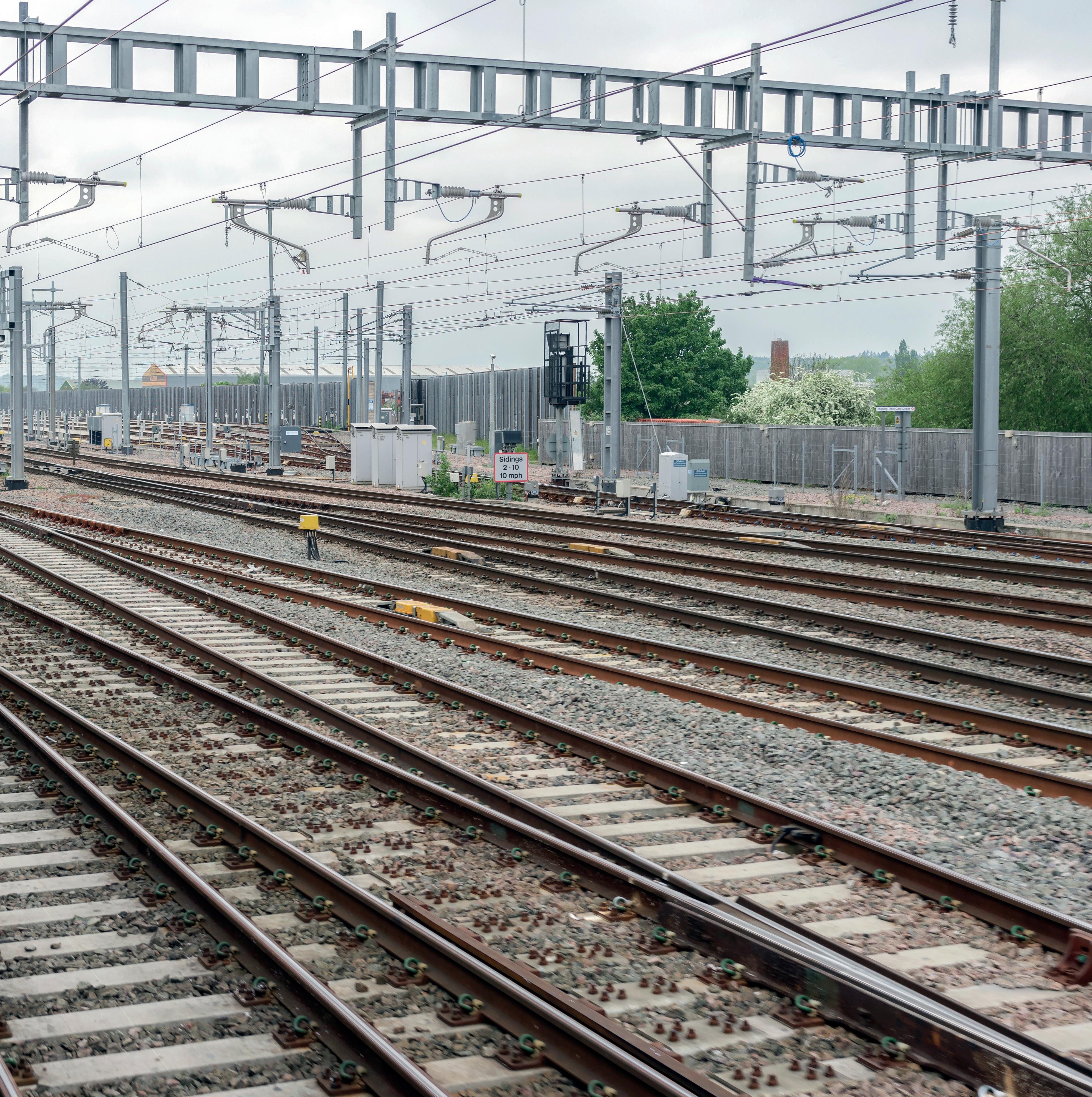
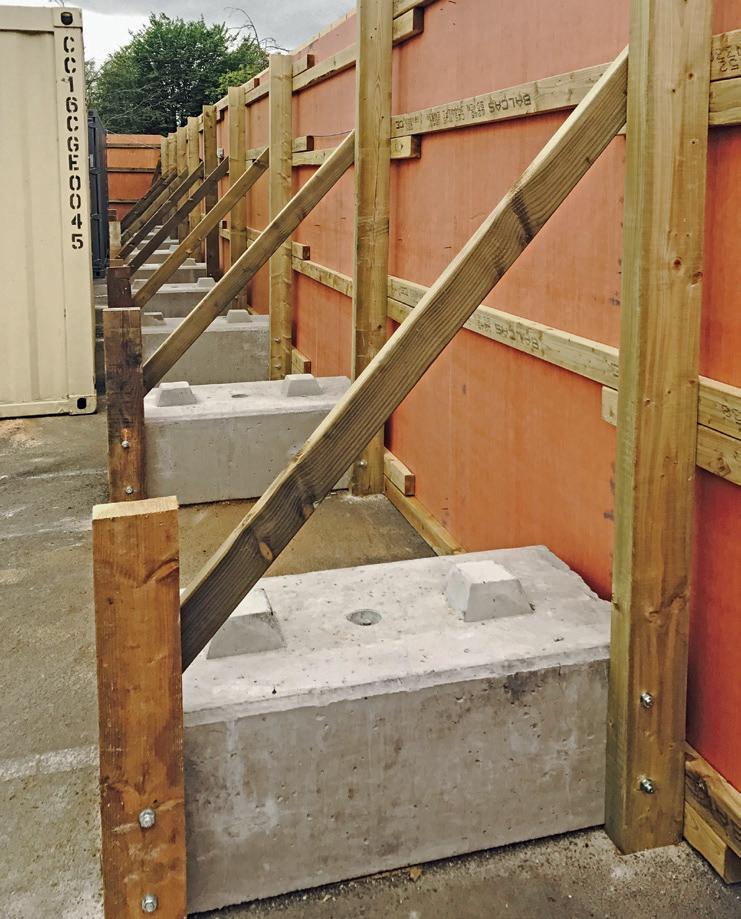
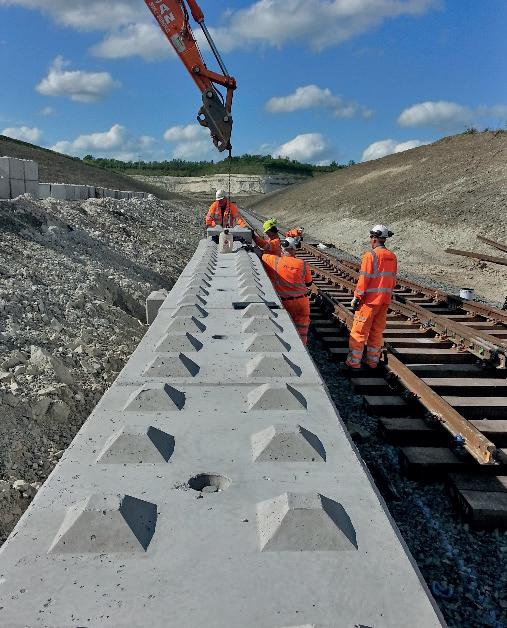

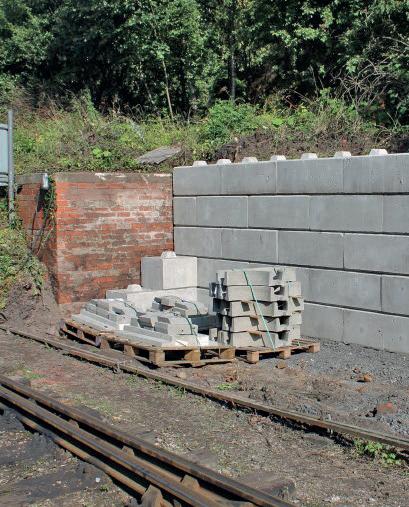
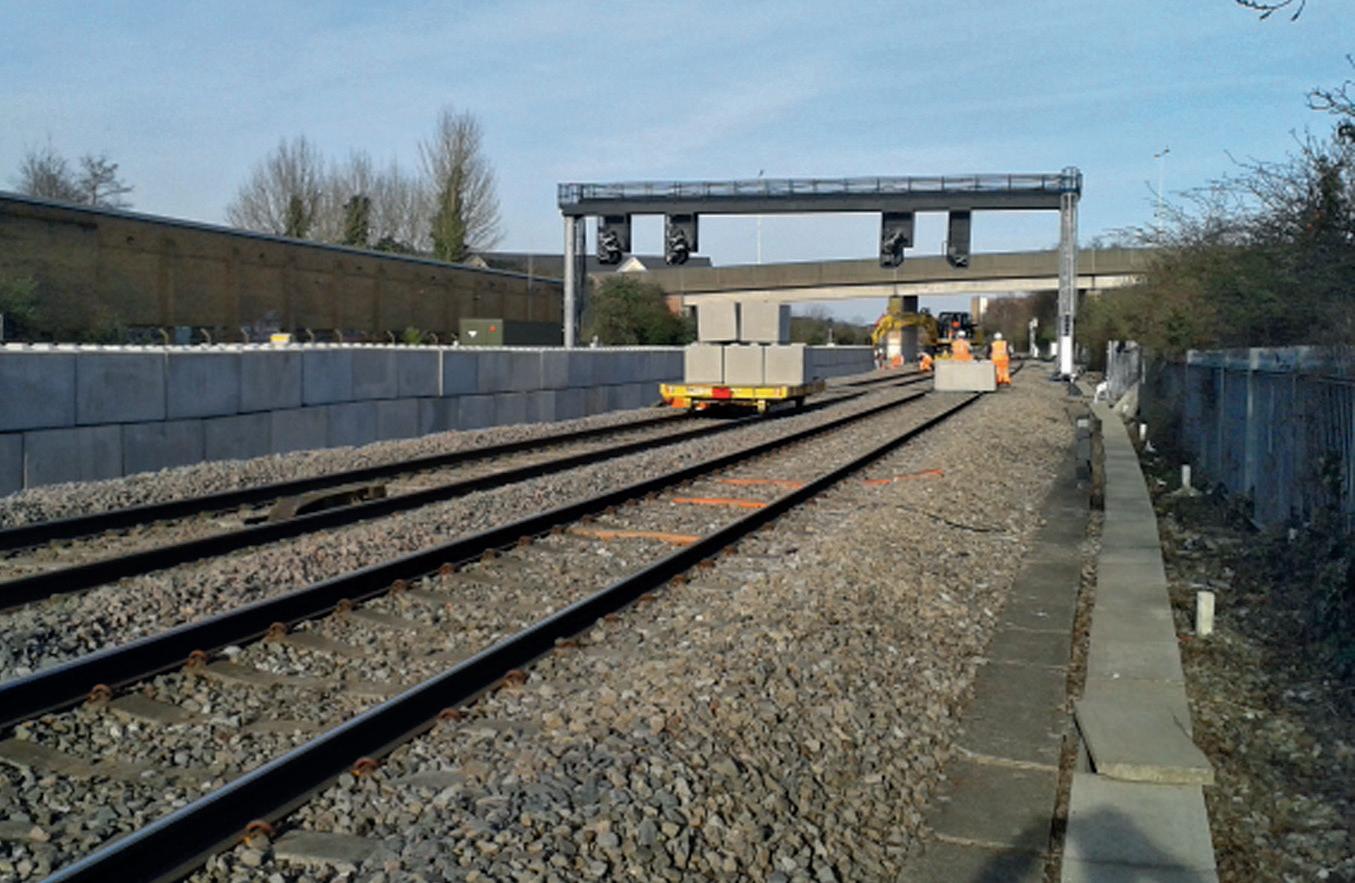
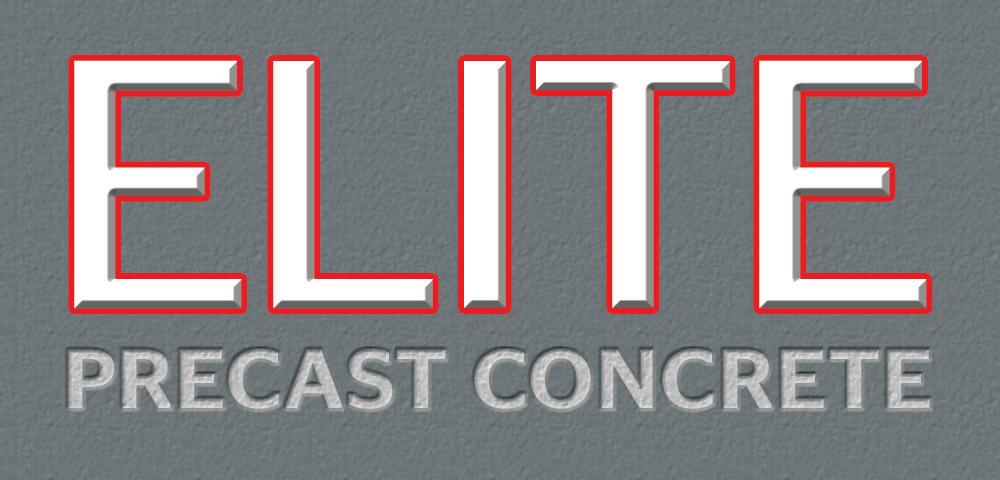
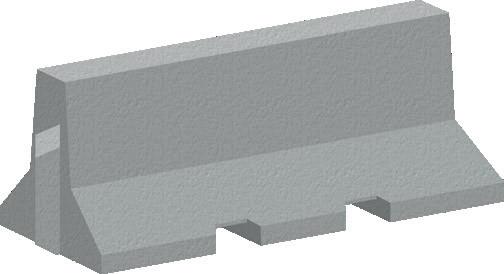
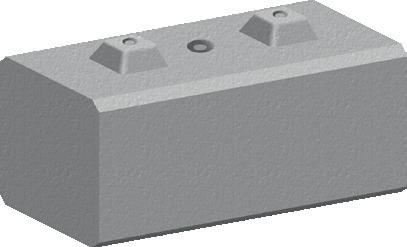
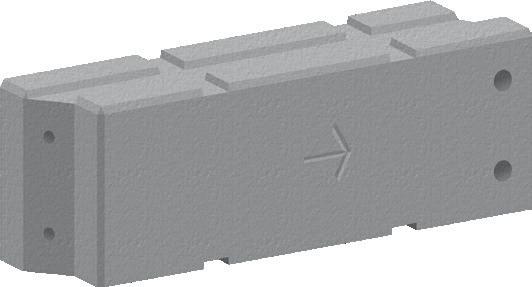




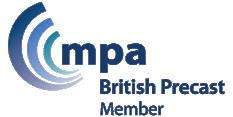

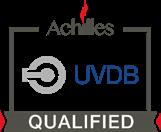

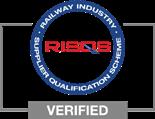
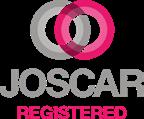

49 For more information phone 01952 588 885 or browse www.eliteprecast.co.uk or email sales@eliteprecast.co.uk Everywhere on rail networks Elite products are seen in use British made Suppliers to 2012 London Olympics, 2014 Glasgow Commonwealth Games and approved suppliers to Tideway, Crossrail and HS2 (fully compliant transport) Get on track with Elite interlocking blocks and barriers KM 642263 KM 658166 Workforce protection barriers avoiding all line closures with adjacent line open Rockfall prevention with our multi-purpose Jersy barriers Hoarding stabilisation utilising Elite Duo interlocking blocks Large ballast bays with walls constructed from our Legato interlocking blocks Large scale embankment retention using the versatile Legato blocks Workforce safety refuges built from Elite Duo blocks
disappointed bidders to seek re-scoring of their tenders simply because they did not win, there is scope for the court to reassess the scores awarded by the authority in the case of manifest error when sufficient information is available and if the breaches are sufficiently serious.
Getting information out of the procuring authority
One of biggest hurdles for any challenger in a procurement dispute is the information imbalance which weighs heavily in favour of the authority. The authority knows the content of each bid and holds all of its evaluation records as well as its evaluation policies and procedures. All the bidder has is the award notice and scoring summary of its own and the winning bid, plus knowledge of its own bid and its view of how it was likely to have been assessed in the procurement.
This information imbalance leaves potential challengers in the dark with only a ten-day standstill period in which to issue a claim (and potentially being liable for adverse costs orders if the claim turns out to be without merit) or risk the contract being entered into with the winning bidder. One way to address this imbalance is to request and obtain early disclosure from the authority. Often, the
early disclosure will include the authority's evaluation reports and notes of consensus and moderation discussions. These might show the challenger that its scores were actually fairly awarded and it will decide not pursue its claim. Alternatively, the reports may increase the challenger's conviction that there has been a breach by the authority. A failure to keep adequate records can itself be a ground of successful challenge as in the Lancashire Care case.
The authority is expected to provide full pre-action disclosure to a potential challenger and the courts have repeatedly made clear that they will penalise an authority that fails to do so. In the recent case of Serco Ltd v Secretary of State for Defence [2019] EWHC 515 (TCC) the court again reiterated that authorities must respond promptly to information requests. Indemnity costs were awarded against the authority that had refused to provide basic information about the reasons for the scores given to the bidder, meaning that the authority was ordered to pay all of the costs claimed by the challenger in relation to the application for disclosure. If requested, authorities should provide the key decision materials to the challenger without delay and, if refused, the bidder is very likely to get a court order for disclosure.
Once legal proceedings have been started, the authority will be obliged to provide relevant documents as part of the litigation disclosure process and this will often determine the outcome of a procurement claim as it is only at that point the challenger finally gets access to all the documents it needs to establish its claim.
Conclusion
Rail related procurement contracts usually involve very high value contracts. Unsuccessful bidders have often invested large amounts of time and money in the bid process and are prepared to challenge the scoring of their bids by the authority. The courts are open to performing a re-scoring exercise where manifest error and sufficiently serious breaches can be shown but these are high bars. For unsuccessful bidders, it is important to make a realistic assessment of your score at an early stage, to engage with your bidding specialists and legal team, and to take quick action. Procuring authorities should be transparent and engage with bidders to provide information at an early stage. We expect to see the upward trend of procurement disputes continue with the arrival of Passenger Services Contracts and Great British Railways.
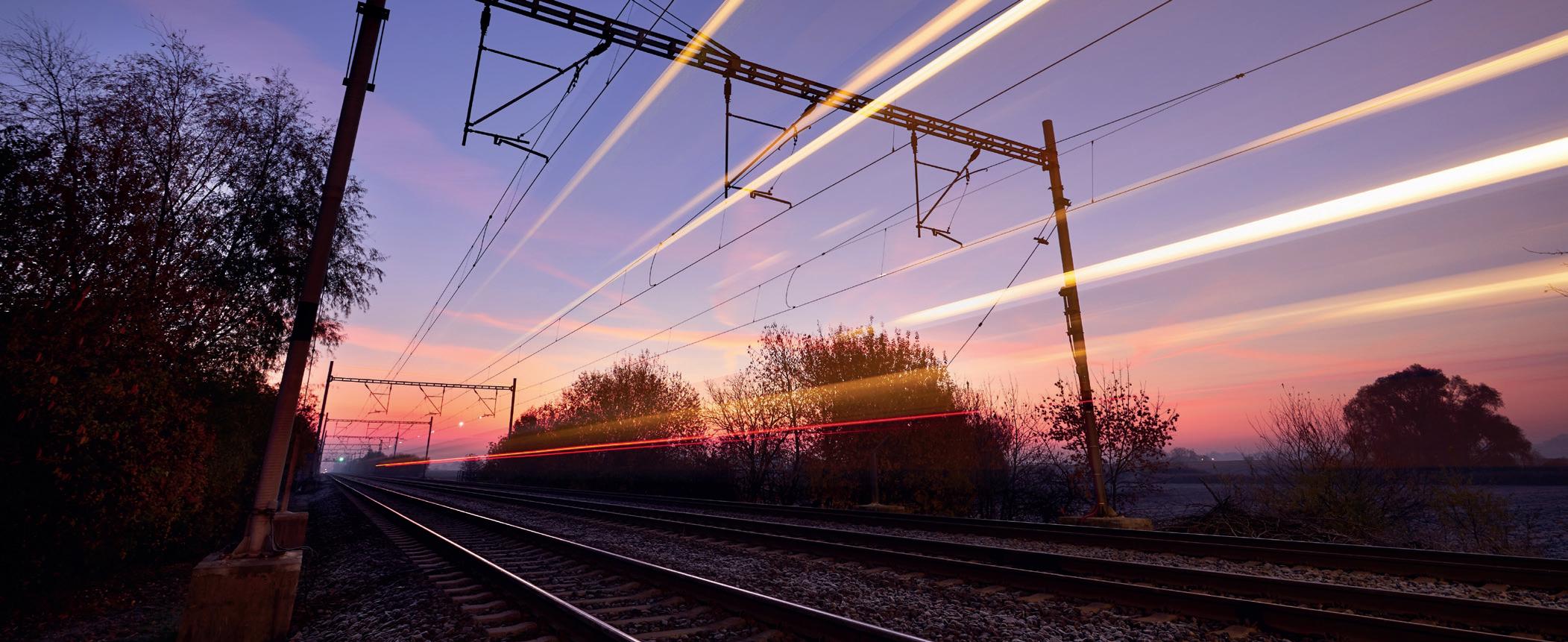
50
VIEWPOINT WEDGE GROUP GALVANIZING Your Galvanizing Partner RISQS approved, Wedge Group Galvanizing is the UK’s largest galvanizing organisation. With 14 plants across the UK we offer a national service, processing steel from a 1.5mm washer to 29m beam. Our plants are designed and equipped to set industry-leading standards for sustainability and low environmental impact. E: info@wggltd.co.uk T: 01902 601944 www.wedgegalv.co.uk Head Office: Stafford Street, Willenhall, West Midlands, WV13 1RZ ISO 9001 Quality Management FM 00382
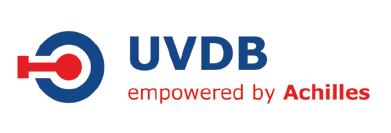

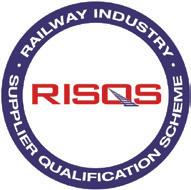
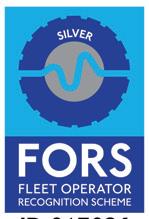

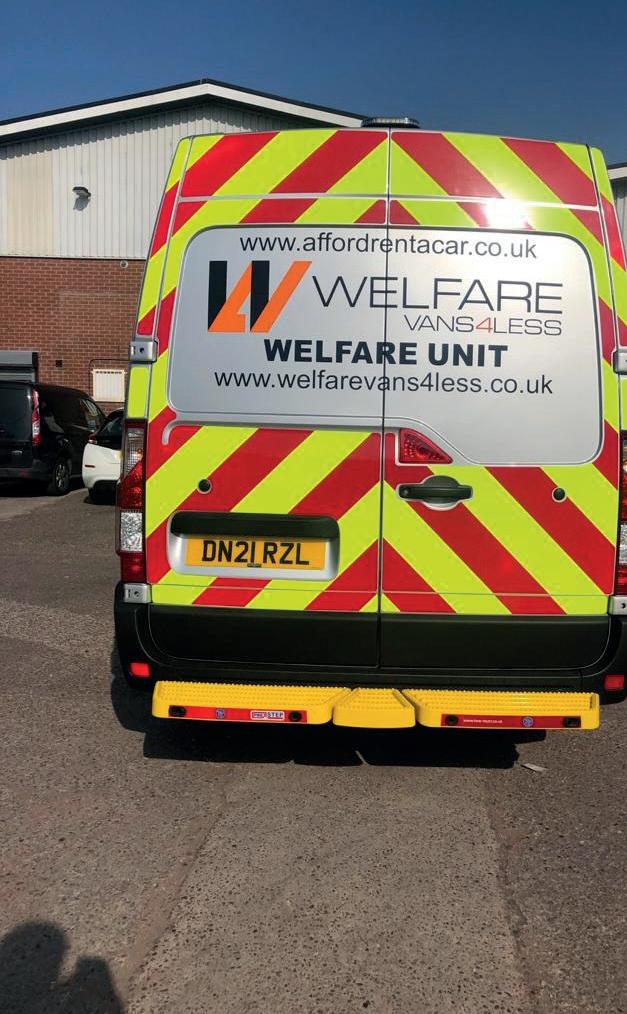
51 WE ARE

52 ALL ABOUT PEOPLE people working in public transport... ...people like you! In times of need, hardship and distress TBF is here to support its members by helping them to keep the wheels of the public transport industry turning. TBF offers financial and medical benefits, a wide range of complementary and alternative therapies, bereavement grants and welfare advice. £1.25 a week covers you, your live-in partner and dependent children. Join online today www.tbf.org.uk Transport Benevolent Fund CIO, known as TBF, is a registered charity in England and Wales, 1160901, and Scotland, SC047016. less than 20p a day
Marie-Claude Hemming is an experienced communications and policy professional. Having started her career in public affairs consultancy, she moved to a policy role at the Federation of Small Businesses in 2009, before joining as Industry and Public Affairs Manager and undertaking a variety of roles in the business, before becoming Director of Operations in 2021. Marie-Claude is CECA’s media relations and policy lead and has complete oversight of CECA’s communications and public affairs work. She also develops and manages the corporate business plan and is responsible for other operational duties, including the establishment of CECA’s three-year plan.
Investing in an Environment of Certainty
Marie-Claude Hemming of CECA considers the ramifications of the Autumn Statement

The Civil Engineering Contractors Association (CECA) has consistently made the case for sustained investment in infrastructure and I am pleased that our voices continues to be heard in Westminster. The UK economy is now officially in recession and prices have continued to rise as a direct result of inflation.
This is due to the impact of Covid and the war between Russia and Ukraine which has severely affected our supply chains and energy prices. The legacy of Brexit and its mark on reduced labour and access to resources also plays a role, combined with the recent uncertainty of UK politics.
The six weeks of Prime Minister Truss’ administration saw an unprecedented upheaval in the British political landscape. There was a real fear that the long fought for investment plan for the UK’s public infrastructure was at serious risk of falling from favour, as it did so catastrophically in the Global Financial Crisis of 2008. Then, capital spending was cut too far and too fast, and economically viable projects were cancelled for short-termist reasons – often to the detriment of the taxpayer, as they had to be re-procured at greater cost at a later date.
In response to the events of the early Autumn, industry joined together to call on newly elected Prime Minister and leader of the Conservative Party, Rishi Sunak to do everything possible to restore stability, so that we could continue to operate in an environment of certainty and drive growth through infrastructure delivery.
CECA is the representative body for companies who work day-to-day to deliver, upgrade, and maintain the UK’s transport
and utility networks.
With more than 300 members throughout England, Scotland and Wales, we represent firms who together carry out up to 80 per cent of all civil engineering activity in the UK, in the key sectors of transport, energy, communications, waste and water.
Our members include some of the largest construction firms as well as a range of small specialist and regional contractors. Our industry supports the employment of over 200,000 people in the UK with annual activity worth £25 billion.
Our members thrive in an environment that provides clarity, continuity, and consistency for businesses. And after a tumultuous Q4, political machinations appear to have settled down, with November’s Autumn Statement from Chancellor Jeremy Hunt quietly reassuring markets and investors.
In the run up to November’s fiscal event, CECA members did not envisage further planned increase of Government spend on UK infrastructure, but continued to highlight the ramifications of substantially decreasing any public spending plans.
CECA research has indicated that for each £1 billion increase in infrastructure investment, UK-wide GDP increases by a total of £1.3 billion and for every £1 billion of infrastructure construction increases overall economic activity by £2.8 billion.
We are therefore pleased that in his Statement, Jeremy Hunt, recognised that cutting capital spending would ultimately be counter-productive for the UK economy. Instead, he held fast to maintaining existing departmental budgets and departmental spend, showing real confidence in the ability of UK infrastructure to deliver economic growth.
In his Statement, Hunt said that his three growth priorities were energy efficiency, investment in infrastructure, and innovation. Furthermore, despite the UK Government’s £55 billion fiscal consolidation, he reconfirmed investment in a new nuclear power station at Sizewell C, as well as maintaining investment in HS2, Northern Powerhouse Rail, and East West rail.
We recognise the extremely challenging nature of the UK current fiscal position, nonetheless and welcome the Government’s recognition that cutting investment in infrastructure would not only harm growth but would cost jobs and negatively impact businesses and communities.
We hope that the UK Government will continue to work with industry to redouble efforts to accelerate growth in the short and medium term, so that potential future cuts can be mitigated, notably after 2024.
The Civil Engineering Contractors Association is now exploring the Government’s commitments in greater detail to ensure that the agenda on which it was elected in 2019 – that of levelling up the economy and investing in the infrastructure that the UK will require in the coming years – remains in place, even in the context of the difficult choices the Chancellor has had to make this quarter.
CECA members stand ready to deliver on this ambition, and we look forward to working with our members and government at all levels to secure the economy, deliver the recovery, and return UK plc to economic growth as quickly as possible.
If you would like to find out more about our work, or have any questions please visit ceca.co.uk.
53 VIEWPOINT
‘After a tumultuous Q4, political machinations appear to have settled down, with November’s Autumn Statement from Chancellor Jeremy Hunt quietly reassuring markets and investors.’
Delivering Excellence since 1976
Kaymac has an ‘in-house’ delivery model that maximises efficiency and flexibility, with a diversified workforce capable of generating alternative, innovative solutions. We maintain a highly trained, qualified, and experienced workforce that complements our strong safety culture and commitment to excellence and customer satisfaction.






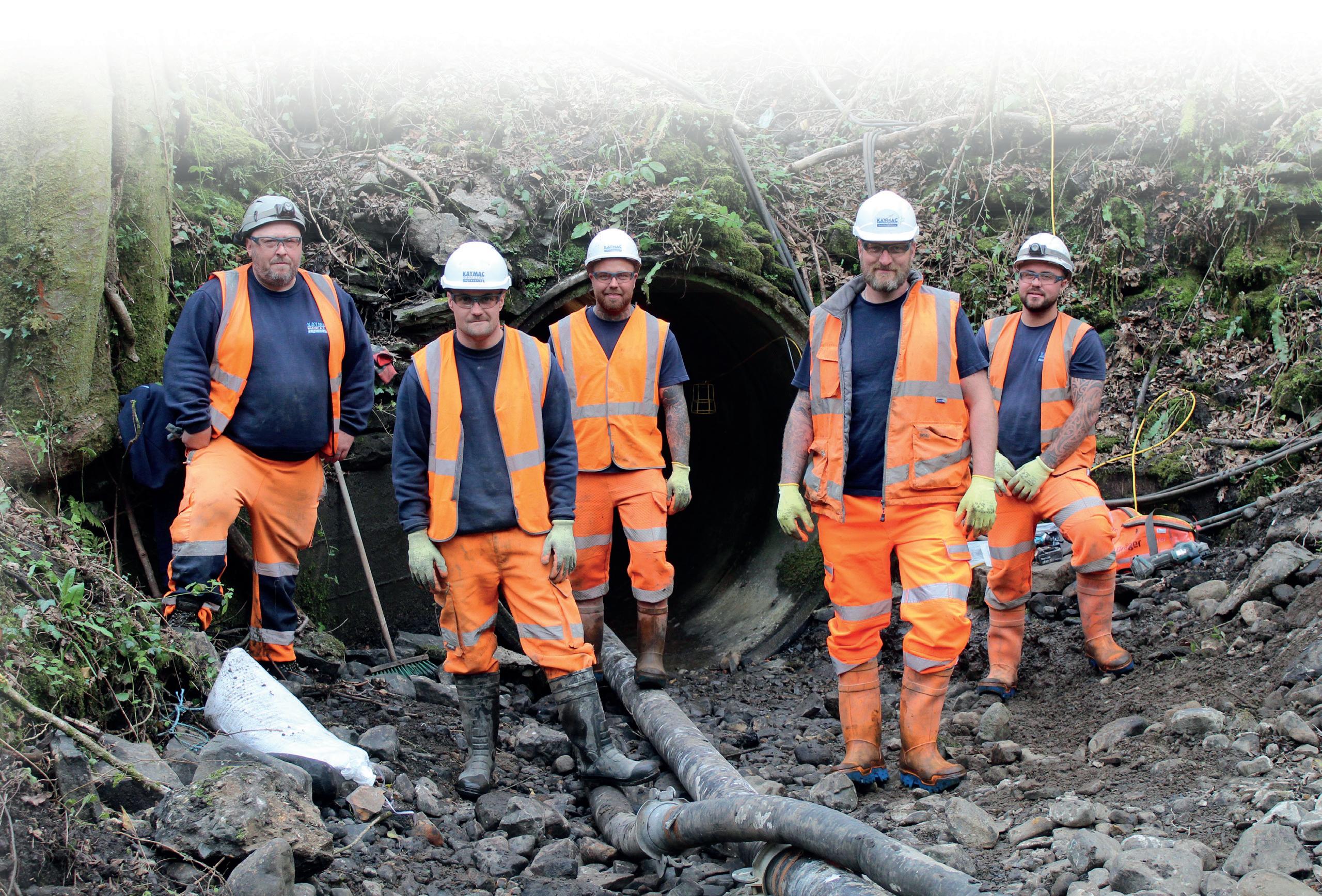

We deliver efficient, value-driven engineering solutions for the construction industry. Safety and innovation are at the core of everything we do, together with a ‘can-do’ attitude and personal attention to client needs.
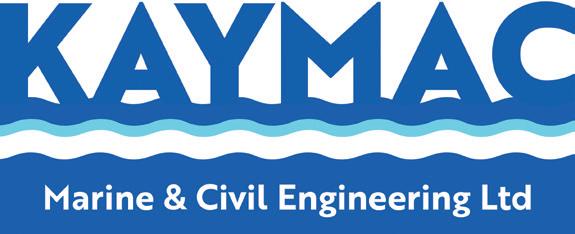
54
HQ 01792 301818 www.kaymacmarine.co.uk
Scour Protection | Con ned Space Engineering | Concrete Repairs | Grouting Spray Concreting | Ground Stabilisation | Piling | Underwater Engineering Sustainable Solutions | Quality Assured
First of a Kind 2022
Top innovators and inventers have won prize money to bring their innovations to life, as part of the First of a Kind 2022 competition
This year’s competition, in partnership with Innovate UK, focused on new concepts that will transform rail travel for passengers and decarbonising the network.
First of a Kind 2022 saw 24 innovators receive a share of more than £5 million with grants of up to £400,000 each. From technology making our railways greener than ever before by removing harmful emissions from train exhausts to research into powering our railways with renewable energy, this year’s successful bidders will revolutionise the future of train travel for generations to come.
This year’s winners include Varamis who, working closely with DHL and Fedex, are revolutionising parcel delivery in the UK by repurposing former passenger carriages and putting rail right at the heart of the online shopping boom to create high-speed, nonletter delivery services.

Echion Technologies, another successful bidder, is developing batteries that will charge from overhead wires and use that charge to 'leapfrog’ across unelectrified section of track and, effectively, create selfcharging trains – truly, ‘the first of a kind’.
Supported by Transport Design International, Horiba Mira and DB Cargo, Echion Technologies aims to demonstrate its XNO battery chemistry for certain classes of battery electric trains. Specifically, it aims to demonstrate its suitability for passenger trains that can be powered by the AC overhead electrification and charge a battery from the overhead wire (or another form of ‘standard’ trackside power, e.g. third rail), to then run in battery-only mode on unelectrified sections of a route.
Thales Ground Transportation Systems have developed new sensors which will detect people approaching tracks, pin down their location, and give an early warning
to staff – lifesaving technology that will reduce disruption and could act as suicide intervention or even stop protestors getting on the tracks.
Transport Secretary, Mark Harper said: ‘The UK has a long history of leading the way in railway innovation and the First of a Kind competition is getting the great brains of today to create the trains of tomorrow. Through millions of pounds worth of Government funding, we are breathing life into ideas that will revolutionise our railways and make them greener than ever before.
‘This is just the beginning and, as Transport Secretary, I am determined to support British innovation and create a cutting edge, green rail industry that
delivers even more benefits for passengers and freight.’
The First of a Kind competition has already helped launch over 100 projects that are having a transformative effect across the entire industry. Previous winners have included Riding Sunbeams, which power railways with sunlight, and 4Silence’s sound bending walls which cancel out noise pollution from the
55
SUPPLY CHAIN
railway.
‘I’m so proud to be able to step into this position and immediately have this opportunity to promote the positive stories that have come out of this competition. One of our winners is developing batteries that can charge up from overhead wires and then operate on unelectrified section of track and in my constituency of Bexhill and Battle in East Sussex, we still have stretches of track where diesel trains still operate – so these self-charging trains could help get us away from that.’
Huw Merriman MP, Rail Minister
‘Companies from all over the UK have demonstrated the quality of their innovations in previous rounds of this scheme. Now we will support even more innovations to help deliver a greener railway that benefits passengers, employees and customers for rail freight.’
Mike Biddle, Executive Director for Net Zero at Innovate UK
Bring Your Whole Self to Work
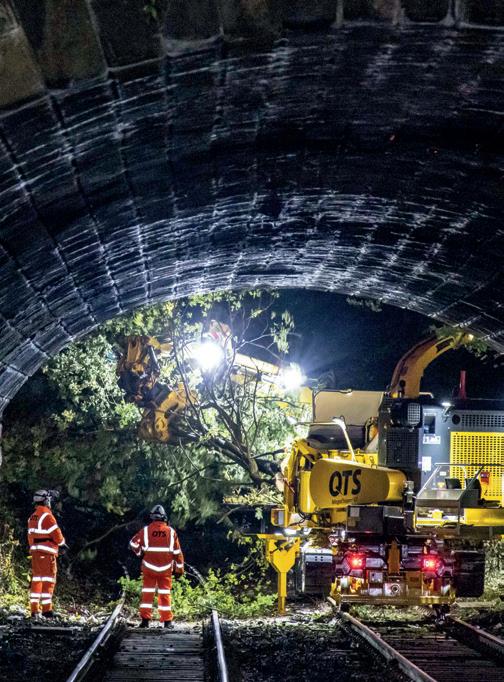
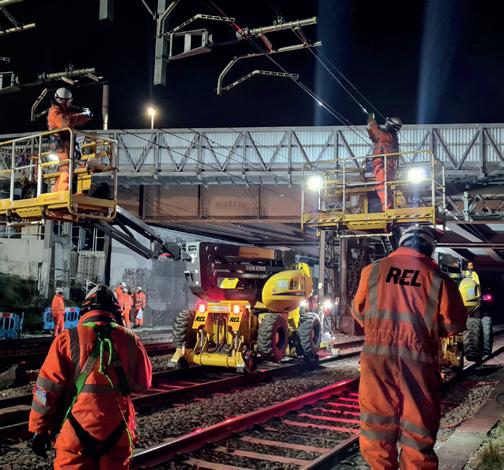

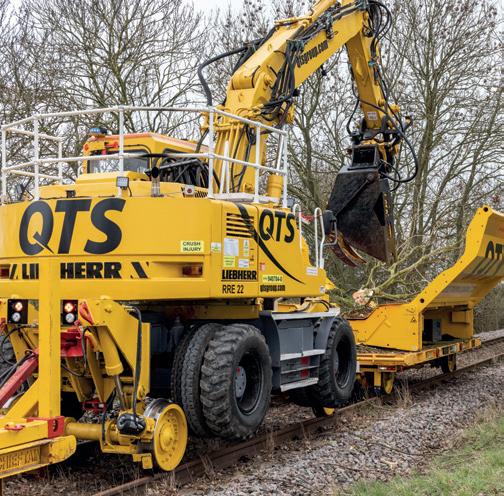
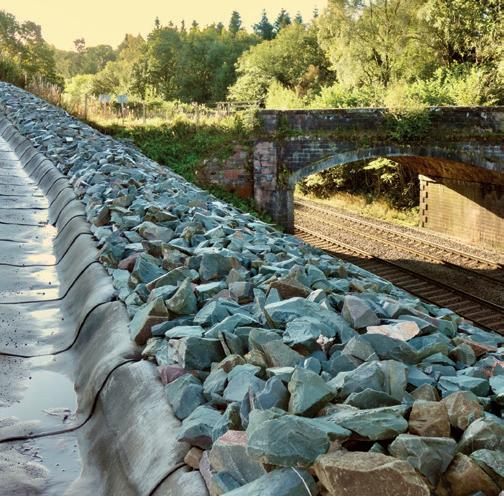
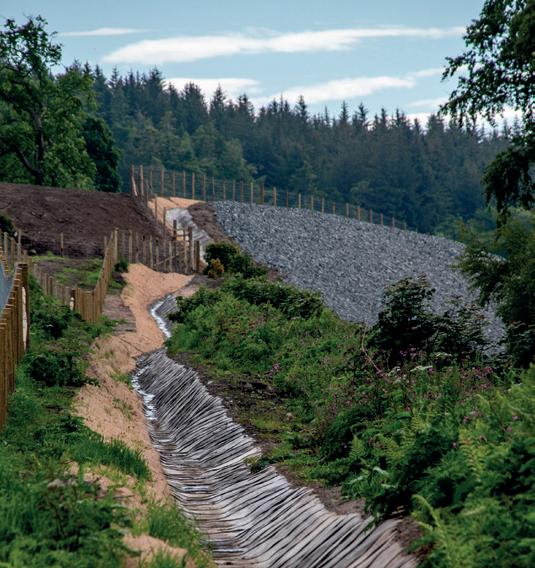
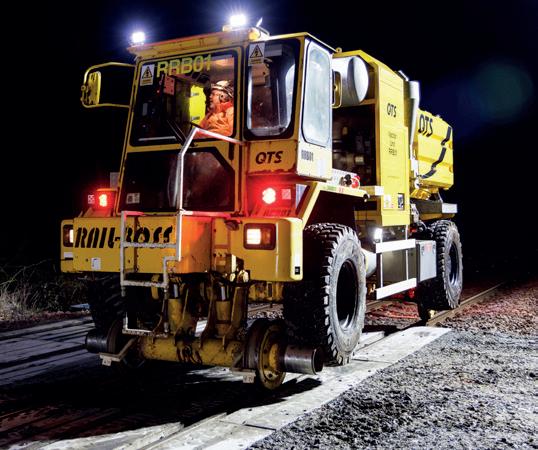

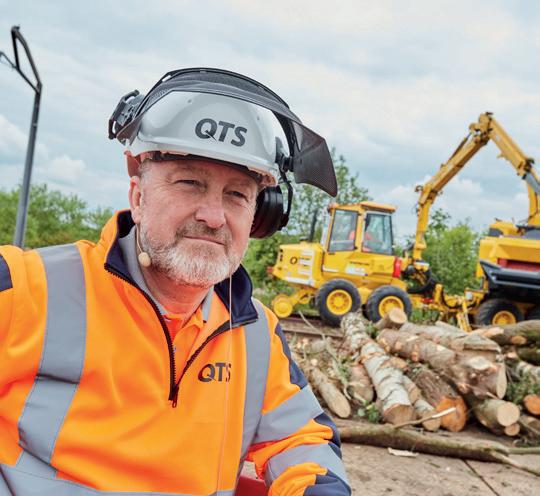
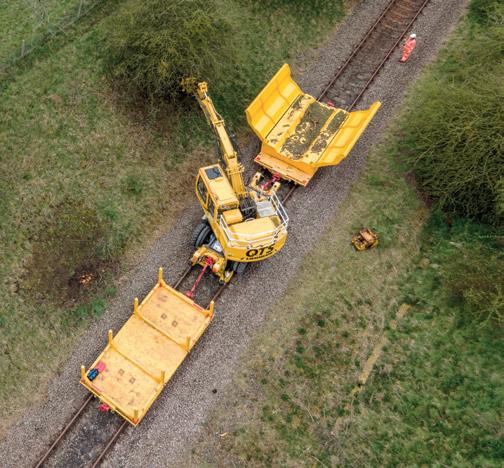

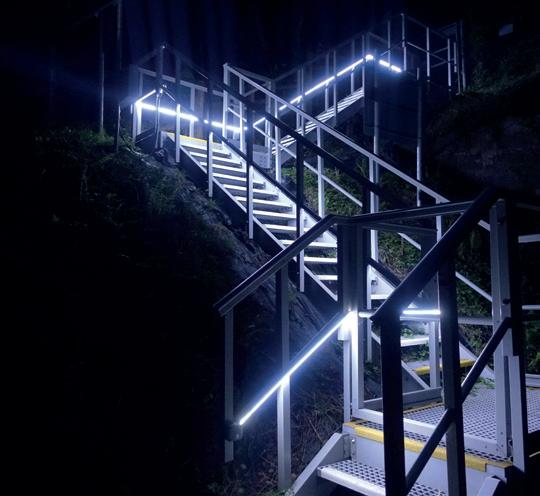



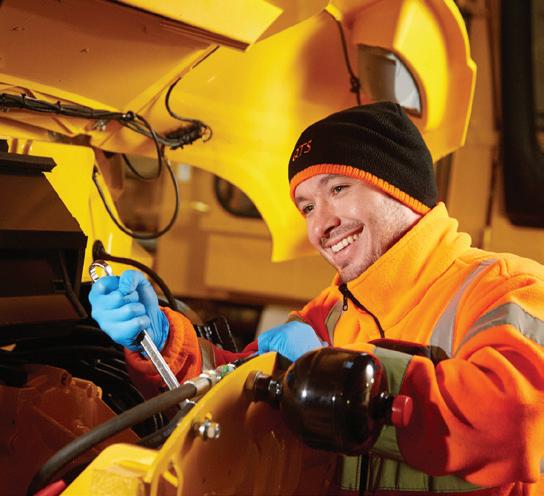
56 RAIL ENGINEERING, INFRASTRUCTURE, ELECTRIFICATION & TRAINING QTS is continually looking to recruit people who share our values of quality, innovation, collaboration, integrity and responsibility.
is on a journey to ensure we are embracing diversity, equality and inclusion in a serious way. We are committed to investing in building a team with a diverse range of backgrounds, skills and views.
we
valued, and
We have a number of roles available, CVs can be sent to recruitment@qtsgroup.com APPLY TODAY!
As a QTS employee you will have access to a wide range of additional benefits & training. Competitive Salary Company Pension 33 Days Annual Leave Annual Vaccinations Healthcare Plan Family Friendly Policy Employee Assistance Supported Development
QTS
We know diversity drives success, so
are building a culture where difference is
everyone is welcome.
Employee Benefits
Lorna Gibson, Director of QTS Training and Alan McLeish, Managing Director at QTS Group
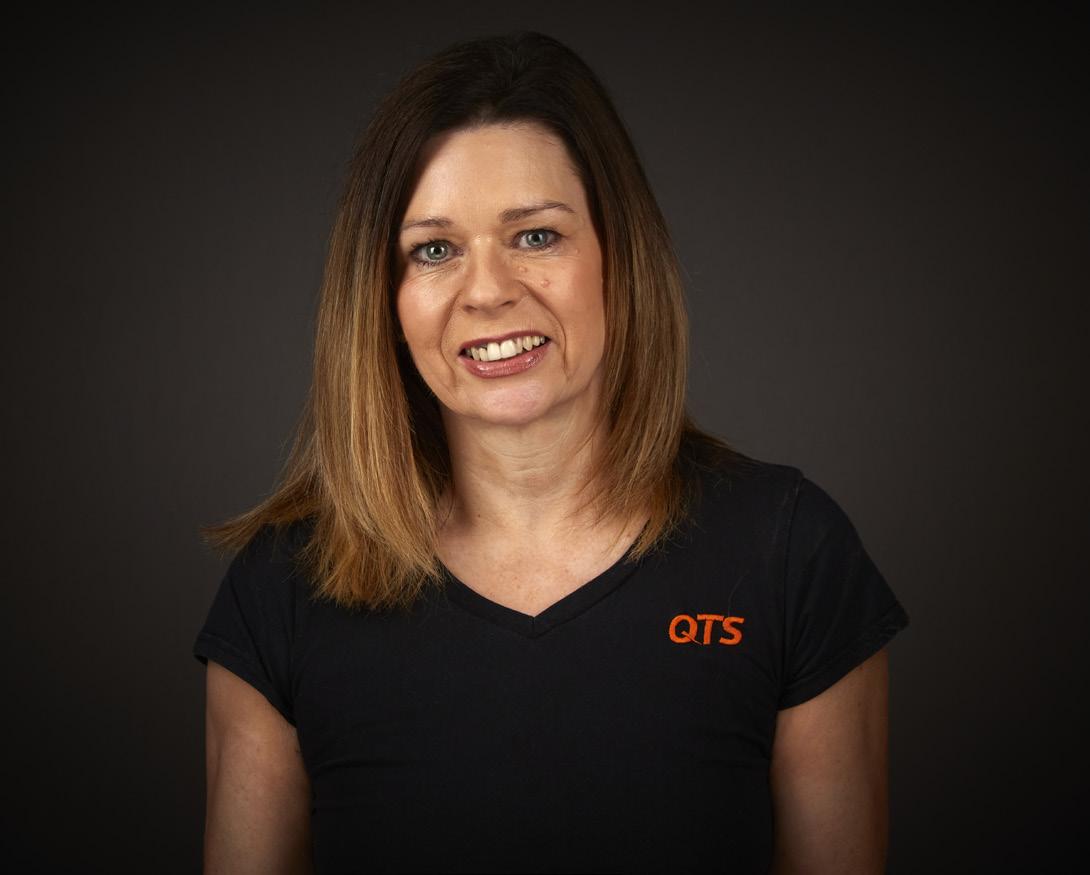

LORNA: Through The Young Person’s Guarantee Initiative, East Ayrshire Council provided funding to offer employers the opportunity to set up skills academies in any sector, it wasn’t aimed at rail and in fact I don’t think a rail one was expected. I am Chair of DYW (Developing Young Workforce Ayrshire) – so when the tender opportunity came out, I thought it was an ideal way to attract more young people into the industry and give them the training they required through this Rail Sector Skills Academy. There wasn't anything similar to it in Scotland, so this seemed like an ideal opportunity.
At QTS we spend a lot of time in schools and colleges, talking to groups of young people and, unless they’ve got a relative who works in the rail industry, they are really unaware of what a career in rail could offer. They might say ‘I don’t want to be a train driver’ or they’ve seen people out digging up a track – they’re not aware of the huge range of roles there are in the industry.
Prior to signing up new trainees we hold assessment events for potential applicants and what we’ve found is that they want to
work for QTS first and foremost and then we try to open their eyes to the whole rail industry. Once the course begins, the first five weeks is spent in the classroom doing a huge amount of training, including railway safety, health and safety, employability and life skills training – we’ve partnered with Barclays Bank to deliver that. When they’ve finished that training, they’ve got more competencies than the majority of entry level people would have which makes them very attractive to a lot of companies across the rail industry. We also bring our supply chain partners in and they present to the trainees at various stages through the programme to help them understand the different roles and career paths through the industry.
ALAN: When the young people were interviewed they said they were more interested in working for QTS than just rail which meant a lot to me. But the two go hand-in-hand and we’re showing them now the opportunities within rail, whether it be signalling, track, behind the scenes – there’s huge opportunities and Network Rail have shown how keen they are to encourage more young women into the industry as well, which this academy can also help with.
SSH: How long is the course in total and what do the trainees do upon completion?
LORNA: The trainees do five weeks in the classroom, followed by four weeks of work experience, which is the unique selling point of this programme. They get to see what the job is actually about, they do a night shift, they travel distances which is often required in this line of work and stay overnight on occasion. Of the first cohort, five of them are now employed with QTS, another has gone back to college to continue their education while working weekends with another rail company, and the remaining four have all secured employment with different companies within the railway. At the end of the second cohort’s programme we organised a speed networking event with eight different employers. QTS has employed four of the young people and the remaining six have all now secured employment or are considering offers.
SSH: How do you engage with the other companies, are they all fellow contractors you work with?
LORNA: The companies we have engaged with are all supply chain contractors and sub-contractors. We select companies that
57 INTERVIEW
SSH: How did the QTS Rail Skills Academy come about?
Sam Sherwood-Hale spoke to Lorna Gibson, Director of QTS Training and Alan McLeish, Managing Director at QTS Group about the QTS Rail Skills Academy
we know will provide good opportunities to young people and look after their wellbeing. We want to avoid some of the big agencies that may only offer a few shifts as that can lead to disillusionment and ultimately the young person leaving the industry, which we obviously don’t want.
ALAN: The ethos of QTS has always been to recruit and then promote within, so giving young people opportunities is an important part of that. We’ve had the buy-in from other companies that love what we’re doing, including some of our competitors that see the benefit to them and also the rail industry as a whole. Some of the areas we work in have high unemployment so these academies could provide the opportunities those areas need. We just need councils to come and see what we’re doing and realise that the funding isn’t that much to make it happen. The people funding this and making those decisions need to know they’re going to get bang for their buck. The skills academies don’t require a lot of investment and the one in East Ayrshire will do so much for the livelihood of these young people. The rail industry is going to benefit so much from these young people coming in too.
SSH: Roughly 40 per cent of all workers in the industry are 45–64, whilst workers younger than age 25 make up only nine per cent of the construction industry –how do you scale up this academy to help tackle the problem?s academy to help tackle the problem?
LORNA: To scale up would require collaboration, perhaps five or six large contractors working together. We want to ensure that when scaling up we still have the interests of the young people at the heart of what we do, and that there would still be good employment opportunities for them. Network Rail is encouraging its supply chain to undertake initiatives to get more talent into the rail industry and the only way to do that at scale is through initiatives like this that provide fresh talent with the skills and competencies needed to address this industry-wide issue.
ALAN: With CP7 around the corner, there’s potentially going to be an increase in the volume of works. So, it’s very important that we start now getting more people in to deliver these volumes across the UK, not just in Scotland.
LORNA: Even if we get enough people coming in, there aren’t enough trainers with the qualifications to get these fresh trainees up to speed. So, there’s two major issues causing this talent gap. But the success stories from the first cohort, and now the second one, should see that we’re not just talking about the skills gap – we’re actually taking action. We have 100 per cent positive outcomes for the trainees, which is unheard of for this type of scheme. If we can widen this out to other organisations it is going to make a big difference, but we all need to do more than just talking about it.
QTS LOOK TO THE FUTURE OF RAIL WITH SPECIAL INDUSTRY EVENT
National rail contractor, QTS Group, hosted a special two-day event to bring together rail industry leaders and local schools to celebrate achievements and discuss the future of the industry. The event, which was held at the group’s headquarters in Strathaven, South Lanarkshire, took place on 31 May and 1 June, in partnership with AmcoGiffen and Carnell Group. Representatives from Network Rail, Scotland’s Railway and CECA Scotland were in attendance across the two days, alongside key members of the rail supply chain.
An informative panel discussion on the future of rail took place, where attendees debated on how to better engage younger people in the industry, how to attract and retain talent and how to use innovation to drive decarbonisation.
The panel, moderated by the Chief Executive of CECA, Grahame Barn, featured Kris Kinnear, Network Rail; Alex Hynes, Scotland’s Railway; Laura McWilliams, Network Rail; Eva Macinnes, COWI; and Andy Steel, QTS Group. T en local schools from Ayrshire and Lanarkshire also attended the event as part of QTS Group’s wider incentive to encourage more young people to consider careers in the rail industry.
More than 150 pupils visited the site on 31 May where they had the opportunity to see some of QTS’ innovative plant fleet in action, but also to speak to some young people from AmcoGiffen, QTS and Network Rail about their routes into rail.
QTS also unveiled a series of some
SSH: An area you’ve highlighted is Environmental, Social and Governance (ESG) – do you find displaying that commitment is necessary to better attract young talent?
ALAN: Our headquarters is on 130 acres of land, 90,000 trees planted, three kilometres of cycle path within that. We have a four acre dog park, pigs that graze the woodland, we have geothermal heating, solar panels and rainwater catchment.
I did question my sanity when we started building the offices, but I wanted to show the companies we were working for that we’re prepared to invest in an environmentally conscious way.
LORNA: And I do think that young people value it, there is a real interest in that side of things. This generation does want to work for a company with good ethics and they do actually consider that when looking for work. We conducted a survey with the Skills
of its new machinery across the two days, including the QTS Baler, another industry first. Live demonstrations of the plant equipment being used on the test track also took place.
Andy Steel, Operations Director at QTS Group, said: ‘In-person networking opportunities are always fantastic and being able to deliver our Future of Rail event was a real privilege. It felt great to bring together so many like-minded people to share best practice and discuss some exciting plans for the industry.
‘The rail sector continues to go from strength to strength and everybody on the panel understood the importance of bringing new talent and machinery into the industry to continue this growth. The importance of events such as this, which celebrates progress and encourages innovation, cannot be overestimated.’
Kris Kinnear, Capital Delivery Director for Network Rail Scotland added: ‘We know there is a real challenge around recruitment, especially when we want to create a thriving and diverse workforce. Being able to get together as an industry and discuss some of the issues that we face moving forward has been very beneficial.
‘Seeing so many young people from local schools engaged over the first day and to share with them how many opportunities we have across the rail sector has been really positive. Hopefully we’ve come across some real rail stars of the future.’
Academy trainees and asked them what their top three ‘wants’ from an employer were, and not one of them chose salary in their top three. It was all about career development, feeling included, feeling valued – those were the things they were focussed on.
Earlier this year, QTS hosted a two-day event called The Future of Rail at our head office and on the first day we brought 150 to 200 young people from across Ayrshire and Lanarkshire who spent the day with us. This gave them not only the opportunity to see the environment that Alan has created over the last 30 years, but also the types of jobs available to them within a thriving industry. ALAN: It’s important for us to bring people from outside the rail industry to these events, not just the pupils but the teachers and careers advisors who could steer young people towards the rail industry. We want to highlight the different routes that make rail a viable and attractive career path.
58 INTERVIEW
Discover RailSmart
Discover RailSmart from 3Squared, a suite of digital solutions tailor made for the rail industry, which target challenges ranging from safety and compliance to fleet performance and resource planning.


RailSmart’s clear and accessible tools are configured to help utilise your people and assets efficiently and equip you with the information you need.
Explore RailSmart today. Find out more information via www.3squared.com/railsmart/discover/
59
www.3squared.com | @3squared | +44 (0)333 121 3333 | hello@3squared.com
by
Developed
EnPro: Growth through Adversity
Established in 2017 by career railwaymen Daniel Cartwright and Craig Speed, EnPro Group provides bespoke, project-managed
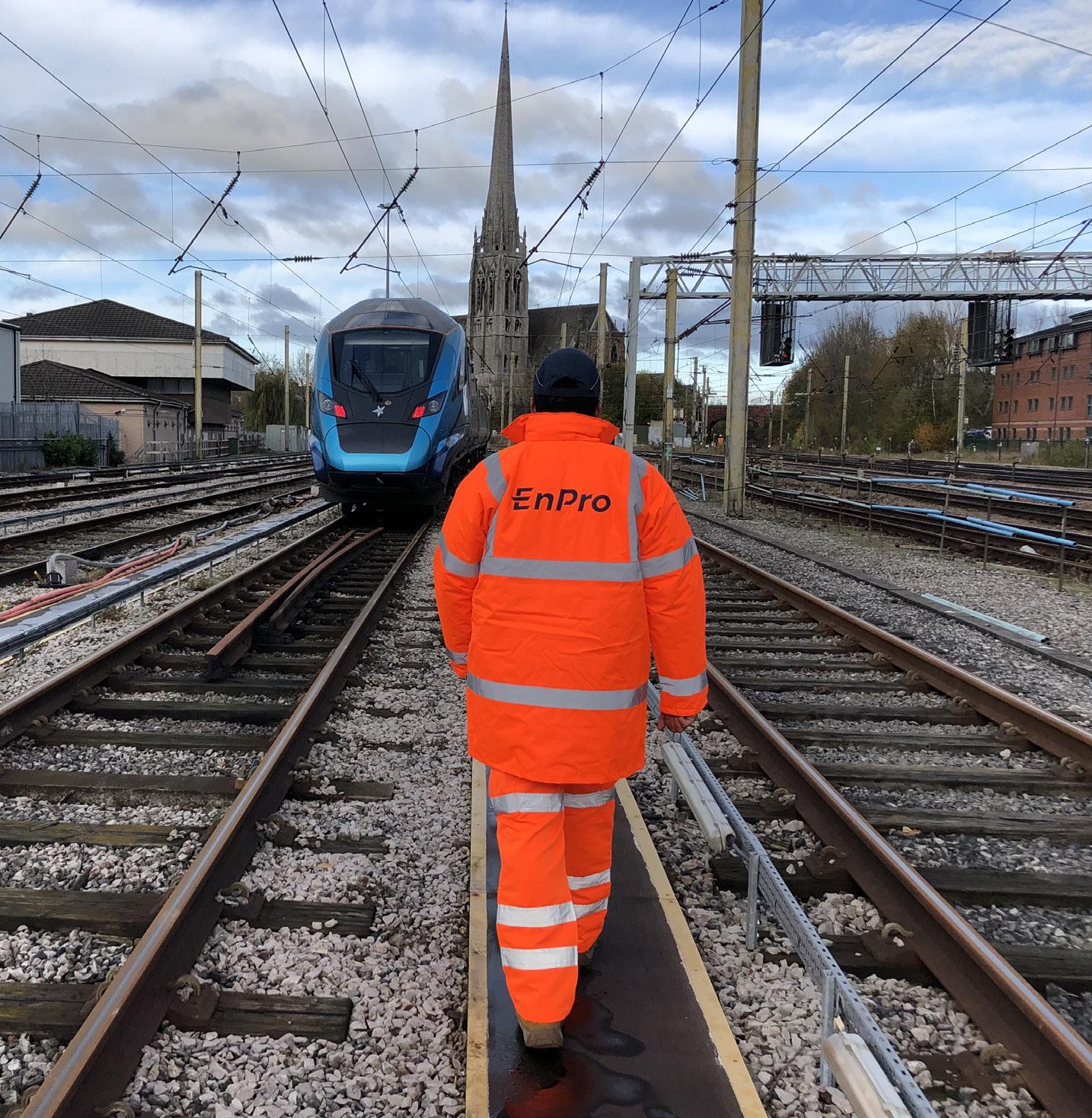
solutions for rail industry clients across the
With a mission to be ‘the best at what we do’, the founders of EnPro have created an organisation that focuses on inter-business relationships, collaboration, innovation, quality and consistent delivery across five complementary service divisions:
• Railway Projects – Traction & Rolling Stock (T&RS) turnkey projects, new technology installations and rail vehicle
modifications.
• Train Presentation – Rail vehicle cleaning, asset protection and dilapidation repairs.
• Facilities Management – Office, premises and industrial site services.
• Security Provision – Uniformed security guard presence.
• Support Services – Provision of experienced management professionals and consulting services.
UK
The business has proven remarkably resilient, enjoying continual growth despite challenging political and economic factors including the pandemic, the current transition from rail franchises to National Rail Contracts and a rising cost base owing to the ongoing cost of living crisis.
EnPro’s Head office is centrally situated in the Chubb Buildings at Wolverhampton Interchange with a second industrial facility located in north east Glasgow. However, most of the workforce operate at thirdparty sites - from London Underground and ScotRail depots, to GB Railfreight yards and sidings across the UK. Experienced and competent project teams integrate seamlessly with incumbent depot facility operational staff and activities. This approach is a key component of EnPro culture.
Operations are regularly delivered to tight timescales. Project mobilisation often includes the installation of temporary welfare and storage facilities which can be installed nationwide and within a matter of days.
Rolling Stock Experience
With a portfolio of rolling stock projects spanning five years, EnPro has successfully supplied modification designs and attained approvals, procured material and projectmanaged system installations across a range of passenger fleets, freight locomotives and track maintenance machines.
60 ROLLING STOCK
‘The business has proven remarkably resilient, enjoying continual growth despite challenging political and economic factors’
Case studies include Driver Only Operation reversal modifications to electric units at Bournemouth depot; internal and external modifications to fleets at Stewarts Lane (London) for Person with Reduced Mobility (PRM) compliance; CCTV installation packages, (including passenger saloon, forward-facing and pantograph cameras); LED lighting campaigns; plus, numerous relay renewal and wiring schemes to manage obsolescence of safety-critical systems, including sanders and brakes.
EnPro provides high quality service whilst striving to identify cost-effective solutions which delight the customer. For example, at Inverness and Corkerhill (Glasgow) depots, EnPro technicians performed a suite of works concurrently (HVAC controller upgrade, door system safety modification and CCTV renewal). The train operator realised savings through synergies in project cost, reduced downtime and increased availability of their diesel fleets.
EnPro vehicle builders have undertaken significant bodywork and roof corrosion repairs, incident damage and exterior paint works on passenger vehicles. They also offer Cab front end damage repair services, including GRP quarter panel renewals and paint.
Internal dilapidation repair and restoration capabilities include removal of saloon seats, dado panels and tables for strip and repaint before rebuilding. Paint repairs have also been completed on vestibules and in toilet compartments where the renovation of a whole panel is quicker and looks more aesthetically pleasing than patch repairs. Dilapidation repairs like these may be augmented with specialist cleaning (carpet cleaning and chewing gum removal) by our Train Presentation team. These are the benefits of EnPro’s one-stopshop approach and complementary service divisions.
Collaboration
A delivery pack of ‘project, communication and planning’ tools assures successful management and integration of complex projects with multiple stakeholders. This
methodology was employed effectively on the Scottish GSM-R radio upgrade programme to provide progress review updates, manage issues and ensure deliverables were met to budget and on time. Interfaces between ScotRail, Network Rail, Siemens and SNC-Lavalin were governed to control float, logistics and installation across every ScotRail fleet from Inverness to Edinburgh.
EnPro also has demonstrable experience of seamlessly integrating with system suppliers to deliver rail vehicle modification packages. Working with Cibest, (a global leader in rail-rated, IP-based CCTV and Communication Systems), EnPro has been awarded the contract to upgrade video systems onboard Rail Grinders and Milling Trains. This collaboration has proved to be a compelling solution for Colas Rail, combining the on-site installation and project management pedigree of EnPro with access to the Cibest technical resource and know-how. EnPro will provide the client with a single point of contact and manage material supply through Cibest, (where all equipment will be covered by an extensive obsolescence management plan).
Shop Window
EnPro understands that cleanliness and presentation standards are the ‘shop window’ for train operators and our team are passionate about providing prestigious levels of service.
Current high profile contracts include the periodic heavy cleaning of locomotive cab interiors for GBRf. Works are centred on Doncaster, Peterborough and Tonbridge and augmented by mobile operatives in fully equipped vans, who will deliver services at outstation locations.
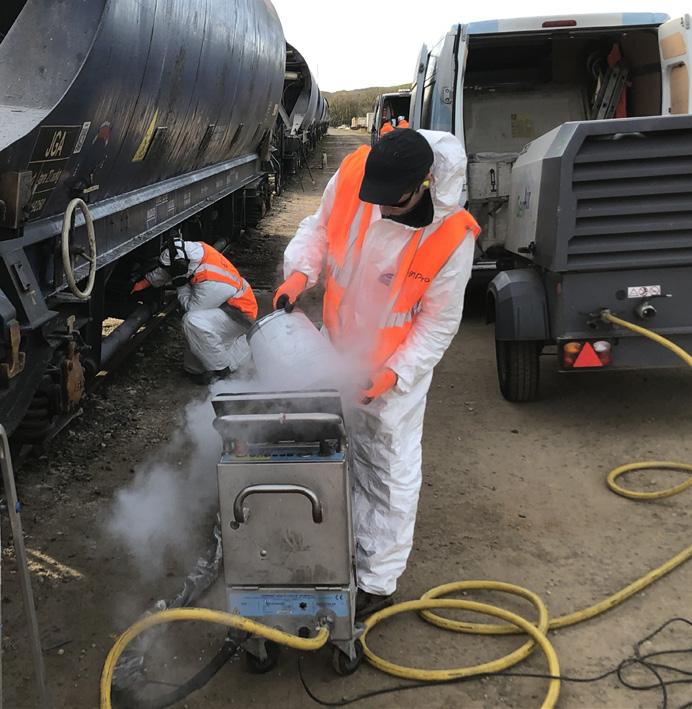
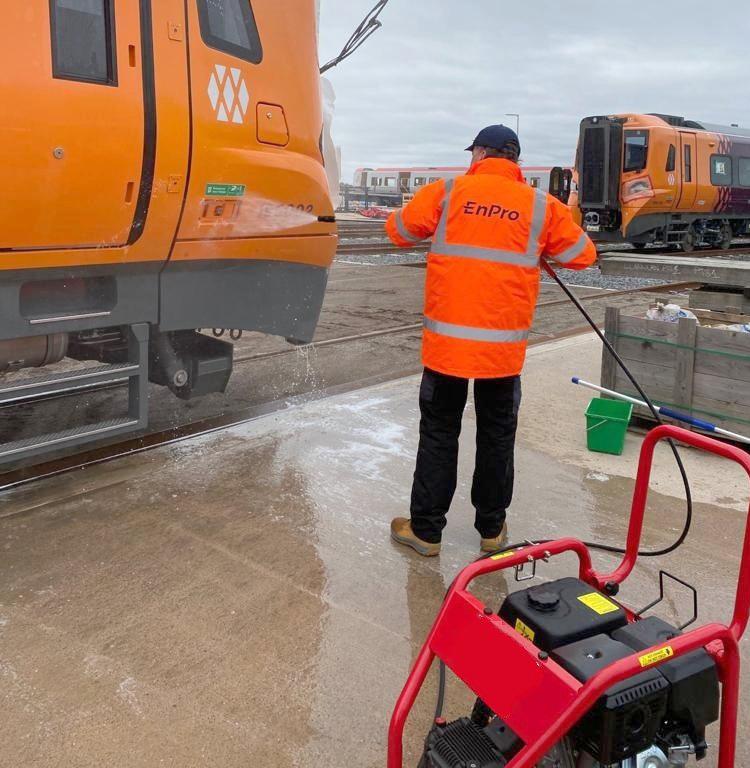
Mobile teams also perform cleaning and servicing of Britain's most luxurious train – the Northern Belle (on which customers experience luxury rail travel at its very best). This requires a unique kit of train cleaning chemicals, including metal polish and nonsilicone bees wax for the brass touch points and marquee woodwork.
When new trains are delivered, they require a thorough valet-type clean prior
to acceptance by the customer. EnPro has a long history of completing these handover cleans on rail vehicle interiors and exteriors for new train builders CAF and Stadler.
New trains for Caledonian Sleeper, TransPennine Express, Greater Anglia and West Midlands Trains have all been cleaned to the highest standards by EnPro at locations including Polmadie (Glasgow), Wembley, Manchester, Cambridge, Tyseley (Birmingham) and Newport.

EnPro staff also conduct overnight cleaning and servicing of trains for East Midlands Railway in Boston and for TransPennine Express at Preston and Doncaster. The latter contract includes Train Preparation Pre-service Checks and Fitness to Run exams, so EnPro teams will be wholly responsible for making trains available for the morning service.
SQR Prepared
SQR (Service Quality Regime) audits are now being conducted by independent auditors to measure customer experience on trains and at stations. Incentives and penalties encourage train operators to maintain and improve standards.
Cognisant of how important SQR is to its clients, EnPro has invested in a fully digital smart compliance platform (mpro5), which can be used on desktop or mobile devices. Whilst it has already been implemented by Network Rail and several train operators, EnPro is the only SME to have made the financial commitment to adopt this software.
The implementation of processes, auditing and proving compliance is assured through mpro5. After completion of work, EnPro Operatives use the application to
61 ROLLING STOCK
‘EnPro has demonstrable experience of seamlessly integrating with system suppliers’
complete a quality audit (based on the SQR template). Supporting photographs are attached showing ‘before and after’ condition or vehicle defects that require rectification. Audit scores with GPS and time-stamped images are stored against rail vehicle painted numbers and results are presented in dashboard form, providing surety of standards to the operator.
Keen to collaborate with operators to further drive improvement in SQR scores for trains entering service, EnPro has requested that operatives be issued with a float of mandatory labels so that any damaged stickers within passenger areas can be renewed immediately. Operatives have also been instructed to wash exterior bodyside doors and glazing in their marginal time and where practicable (in addition to the planned scope of cab front washing only).
Analysis of Big Data
EnPro’s Support Services division has placed experienced consultant auditors with rolling stock leasing companies to carry out condition assessments and dilapidation surveys. These reports are required when an operator hands rail vehicles back at the end of a lease and inform dilapidation repair requirements.
Online train presentation audits undertaken by EnPro operatives are creating a statistical and visual history of fleets serviced. This will be expanded as procedural documentation, including handover / handback for rolling stock modifications, is migrated to the software application and updated by EnPro technicians.
Whilst conducting system overhauls in the past, EnPro technicians have removed panels, fixtures and fittings from rail vehicle interiors. Campaigns like these could represent an opportunity to record rail vehicle condition in areas not easily accessible except at overhaul.

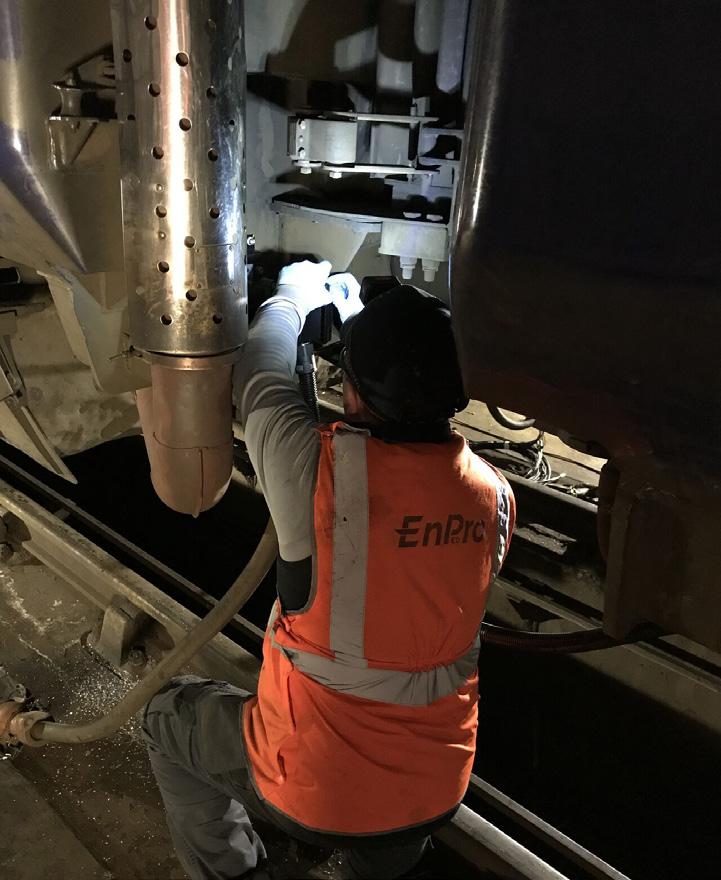
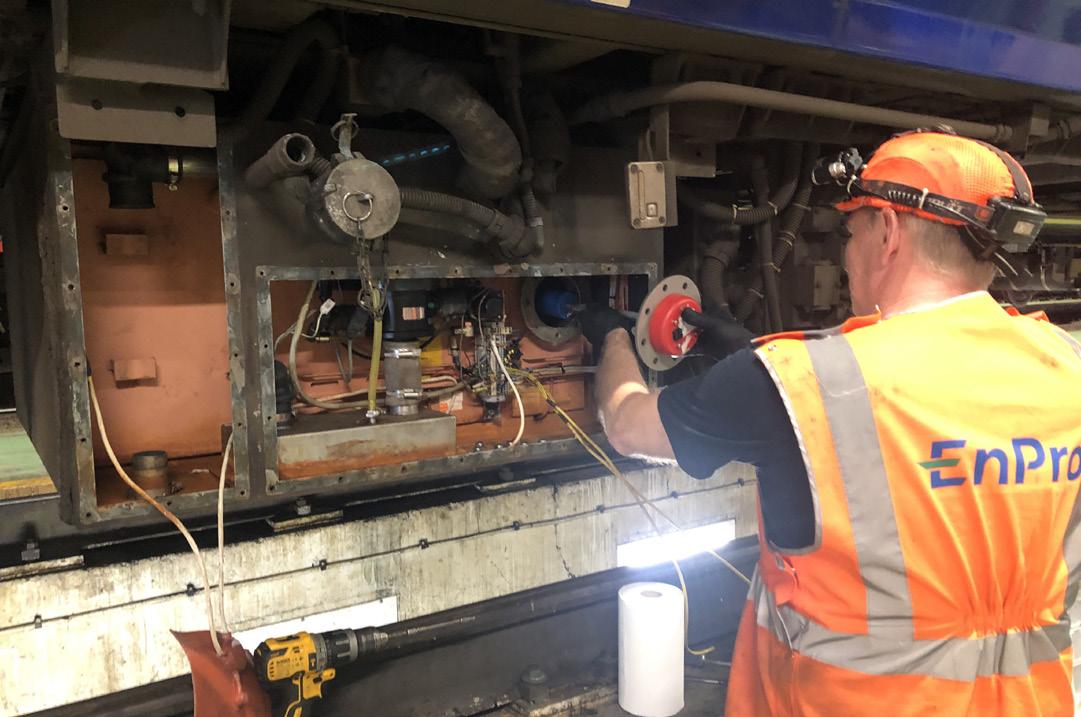

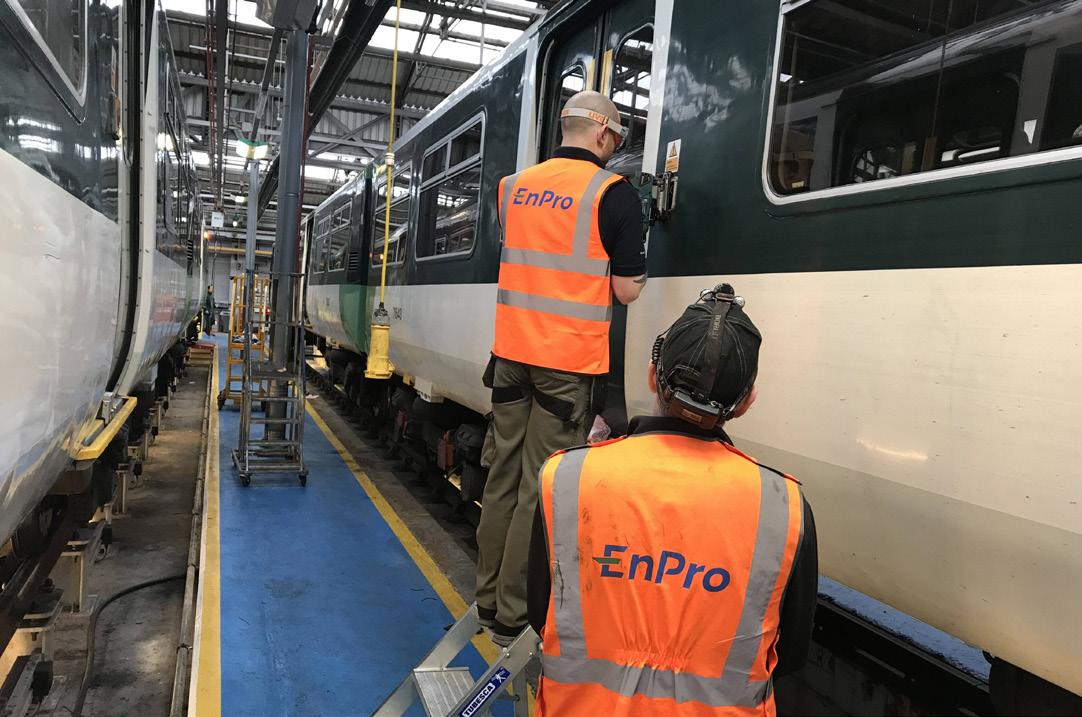
The management team at EnPro are constantly looking at areas where value can be added to existing services efficiently, effortlessly and cost effectively. The management of unstructured, multimedia data from EnPro audits (both technical and cleaning), could be utilised to produce

comprehensive vehicle survey information. Exploring this opportunity might enable operators and leasing companies to dispense with traditional, time-consuming and costly condition assessments, whilst providing increased visibility of issues to stakeholders.
In conclusion and based on the first five years of growth, the future looks exciting for EnPro.
The Future
EnPro’s management team are confident that their plan to further invest in people, technology, equipment, and facilities will reinforce business capability. This strategy will, in turn, assure its existing projects and help the business to win further medium and long-term contracts – securing its future for both staff and customers.
Tel: 01902 925307
Email: enquiries@enprogroup.co.uk
Visit: www.enprogroup.co.uk
62 ROLLING STOCK
‘Audits undertaken by EnPro operatives are creating a statistical and visual history of fleets serviced’
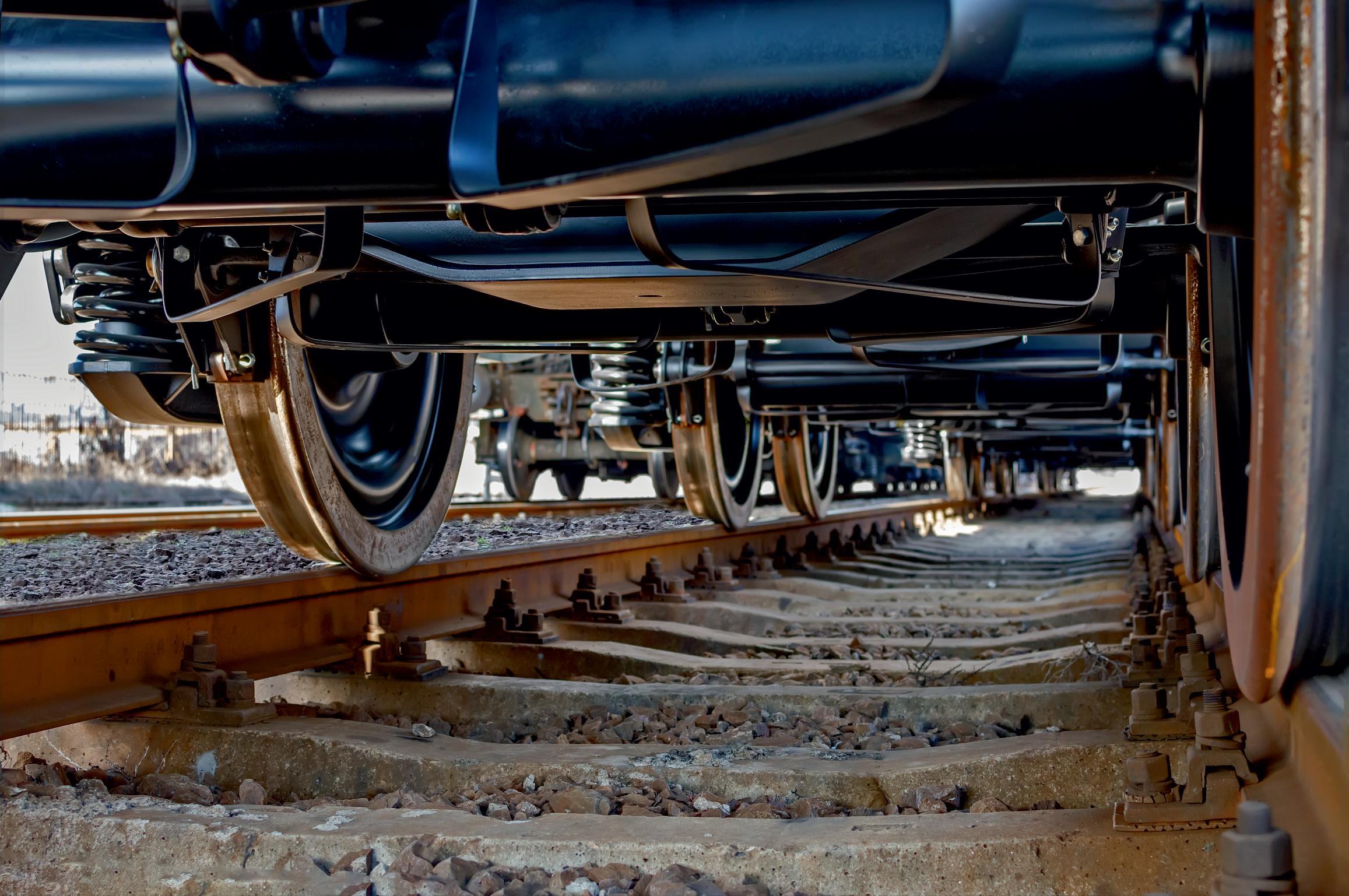
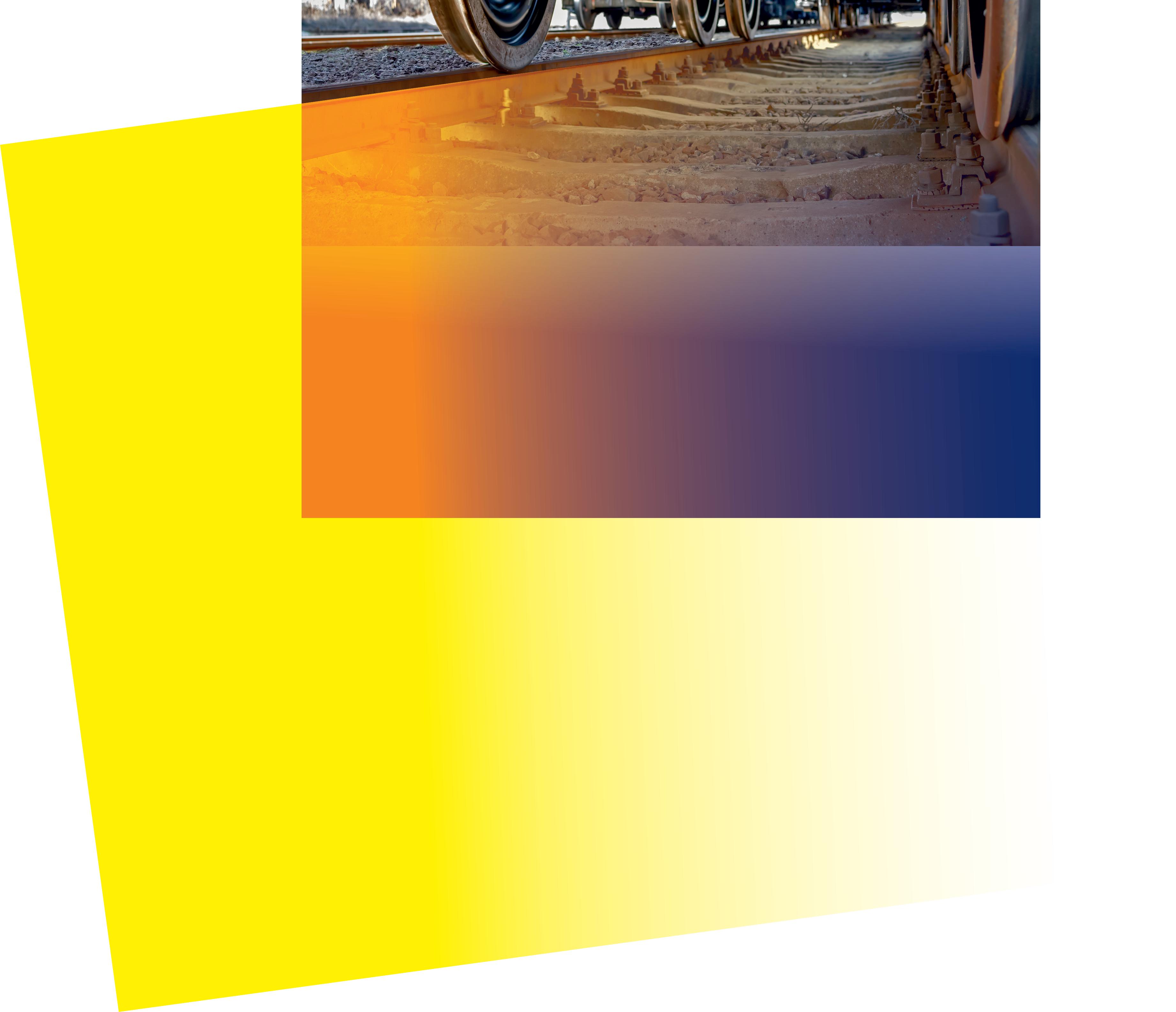






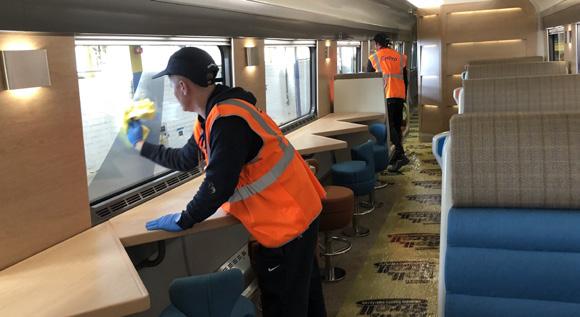
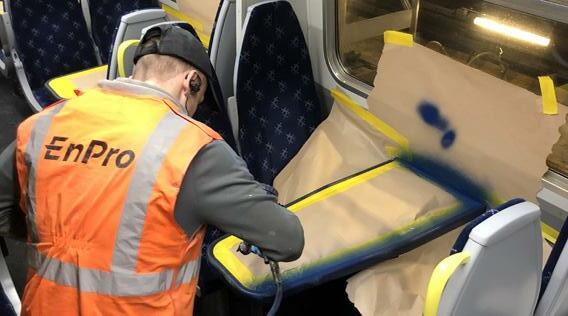
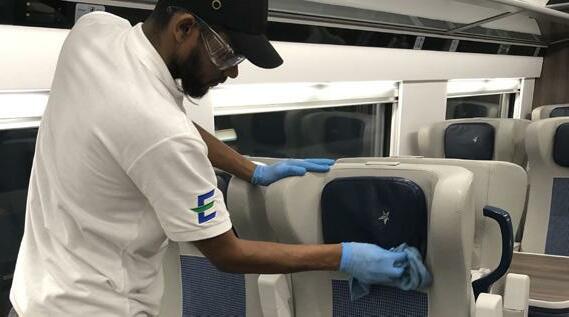
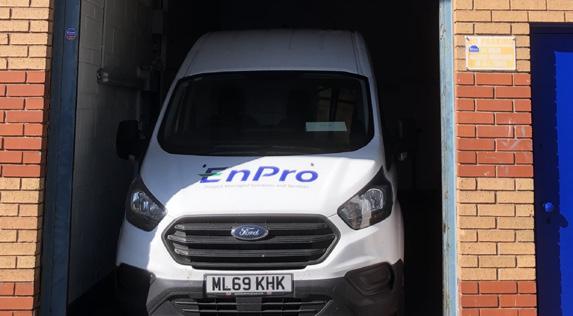
Your preferred service provider for the rail industry EnPro’s focus is on relationships, innovation, quality and consistent delivery across five sectors: Railway Projects Train Presentation Support Services Facilities Management Security Provision 01902 925307 | enquiries@enprogroup.co.uk | www.enprogroup.co.uk
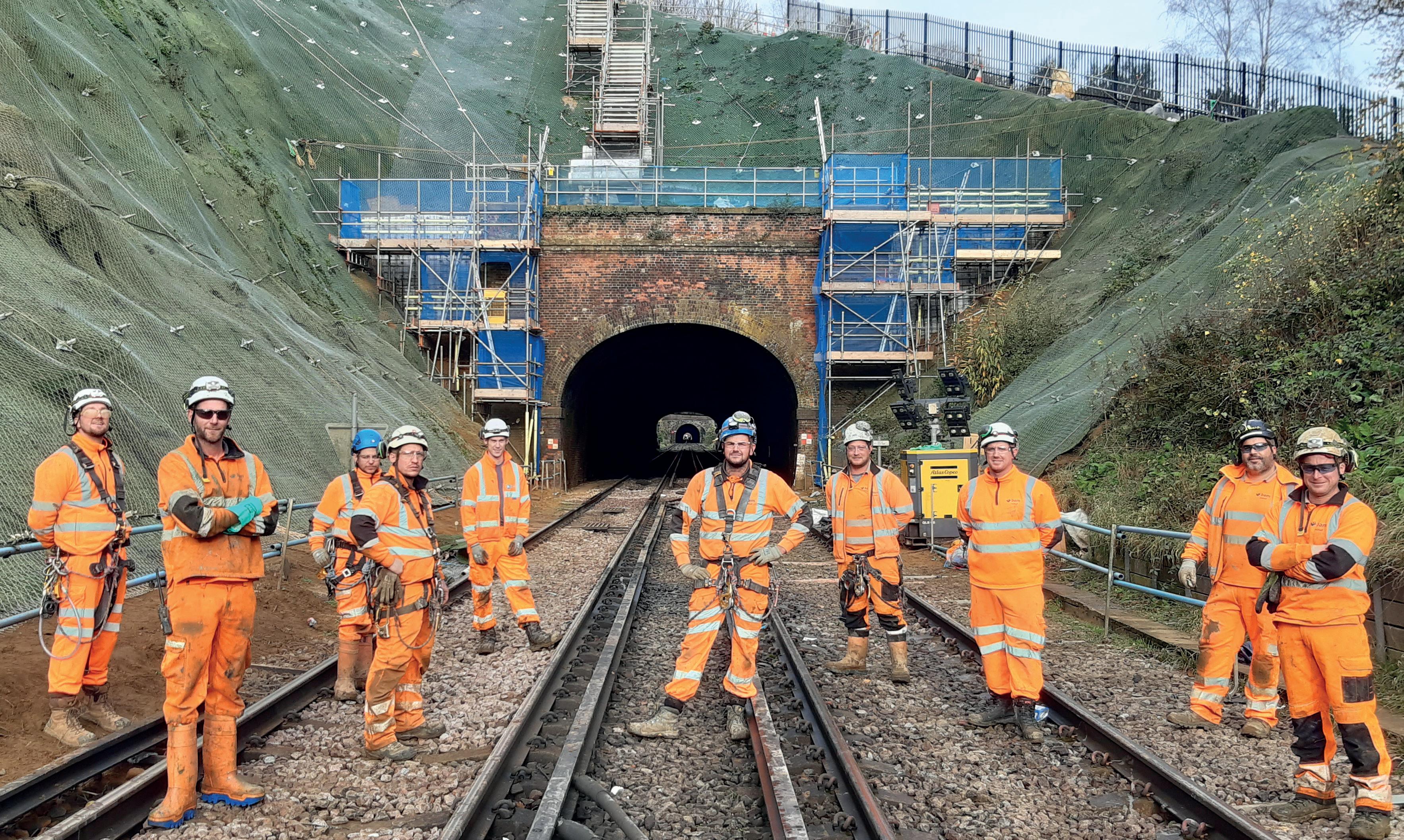
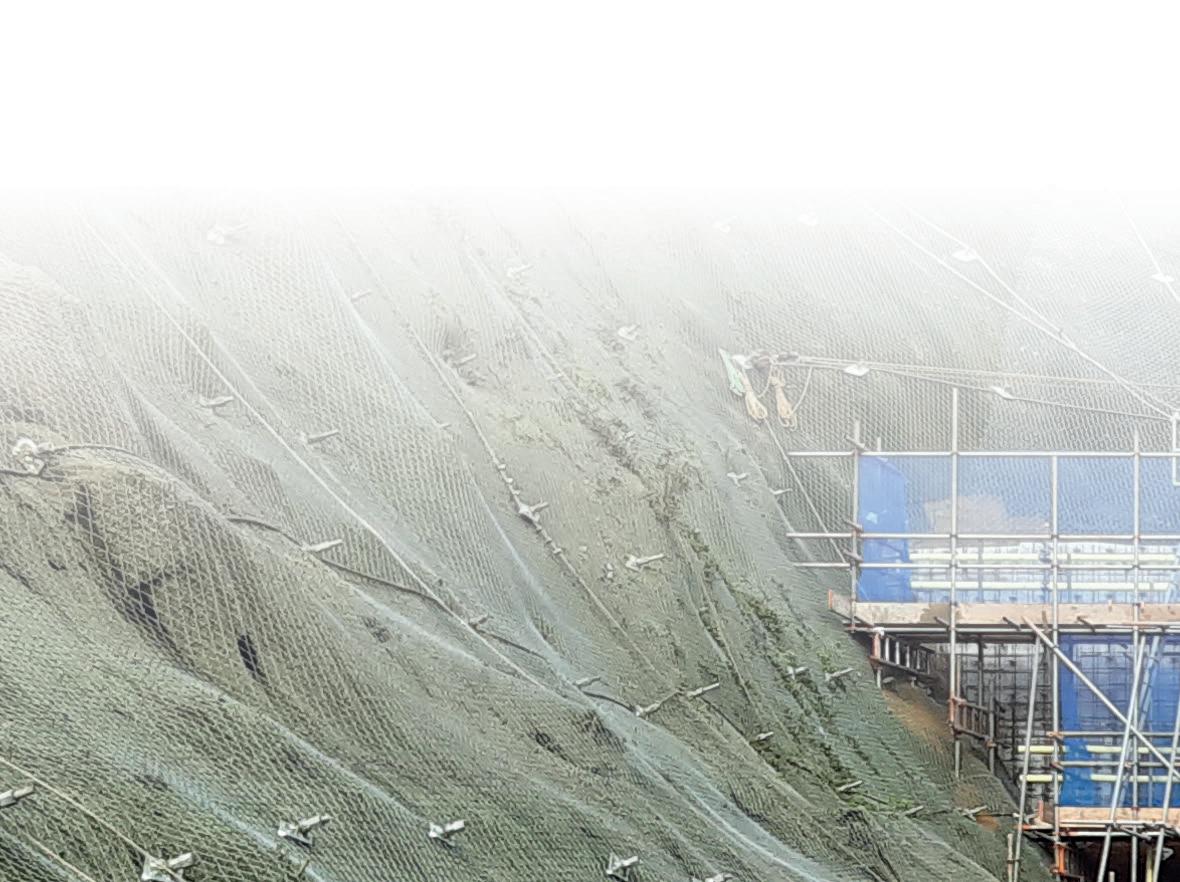
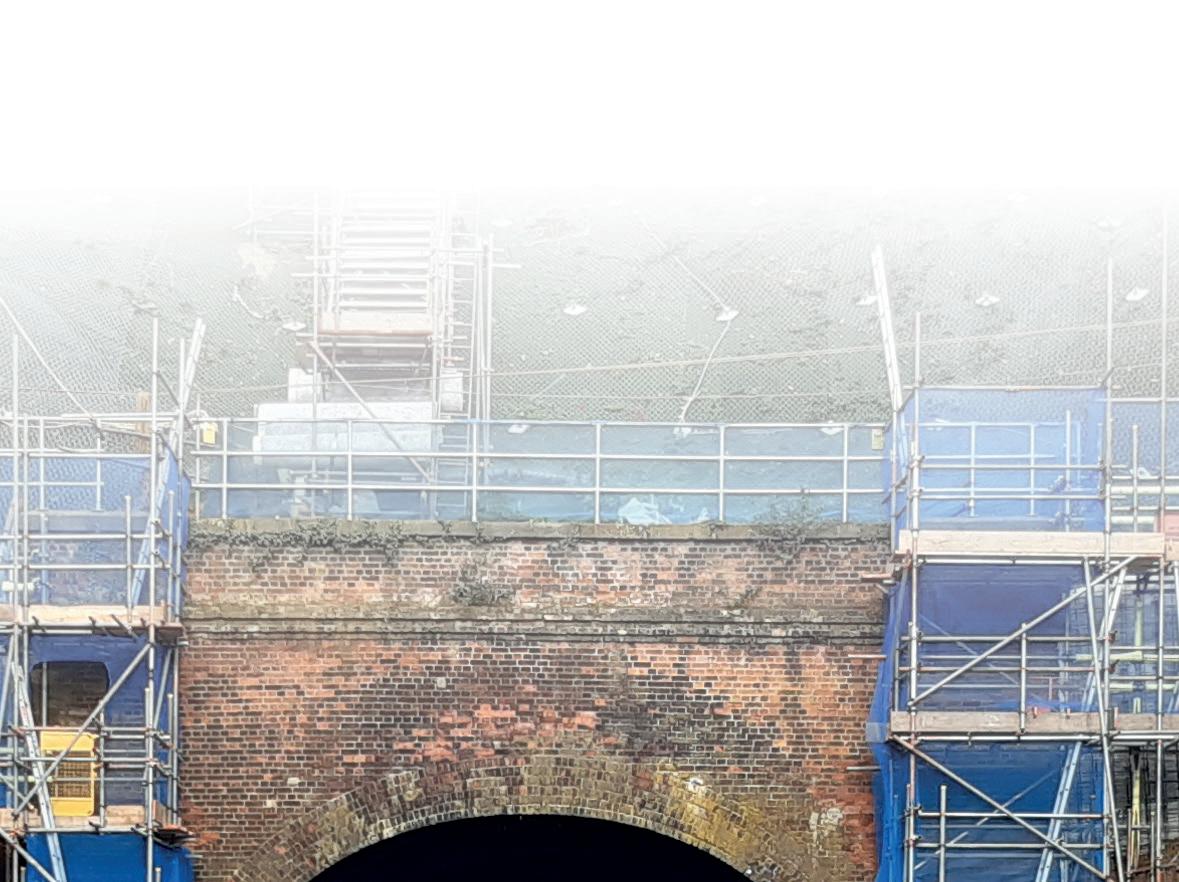
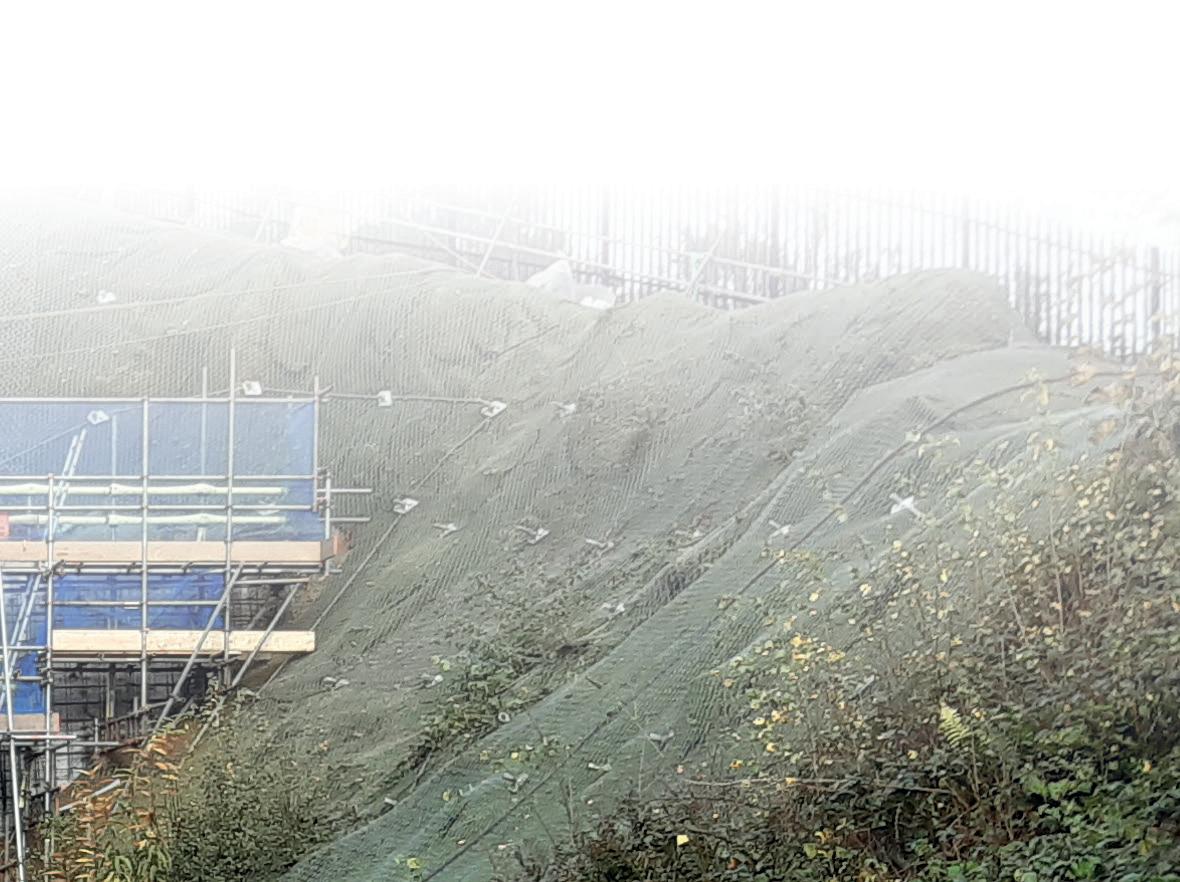








64
The State of the Union
NEWS IN BRIEF
GOSFORTH DEPOT IS READY
Ahead of the arrival of the first train at Gosforth depot, work to build a state-of-the-art new depot is nearing completion, with the main building now up and running. This is a critical milestone in the project, which will
46 TRAINS FOR THE TYNE AND WEAR
see Stadler deliver a brand new fleet of trains and a modern, purposebuilt facility, close to the centre of Newcastle. Stadler has recently finished the construction of the main building at Gosforth depot, soon to become the base for the new fleet of 46 trains for the Tyne and Wear Metro.
After a year dominated by industrial action across various sectors, it is clear that, notwithstanding the continual decrease in membership since the 1980s, trade unions continue to wield a great deal of power and industrial action in particular remains an effective tool available to them when seeking to negotiate with employers.
As part of its 2019 manifesto, the Conservative party pledged to address the disruption caused to passengers during transport strikes stating that: ‘Rail workers deserve a fair deal but it is not fair to let the trade unions undermine the livelihoods of others.’ Following this pledge, a number of legislative changes have recently been introduced or proposed which seek to reduce the impact of industrial action, thereby potentially weakening the position of trade unions, and we look at the impact of these measures below.
Resources during industrial action
At present, industrial action arranged or authorised by a trade union will be protected from any legal action by the employer provided the industrial action is carried out in contemplation or furtherance of a trade dispute and in accordance with legislative requirements, including in respect of balloting and picketing.
Such industrial action may be continuous or non-continuous and, in the absence of any employees who wish to continue working notwithstanding the industrial action, can cause an organisation’s business to grind to a halt. The coordinated strike action by unions across train operators
and networks this year has effectively demonstrated this with some train operators able to operate no or only minimal services on strike days. This inevitably has caused significant disruption to passengers.
Introduction of Minimum Service levels during industrial action
The Transport Strikes (Minimum Service Levels) Bill (“The Strikes Bill”), which had its first reading in Parliament on 20 October 2022, seeks to address this particular issue.
The Strikes Bill proposes to introduce minimum service level specifications for specified transport services during periods of industrial action. Such minimum service level specifications may be set in one of three ways:


• By way of negotiation and agreement directly between the employer and the trade union. Any agreement reached would form a legally binding Minimum Service Agreement (MSA).
• By a determination by the Central Arbitration Committee (CAC) which would result in a Minimum Service Determination (MSD). Such a determination may be made where the union and employer are unable to reach an agreement by negotiation after three months.
• Alternatively, the Secretary of State will have powers to set minimum service level specifications where the CAC has failed to make a MSD.
Under the proposed Strikes Bill, unions will be under an obligation to take steps to enter into an MSA with their employer where the employer serves them with a
‘notice of intent’ i.e. a notice of intention to enter into an MSA. Therefore, it will not be open to unions to simply refuse to engage in negotiations with employers in order to try and avoid a MSA being reached and, as above, should negotiations fail to result in an agreement after three months, the matter may be referred to the CAC to make a determination.
Equally, unions can themselves choose to serve a notice of intent on the employer which will then place the employer under a duty to take steps to enter into an MSA with the union. It seems far more likely that such a notice would be served by the employer as it is squarely in its interests to have a guaranteed minimum workforce in place during any strike but it will remain to be seen how this operates in practice.
One particular point to note is that, when issuing a notice of intent, an employer will be required to serve the notice on all unions who have members employed in connection with the provision of the service. Therefore, given that different grades of roles in the railway traditionally fall within the scope of different unions, an employer may be required to serve notice on a number of trade unions. However, the Strikes Bill also provides that, should the employer fail to serve a notice of intent on all unions, all unions will still be bound by the terms of any MSA agreed, even if they did not engage with the negotiations or agree to the terms. The Strikes Bill currently makes no distinction between unions which are formally recognised by employers for collective bargaining purposes and those which are not and it will be interesting to see whether this is clarified in future revisions.
65 VIEWPOINT
Erica Aldridge, Legal Director and Matthew Leake, Partner at Kennedys ask if legislative changes will take the sting out of industrial action?
Erica Aldridge is Legal Director for Kennedys and Matthew Leake is Partner for Kennedys
NEWS IN BRIEF
HOWE GREEN SUPPORTS SUCCESSFUL SPECIFICATION AT BOND STREET STATION
As one of nine new stations developed as part of the construction of the Elizabeth line, Bond Street Station will facilitate up to 137,000 passengers
137,000 PASSENGERS PER DAY
per day, with up to 22 trains passing through the station every hour at peak times from 6 November this year and up to 24 trains per hour from May 2023.
Providing interchanges for the Central and Jubilee lines, the newly constructed Bond Street station will significantly improve accessibility for travellers, whilst simultaneously increasing capacity at one of the busiest shopping districts in the UK.
The development of the station, managed initially by Crossrail contractor CSJV and later self-delivered by Crossrail, included the specification of 200 Howe Green stainless steel floor access covers as part of the structural and architectural design process to provide secure and concealed access to under-floor services.
Installed throughout the entire station, which includes two newly constructed ticket halls at street level and all underground passenger platforms that can be as long as 255 metres, the medium-duty 7500 Series Floor Access Covers were manufactured to bespoke specifications to successfully meet the project’s extensive requirements.
With over 50 kilometres of communications cabling, 200 CCTV cameras, 66 information displays, 200 radio antennas, 750 loudspeakers and 50 help points, an essential element of the specification process was ensuring the covers were tamper proof, without preventing contractors from gaining quick and easy access to the services below.
Effect of Minimum Service Level Specifications
It is all very well for an employer and union to agree a minimum service level specification but of course this is only of value in the event that the union (or unions) then adhere to the terms and the specified minimum staffing levels.
Where a minimum service level specification is in place, on being notified of impending industrial action an employer may serve a ‘work notice’ on the union, identifying the specific individuals required to work during the industrial action and the work that they will be required to carry out. This must be done no later than the 7th day before the intended strike action and, before serving such a work notice, the employer must take such steps as are reasonably practicable to consult the union and have regard to any views expressed by it.
The work notice may not identify more people than are reasonably necessary in order to perform the level of services set out in the minimum service level specification. Also, an employer cannot have any regard to an individual’s trade union membership status when determining whether they will be required to work.
Where such a work notice is served and a union fails to take reasonable steps to ensure that the individuals named in the work notice do not take part in the industrial action, the union loses its protection from liability in tort and an employer will have a potential remedy against the union for any losses incurred as a result of the failure. For such a claim, much will depend on what will be deemed to be ‘reasonable steps’ and the level of active intervention required by the union to meet this requirement. It is understood that the final version of the Strikes Bill is likely to include guidance and examples of what may amount to reasonable steps in order to provide greater clarity on this.
Ability of employers to cover staff shortages with agency staff
Separately, a change has already come into force to allow employers to use agency staff to cover staff shortfalls caused by industrial action. The Conduct of Employment Agencies and Employment Businesses (Amendment) Regulations 2022 (The Agencies Regulations), labelled by the then Transport Secretary Grant Shapps as a measure to: ‘Ensure any future strikes will cause even less disruption and allow adaptable, flexible, fully skilled staff to continue working throughout’ took effect on 21 July 2022. The Agencies Regulations removed a previous prohibition on employment agencies from providing temporary workers to employers for the purpose of temporarily replacing striking employees.
The removal of this restriction, together with proposed changes contained in the Strikes Bill may leave rail employers feeling buoyed that they will be able to maintain their services during any future industrial
action. However, it should be noted that the change introduced by the Agencies Regulations is currently being challenged by way of a judicial review application brought by a number of trade unions including Unison and the TUC on various grounds including an alleged failure by the government to consult trade unions and an alleged breach of the right to freedom of assembly and association under the European Convention on Human Rights. Therefore, it is likely to be some time before there is clarity around the law on this point. Also, it is possible that the provisions for Minimum Service Level Specifications set out in the Strikes Bill may face a similar judicial review challenge.
Increase in compensation for unlawful industrial action
At the same time that the Agencies Regulations took effect, changes were also made to the limits on compensation levels payable by trade unions in the event of unlawful industrial action/ Specifically, the compensation limits were significantly increased as follows:
• Where a union has less than 5000 members: £40,000 (£10,000 previously).
• Between 5000-24,999 members: £200,000 (£50,000 previously).
• 25,000 to 99,000 members: £500,000 (£125,000 previously).
• 100,000 members or more: £1,000,000 (£250,000 previously).
Therefore, in many cases, the potential penalty for the leading rail unions for supporting or authorising unlawful industrial action (e.g. action not adequately supported by a properly held member ballot), is now more significant.
However, employers need to be realistic that trade unions are often well versed in the requirements and procedures for carrying out lawful industrial action, and therefore it may be unlikely that these increased compensation limits will have a material impact in deterring industrial action.
Comment
The government has clearly signalled its commitment to balancing the rights of employees to strike against the rights of transport users and to reducing the detrimental effect of strikes on customers and the economy. This is of course good news for rail companies, the public and business and should mean that, whilst still inconvenient, future rails strikes will have less ability to cripple the rail network.
However, there is still some way to go before the Strikes Bill becomes law and, prior to this, the proposed measures may be subject to amendments and legal challenge. As such, the full effect and benefit of these measures will not be clear for some time.
erica.aldridge@kennedyslaw.com matthew.leake@kennedyslaw.com
66 VIEWPOINT
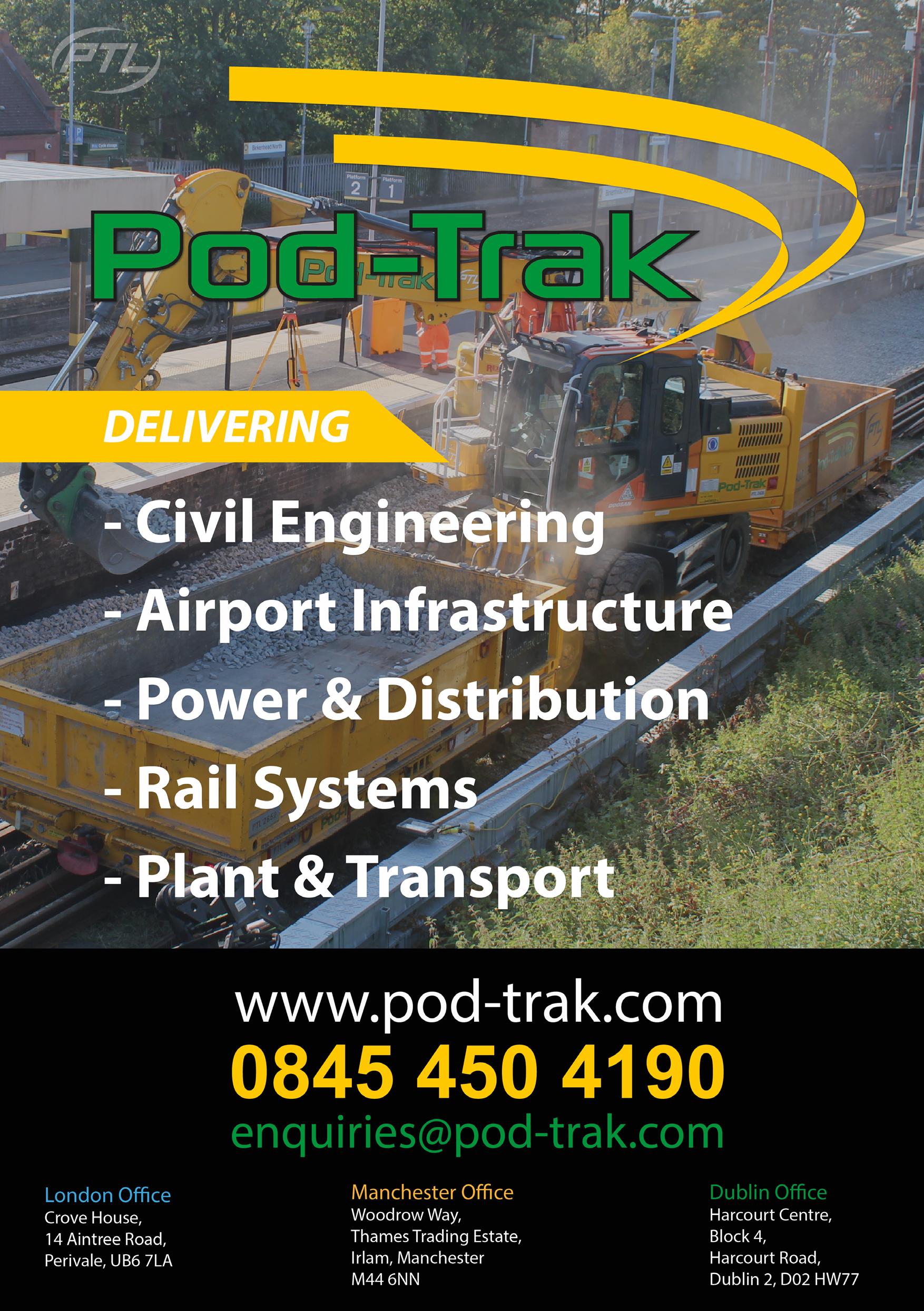
The Journey to Net Zero

The world we live in is one of volatility, uncertainty, complexity, and ambiguity and when coupled with climate change it exacerbates the need for action. For businesses faced with growing pressure from all stakeholders to reduce the carbon emissions associated with their activities, rail freight is part of the modal shift solution offering a 75 per cent reduction of emissions against road.
At Freightliner there is no time to stand back and wait for a single solution; decarbonisation relies on the development and trial of multiple emissions-cutting technologies and techniques in line with the latest climate science.
Some of these innovations deliver immediate gains, such as reducing locomotive engine idling time and substituting diesel fuel with low-emissions alternatives. Some may only pay off in the coming years, such as hydrogen power. Others such as Freightliner’s unique emissions calculation tool, provide valuable data and insight to make decisions, support our customers and inform discussions with government on electrification and decarbonisation of the rail network.
This multi-pronged approach, experimenting with fleet-based solutions, pooling knowledge with the rest of the rail freight industry and lending engineering and sectoral expertise to regulators through membership of steering and engagement groups, is vital at Freightliner to provide a vision, understanding, clarity and agility to drive incremental improvement while building the foundations of a carbon-free freight service.
To achieve net zero, Freightliner has a dedicated sustainability team working in a collaboration with the business to facilitate and support a variety of programmes designed to reduce carbon emissions. The movement for change started in our engineering team with trials, tests and innovation which has provided a strong foundation and the start of a robust foundation for Freightliner to build on.
The legacy of this work has enabled an innovative culture to blossom, where experimentation and curiosity are encouraging learning in an agile way, creating a collaborative approach. A growth mindset and learn fast approach to reducing carbon emissions is a corner stone within Freightliner. We celebrate when projects are
successful and when not, they are seen as opportunities for learning, capturing the outcomes and celebrating the contributions made using the principles of – Evaluate, Learn, Adapt.
The evaluation and learning support future decision and enables future review as further innovation, advancements in technology and ideas grow.
Science Based Target initiative (SBTi)
The starting point for Freightliner’s approach is commitment to climate science. Freightliner’s parent company Genesee & Wyoming Inc (G&W) has submitted a commitment to the Science Based Target initiative (SBTi) with a goal of reducing G&W’s greenhouse gas emissions against climate science. The first steps in Freightliner’s commitment to achieve net
68 FREIGHT
Chris Cleveland, Head of Sustainability at Freightliner describes the improvements that the freight operator is making to reduce its carbon emissions
‘It is currently possible to replace up to twelve per cent of the fuel with water.’
zero carbon emissions and supports the ‘pathway’ for Freightliner to reduce carbon emissions, in line with the Paris Agreement, to net zero.
How is Freightliner seeking to achieve Net Zero?
Freightliner have been exploring projects which include alternatives fuels, data & analytics, and technology and behaviours. These programmes will deliver the reductions in carbon emissions in the short term to enable collaboration and engagement for the longer-term decisions on alternative powered traction, such as bi-mode, tri-mode, hydrogen, underpinned with continued promotion on infill electrification to support investments in new electric traction.
Alternative Fuels
With 75 per cent of Freightliner’s direct carbon emissions coming from diesel traction, there has been a focus on seeking alternative fuels that can provide the same performance as diesel but with significant reductions in carbon emissions and air quality benefits.
In 2021 Freightliner carried out trials to verify alternatives fuels that could be used in unmodified locomotives without loss of power. From running a series of test trains, including the heaviest freight train on the network with no reduction in horsepower, confirmed air quality benefits and significant reductions in carbon emissions.
Freightliner now offers GD+, an advanced hydrotreated vegetable oil fuel made from renewable feedstocks. Carbon emissions are roughly 92 per cent lower than diesel on
average, with air quality benefits including a 14 per cent reduction in nitrogen oxides and 18 per cent lower ultra-fine particulates. GD+ is a drop-in fuel that can be used without any alteration to a locomotive engine and supports as a transitional fuel on the path to a net zero economy.
Electric Traction
Switching to electric traction boosts environmental benefits even further cutting carbon emissions up to 95 per cent compared with road haulage and reducing air pollution. Freightliner endorses the Department for Transport’s Decarbonisation Plan, which prioritises infill electrification of short stretches, sometimes only a few miles, to open whole routes to end-to-end electric traction.
With its fleet of 23 electric locomotives, Freightliner is the UK’s biggest provider of electric freight traction and with the lowercost gap-filling electrification projects, it would unlock substantial carbon savings and air quality benefits, taking the early steps towards full decarbonisation of the network and increasing the economic, social, and environmental benefits of UK rail freight.
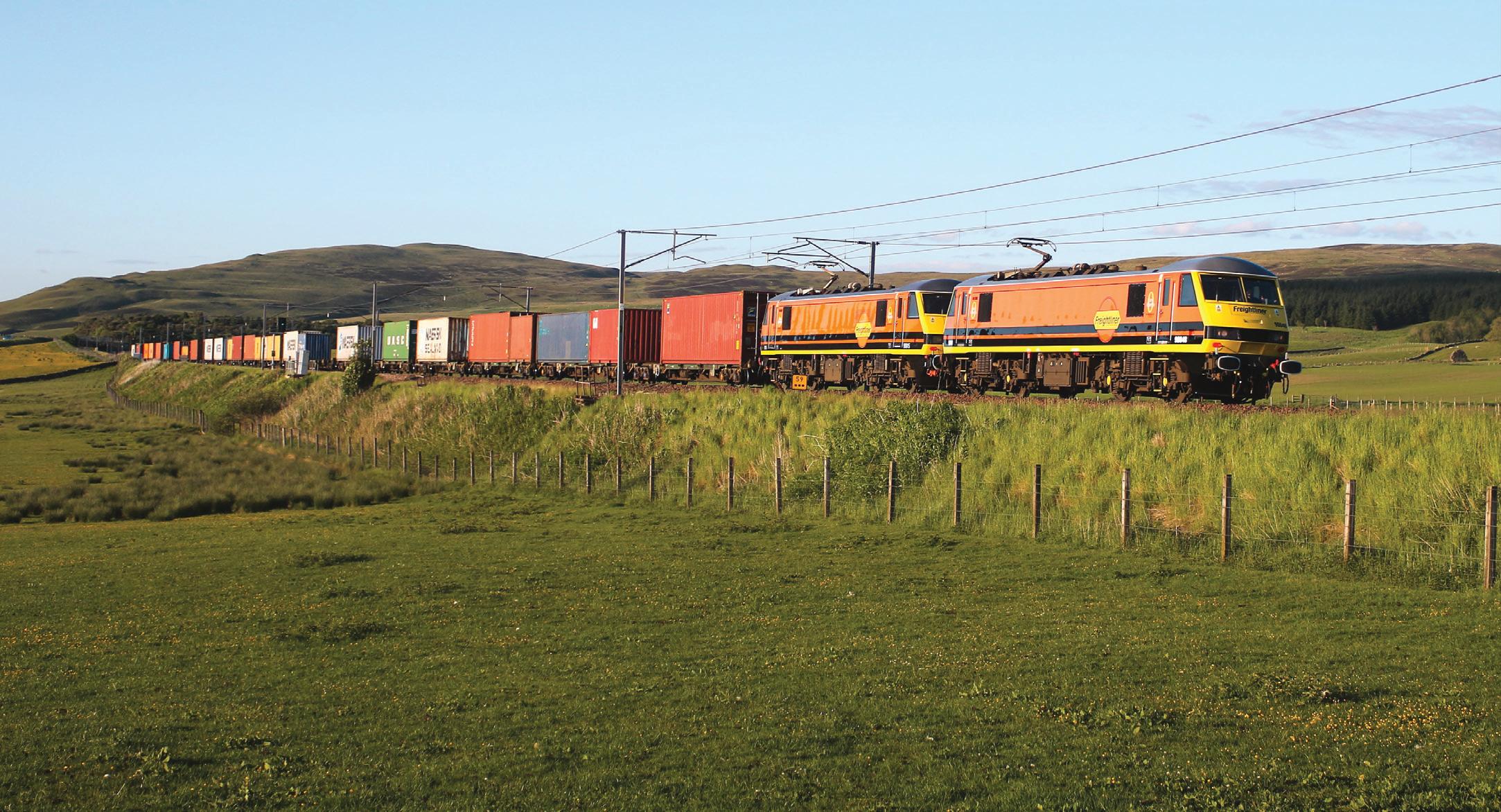
Reporting Tools
With businesses under increasing pressure to report on the supply-chain elements of their carbon footprints – known as Scope 3 emissions – Freightliner has developed a tool to allow its customers to monitor and report their rail freight-related emissions. Scope 3 emissions data are increasingly demanded by regulators, investors, and customers as part of an organisation’s carbon reporting but since the emissions are
not generated directly by the business it is often hard to obtain accurate data.
In addition to Scope 3 emission data tools, Freightliner has also built on software, developed by Hull University, which maps the whole UK rail network to optimise freight planning and includes detailed data on variables such as gradients and permitted weights for each route.
With the aid of first of a kind innovation funding from the UK government, Freightliner has overlaid conversion factor data for carbon emissions and air-quality impact for different locomotive classes and train sizes. The result is the Rail Energy and Emissions Calculator (REEC) Tool generating accurate carbon emissions data for any train configuration on any rail route in the UK. The benefits from the REEC tool are:
69 FREIGHT
‘With the aid of first of a kind innovation funding from the UK government, Freightliner has overlaid conversion factor data for carbon emissions and airquality impact for different locomotive classes and train sizes.’
• Freightliner’s customers can calculate their Scope 3 emissions in line with the regulatory requirements of the Streamlined Energy and Carbon Reporting (SECR) framework.
• Freightliner’s customers can model the carbon savings of a modal shift from road to rail or switching from diesel traction on existing routes to a low-emissions alternative fuel.

• Freightliner can optimise the efficiency and carbon footprint of its operations by calculating where running longer trains, for example, is more energy and carbon efficient.


The tool can also be used to analyse the carbon reduction impact of different network electrification options, supporting the Department for Transport’s Decarbonisation Plan, for infill electrification of shorter stretches to open whole routes to end-to-end electric traction, unlocking substantial carbon savings and air quality benefits.
Idling reduction
Locomotives are commonly left with their engines idling when not in use for hours, sometimes even for days at a time. It was calculated in 2020 at Freightliner locomotives spent an average of eight hours 45 minutes a day sat idling generating emissions with no benefit to the company or its customers. Simple technology changes, such as start/stop technology, speed limiters, focusing on behavioural changes and raising awareness has reduced fuel wastage in Freightliner’s fleet from idling by three hours and 15 minutes to an average of five hours 30 minutes a day, cutting carbon emissions by 3,264 tonnes of
carbon emissions, saving 1.2 million litres of fuel, and offering a low-cost step towards decarbonising. Work continues to cut idling time by 50 per cent by 2025.
Fuel/Water Emulsion
Alongside projects to provide low-emission fuel alternatives to diesel-powered traction, Freightliner is exploring the potential to further cut carbon emissions and air pollutants. It is currently possible to replace up to twelve per cent of the fuel with water, blended using a surfactant to create an emulsion, without significant loss of engine power. The emulsion is injected into standard engines and produces lower carbon emissions and reduces nitric and nitrogen oxides and particulate matter emitted to the air. The project is further exploring technology that could allow a greater proportion of water to fuel to be added to give a greater emulsification without loss of power, which is hoped will see further reductions carbon emissions and air quality benefits.
From the projects being undertaking, we are seeing reductions in our carbon emissions and have a programme to reduce our carbon emissions significantly into the next decade. However, at Freightliner we cannot rest on our laurels, as we move another year closer to 2050, our plans need to be continuing with same vigour as we have for the previous years to ensure the momentum into 2030 on onwards.
Freightliner are exploring what the future locomotive could look like and collaborating with external companies on fuels for the future, could this be hydrogen, steam, or another. The opportunities are starting to emerge, and we are putting ourselves at the forefront of this. Carbon neutral terminals
are a real possibility with renewable energy, alternative fuels and interdependencies between biodiversity and carbon emissions to progress further to net zero.
However, for Freightliner to continue our pathway to net zero, there are several key areas of support needed. The government’s ongoing commitment to support innovation, research, and development through first of a kind funding and other programmes is crucial for achieving net zero. It has enabled and unlocked opportunities for doing things differently, reporting tools and advancements in lower carbon technologies. A commitment to a network of infill electrification is crucial both in terms of using electric traction and for informing the future of low-carbon locomotive traction, coupled with incentives for decarbonisation, such as reducing the cost-premium associated with running lower-carbon trains, incentivising use of low-carbon alternative fuels and supporting pricing for electric traction.
There may not be the magic bullet or one solution that solves the impact of climate change, but at Freightliner our approach of incremental improvements is setting us on a direction to reduce our carbon emissions to achieve net zero.
70
FREIGHT
Chris Cleveland is Head of Sustainability at Freightliner, a leading provider of rail freight solutions of intermodal and bulk freight haulage, operating services across the entire UK. Chris’s role has responsibility for environmental management, direction for achieving net zero, embedding biodiversity principles and the positive impact of social value.
‘Our approach of incremental improvements is setting us on a direction to reduce our carbon emissions to achieve net zero.’
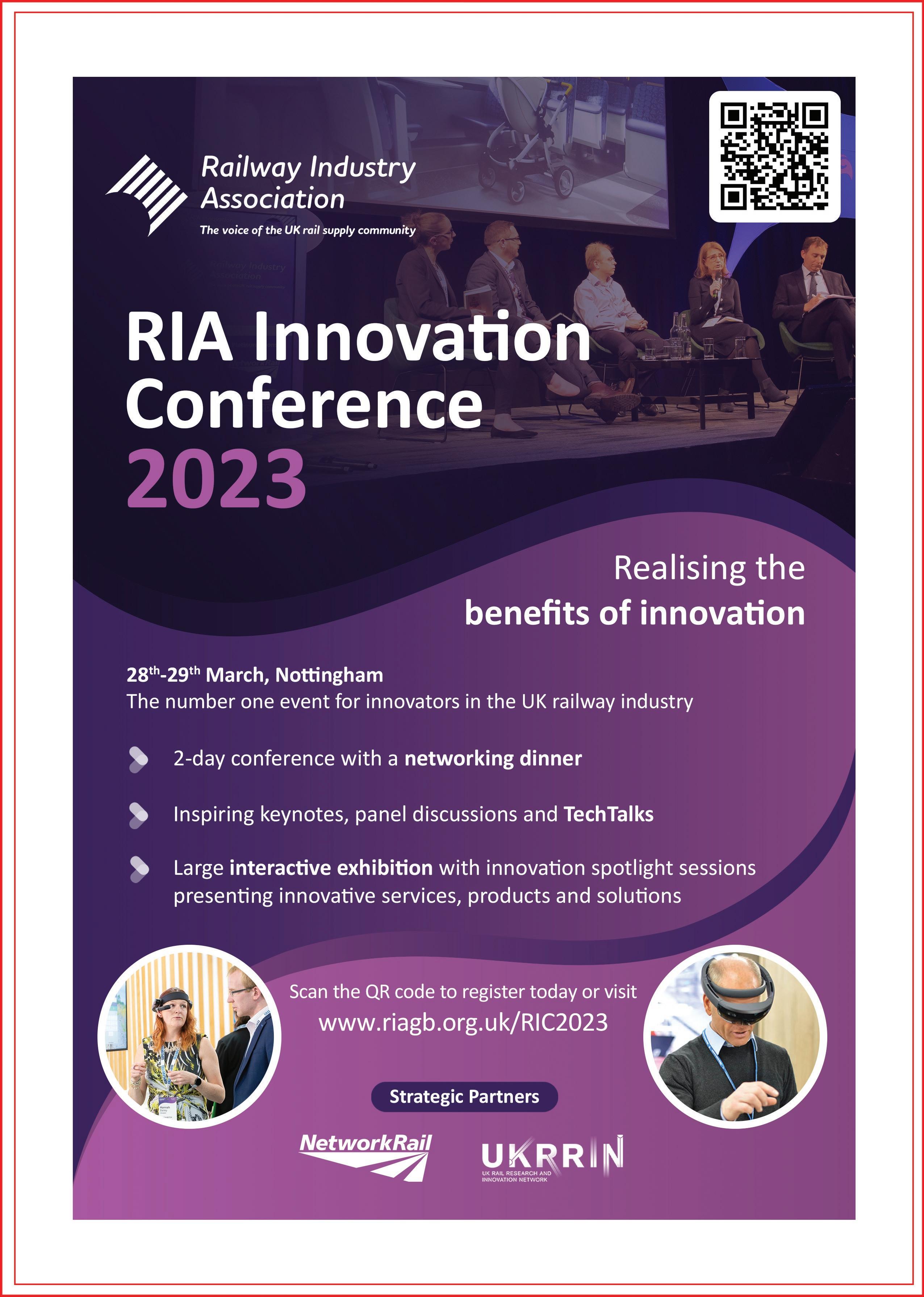
Since 2003, the Rail Safety and Standards Board has become one of the world’s go-to sources for expert knowledge on all aspects of rail operations and safety.

Our work benefits the whole industry to make an evolving railway safer, more efficient and more sustainable. As well as our core offering, we provide consultancy and training, and services such as assurance, the R2 vehicle database and the Rule Book.
To find out more, visit rssb.co.uk/additionalservices

72
RSSB. Training R2 Vehicle Database Data Insights Assurance Services Horizon Scanning Consultancy Safety Validation Affiliation Rule Book With you every step of the way
More Freight Can Go by Rail
A research project by the Rail Safety and Standards Board means freight train operators in Great Britain can safely haul more goods wagons per train than current practices allow, improving their environmental impact and financial efficiency
The research has enabled existing couplers, which connect freight wagons, to safely connect more load. The evidence means a 34.5 tonne coupler rating can increase 16 per cent to 40 tonne, and some 56 tonne rated couplers increasing 13 per cent to a new 63 tonne rating. Crucially the uprated values can be applied to wagons in use today without the need to upgrade or undertake a detailed engineering assessment.
As a result of the research, more than 12,000 rail freight wagons, over 50 per cent of Britain’s fleet, will received an increase in traction rating (the amount of weight it is able to safely haul).
RSSB’s real-world case studies found that increasing coupler strength ratings will provide huge environmental and financial benefits.
On a typical Anglo-Scottish journey, over two tonnes of carbon dioxide emissions can be saved, as well as considerable amounts of nitrogen oxides and particulate emissions. Significant financial efficiencies are also delivered due to the train length increase.
Case studies
A 50-mile journey (each way) with 24 wagons. This increased to 27 wagons and provided environmental savings of 0.25 tonne CO2 (Carbon Dioxide). The projected annual financial savings were £291,000.
A 235-mile journey (each way) with 14 wagons. This increased to 16 wagons and provided environmental savings of 1.4 tonne CO2. The projected annual financial savings were £245k.
A 235-mile journey (each way) with 19 wagons. This increased to 23 wagons and provided environmental savings of 2.1 tonne CO2. The projected annual financial savings were £364k.
The rail industry is now implementing the improved freight coupler load ratings and identifying routes suitable for longer freight services.
RSSB’s Lead Research Analyst, Aaron Barrett said: ‘It's good to see the results of our research directly helping freight train operators. By enabling longer trains, more goods and materials can be hauled per journey. This will have a hugely positive impact on emissions and financial efficiency.
‘This research project is the first in a series, funded by the Department of Transport, designed to help the rail freight sector in Great Britain. Our freight research programme is currently focusing on the safe operation of rail freight, raising the average speed of services, enabling the operation of longer trains and reducing emissions.’
Rail Minister, Huw Merriman said: ‘This research is hugely promising. It’s great to see how we’re continuing to improve our freight network, so even more goods and materials can be moved with every journey, strengthening the UK supply chain.
‘Government investment into new ideas and innovations is vital as we continue to strengthen the UK supply chain and strive towards greener freight and net zero by 2050.’
Director General of the Rail Freight Group, Maggie Simpson said: ‘Rail Freight Group members have been working hard to improve the efficiency and performance of their rail freight services, and look forward to moving more goods and materials on the new capacity this research has identified.
‘RSSB’s research projects are bringing modern thinking and analysis to age old issues, and will enable more goods to be hauled by train without needing investment in new infrastructure or rolling stock.’
NEWS IN BRIEF
AYLESBURY FREIGHT TRAINS TO TAKE EXTRA 28,000 HS2 TRUCKS OFF BUCKS ROADS
HS2 has confirmed that a decision to move more material by rail into construction sites near Aylesbury will take the equivalent of an extra 28,500 lorries off Buckinghamshire’s roads and save 9,680 tonnes of carbon emissions.
The move to cut lorry numbers will help reduce disruption for communities and comes as construction work continues on the early stages of the new high speed rail line which will pass to the west of the town.
HS2 has already run more than 500 freight trains into its site at Calvert since the first railhead opened in December 2020 – and the opening of this new facility on the Prince’s Risborough line, south of Aylesbury, will allow a further 285,000 tonnes of aggregate, needed for construction, to be delivered over the next four months.
Across the county, HS2 contractors are focused on completing archaeological investigations, excavating the Chiltern tunnel and delivering initials works such as the haul roads and internal access roads which will access to the main construction sites.
The trains into Calvert were operated by DB Cargo and Hanson, which will also be operating the railhead into Aylesbury.
Across the whole HS2 project, 15,000 freight trains are set to be used to haul ten million tonnes of aggregate to construction sites – taking the equivalent of 1.5 million HGVs off the UK’s roads.
73 FREIGHT
15,000
BE
SAVE 9,680 TONNES OF CARBON EMISSIONS
FREIGHT TRAINS ARE SET TO
USED
74 +44 (0)1332 343 585 enquiries@signet-solutions.com www.signet-solutions.com We would like to wish all our delegates a very Merry Christmas and a prosperous New Year! We want to thank you all for your support through another successful year. We look forward to working with you in 2023. Please see our website or call us for course updates and news. delegates for From us all at Signet Solutions Merry Christmas
Lucy Rackliff, SFHEA is Senior Lecturer in Transport at Aston University and Toby Rackliff is Strategic Lead, Rail Policy at West Midlands Rail Executive.


track branch line to the country’s busiest container terminal at Felixstowe should also be a high priority, but all too often such projects fail to progress due to lack government funding support.
In terms of decarbonising the existing rail network, experience from Europe has demonstrated that the most cost-effective way of achieving this is through a rolling programme of electrification prioritising the busiest main lines and urban networks.
COP27 in Reflection
Rail professionals scanning the Transport sections of the Cop26 website, looking for ways in which their industry can play its part in tackling climate change are likely to be disappointed
Advances in battery technology also look set to have a strong supporting role, especially where such technology can effectively bridge-the-gap between different parts of the electrified network. Hydrogen clearly also has some potential as a power source for parts of the network where electrification is unlikely to be affordable, subject to the challenges around storage and production of truly ‘green’ hydrogen being addressed.
Given the contribution of road transport to global emissions, the lack of focus on rail is perhaps unsurprising: ‘Sixty percent of road transport emissions come from passenger travel (cars, motorcycles and buses); and the remaining forty percent from road freight (lorries and trucks). This means that, if we could electrify the whole road transport sector, and transition to a fully decarbonized electricity mix, we could feasibly reduce global emissions by 11.9 per cent.’ (Emissions by sector - Our World in Data)
Emissions at the point of use are not, however, the only environmental impact of road transport. Others include the generation of particulate matter (something electric vehicles do at much the same rate as Internal Combustion Engine Vehicles), urban land-take, and associated effects on social cohesion and active transport, and the exacerbation of climate change effects as road surfaces contribute to urban heat islands and the effects of flash-flooding. Even before we consider the provenance of battery components, the impact of the whole road vehicle supply chain, or indeed the effect on the grid of a fully electric car fleet, it should be clear that simply transitioning to electric road vehicles, whilst continuing to move the same volume of people and goods by road is a wholly inadequate solution.
The Cop26 focus on electric vehicles, with apparently no consideration of these broader questions is, at best, unambitious and simplistic, but if that was a disappointment to many last November, at Cop27 this year, the commitment did not even extend as far as having a dedicated day for transport.
More broadly, whilst decarbonising aviation presents arguably the biggest technical challenge, it is an uncomfortable truth that shipping, which provides the backbone of our low-cost global supply chain, not only accounts for some three per cent of the world’s emissions which continue to increase year on, but uses some of the cheapest, most polluting fuel.
In terms of surface transport, rather than focusing on electric vehicles, the priority should be to move towards more efficient and sustainable modes of transport. For local journeys this means encouraging car users to move towards walking, cycling and public transport. For longer distance passenger and freight traffic we need in the first instance to move from road and air to rail. Even replacing 60-70 HGVs with a train powered by single diesel engine is both less polluting and more efficient in terms of resources.
Similarly, decarbonisation is also easier to achieve and more effective if we focus on high volume, high-capacity modes such as rail, where addressing a dozen or so relatively short electrification gaps between our existing electrified trunk routes would enable a significant portion of long distance freight trains to switch from diesel to electric power.
The principal obstacle to the required modal shift in the UK, however, is the lack of lack of capacity on the rail network to accommodate future passenger and freight growth. This is why projects like HS2 are key to encouraging modal shift from road and air, and releasing capacity on existing lines for more freight and local passenger services. Targeting key bottlenecks on the existing rail network such as the single-
COP27’s ‘Solutions Day’ has done little to address the disappointment many felt following the apparently missed opportunities of COP26. The commitments, such as they are, continue to present new Zero Emission cars and vans as the key mechanism for improving the environmental performance of transport, with the UK government’s press release focusing on:
• The new Accelerating To Zero Coalition, for leading initiatives on delivering a Paris-aligned Zero Emission Vehicle (ZEV) transition globally.
• 214 ZEV Declaration signatories, committing to a global all-ZEV sales target by 2040, and 2035 in leading markets.
• A support package for emerging markets and developing economy countries.
• (UK and partners launch new measures at COP27 Solutions Day to drive progress on transition to Zero Emission VehiclesGOV.UK (www.gov.uk)).
The opportunity rail presents to deliver low-emission, energy-efficient transport for both passengers and freight needs to be recognised by political leaders, and supported with appropriate funding commitments. At the same time, the ongoing issues with reliability and resilience have to be addressed if customers (and potential customers) are to have faith in rail as a viable, affordable alternative to more polluting modes such as air or road.
As COP27 closes, we can only wonder how many COPs we will have to go through before the fundamental role transport plays in every single sector of the economy is recognised, and more innovative transport solutions are given the focus they deserve. Whilst there’s no doubt road transport can be made greener, there seems little prospect it could ever match the performance of an appropriately resourced, high quality rail network. Supporting rail to deliver on that potential should be a central part of any discussion about decarbonising transport.
75
VIEWPOINT
Dr
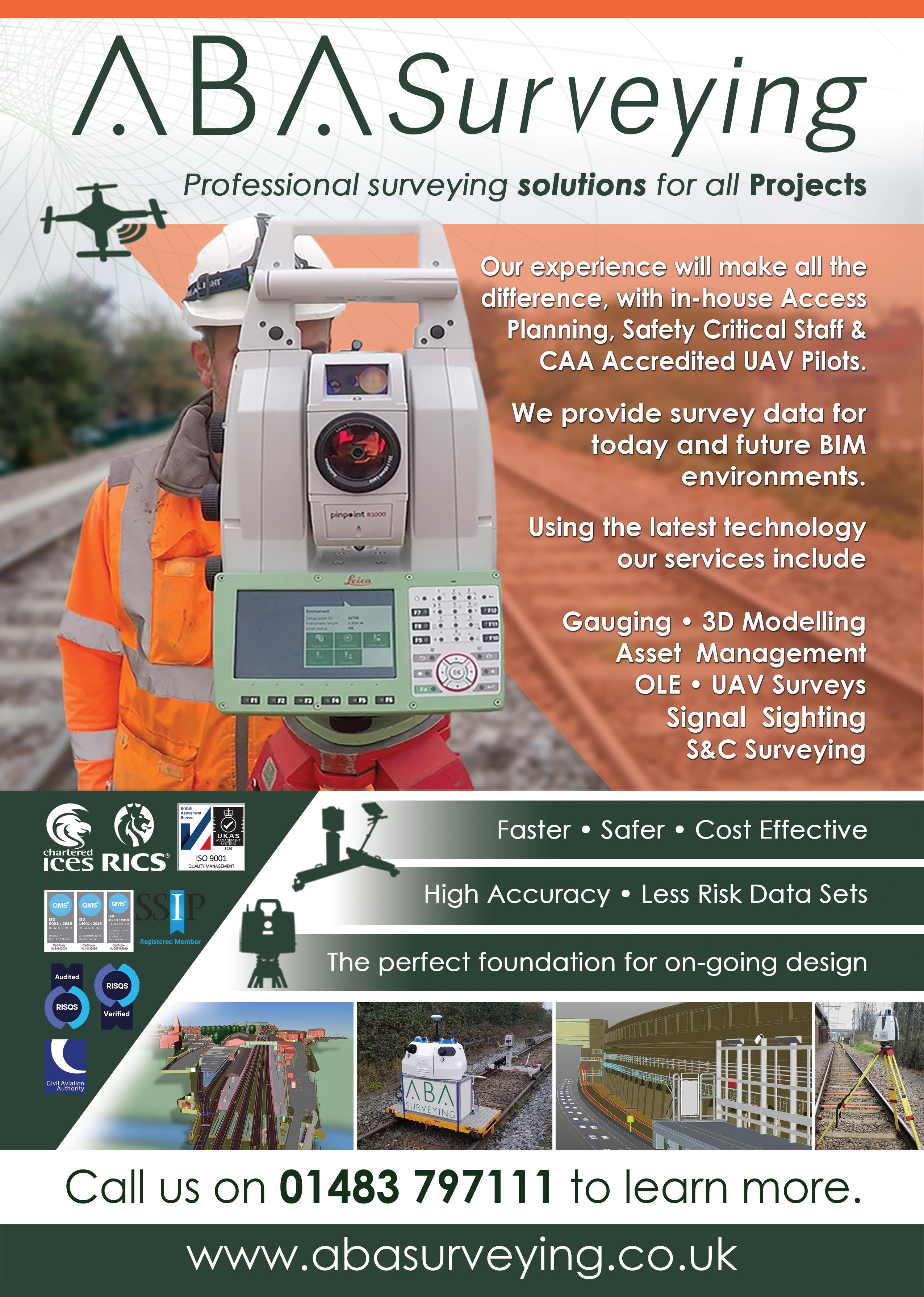
The SWR Employer Apprenticeship Challenge
Kirstie Thompson, Apprenticeship Compliance Manager at South Western Railway
describes how apprenticeships form part of the business plan to develop a high performing workforce with succession planning
We recognise that there is an aging workforce in the railway and although our traditional programmes are aimed at bringing younger talent into the railway, our apprenticeships that are linked to job roles and upskilling apprenticeships are open to colleagues of all ages and backgrounds.
SWR’s dedicated Apprenticeship Team sits within the Learning & Development function within HR. This allows us to talk to about other development opportunities we have available and not just apprenticeships.
In early 2018, we introduced REACh (the SWR Railway Employer Apprenticeship Challenge) as the brand for our apprenticeship programme.
We know we are doing well – in 2020 we were shortlisted for the Personnel Today ‘Apprenticeship Employer of the Year’ and achieved silver in the Investors in People ‘We Invest in Apprentices’ accreditation. In 2022, we have been short listed for the Investors in People ‘Best Apprenticeship Programme’.
In September 2022, we celebrated our 100th colleague successfully achieving their apprenticeship. In recognition of the amount of time and effort we know our colleagues put into their apprenticeships, we decided to offer colleagues the opportunity of a meal out with other colleagues who have completed their apprenticeships. Our first event in October included colleagues who had completed their apprenticeships plus our Young Talent and Leadership Talent apprentices who used the event as a networking opportunity.
We use apprenticeships in three ways:
• Traditional – bringing new talent into the business through our Young Talent Rail Apprenticeship, Leadership Talent Rail Apprenticeship and Engineering Apprenticeship.
• Linked to Job Role – we have aligned the train driver apprenticeship and customer service practitioner apprenticeship to our
internal training programmes for Train Driver and Customer Ambassador.
• Upskilling – offering apprenticeships to upskill colleagues at any stage in their careers.
Engineering Apprenticeship
This has been our longstanding apprenticeship programme and is essential to ensure succession planning within our engineering function where the general age profile is higher than across other functions. Although we primarily recruit younger people into the apprenticeship, there is no age limit and where we only recruit on average six apprentices per year, it’s always good to see a range of different age groups as they all bring different approaches and ways of working. We have a great retention rate within our engineering apprenticeship with many apprentices moving onto team leader and leadership roles as their careers have developed.
Young Talent and Leadership Talent Apprenticeships
In February 2022, SWR introduced the Young Talent Rail Apprenticeship and the Leadership Talent Rail Apprenticeship programmes. We designed a bespoke recruitment process and reached out to local authorities and colleges to promote our programme and attract a wide range of candidates.
In designing the two-year programme, we collaborated with senior leaders across the business to understand their functional needs and how apprentices could support succession planning.
We worked closely with our training provider (Fareham College) to adapt the Level 2 Customer Service Practitioner apprenticeship standard to fit our needsthe college have listened to our feedback and introduced additional masterclasses (conflict management, team working and meeting targets) and to help ensure the apprentices have the skills and confidence they need to
meet our customer needs.
Each apprentice has a flexible training plan – we are always adapting the plan to meet the needs of the apprentice and the business. This means that the apprentices can attend events and join business projects that support their learning. We encourage the apprentices to approach areas of the business and have input in their own development plan.
This programme is aimed at developing the apprentices and keeping them in the business longer term. This includes ensuring we have longer term development plans in place and opportunities for continuous learning and improvement. We build in monthly one-to-ones with the apprentices and encourage honest feedback and suggestions for improvement.
We have received some very positive feedback about our new apprentices from every area of the business they have had placements in.
Feedback has included: ‘The WICC Information Team has hosted three apprentices, who joined us in February of this year. Having them as part of the team has been a huge benefit – aside from the enthusiasm and dedication they have brought to the role, it’s also given some of our team a great opportunity to develop and learn how to coach others!
‘We share our apprentices with the stations team, and it has been great to see their customer service skills develop over the multiple mediums – in-person, over help points and on social media. Seeing them get more at ease at handling customer concerns, delivering network information and taking up a key role in disruption – that of making sure systems are updated with train alterations – is a testament to their adaptability too.
‘Our team has benefitted too – alongside the typical benefits of a fresh perspective from individuals who are new to the industry and to SWR, our team have also been able to take a role in training,
77 TRAINING
coaching, and developing our apprentices. This has boosted their confidence and helped us in developing individuals and identifying talent.
‘The flexibility of the programme is also a great help – we usually have the apprentices two days a week but have also relied upon their assistance for additional periods of time during planned disruption and arranged trips and visits for the apprentices, and our wider team, to develop valuable knowledge in areas and departments across the network we interact with on a daily basis. We also enjoy a great relationship with the Programme Manager Michael, who has been a huge help navigating this new experience for us all.’
The apprentices have been supporting the business during the recent Industrial Action. The Apprenticeship Team were initially apprehensive about letting the younger apprentices out during the industrial action as customers can be very challenging but they insisted on getting involved. Using the skills and knowledge they have developed over the last six-months, they were able to interact with our customers and provide support and assistance where they could. It was great to see them step up to the challenge.
Upskilling Apprenticeships
In addition to our traditional apprenticeship programmes, we offer a range of upskilling apprenticeships that are available to all colleagues.
Working closely with a range of training providers, we are able to offer upskilling apprenticeships in Team Leading, Leadership, Chartered Manager, Learning Mentor, Coaching Professional, Customer Service and Data – all of these apprenticeships support the development of our colleagues.
The railway industry is going through a period of significant change and, historically, we have a lot of ‘accidental managers’. The offer of the upskilling apprenticeships helps to ensure that our leaders have the underpinning knowledge and skills required to allow them to adapt to change.
Line Managers now understand the value of being involved in the apprenticeship programme of their team members and we have adapted our internal application processes to help ensure that the right support and understanding is in place to help ensure we get the right colleague on the right apprenticeship at the right time.
Prior to Covid, our Engineering Apprentices would regularly get involved with community activities such as beach cleaning and visiting local businesses. This was an opportunity for our apprentices to get together and do some team building.


The Apprenticeship Team engages with local schools and colleges in our local areas –we regularly attend careers events where we promote apprenticeships and railway careers and we also support with CV writing and interview practice. It is great to see younger people find out that the railway is more than just train drivers and engineers.
When we introduced our Young Talent and Leadership Talent Apprenticeship, our first step was to reach out to local authorities and schools to generate interest in the programme and encourage a diverse range of candidates. The aim of our Young Talent and Leadership Talent Apprenticeship is to help develop a diverse workforce which is reflective of our local communities.

SWR is in the process of moving into a formal collaborative relationship with Shaping Portsmouth where we will be a Patron member. Shaping Portsmouth is a charity in Portsmouth that supports employability and brings organisations
together to support young people and disadvantaged people in the community. SWR is a large employer in the Portsmouth area and we can work with Shaping Portsmouth to support events and offer work experience opportunities. Shaping Portsmouth organises an annual ‘Apprenticeship Bus’ event where apprentices from business across the Portsmouth area get on the bus and visit several schools and college to promote apprenticeship opportunities and share their experiences. This activity links with SWR's Social Value commitments and supports our ‘Employer of Choice’ Sustainability initiative.
The Apprenticeship Team visited a community project in the Basingstoke area which is designed to offer advice on employment and career opportunities to young adults with physical and learning disabilities. Part of this experience was a learning experience for the Apprenticeship Team and how the railway can be more accessible to customers and colleagues with physical and verbal disabilities.
SWR is joining the Cornerstone Employer initiative – we work with thousands of businesses across the country. But our Cornerstone Employers are a flagship group of more than 300 businesses of every size, shape, type and sector who Transform the lives of young people in their area.
Celebrated by government, Cornerstone Employers work collaboratively and strategically with networks of schools, colleges and local stakeholders to improve careers education.
Kirstie Thompson is Apprenticeship Compliance Manager at South Western Railway and supports the other First Group businesses with their apprentices.
78 TRAINING
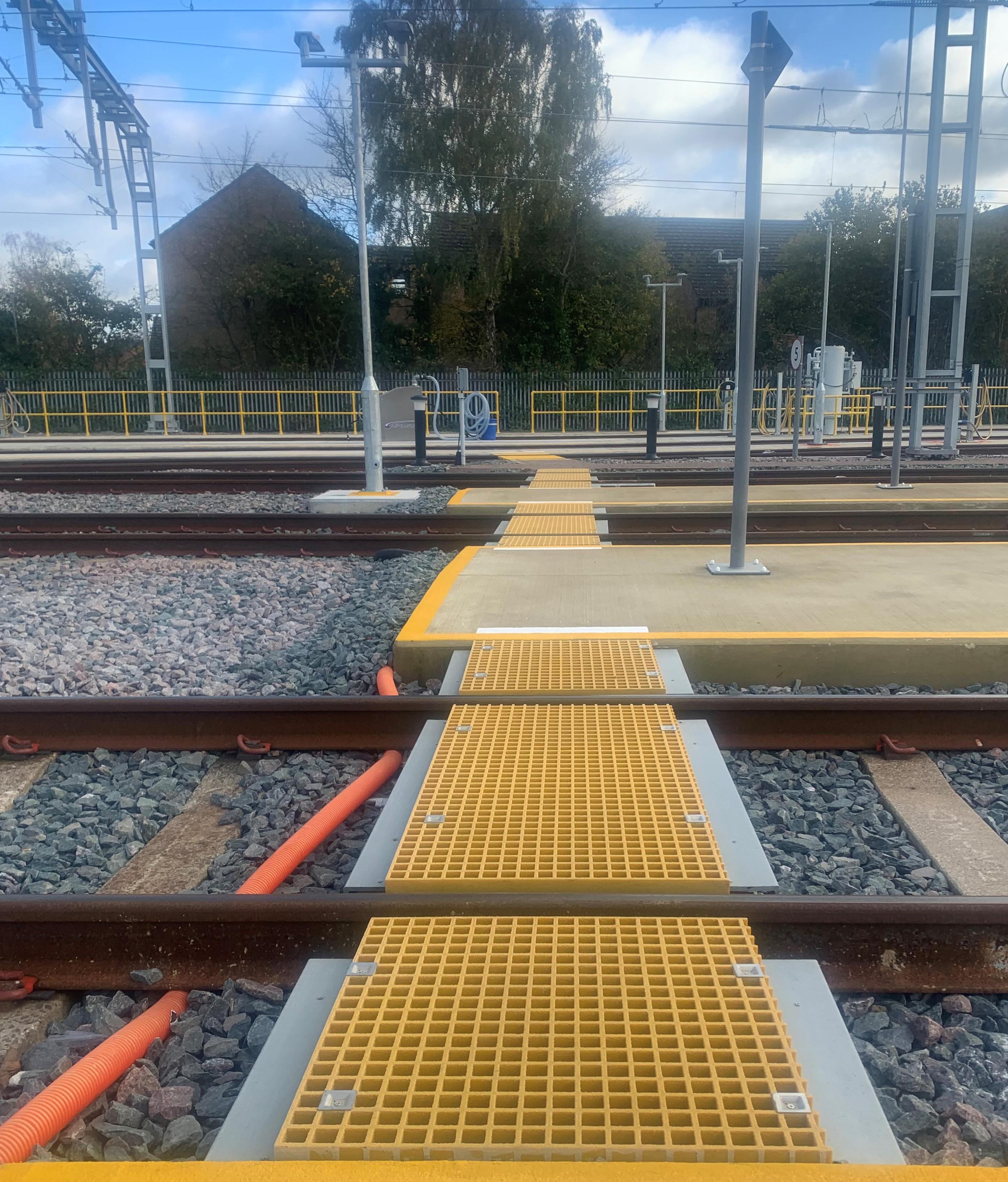
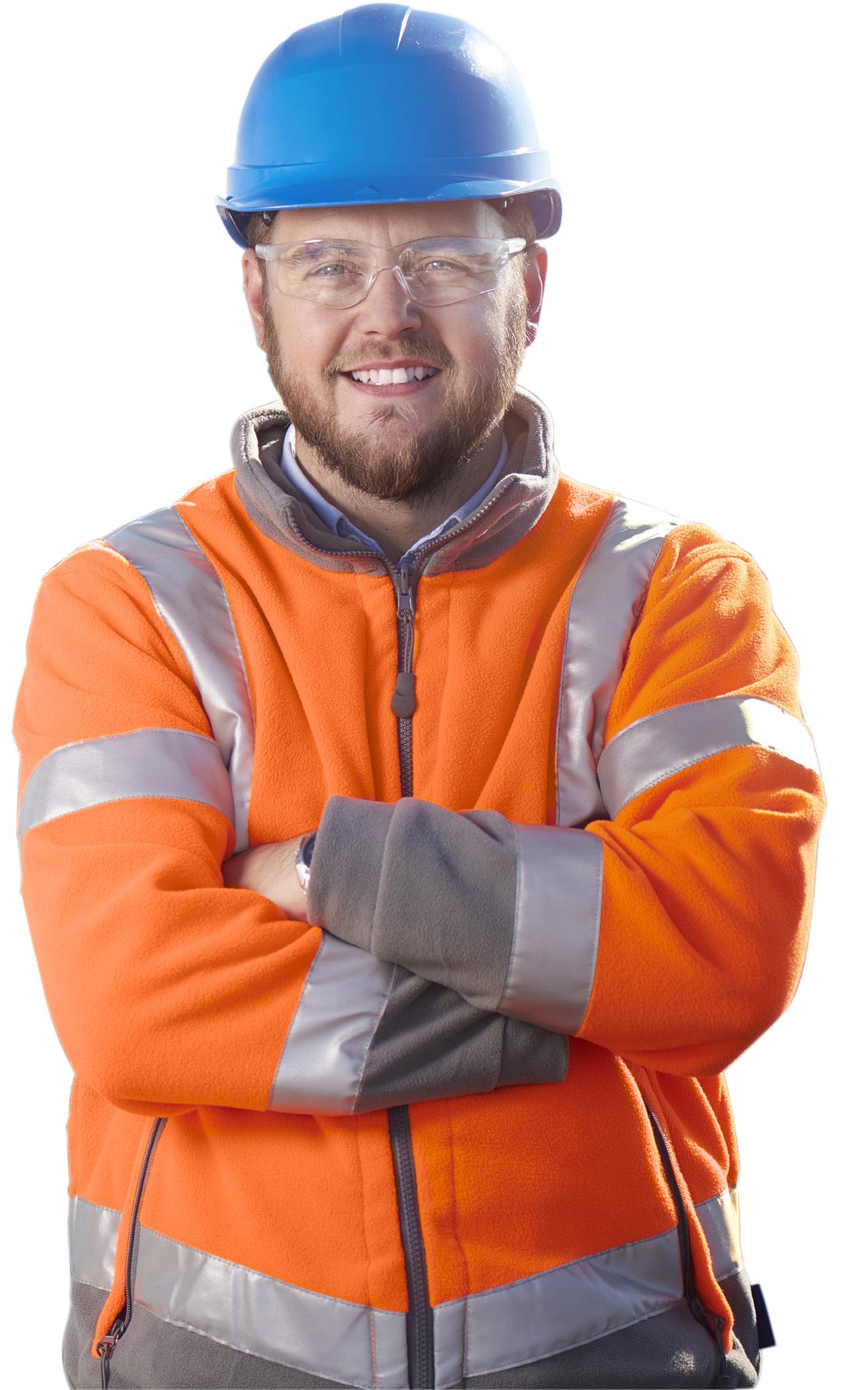
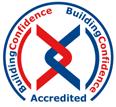




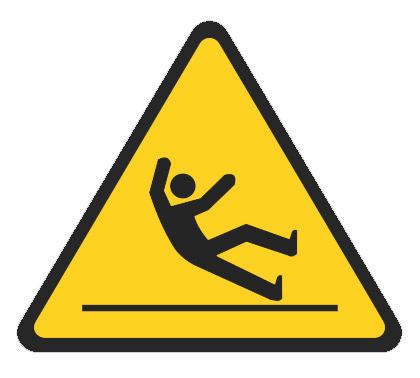
79 Getting him through his working day. Safely. www.steponsafety.co.uk 01206 396 446 GRP Access Solutions.
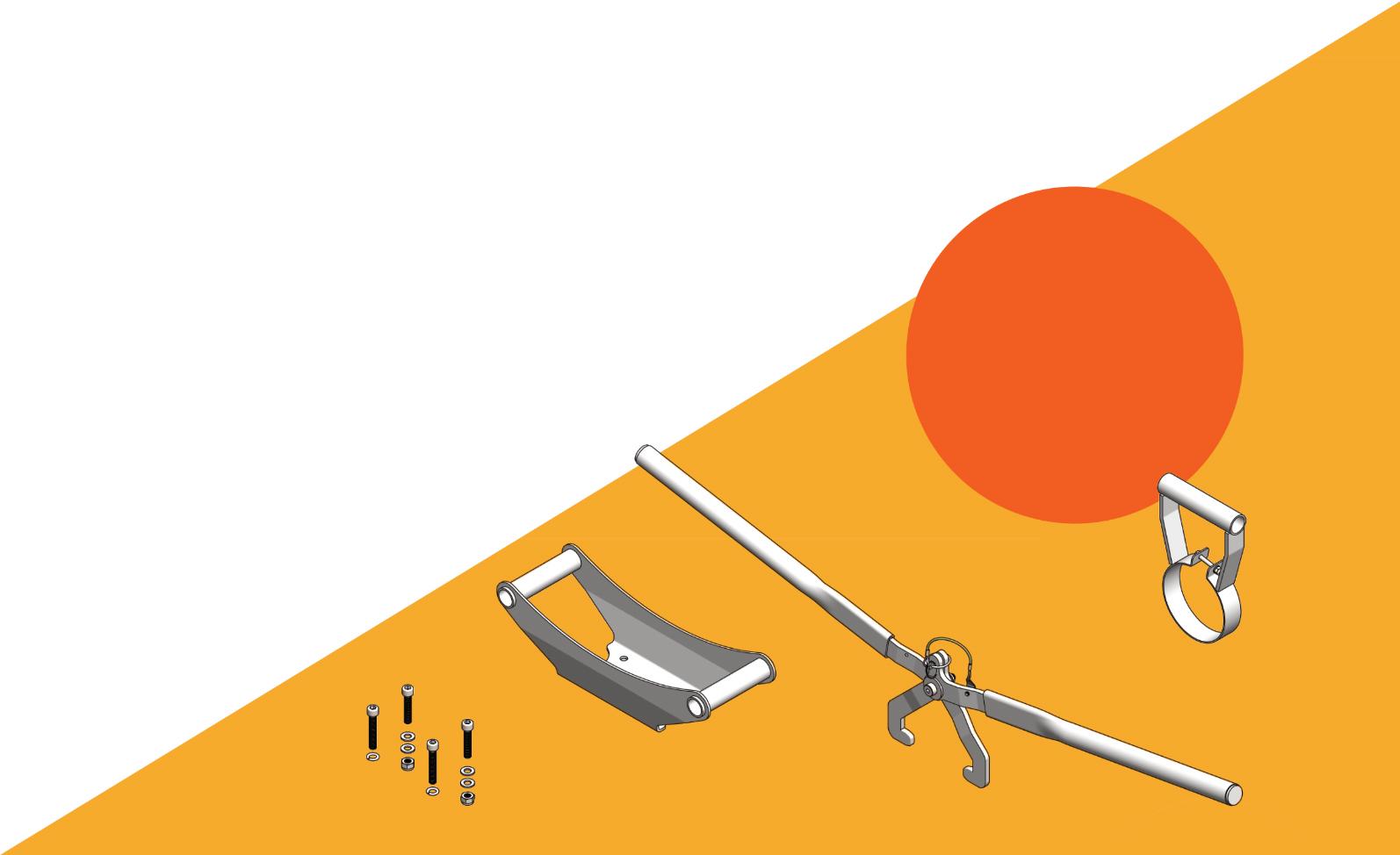
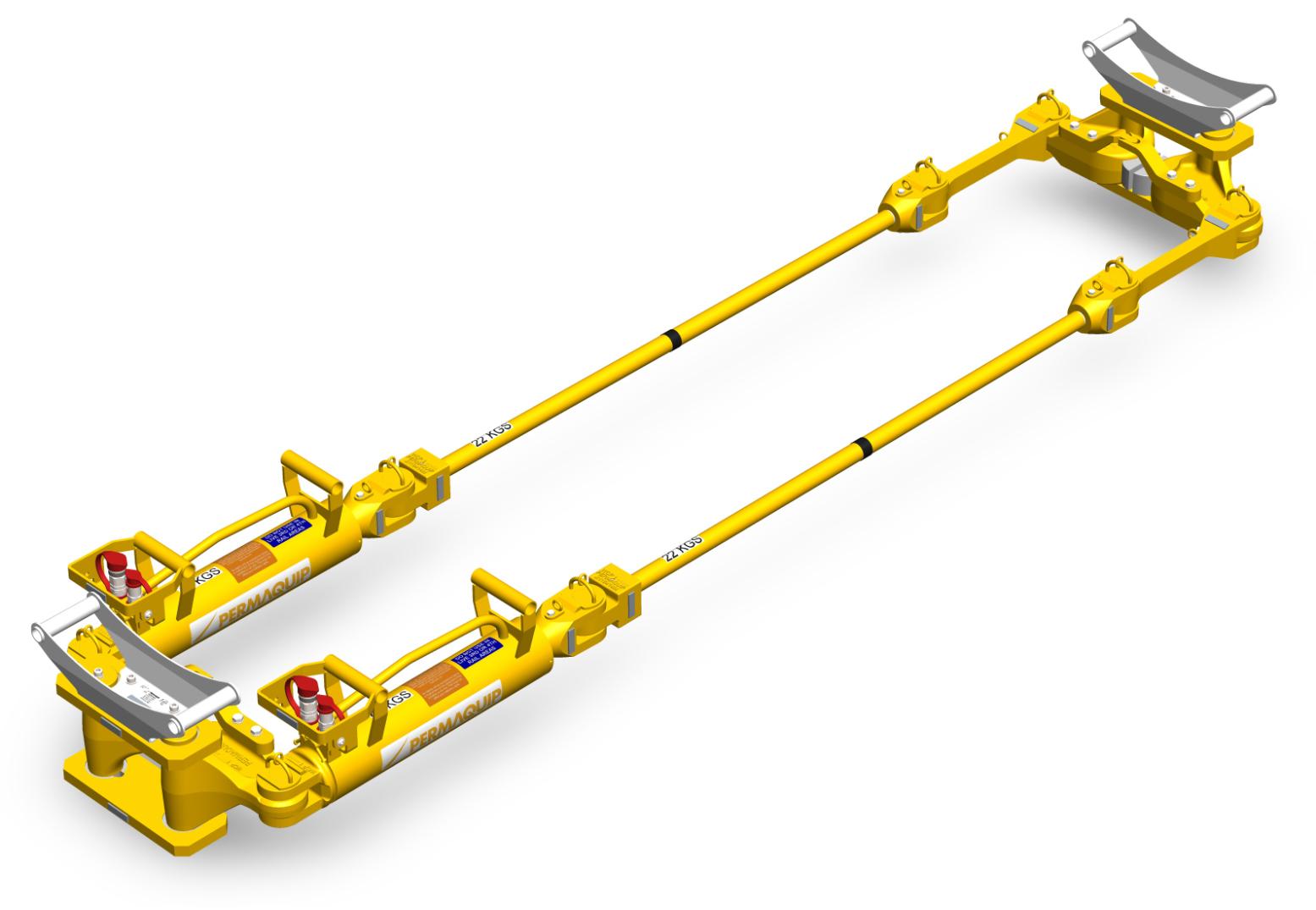
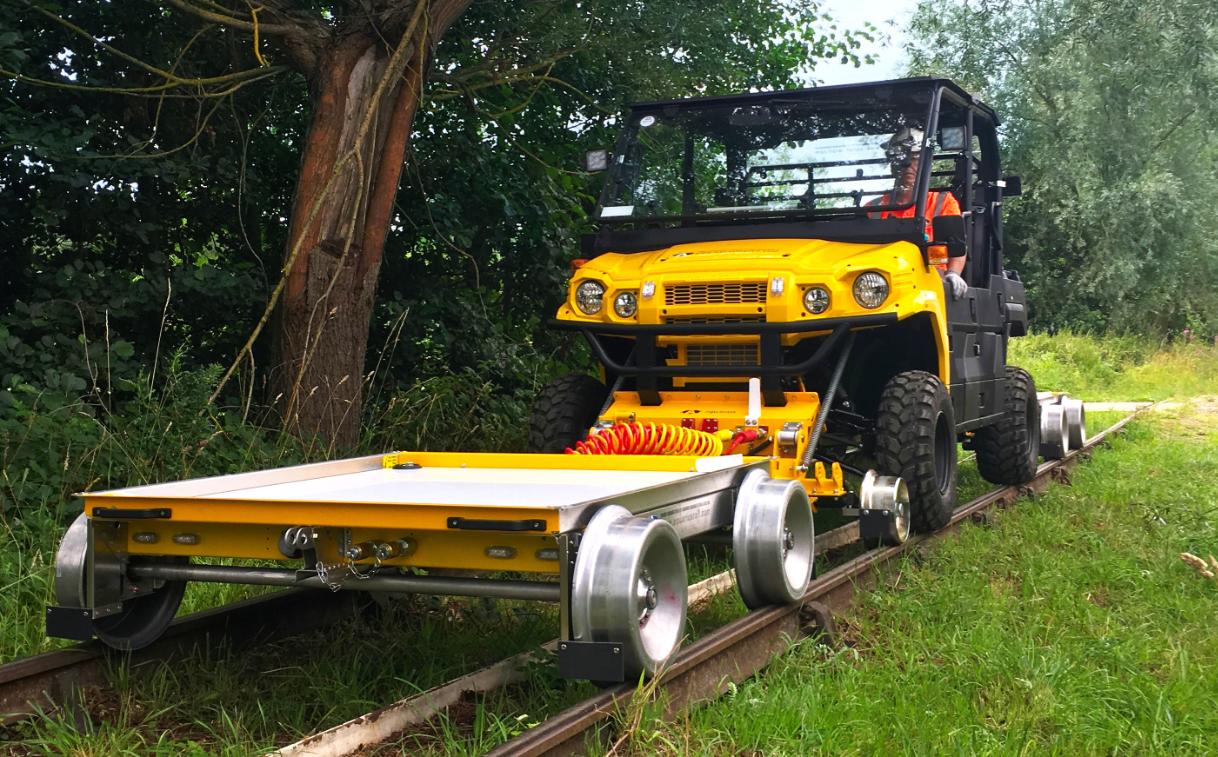
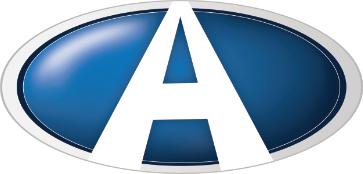




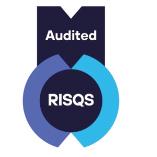


80
Aquarius Railroad Technologies provide safe and efficient transport solutions for track maintenance across the UK and around the world.
Innovation in the blood
Continually driven by problem-solving, Aquarius has developed a range of niche products, which offer the perfect solution for a wide range of reactive or scheduled track maintenance tasks, such as:

• Cable pulling (power, communication and optical fibre).
• OLE isolation.
• Track asset scanning/data gathering.
• Asset management.
• Seasonal treatment (autumn leaf fall).
• Weed spraying.
• Trackside graffiti removal.
• Transport of personnel and materials.
Making leaf mulch a thing of the past on Devon’s railways

Each autumn, thousands of tonnes of leaves fall onto tracks. Crushed leaves contaminate the railhead reducing the train’s braking efficiency and decreasing traction when setting off. Likened to ‘ice on the roads’ this can lead to significant train delays.
Aquarius is helping Network Rail keep train services running this autumn, with the adapted R2R 4x4. The vehicle, known as the ‘Sand Rover’, is being deployed on Devon’s branch lines following successful trials which saw an average reduction of 80 per cent in delays as a result of leaf fall on the tracks.
 Scott Harrison, Managing Director, Aquarius
Scott Harrison, Managing Director, Aquarius
also put to work on the Dartmoor line, with the equipment working in each area on alternate nights.
The lines, specifically chosen owing to their locations, both experience a high volume of leaf fall and are not accessible by the rail head treatment trains (RHTTs).
Simple and safe
Available to purchase or hire vehicles, trailers and attachments are designed to:
• Improve Health and Safety.
• Save Time and Money.
• Maximise Productivity.
The Sand Rover applies a citrus-based treatment to the track. Sweeps leaf mulch off the rails with wire brushes, and finally coats the rails with dry sand which helps trains to grip.
During autumn 2020 Network Rail trialled the use of a Sand Rover on the Tarka line, resulting in an 87 per cent reduction in delays caused by fallen leaves when compared with previous autumn seasons.
Last autumn, Network Rail widened the scope of the trial and the Sand Rover was
81 BUSINESS PROFILE
maintenance
021 Email: enquiries@aquariusrail.com Visit: www.aquariusrail.com Linkedin: aquarius-rail Address: Aquarius Railroad Technologies Ltd Old Sleningford Farm, North Stainley, Ripon HG4 3JB
Solutions from Aquarius Rail Specialists in the design and manufacture of innovative highway-based road rail vehicles, trailers, and attachments Aquarius Rail ‘Sand Rover’ R2R 4x4s are deployed on various lines across the UK each Autumn, to help combat leaf fall on the tracks and have been proved to reduce delays caused by fallen leaves by around 80 per cent. Crushed autumn leaves on the railhead, before autumn seasonal treatment
Contact Aquarius Rail to find out how the company can help you with your railway
project. Tel: 01765 635
Adaptable
‘Available for
deployment
across the UK, we are proud to report that the Sand Rover can access even the hardest to reach areas of track.’
Railroad Technologies

82 65,000+ Component repairs per year 4 4,000 Calibrations per year Delivery of on-site calibration days per year 11,000+ Calibration engineers 22+ 450+ Service centres www.acutestdirect.co.uk sales@acutest-ukti.co.uk www.acutest-ukti.co.uk 01782 563030
Home of Innovation for over 50 Years
The Permaquip name is a byword in the rail industry for safe, rugged, dependable products, made in the UK to world-class standards
Permaquip’s innovations have solved railway maintenance tasks and challenges as they’ve emerged. Improving efficiency, productivity, and safety.
The design approach
Permaquip draws on its extensive knowledge and expertise in engineering and design. Using state-of-the-art technologies to bring new products to life and ensure they have the strength, agility and durability that have become Permaquip's hallmarks.
Extensive product range
The Permaquip brand is synonymous with fail-safe products that remain ahead of the curve. The range of products includes:
• Road Rail Vehicles.
• Trolleys.
• Rail lift and move equipment.
• Stressors and machinery.
• Rail maintenance accessories and tools.
Quality matters
Permaquip’s business and products comply fully with UK and international quality management standards. Permaquip is ISO 9001 approved and holds RISQS (Railway Industry Supplier Qualification Scheme) accreditation. Designed and manufactured in the UK, all Permaquip products carry BS, EN and CE markings.
Permaquip’s NEW Stressor
Based on the Permaquip HSM70 Stressor, which is the most proven and durable Stressor on the market. The in-house engineering team has developed the NEW Stressor, an ergonomic breakthrough. Used in full or half sets to adjust the gap between rail ends for rail stressing, rail welding, repairing rail failures, and installing insulated joints.
• New ergonomic handle design for easier manual handling. Plus, carrying/lifting tongs (38854) for safer offset operation.
• Ideal for use in conjunction with the Permaquip Stressor Petrol or Electric ‘Zero Emissions’ Power Pack.
• Accessories available: lifting/carrying tongs, side rollers and under-rail rollers.

• Choice of Stressor Half Set FFC UIC60 (38871) or FFC STD (38872).
• NEW Stressor Product Approval: PA05/07595.
Upgrade your HSM70
Stressor
Give your existing HSM70 equipment the ergonomic benefits of the NEW Stressor with Permaquip’s retrofit handle upgrade kit (38950), which includes all the parts you need to convert an HSM70 half set:
• 4qty Ram Handles, 2qty Clamp Handles, 2qty Fixing Sets (for Clamp Handles) and 2qty Lifting / Carrying Tongs.
Relied on by the best

Available to purchase directly or via a global network of distributors, Permaquip’s products:
• Improve Health and Safety.
• Save Time and Money.
• Maximise Productivity.


To find out how Permaquip can help you with your railway maintenance project.

Tel: 01623 513 349
Email: sales@permaquip.co.uk
Visit: www.permaquip.co.uk
Linkedin: permaquip
Address: Permaquip Ltd, Old Sleningford Farm, North Stainley, Ripon HG4 3JB
83 BUSINESS PROFILE
Permaquip Link Trolley
Permaquip Ironman
Permaquip Scaffold Trolley
Protecting Systems from Start to Finish

Information systems, enhanced communications and safety-critical equipment have all increased the electrical systems within trains. Yet too often, power design is something of an afterthought, risking compromise on performance to meet physical constraints. Relec is a specialist in power which supports engineers in the quest to meet the rail industry’s particular set of design criteria with the appropriate, high quality power supply.

Onboard monitoring sensors, climate control systems, lighting and door opening systems are all powered by the train’s battery system. Electronic equipment and
the high voltage power supplies which power them must be integrated but engineers have to bear in mind several factors. For example, electromagnetic interference (EMI) can cause disruption to electrical signals, but there is also electrostatic discharge (ESD), transient surges and over-voltage episodes as well as shock and vibration resistance considerations.
Electronic equipment on rolling stock must therefore be rugged and able to support not only computing functions but also telematics, engine control or other vehicle functions. The international rail standards are based on a requirement that rolling stock systems will have to
operate 24/7 for 30 years without failure. In addition, these systems must not interfere with each other when installed in close proximity, which is often the case in the limited space in control panels and cabin space.
Demanding standards
The EN50155 standard refers to the EN50121-3-2 standard (railway applications, electromagnetic compatibility, rolling stock) to ensure that the equipment does not produce noise levels that may interfere with other nearby devices.
To meet EN50155, systems must be able to operate over a wide temperature
84
BUSINESS PROFILE
Relec Electronics’ three-phase sine wave dc-ac inverter series protects systems from start to finish
range (-40°C to +85°C). The power supply is required to operate at 85 per cent or above efficiently in order to reduce power consumption over a wide range of voltage and load conditions. It must also have reliable and robust thermal management.
There are also stringent shock and vibration requirements for equipment fitted on rolling stock in the specification. Shock and vibration requirements are divided into three categories: carriage-mounted, bogiemounted, and axle-mounted.
Critical and emergency systems are fed by batteries – a safeguard in the event of a power supply failure. The standard railway battery voltages are: 24, 36, 48, 72 and 110V and battery voltage needs to range from -30 per cent to +25 per cent with variations of ±40 per cent for 100ms, surges up to ±1kV and power interruptions up to 20ms.
Introducing the OVX-6400
Relec Electronics has introduced a threephase sine wave dc-ac inverter series which is designed to protect rail systems from start to finish.
The OVX-6400 dc-ac inverter is engineered to operate over a wide input range and to protect loads at start-up and mid-power modes. The rail-certified products are available from specialist power company, Relec Electronics and are the first designed by Premium to operate straight from the high voltage catenary power line.
The OVX-6400-7701 inverter is a rugged three-phase sine-wave dc-ac inverter which has an input range of 400 to
900Vdc and 400Vac 3ph output, delivering 6,400VA/8,000W pk. It has a high inputoutput isolation withstand of 5400Vrms.
It includes a soft start mode for the startup of high inductance motors, whereby the output voltage rises linearly from 0V to a set voltage and the frequency increases to a set limit. The start-up ramp slope can be changed to meet specific conditions via CAN-BUS control or a dedicated RS-232 port.
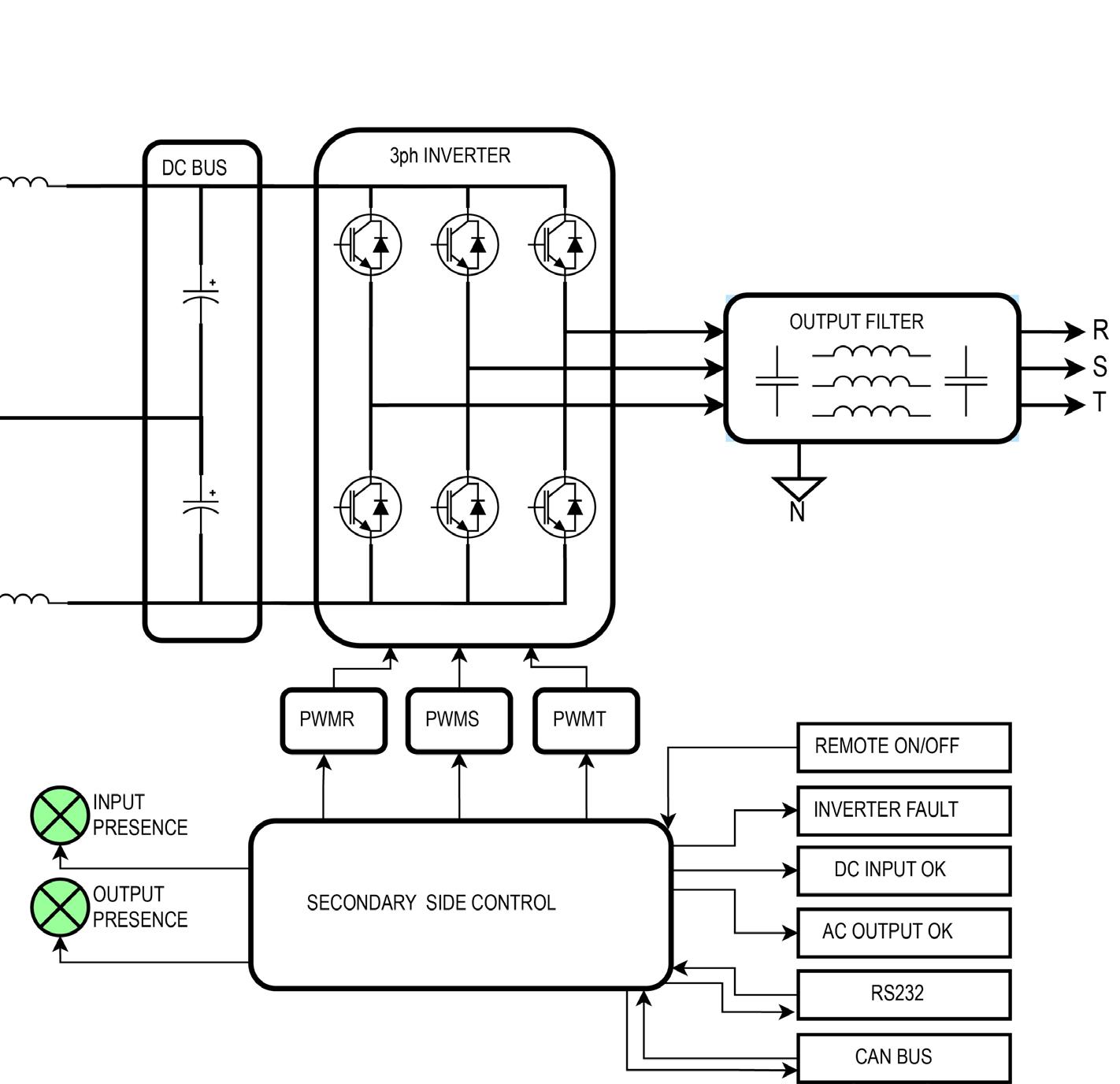
A programmable auxiliary Input allows either mid-power or reverse modes. In midpower mode, the voltage and frequency can be set to a percentage of the nominal in order to limit output power from the inverter. The input can also be used to enable reverse mode (phase inversion) which changes the phase sequence, reversing the rotation of the motor
The compact inverter measures just 85.8 x 372 x 450.3 mm. It is certified to EN50163:2006 (supply voltages of traction systems), EN50124-2:2017 (Insulation co-ordination over-voltages and related protection) and EN61287-1 (Power converters installed on board rolling stock). In particular, EN50124-2:2017 details simulation and/or test requirements for protection against transient over-voltages.
The OVX-6400 series inverter also meets EN50155 and EN62368-1 covering electronic equipment on rolling stock and safety standards for IT and AV equipment, respectively. OVX-6400’s certification to EN45545-2 (Fire and smoke) is pending.
Rail power specialists
Premium PSU has a wide range of dc-dc converters and dc-ac inverters designed specifically to comply with EN50155 standard. It also has extensive experience developing custom designs to ensure protection and quality in the harshest environments.
Relec Electronics offers a wide and varied portfolio of high-performance, rugged ac-dc, dc-dc converters, dc-ac inverters, displays and EMC filters for the railway industry as well as for other demanding applications in other industrial sectors.
In addition to Premium PSU’s dc-ac inverters, Relec also supplies high quality ac-dc power supplies and dc-dc converters from industry leading manufacturers such as Bel Power, Artesyn,Mornsun and Cincon and a wide range of EMC filters, all designed for use in the rail industry.
Premium's OVX-6400 power supply is available from Relec Electronics.
Tel: 01929 555700
Email: sales@relec.co.uk Visit: www.relec.co.uk
LinkedIn: Relec Electronics Ltd
Address: Animal House
Justin Business Park, Sandford Lane Wareham, Dorset BH20 4DY
RELEC ELECTRONICS
Relec Electronics is a specialist in power conversion and display products, representing leading brand names including Bel Power, Mornsun, Chinfa, Cincon, Premium, Advanced Energy (Artesyn and Excelsys) with key display partners, Digiwise and RockTouch. For over 40 years, Relec Electronics has worked closely with key suppliers and specialises in a wide range of industry sectors, including automotive, industrial, transportation, instrumentation and defence. A team of dedicated engineers is ready to support customers throughout the design process. The company carries stock of all standard modules and accessories for next day delivery. Relec’s team of specialist advisers can refine an initial specification for a given application to include bespoke features to meet the needs of a particular design or project.
In December 2020, Relec Electronics became a UK subsidiary of Gresham Worldwide.
85 BUSINESS PROFILE
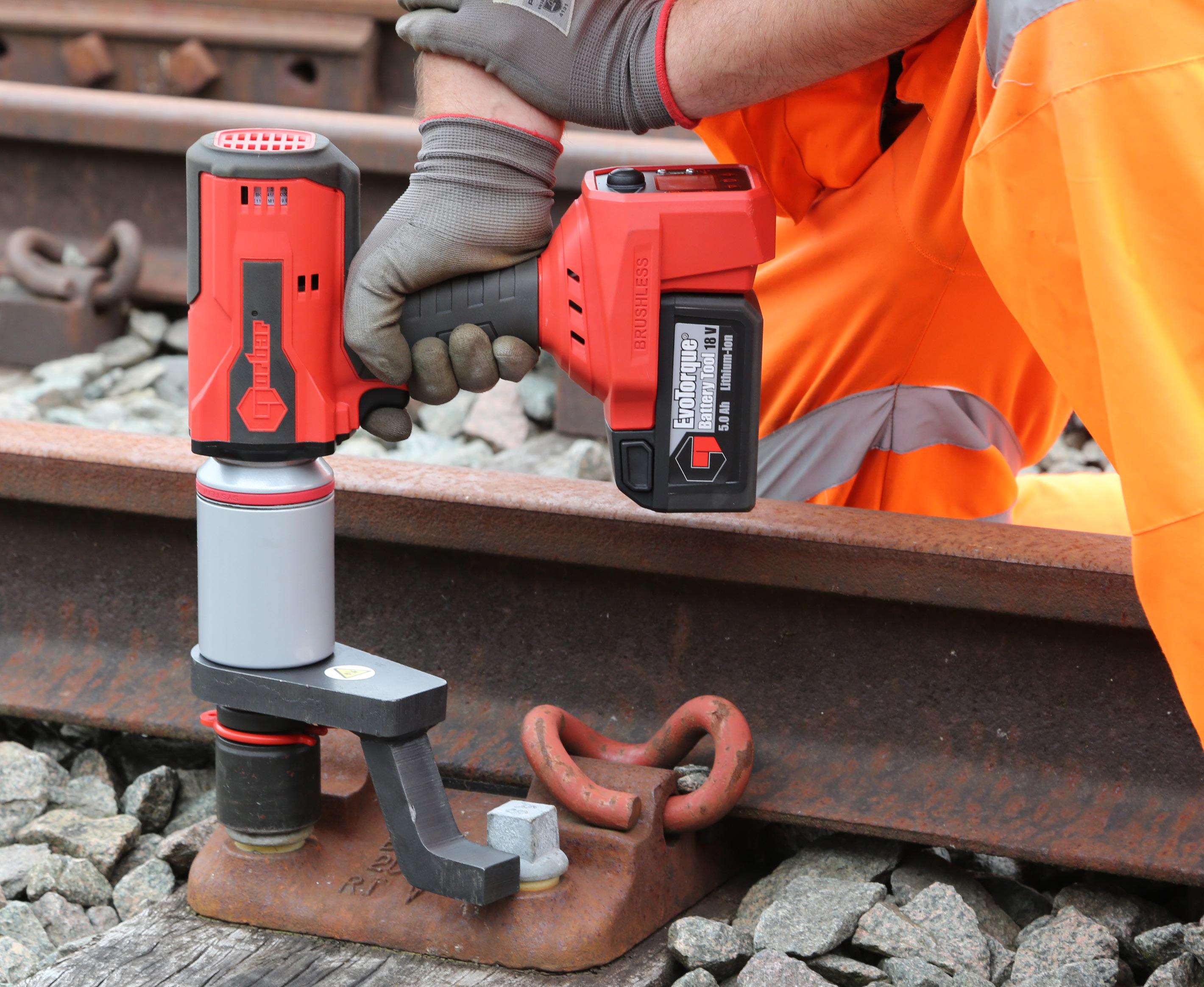





www.norbar.com Torque Screwdrivers Torque Wrenches Electronic Torque Wrenches Manual Torque Multipliers Pneumatic Torque Tools Electronic Torque Tools Battery Torque Tools Torque Measurement Instruments Torque Transducers Calibration Services The Voice of Torque Control railindustry@norbar.com
Keeping Rail Sector Performance on Track
Stäubli Group has become a trusted partner across multiple market sectors where end-to-end fluid, gas and electrical connection solutions are required
The rail sector, whether it is urban or intercity rail transport, passenger, or freight, faces significant environmental and demographic challenges in today’s fast changing world. Rail users are increasingly demanding services that offer superior comfort, safety, and speed, while operators continue to raise their demands for performance, productivity, and reliability.
Rail Sector Technology & Expertise
As an industry partner and key supplier in the international rail sector for over 30 years, Stäubli has a clear insight into the sectors’ unique challenges and expectations, such as service continuity, extreme weather conditions and mechanical stresses. This close partnership with the sector during this time has been the catalyst for the development of a series of connector products which are now generally recognised by many as industry standard solutions.
Stäubli designs and manufactures reliable, lightweight, and compact quickrelease couplings that are very easy to use, even in confined spaces, thereby minimising equipment maintenance processes and subsequent rolling stock downtime. The rail sector fluid and electrical applications covered by Stäubli’s connector technology include cooling of on-board electronic circuits, body-to-bogie and inter-body connections, hydraulic circuits, braking systems, battery pack connections and converters.
A key element of the Stäubli product offering to the rail sector is the Modular Power Connector (MPC) range, which facilitates electric connectivity between the various functions that are part of the electric traction chain on different types of rolling stock.

The Modular Power Connector (MPC) range has the advantage of delivering a universal multi-application, compact and modular solution, through the rationalisation and the standardisation of common components.

Stäubli’s MPC range has the advantage of delivering a universal multi-application, compact and modular solution
Thanks to the modular nature of the connector design, combined with a series of options, a complete customised solution can be configured for each specific application. The MPC connector solutions offer a range of benefits including the fact that all on-board power applications can be connected, the same system can be used for every power connection plus the fact that the range offers easy and fast assembly and maintenance. Stäubli connectors are certified for high voltage and high current applications and are tested to rail sector standards IEC 62847 – EN 61373 and EN 45545-2.
Tel: 01908 26 55 44
Visit: www.staubli.com
Address: Staubli (UK) Ltd
Staubli House, Presley Way, Crownhill MK8 0ES Milton Keynes
STÄUBLI GROUP
Stäubli is a mechatronics solutions provider with three core activities: Connectors, Robotics and Textile. It is an international group that currently operates in 29 countries, with agents in 50 countries on four continents. Stäubli’s global workforce of 5,500 shares a commitment to partnering with customers in nearly every industry to provide comprehensive solutions with long-term support. Originally founded in 1892 as a small workshop in Horgen/Zurich, today Stäubli is an international group headquartered in Pfäffikon, Switzerland, delivering innovative solutions to all industrial sectors around the world.
87 BUSINESS PROFILE
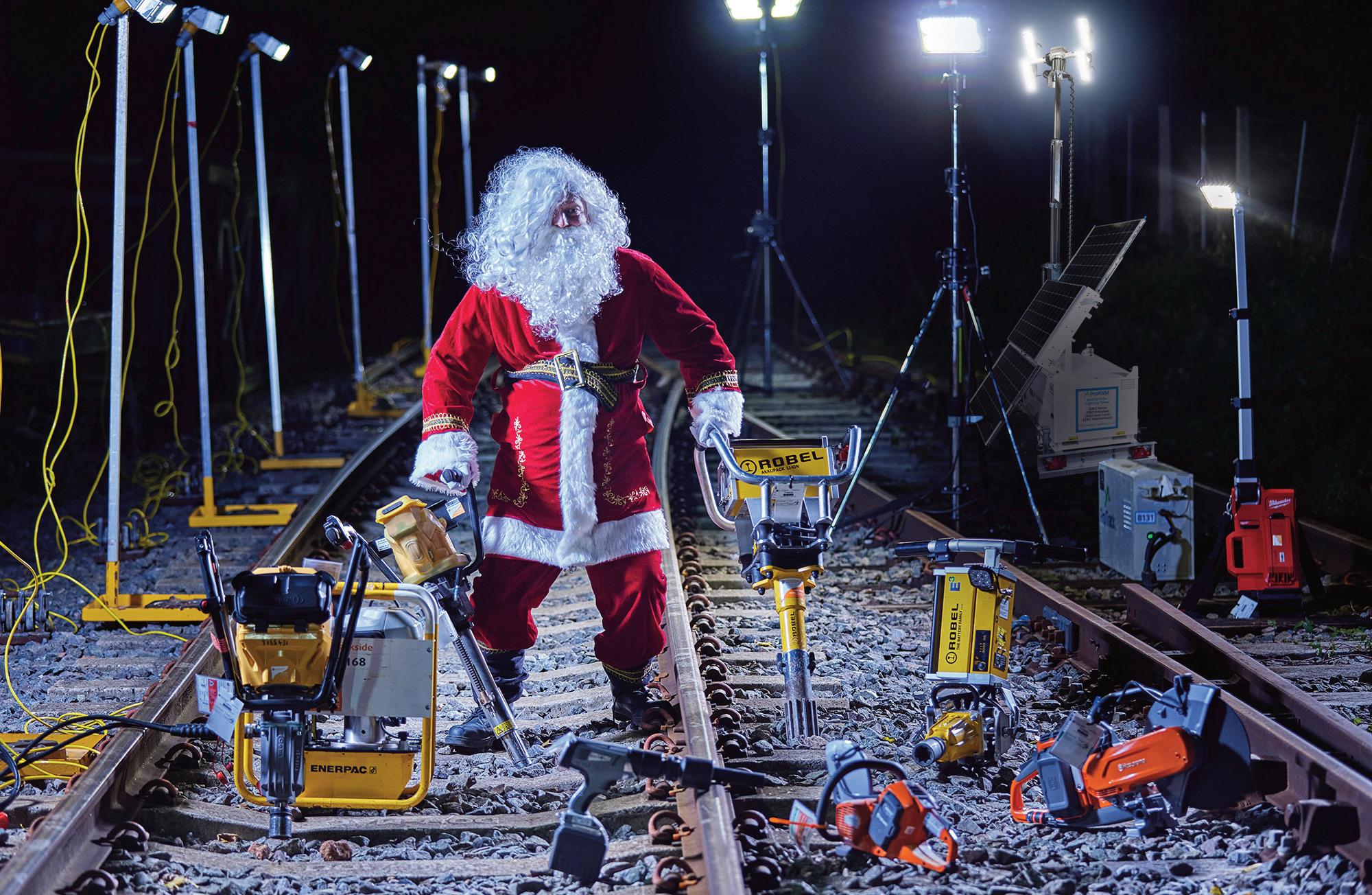




88 On track for a greener future Cut down on the carbs this Christmas! 24hr helpline 0845 769 7168 www.torrent .co.uk mail@torrent .co.uk torrenttrackside @TorrentRail Cut back the carbon emissions this Christmas with Torrent Trackside We have a huge fleet of emission free, low HAV battery powered tools and equipment. All provide instant power without the hassle of pull cords and cold starts Safer
the operator and better for the environment.
up with our battery and solar powered lighting and you
job
in bright, clear LED light
information visit our website or
our help desk
for
Team these
can get the
done
For more
contact
MEWPs Making Electrification Easy
The electrification of the UK’s rail network continues at a pace. Electric trains are much better for the environment than the diesel trains they are replacing and with Network Rail’s pledge to become carbon neutral by 2050 this drive towards electrification must continue.

Electrification involves many engineering challenges that need to be addressed, trackside posts have to be installed to hold the overhead wires and bridges and tunnels may need to be raised to allow the necessary clearance for the wires. Once constructed the lines need regular monitoring and maintenance. Electrification needs specialist tools and equipment to get the job done efficiently, safely and to budget.
Torrent Trackside has an established OLE division to provide the majority of the equipment needed for these demanding projects. A major part of this division is
comprised of their fleet of MEWPs (Mobile Elevated Work Platforms). The MEWPs are perfect for OLE construction, bridge and tunnel works or anywhere a stable working platform is required, especially in hard to reach areas.
The MEWPs are all-terrain and can easily travel on and off track. Four-wheel drive and four-wheel steer, gives great off road capability and fantastic manoeuvrability in tight spaces. Foam filled floatation tyres provide great stability on rough ground and makes them puncture proof, so less likely to suffer downtime due to poor ground conditions.
Challenging access points are easily dealt with before the machine rapidly switches to rail mode with the powerful 46hp Kubota engine propelling the MEWP across rail at up to 12 kph. The machines can also cope with a rail cant of up to 200mm.
The spacious basket can accommodate up to three people and carry a total weight of 400 kg. It has a three-way entry/exit that allows personnel the safest access from ground level. The MEWPs have a working height of 16.4 metres and a lateral outreach of 8.95 metres. The whole platform can rotate through 360 degrees. For further flexibility the basket can rotate 90 degrees and the jib can move 70 degrees.
The machines sophisticated hydraulic and electric systems combine to provide an exceptionally smooth platform operation, this is essential for delicate tasks and operator comfort.
An advanced pantograph can be fitted that will take height and stagger measurements while the machine is moving. The pantograph continuously shows measurements on a digital display and can also download them to an Excel file. A detachable trolley is available to carry equipment to the worksite. The trolley is easily attached to the MEWP and can carry a load of up to 1,000kg.

The machines benefit from a number of safety systems. An alarm sounds before travelling and they have a traffic light overload warning system to maintain stability. As the majority of the work is undertaken at night the MEWPs have excellent built-in lighting so additional external lighting is not required.

A team of service engineers ensure the machines are maintained to the highest levels. The company also has a complete range of OLE tools and equipment that can be ordered along with the MEWPs.
Torrent Trackside is a national company with nine depots serving the whole of the UK. Likewise the MEWPs have been employed on projects all across the country, most recently for Network Rail with the upgrading of the West Coast Mainline near Lichfield, Staffordshire.

Tel: mail@torrent.co.uk
Email: mail@torrent.co.uk
89 BUSINESS PROFILE
Carl Abraitis explains how these versatile machines are perfect for OLE construction and maintenance
The spacious basket can accommodate up to three people and carry a total weight of 400kg.
The MEWPs have exceptional manoeuvrability and reach.
The MEWPs are perfect for overhead line construction.
The MEWPs provide a stable platform for intricate tasks.

90
IS
The Smart DPPS™:
Protects staff and equipment
Ensures safe and controlled movement of rail vehicles into and out of the depot
Allows train maintenance operations to be conducted without endangering the safety of staff or damaging infrastructure It is: • Fully configurable, flexible and functional
Proven in use and installed globally • Capable of interfacing with third party equipment including signalling systems. • Adaptable to the safe requirements of the depot SMART DEPOT PERSONNEL PROTECTION SYSTEM (DPPS™) www.zonegreen.co.uk Tel: +44 (0)114 230 0822 info@zonegreen.co.uk zonegreen safe working solutions
LIFE
PRICELESS. Renowned as the global market leading depot protection system, the SMART DPPS™ delivers physical protection from vehicle movements to rail depot staff whilst providing visual and audible warnings.
•
•
•
•
Improving Depot Safety
Given this lack of reporting and regulation, it might come as no surprise that more than 20 per cent of workforce harm and fatalities have occurred in maintenance facilities in the last five years.
Given this lack of reporting and regulation, it might come as no surprise that more than 20 per cent of workforce harm and fatalities have occurred in maintenance facilities in the last five years.
Leading safety expert, Christian Fletcher, Technical Director at Sheffield’s Zonegreen, has been striving to improve working conditions in rail depots for more than 20 years. He said: ‘We all know high speed vehicles, high voltage electricity and powerful machinery introduce significant elements of risk into the maintenance environment, but the stark findings of the RSSB show not enough is being done to focus on the safety of depot workers and provide conditions in which staff can fulfil their role without fear.’
Christian believes technology is the answer and can be used to automate and regulate depot safety, eliminating the margin for human error. As a result, he and his team at Zonegreen have developed the most advanced protection system on the market, allowing the safe and efficient control of vehicles in maintenance environments.
Protection and accountability
Zonegreen’s Depot Personnel Protection System (DPPS) safeguards maintenance staff from unexpected train movements via Network Rail-approved powered derailers.
Staff log onto DPPS using RFID tags, which record their location and activate the appropriate derailers. They remain in place until the operative has logged off and the road is once again opened to traffic.

Access permission for a train can only be granted by a supervisor, who uses a conveniently positioned road end control panel. They are usually situated next to depot doors, giving a clear view of incoming and outgoing vehicles. If the derailer has been lowered, the signal to proceed will be given and audible and visual warnings activated to indicate movement.

DPPS can also be linked to Zonegreen’s advanced Depot Manager software, offering
an overview of the entire protection system and complete traceability. It provides key information to make operations easier and quicker to implement, for example, identifying peak movement times, so additional focus can be placed on safety during these highest risk periods.
A perfect match for Wimbledon
One of the latest facilities to be equipped with Zonegreen’s state-of-the-art technology is South Western Railway’s Wimbledon Traincare Depot in London. The firm worked with Octavius Infrastructure to deliver the project, which saw DPPS replace the existing obsolete safety system. The depot remained fully operational whilst the new technology was installed on five double ended roads and two singled ended roads.
Christian continued: ‘Due to its age, state and the availability of parts, an increasing number of faults and breakdowns were occurring on Wimbledon’s former safety system, making it difficult to safeguard the workforce and carry out maintenance activities. It is crucial in such a busy depot that staff are protected by reliable and effective technology and they now have that in DPPS. It works for the facility’s current needs and is futureproofed to allow further upgrades to be integrated seamlessly.’
Independent accreditation DPPS is not only the most advanced safety system on the market, but also the most
thoroughly tested and proven in use, meaning it is the lowest risk option for depot protection.
The whole system has been independently certified to meet both the hardware and software requirements of SIL 2 – a reliability assessment of the relative risk reduction provided by a safety system. It is also compliant with the European standards for railway and radio emissions and uses intuitive technology to make it easier to maintain, modify and expand, extending the lifetime of the product.
Gemma Houghton, Zonegreen’s Sales Director, added: ‘We sell more safety systems than all of our competitors combined and thanks to our excellent reputation and longstanding relationships with clients, DPPS is regarded as the industry standard.
‘Our dedicated research and development team, led by Christian, works non-stop to enhance our depot protection technologies and we know these efforts are making a real and lasting difference to the wellbeing of workers.’
For information about DPPS or Zonegreen’s suite of safety solutions get in touch via the contact information below.
Tel: 0114 230 0822 Visit: www.zonegreen.co.uk Twitter: @zonegreen
91 BUSINESS PROFILE
‘There is no clear industry-wide picture of risk and safety performance in depots’ according to the RSSB’s most recent Annual Health and Safety Report
Zonegreen Derailer
IMAGE CREDITS: ZONEGREEN
Zonegreen
REP installed at Wimbledon
Depot















92
New Digitally Printed Carpet Designs
Designed specifically for rail interiors, ‘Coral Move Vision FR’ is an exceptionally versatile, premium cut pile carpet solution offering extensive design possibilities and colourways to complement a wide range of interior design schemes


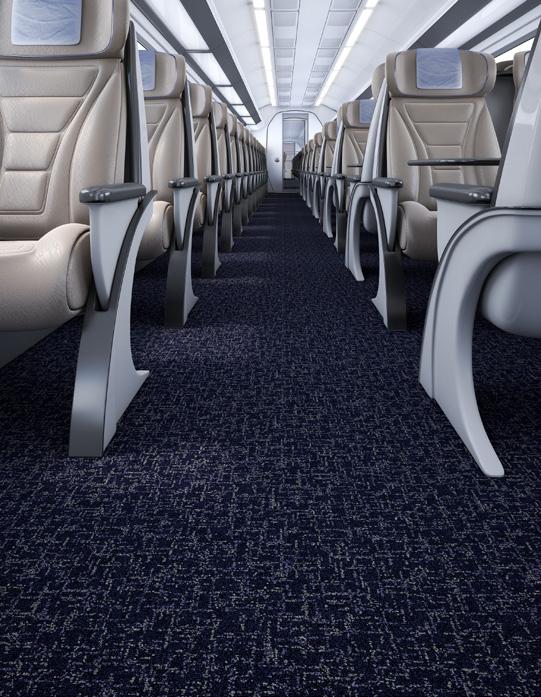
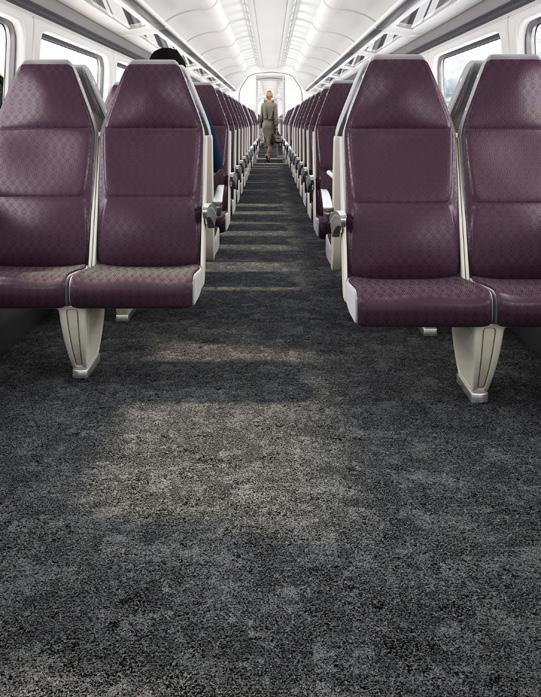

Aluxurious made-to-order carpet, manufactured from 100 per cent regenerated Econyl yarn, that delivers aesthetic styling, durability, and long-lasting appearance retention, as required for heavily trafficked carriage interiors.
Being digitally printed, it allows for a virtually limitless number of aesthetic styles and makes non-linear type designs possible. It is perfect for more complicated designs or when there are many different colourways within a design. All Pantone and RAL
colours can be matched to.
The new core collection consists of eight designs. Each design is available in several colourways, giving a total offering of 82 references. If you don’t see what you are looking for in this collection, Forbo Flooring Systems can re-scale/re-colour any of the designs or you can work with its dedicated design team on an individual project basis to ensure that the resulting Coral Move Vision FR carpet meets your bespoke design and colour requirements.
• Extensive customisation possibilities.
• Underfoot comfort, slip resistance and outstanding acoustic properties.
• Durability and appearance retention due to 100 per cent nylon construction.

• Made with Econyl 100 per cent regenerated yarns.
• Natural latex backing from rapidly renewable source.
• Ease of maintenance thanks to open cut pile construction.
• Reaction to fire EN45545-2: HL2.
• Available with different backing options for quicker installation.
93 BUSINESS PROFILE
Shown above are five of the eight designs in the core collection. To view the full range of designs and colourways go to: www.forbo-flooring.com/rail or click on the QR code
Quicker installation solutions
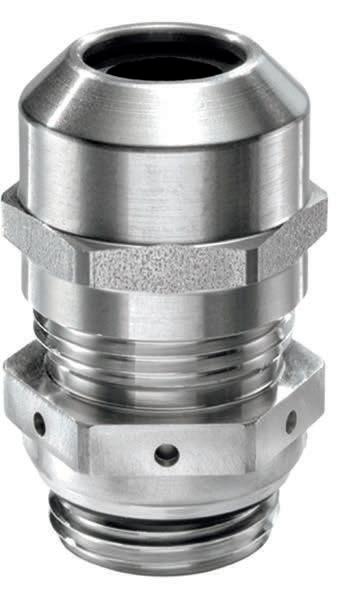

As an alternative to fully adhering the floor covering to the subfloor, Coral Move Vision FR can also be supplied with different backing options designed to improve efficiencies in time, cost, and operation throughout the life of the rail vehicle. The ‘PRO-FIT’ hook and loop solution for example has numerous advantages over traditional fully bonded adhesive systems, resulting in cost savings for train operators thanks to:
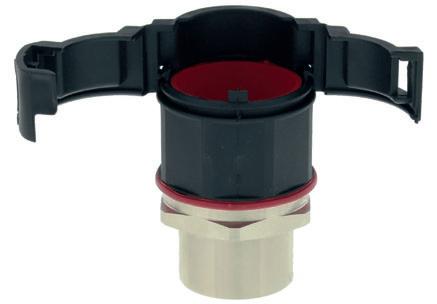
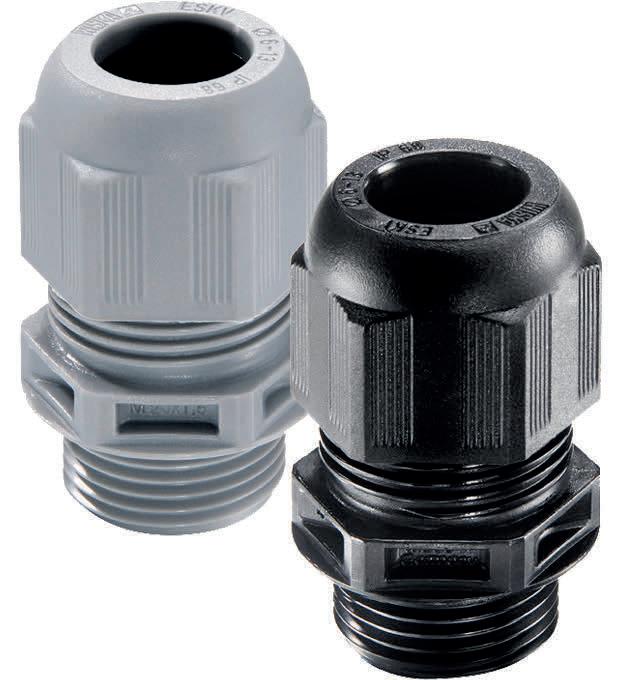
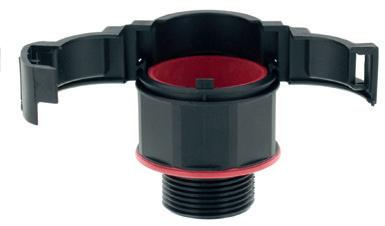

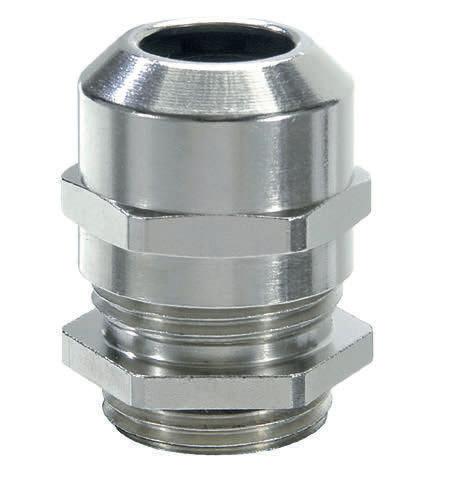
• Quicker and easier installation and replacement.
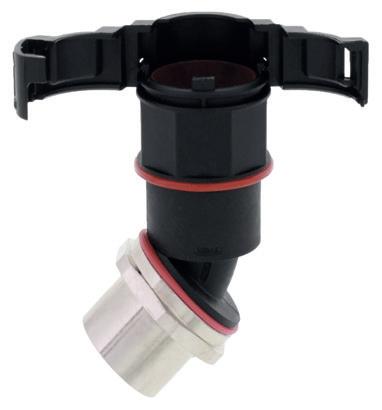

• No need to wait for the adhesive to dry.

• No waiting time before the carpet can be walked on.
• Immediate use of the train after installation.
The optional backing solutions cannot be added to latex-backed material after production, so the required backing type must be clearly specified at the time of ordering.
From how they're made to how they perform, Forbo Flooring Systems makes outstanding floor covering products that are truly sustainable.
100 per cent green electricity from renewable sources
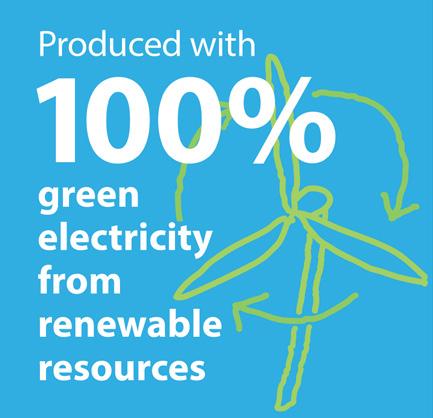
Of all the electricity Forbo Flooring Systems buys, 100 per cent comes from renewable sources. This means the Coral Move Vision FR production site is part of an effective environmental management system and has achieved ISO 14001 certification.
Zero landfill
Virtually zero landfill is achieved by the Coral Move Vision FR manufacturing plant.

Reuse waste
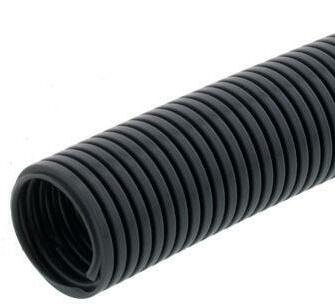
All the waste yarn from the Coral Move Vision FR production is re-used by the yarn supplier. The search for new ways to reduce its environmental impact has led Forbo Flooring Systems to work very closely with forward thinking suppliers who are able to incorporate ever higher levels of recycled content in their materials.
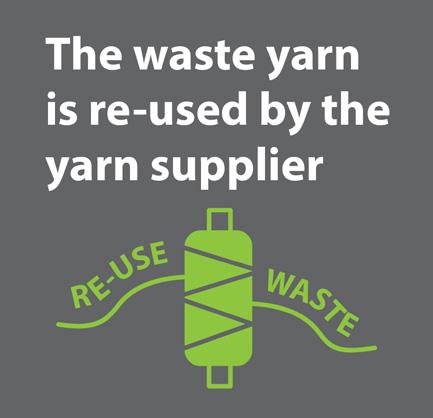
Econyl® yarn
Coral Move Vision FR floorcoverings use Econyl® yarn which is made from used and abandoned fishing nets. Using Econyl® is a way to reduce existing waste, avoid additional manufacturing-related pollution, and keep the consumption of natural resources and energy to a minimum.
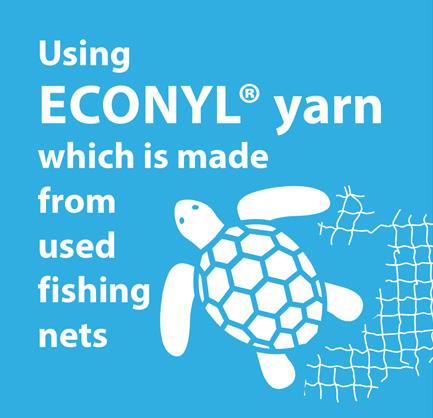
94
BUSINESS PROFILE EN 45545 Approved Cable Glands and Entries... For over 100 years WISKA have been at the forefront of cable management design and innvoation. This level of expertise has resulted in the development of our lastest range of products, introducing The Railway Series by WISKA. The Railway Series is a comprehensive range of industry-specific cable glands and conduit solutions in accordance with EN 45545. Need an expert? Speak to us today. 01208 816062 / 01208 816708 / www.wiska.co.uk / info@wiska.co.uk Half Page Advert WISKA.indd 1 13/01/2021 16:24
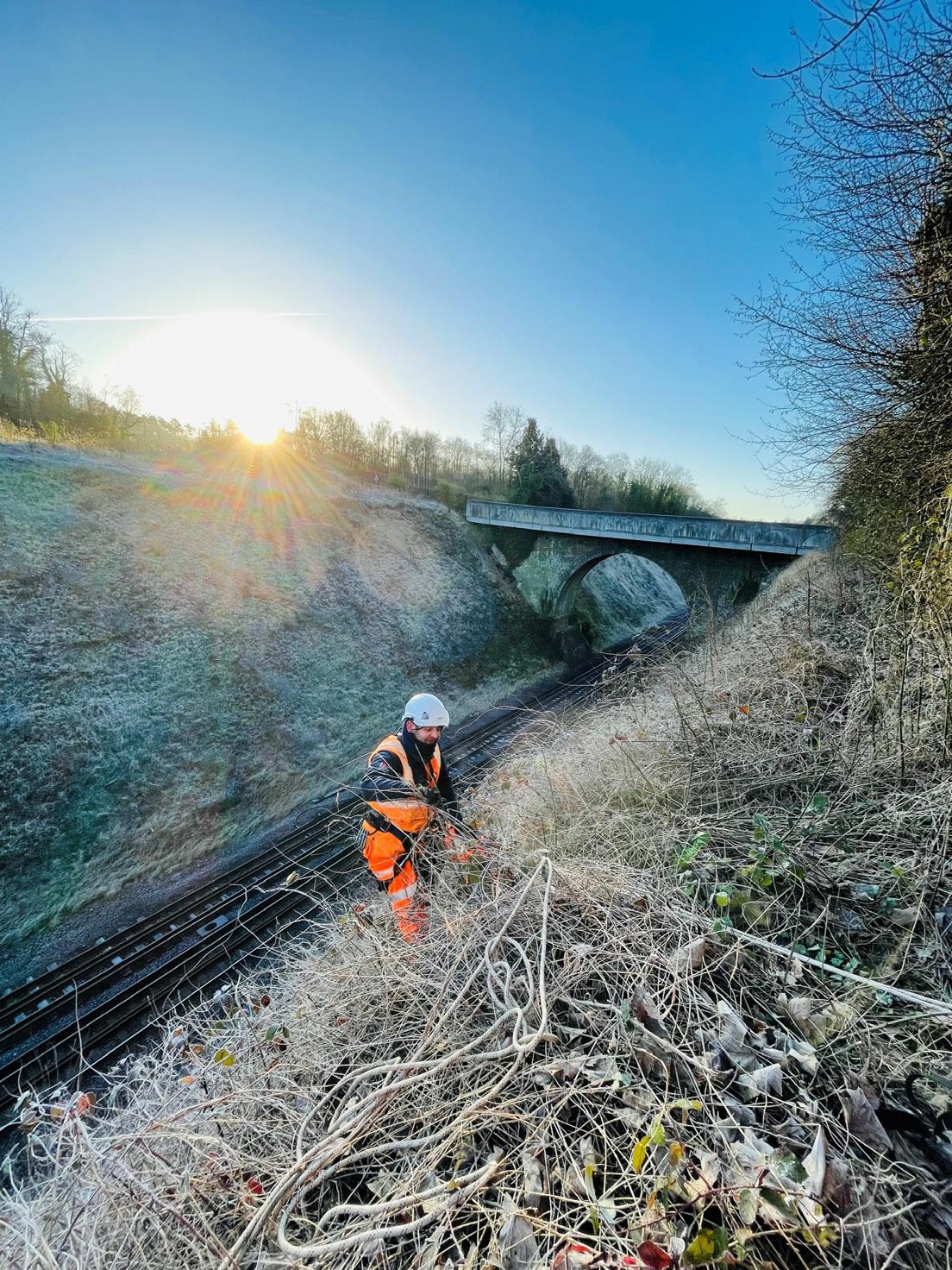
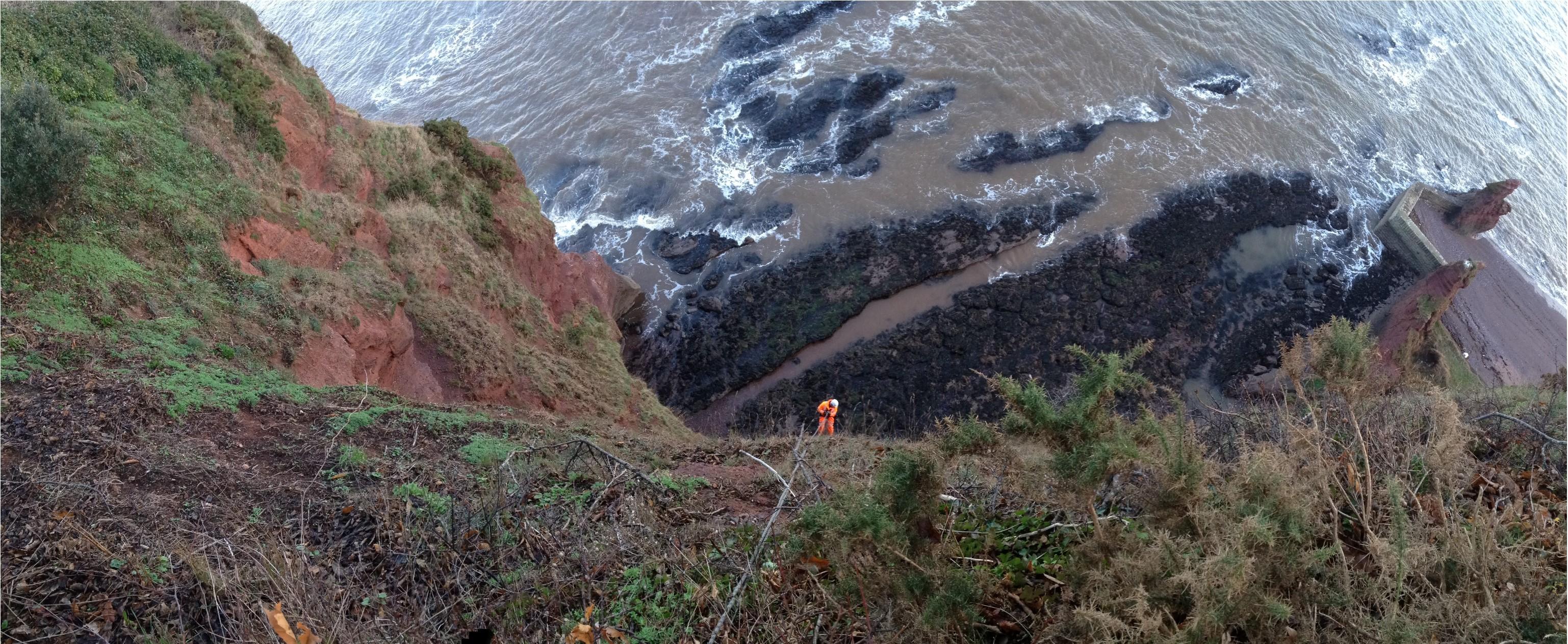

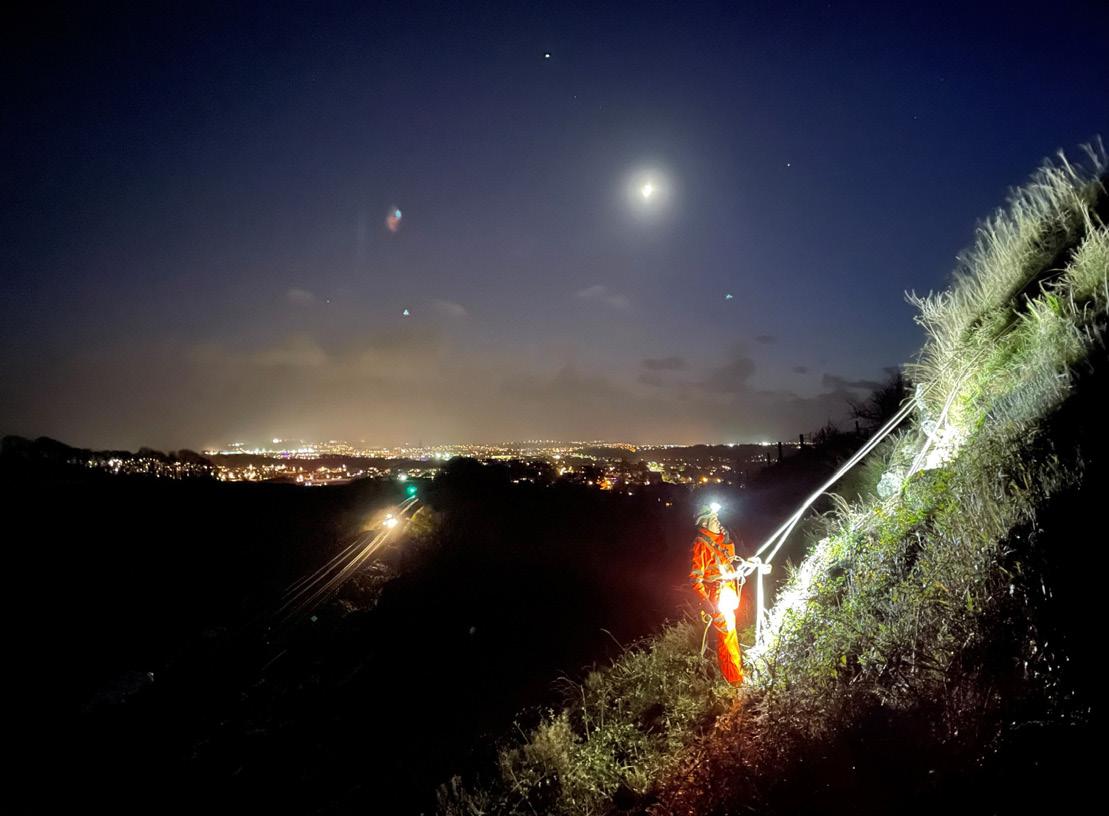
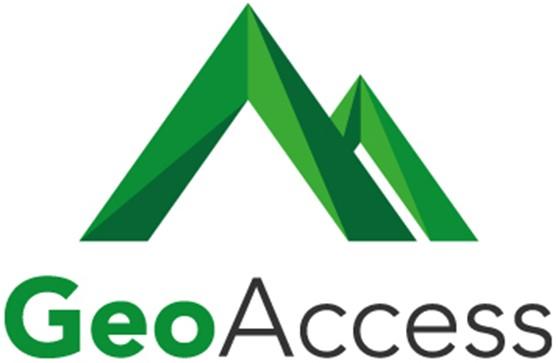
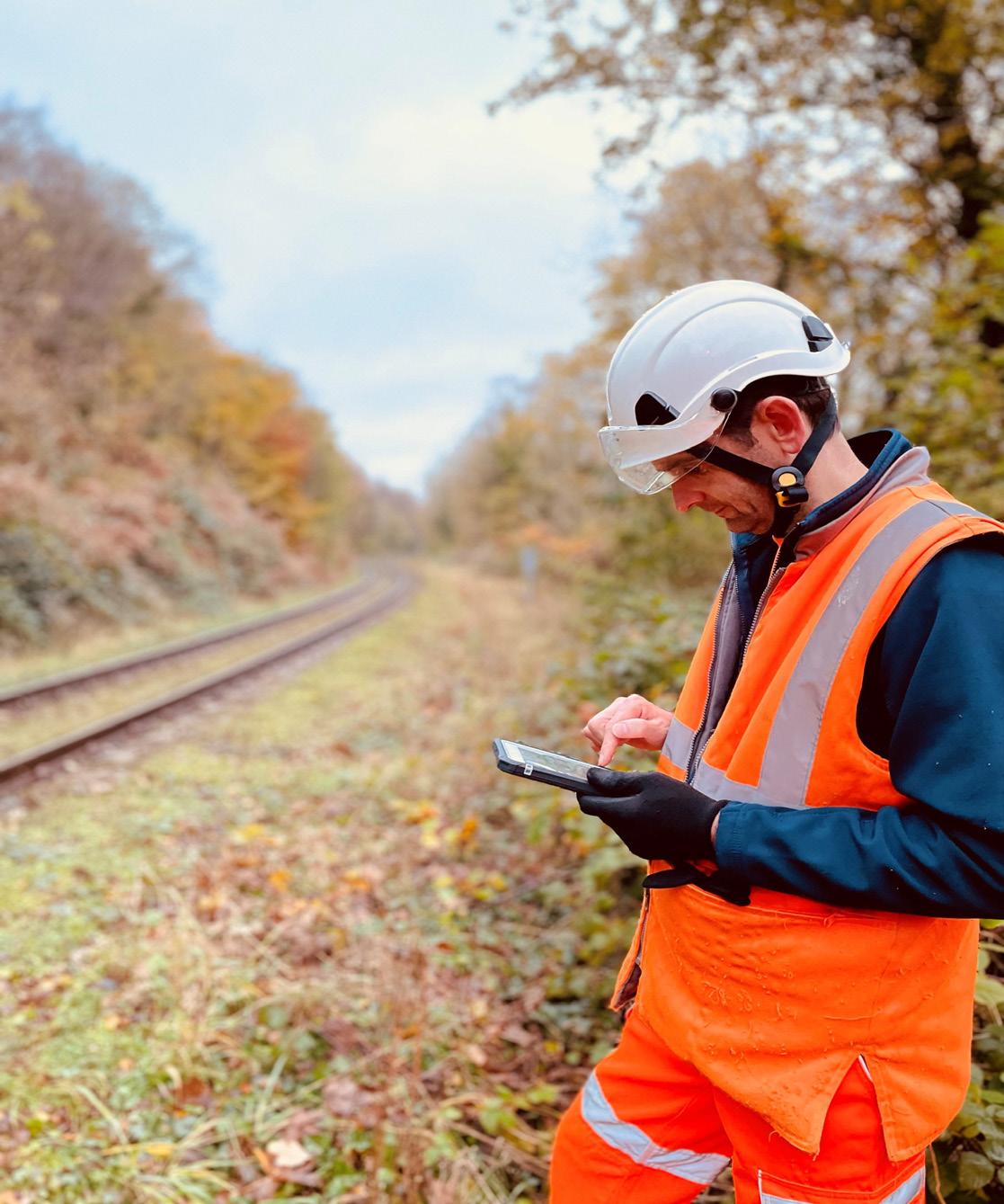
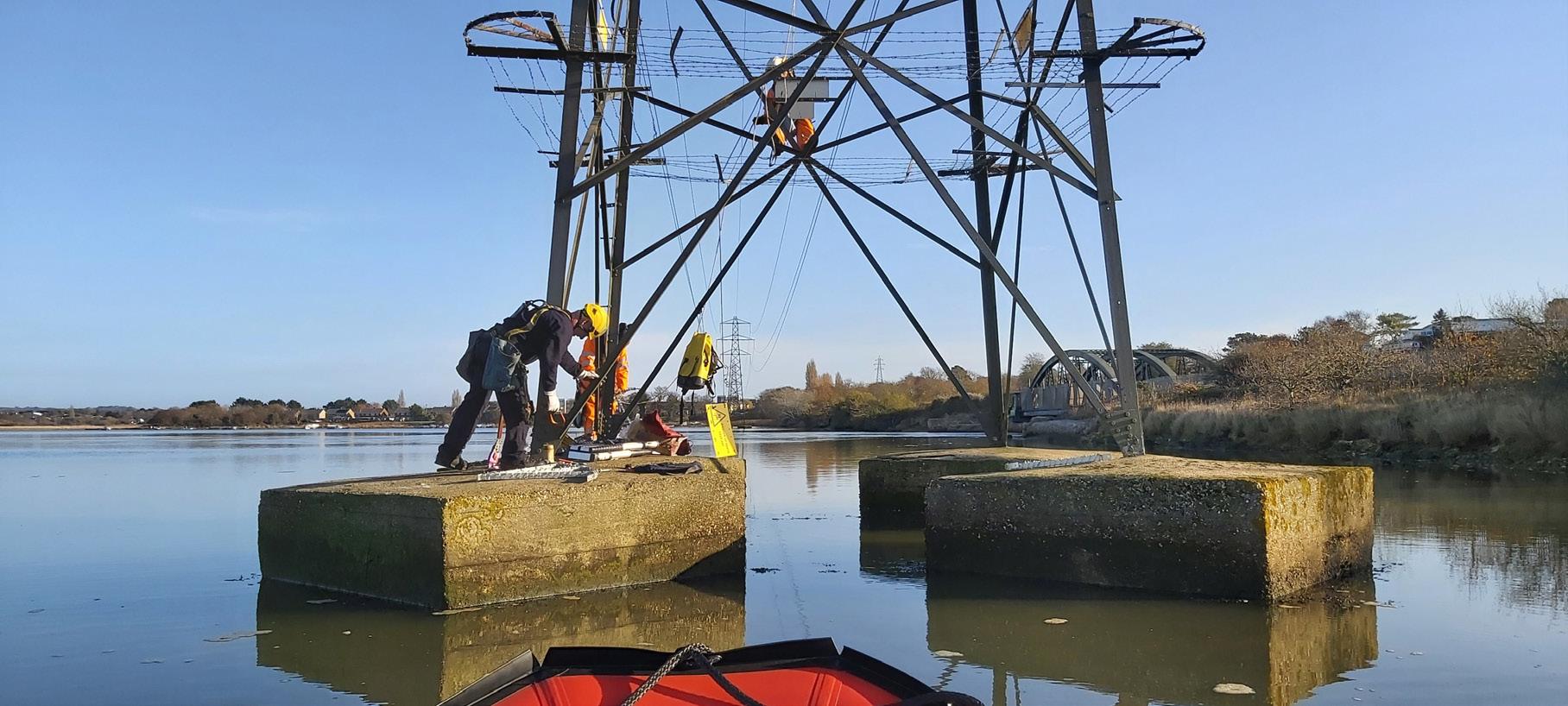
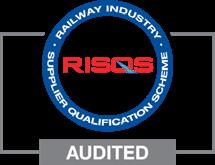
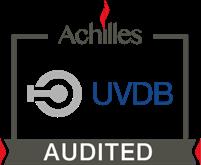


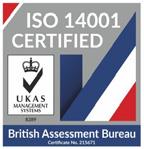
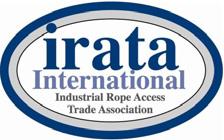
95 ASSET INSPECTIONS Earthworks Structures Drainage ACCESS SOLUTIONS Rope Access Underwater Drones Confined Space T: 01543 411994 E: info@geoaccess.co.uk www.geoaccess.co.uk WE COLLABORATE WE INNOVATE WE SOLVE
Trusted Materials Promise Circular Future
The Department for Transport’s 2021 plan, Decarbonising Transport: A Better, Greener Britain envisages ‘a net zero rail network by 2050, with sustained carbon reductions in rail along the way.’
Alongside the removal of all diesel-only trains from the network by 2040, extensive, ongoing electrification works and the introduction of new battery and hydrogen trains will form part of a layered strategy to create a shift towards cleaner travel.
Whilst the uptake of new technology, better transport integration and new ways of operating are seen as key to encouraging an increase in annual rail mileage, the construction of new rail lines and the material improvements to existing networks are also important. The way we build and design these projects will significantly impact how better and greener the new vision can be, including the materials we choose, the local nature of the supply chain and the maintenance schedules that we build into the infrastructure.
Embracing circular principles will be key Choosing adaptable materials that can be kept in a constant loop of use and which eradicate end of life scenarios is central to circular construction. But building for tomorrow does not mean overlooking the materials of today. Galvanized steel has contributed significantly to UK rail infrastructure for decades and is used abundantly in infrastructure, overhead line support steelwork, concourse structures and as a reliable solution for station construction and platform architecture. Going forward, the role of galvanised steel need not diminish as galvanized steel is ideally aligned with key principles central to circular design and construction:
Lasting many lifetimes
Galvanized steel offers the highest levels of durability, delivering once-only solutions that last the lifetime of a building,
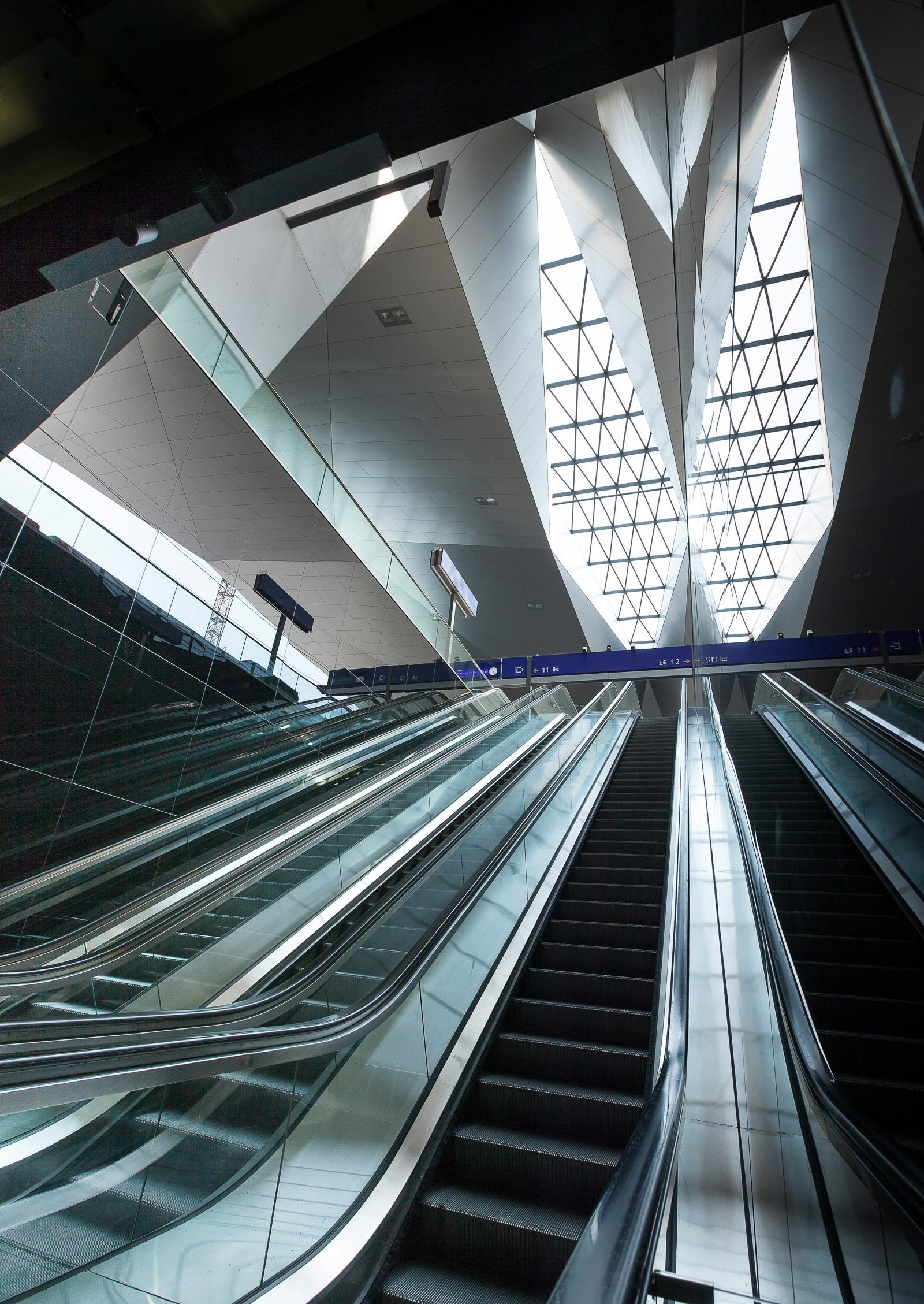
96 BUSINESS PROFILE
steel has contributed significantly to UK rail infrastructure for decades and is used abundantly in infrastructure
Galvanized
The dramatic lozenge roof of Vienna Central railway station allows natural light to flood the building
IMAGE CREDITS: RENEE DEL MISSIER
component or structure. This allows for an emphasis on avoiding the environmental impact of further unnecessary construction.
Reducing maintenance burdens
Data on the corrosion protection offered by a galvanized coating shows how the process of galvanizing steel components offers lifetime protection and reduces maintenance burdens over the lifetime of a project.
A modular material
Galvanized steel is an ideal material for reuse, as it is robust and does not damage easily. It is suited to modular design, is easily disassembled for reuse and can provide multiple life cycles of a building or structure. If a building is designed with reuse in mind, entire structures can be repurposed or individual components can be put to diverse use.
Perfect for remaking
When the limits of reuse of an existing component or structure have been exhausted, galvanized steel presents an excellent choice for remaking, as the coating stays with the steel and no additional coating is needed in any subsequent use. Galvanized steel components can be easily adapted, re-galvanized and put back into service – avoiding the environmental burden of new steel production.
Endless no-waste recycling
Galvanizers Association, the voice of the UK and Ireland galvanizing industry, gives clear end of life information on how steel and zinc are recycled together – without loss of properties – to produce new galvanized steel. As zinc self-sacrifices at a very slow rate, recycling will not happen for many decades and dependent on location, a galvanized coating can provide over a century of use.
Recent landmark projects in the UK and Europe highlight how galvanized steel is already contributing to ambitious infrastructure design that can last multiple lifetimes. The lozenge roof of the new Vienna Central railway station is a case in point. One of the most complicated steel construction projects in Austria and winner of the Austrian Steel Construction Prize, it incorporates approximately 7,000 tonnes of steel and is six times the size of a football pitch. It can be seen for miles around and is a prime example of what can be achieved when galvanized steel is selected as material of choice from the outset. As a public transport solution, it meets both a 100-year design specification and the need for zero maintenance. In addition, the use of bolted connections for the roof structure means that the steelwork can be readapted or reused for other infrastructure projects needs should requirements change.
Projects closer to home also show what can be achieved when future thinking our station architecture and how we can adapt existing station design to cope with the projected increase in rail capacity. Many of
the innovative solutions for Leeds Station Southern Entrance, situated alongside the River Aire, lie unseen below the new building, including the foundations and galvanized steel that form the ground floor concourse. The foundations comprise two concrete piers supported on piles socketed into bedrock below the riverbed. A concourse deck formed from a grillage of deep steel beams, supports the superstructure. A sizeable fifty percent of this concourse is constructed below the existing viaduct, in inclement conditions directly above the river. Hot dip galvanizing was chosen as the only method of corrosion protection with enough proven reliability for the complexities of the environment. All steelwork located above the river forming the ground floor concourse, as well as the bridges linking the concourse to the riverbanks is galvanized, offering unbeatable corrosion protection where trusted, proven performance is critical.
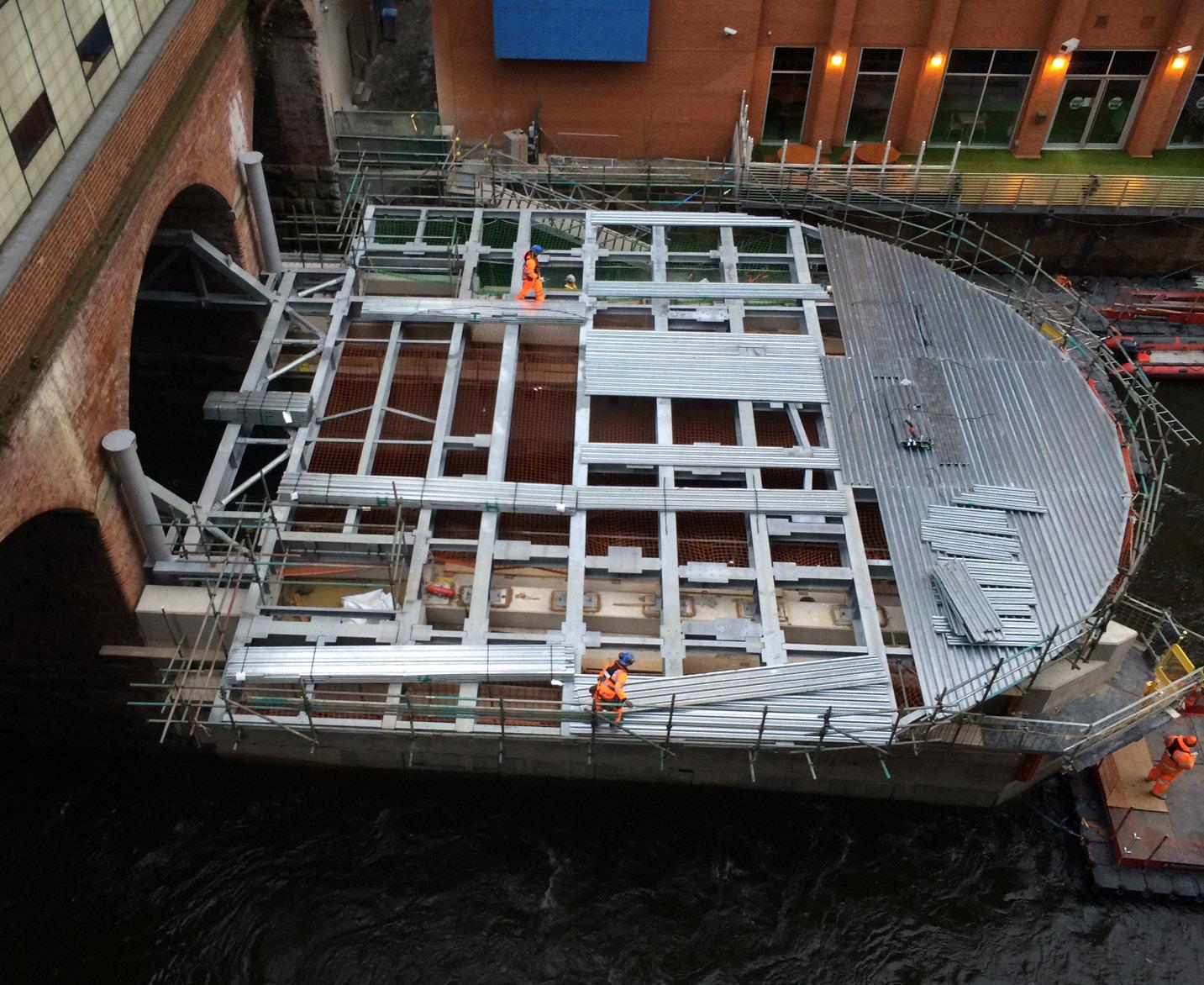
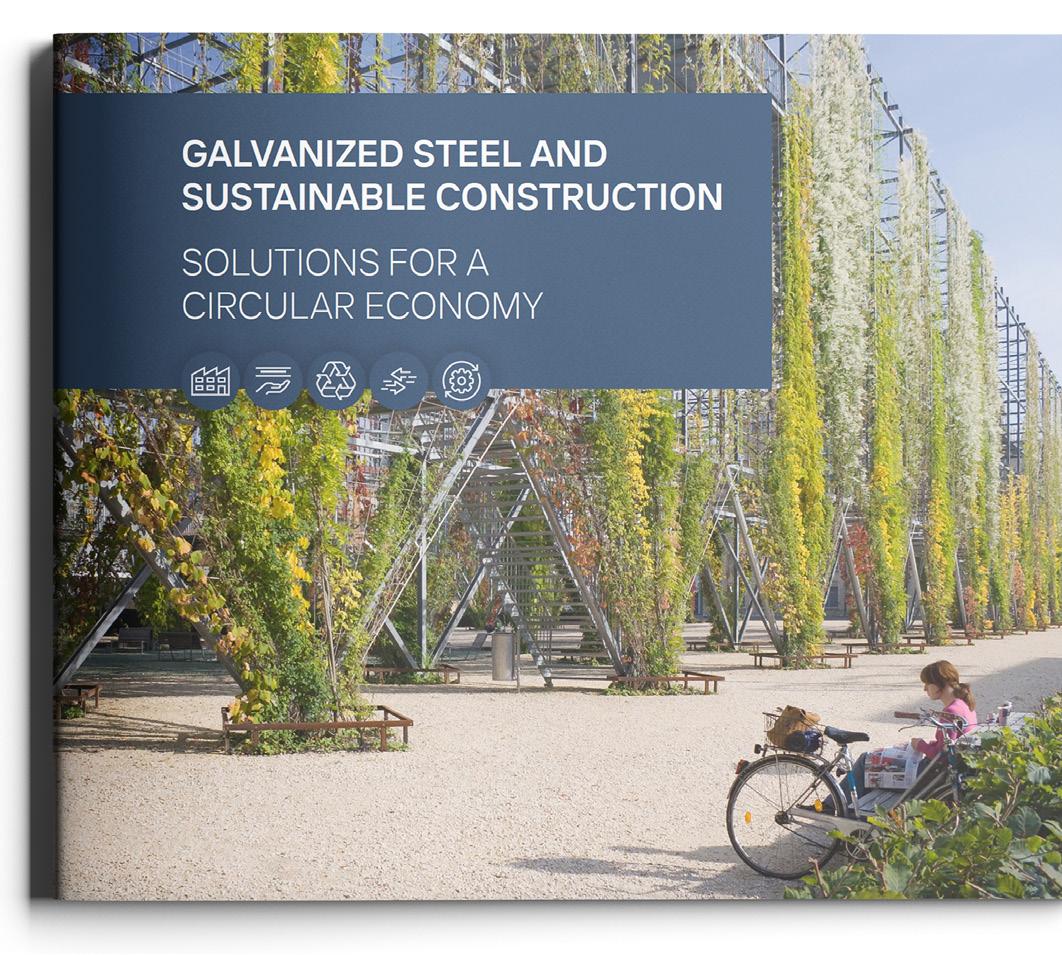
These and many other infrastructure projects make visible what is possible when we use materials where their strengths lie. They emphasize that a final solution for UK Rail
infrastructure will be about taking a mixed approach and prioritising the efficient use of durable materials that complement each other. Viewed over the long-term, hot dip galvanizing has a long list of systematic benefits that are both reliable and quantifiable. It is a material we have prioritised for many decades already, it is suited for use for many decades to come.
Tel: 0121 355 8838

Email: i.johal@hdg.org.uk
Visit: www.galvanizing.org.uk
97 BUSINESS PROFILE
IMAGE CREDITS: DAVID HOPKINSON, AHR, MOTT MACDONALD
Ground floor concourse structure for Leeds station southern entrance

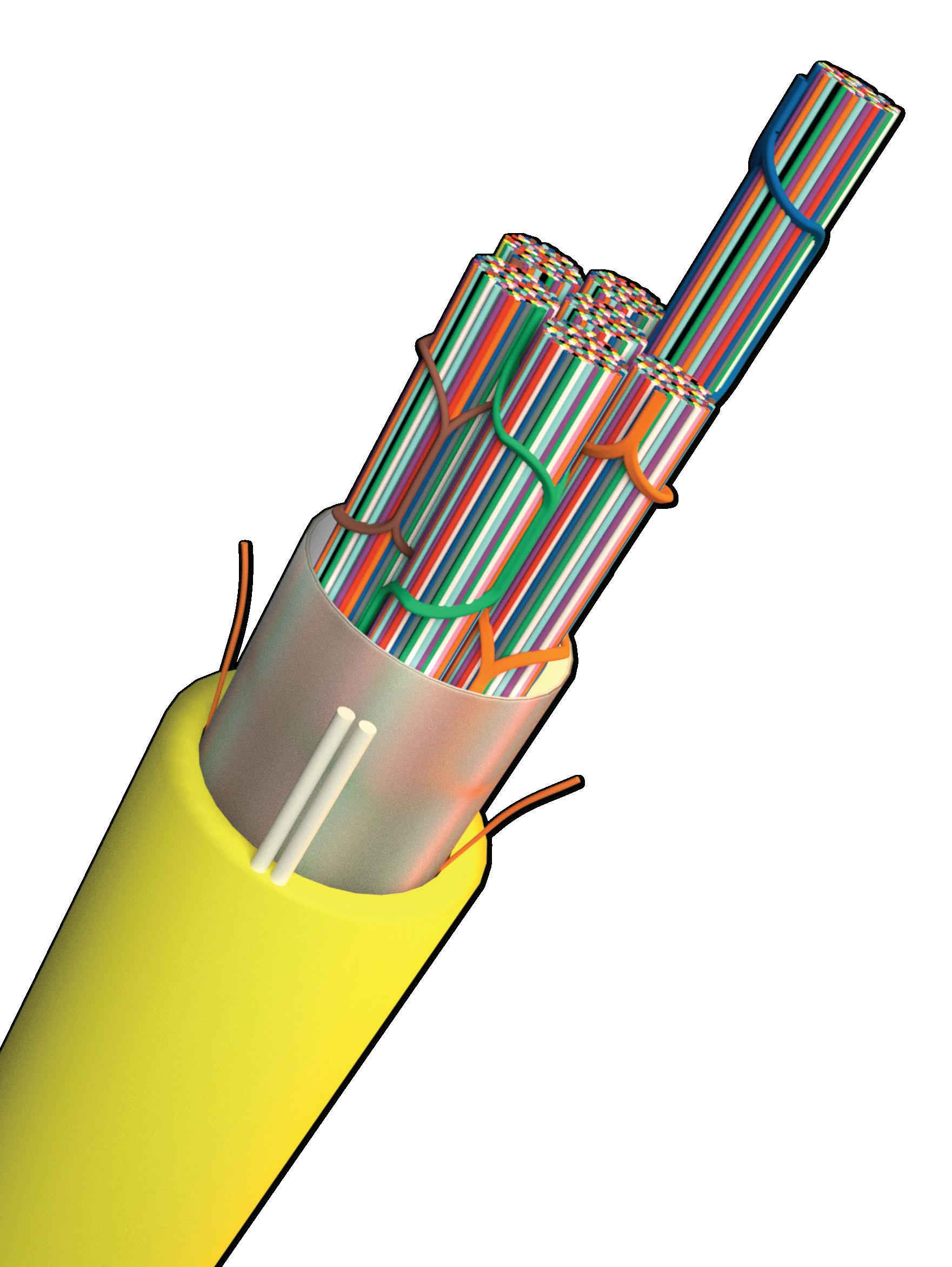
98 OPTICAL FIBRE TUNNEL CABLES Non-armored and armored Flame-retardant Wrapping Tube Cable using SpiderWeb Ribbon (FR-WTC-SWR) for rail, underground and metro applications. Range of ultra-high fibre density cable designs including 288, 432 and 864 fibres both non-armored and armored variants specifically intended for OVERGROUND RAIL TUNNEL and UNDERGROUND network applications. • Illustration is 432 fibre over-ground double-jacket design • Cable can be jointed in 4-5 hours compared to 20+ hours using traditional loose tube cables and conventional installation methods. • Small and lightweight compared to traditional designs • Fully dry (gel-free) construction • 12 Fiber Spider Web Ribbon (SWR) • CPR Class B2ca-s1a,d0,a1 www.fujikura.co.uk 44 (0)20 8240 2000 sales@fujikura.co.uk Inner sheath (FRPE, Yellow) Corrugated steel tape 12F Spider Web Ribbon in each bundled unit Water blocking tape Strength member (FRP) Water blocking material Ripcords Outer sheath (FRPE, Black) High density CPR compliant Fast installation Light weight construction HD
Hybrid Reality Delivers Human Factors Insights
Combining low fidelity mock-ups with Virtual Reality and pose estimation
Human Factors (HF) is an integral part of successfully delivering any new rail vehicle to market. Compliance with ergonomic, usability and accessibility legislation and best practice needs to be addressed and evidenced in a fully integrated fashion throughout the entire development programme. A range of tools and techniques is available to achieve this, many involving the observation and assessment of trial users interacting with physical rigs and mock-ups.
These typically increase in fidelity as the train development progresses, most commonly culminating in a full size representative mock-up that closely emulates the production vehicle. Design changes at this late stage in a project can be costly and time consuming, so resolving as many potential HF issues as possible before the final mock-up build is essential.
To address this, we have recently been exploring the use of new technology to create hybrid prototypes, which combine basic, low-fidelity physical mock-ups with virtual reality (VR) and pose estimation to deliver a higher fidelity experience of the train and meaningful HF outcomes much earlier in the development programme. These hybrid prototypes are fully immersive, highly flexible and offer the potential for larger numbers of subjects to experience and interact with a range of proposed design solutions.
The video gaming industry has transformed what can be achieved using relatively standard high-end desktop computers and low cost VR headsets. This creates a fantastic opportunity to combine the benefits of basic prototyping and VR to create an environment in which we can interact with a concept proposal from the very start of the design journey.
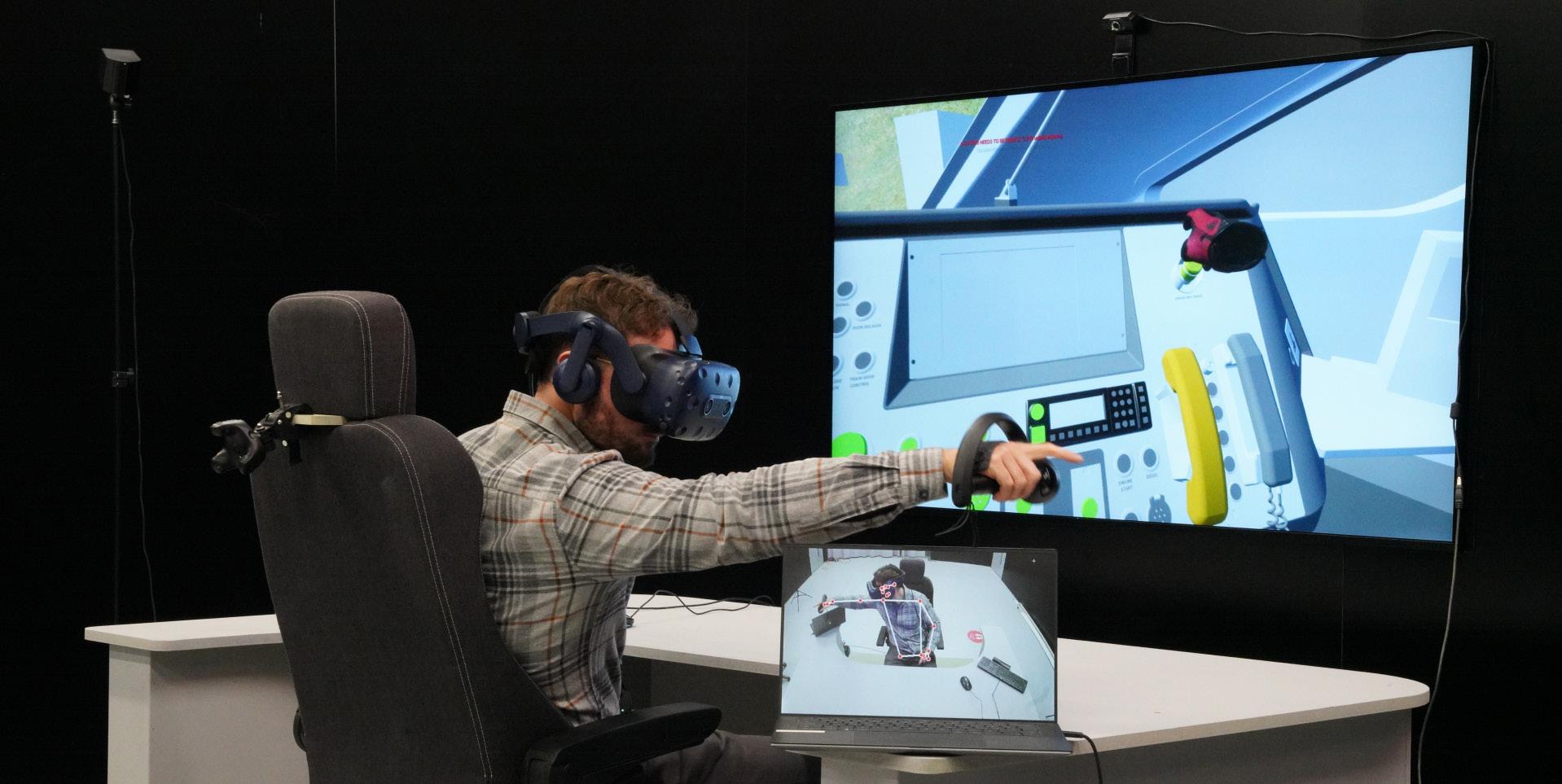
In a recent example, DCA used hybrid prototyping to analyse specified train driver tasks and assess comfort and reach parameters for a new cab design and desk layout. However, for the purposes of this article we have used images of a cab that is already in the public domain to illustrate our process.
We were looking to see whether the driver could comfortably reach the controls used most commonly during driving operations without repetitive stretching and overreach, which can cause strain to the lower back and generate work related stress injuries.
Traditionally, train cab design, and the driver’s desk layout in particular, starts with the use of basic 2D reach envelopes to map out control layouts, before progressing to physical mock-ups. By definition, this initial 2D approach provides a limited view of the physical design. Now, with
99 BUSINESS PROFILE
hybrid prototyping, we can perform this early reach analysis in a representative 3D VR environment, which gives a much more realistic and thorough assessment of whether the design is suitable and fit for purpose.
This potentially removes the need for some of the physical mock-ups and allows us to rapidly trial multiple design variants. Some of these may be bolder than normal because the VR environment allows us to assess innovative solutions with far greater confidence. We can also include larger numbers of users in our hybrid reality HF trials, and even scale the VR environment to allow any user to experience interactions as they would feel for a different sized user.
For this specific hybrid HF assessment, we synchronised the virtual train driver’s cabin with a simplified physical model of the driver’s desk and seat. An HTC Vive Pro VR headset was used with Valve Index controllers for the hands, which we selected specifically for their individual finger tracking capability. This allows the user to interact with buttons and controls in a more realistic, natural way.
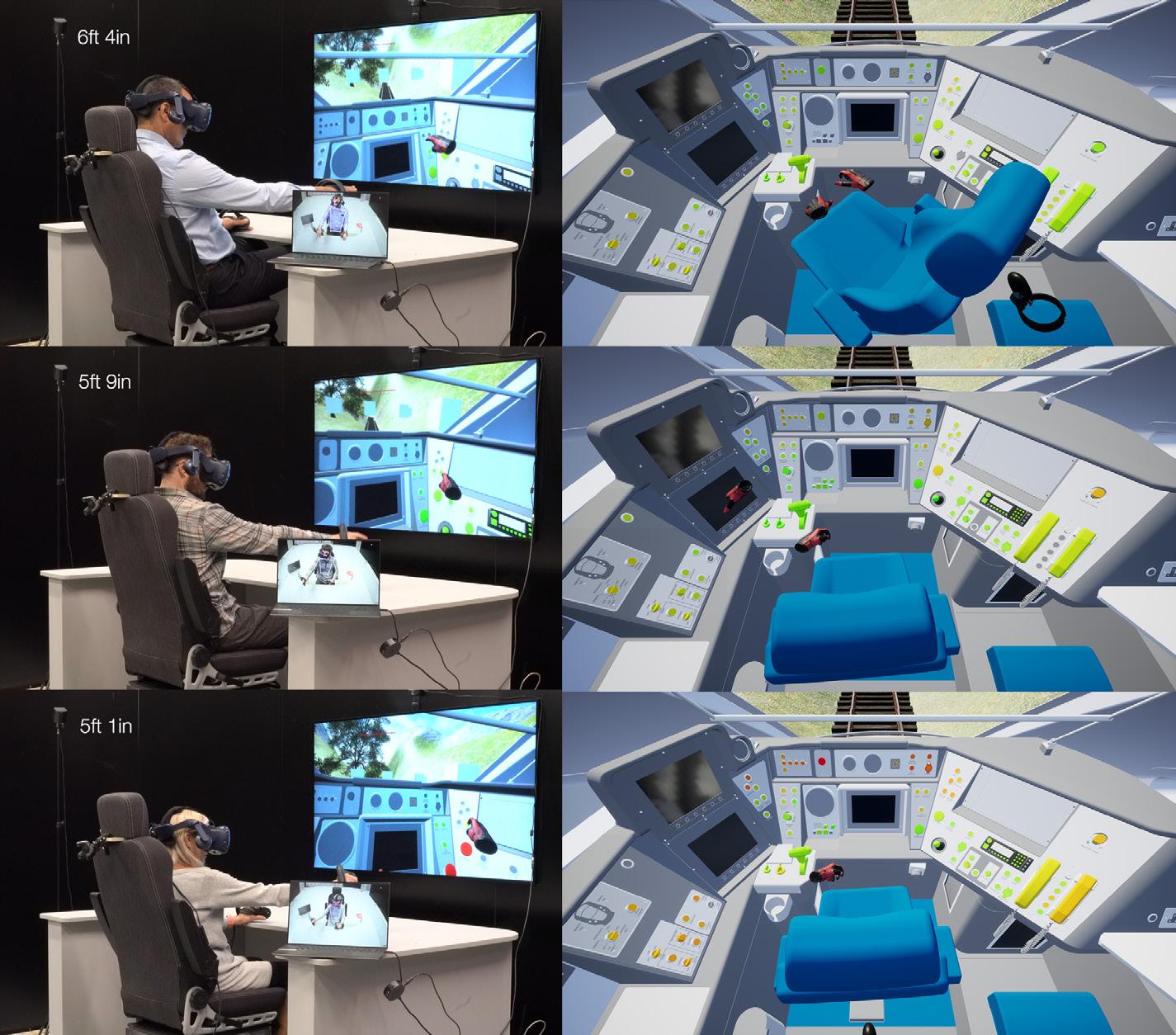
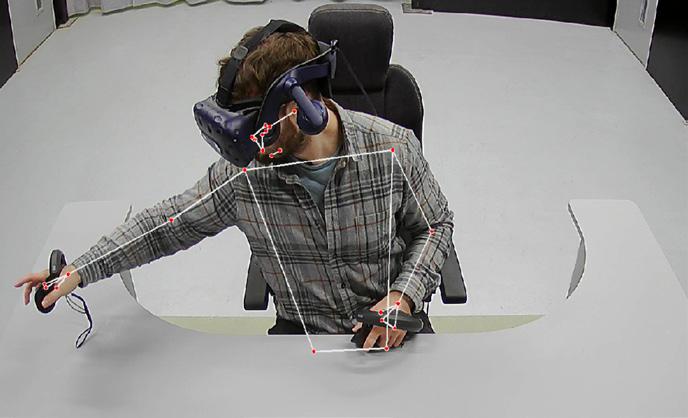

The actual driver’s chair swivels between defined detents, so we wanted to ensure that this was reflected in the virtual world as well. To achieve this, we added a Vive Tracker 2.0 to the back of the chair and paired this with a virtual chair in the VR world. We have found from experience that adding tracked elements, which the user can interact with, increases the sense of immersion significantly.
Another key feature of our hybrid model for this project was the use of Google’s
Media Pipe machine learning software as the platform for our pose estimation model. This looked at live image feeds from a webcam and worked out where the ‘bones’ and ‘joints’ of the test subject were. The image above shows how the ‘bones’ and ‘joints’ are overlaid in real time onto the captured webcam image.
The final hurdle to overcome was integrating the pose estimation data with the VR model within Unreal Engine, the software we use to produce and run our VR applications. We have found that web sockets, with a Raspberry Pi for the MQTT messaging service, work well for this task. The system is set up in a truly scalable way such that if we want to add more PCs to perform more pose estimation calculations we can. It also allows us to exchange and combine data from both Unreal Engine and Unity (another game engine) and even from Arduinos (small consumer electronics boards). Essentially, we can simulate any kind of interaction, whether it be physical or digital, in VR.
With the generated data inside Unreal Engine, we then needed to make it
meaningful for our HF assessment. We used the movement of the subject’s shoulders from an initial ‘comfortable’ seated position to infer how far they were leaning or twisting in the seat. We added simple interactions to all the train controls and buttons such that when the user touched them in the virtual world they illuminated. The colour in which they illuminated was directly linked to how far the user was leaning or twisting at the time. If the user isn’t leaning during driving operations, all the buttons would illuminate green, but if the user were leaning or stretching significantly then the buttons associated with that task would go amber.
After a user trial was completed, we captured a final snapshot from above of the whole driver’s desk to provide a clear colour map that summarises which controls require a posture change to reach them. The results from trials for three users of very different statures and reaches are shown on the left.
The image for the very large subject (99th percentile male; 6ft 4in or 193cm tall) shows a mostly green control array, indicating that they were able to reach almost all the controls without adjusting their posture. However, even with this extended reach there are still some yellow controls on the left hand side of the desk, indicating that a small posture change was required to reach these low frequency HVAC and external lights controls. The average sized user (42nd percentile male, 5ft 9in or 175cm) shows many more yellow controls on both the left and the right, highlighting the need to adjust the posture to reach the less frequently used controls, while the smallest user (11th percentile female; 5ft 1in or 155cm) shows that more controls required a posture adjustment.
This data provided us with the necessary insight to improve or verify the design. Each control that requires a posture adjustment should be carefully considered, based on its frequency of use and criticality. Importantly, the hybrid prototyping technique allows us to make these changes and re-assess the outcomes early in the design process more quickly and at a lower cost than would have been possible with a full mock-up. Furthermore, it provides an excellent objective record of what is often perceived to be a rather subjective assessment.
This is just one example of how DCA is using hybrid prototypes to accelerate its design processes, improve design outcomes and de-risk future development programmes. We are finding the tools that games engines now provide, when run alongside artificial intelligence and machine learning, allow us to simulate a whole host of scenarios and address questions that were previously very difficult to answer until very late in the development process.
Tel: 01926 499461 Email: transport@dca-design.com Visit: www.dcatransport.com
100
BUSINESS PROFILE
Unique Human Factors insights using VR, posture recognition and spatial mock-ups

transport@dca-design.com
VR | Research | Usability and HF | Model making
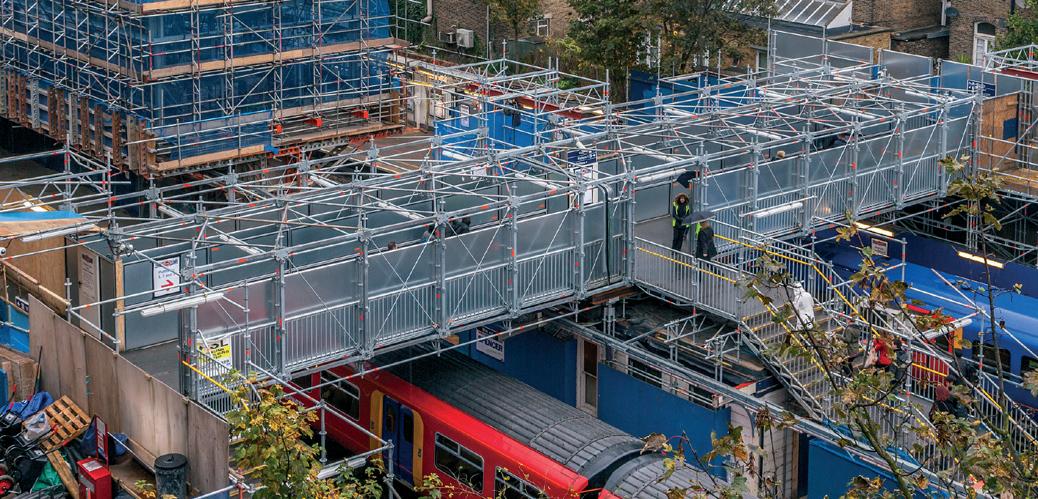
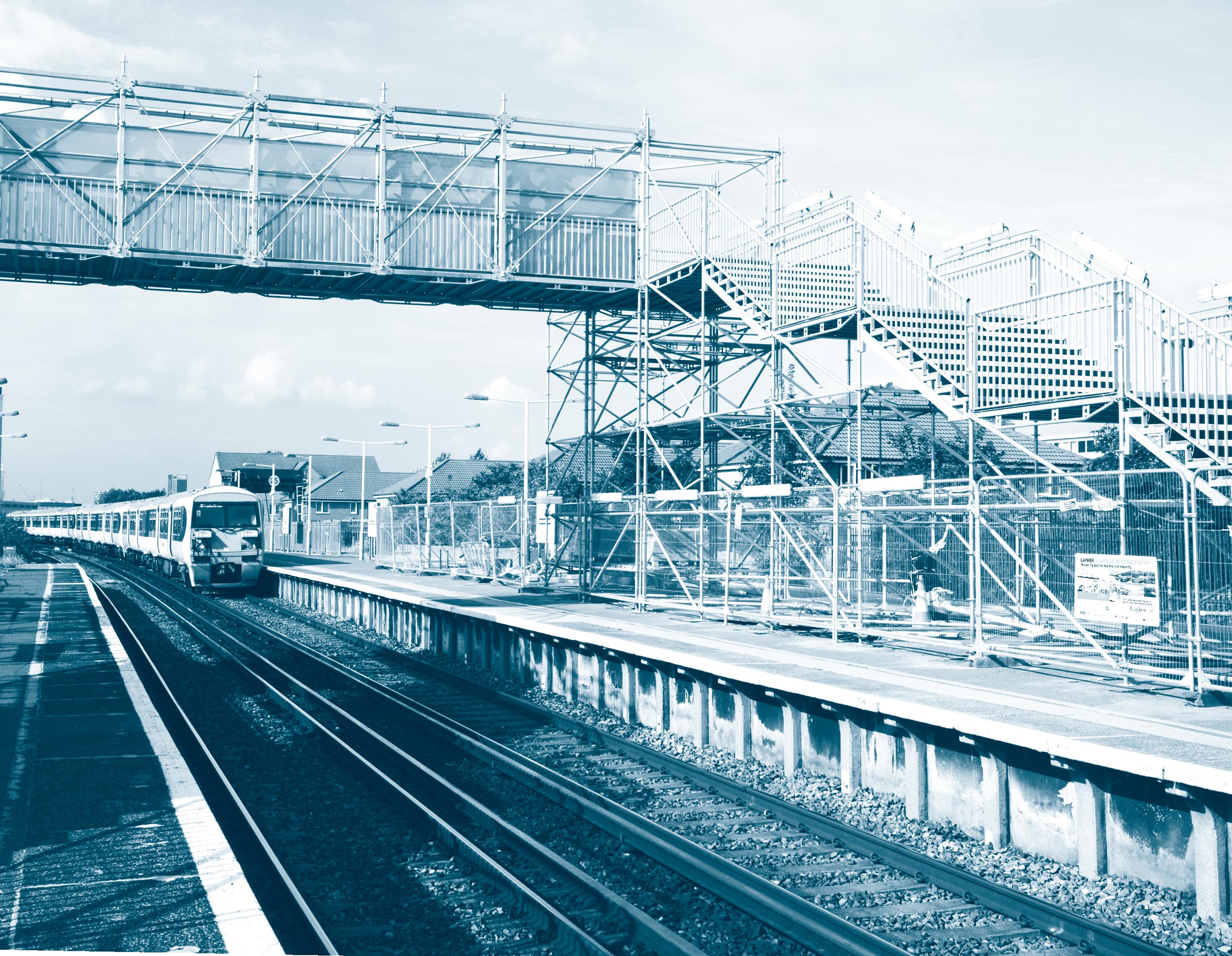
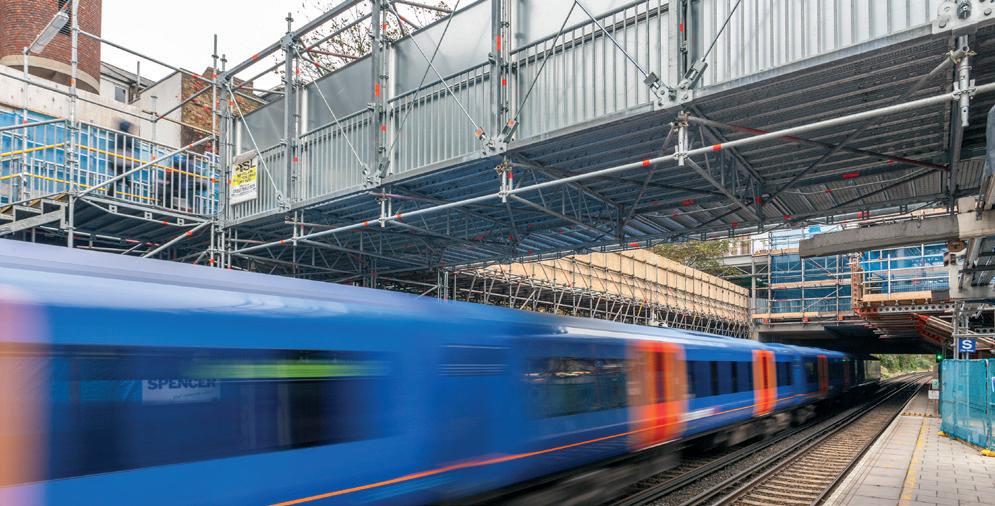
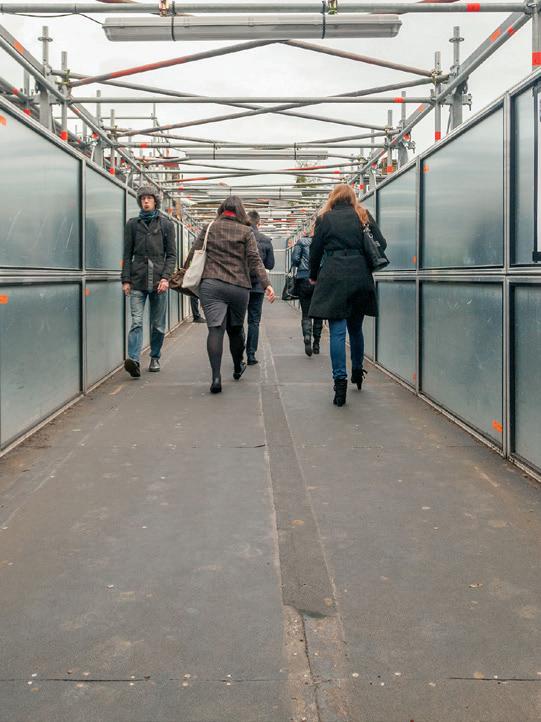

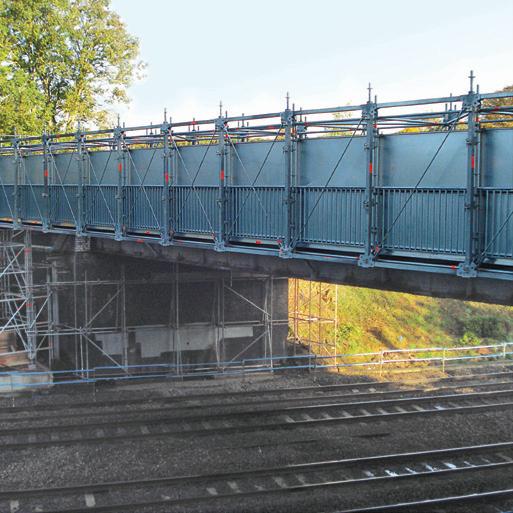
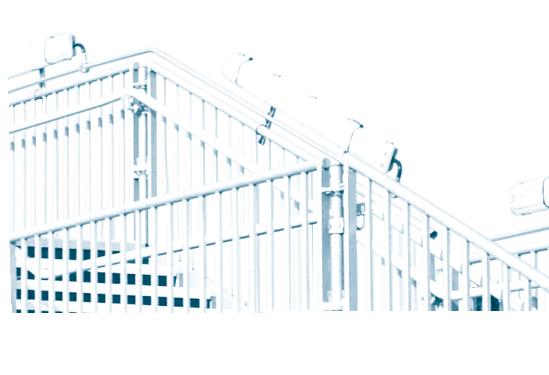





















102 info@layher.co.uk www.layher.co.uk The past, present and future of system scaffolding SAFE WINNER NASCInnovation oftheYearAward2021 LayherAllroundAGSFaçadeSystem VGS-L 10 07 P Z-8.22.64 and Z-8-22-64.1 FS 554413 Approved Training Provider FAST From footbridges spanning up to 30m LAYHER ALLROUND BRIDGING SYSTEM VERSATILE PROVEN BACKUP to heavy load support girders
What is an Occupational Health Assessment?
In our health and safety conscious industry, Occupational Health assessments are common practice
However, individuals who are referred for an assessment often find it daunting as they are not always aware of the purpose of the assessment and what is actually involved. As the UK’s most trusted Occupational Health and Wellbeing provider, Medigold Health have cut through the jargon to give rail employees (and employers) a no-nonsense guide to what an Occupational Health assessment is all about.
An Occupational Health assessment (also known as a sickness absence referral, management referral or occupational health referral) is a medical examination carried out by a qualified Occupational Health clinician to assess a person’s fitness for work and their capability to fulfil the duties and responsibilities of their role safely and without detriment to their health.
What is the purpose of an Occupational Health assessment?
Employers will usually request an Occupational Health assessment when they require advice to help them manage an employee’s medical condition or disability or their return to work following a period of sickness absence. They may also refer an employee for an assessment if they have concerns that their health may be affecting their attendance or performance.

Occupational Health clinicians specialise in the interrelationship between work and health and have expert knowledge of both the specific health risks and hazards associated with different job roles and industries and of the various laws and standards that govern health and safety in the workplace. They can therefore provide employers with the objective, solution-focused advice and guidance they need to be able to:
• Support employees back to work as swiftly and safely as possible after absence due to ill health or injury.
• Introduce appropriate adjustments and support to enable employees to better manage any health conditions or disabilities, so that they can remain in work and continue performing their role effectively.
• Reduce the risk of future sickness absence and any adverse effects of work on employees’ health.
• Avoid any management action that may leave them in breach of employment or equality legislation.
What happens at an Occupational Health assessment?
Occupational Health assessments can take place either face to face or remotely via a telephone or video consultation. The type of appointment you have will depend on a number of factors, but both offer an effective medium for conducting assessments, and both will follow the same format, usually lasting around 30 to 45 minutes.
In advance of the assessment, the clinician will have been provided with a referral form from your employer providing details of:
• The reason for the referral, including any background information about your medical condition or diagnosis, how it is affecting you, both generally and at work, and any treatment or rehabilitation you are receiving.
• Any information provided by your GP or other treating healthcare professional on your fit note.
• Any action they have taken so far (for example, introducing additional support or adjustments to your duties or hours) and how successful these have been.
• Any alternative duties or adjustments they are able to offer or accommodate.
• Any specific questions they wish the clinician to answer.
Occupational Health assessments rarely involve any form of physical examination. Instead, during the appointment the
103 BUSINESS PROFILE
clinician will take a detailed medical, social and occupational history and discuss with you the information your employer has provided. They will also ask you specific questions to help them understand your perspective of your present situation and how your health is affecting you; your current functional capabilities; and what
support you feel you need to help you get back to work sooner (if you are absent) or continue doing your role. At the end of the consultation, the clinician will talk you through the advice and recommendations they intend to include in their report. You will also be asked to confirm that you consent to their report being released to
your employer (and may be requested to complete a written consent form).
What happens after the Occupational Health assessment?
After the assessment, the clinician will produce a report to your employer summarising what was discussed during your consultation and providing advice and recommendations on:
• Whether or not you are fit to return to work and continue in your role (and if you are not yet fit, why that is the case and when they expect that you are likely to be able to return).
• Whether a phased return is necessary and how to approach it.
• Any workplace adjustments that are required (e.g. to your hours, shift patterns or duties), either on a temporary or permanent basis, or any additional support they could provide to help you return to work sooner.

• Any action either they or you can take to aid your recovery and reduce any risk of future sickness absence (e.g. compliance with treatment, making lifestyle changes, maintaining open dialogue with your line manager and scheduling regular catchups to troubleshoot issues at work that may be impacting on your health).
• Whether you are likely to be covered under the provisions of the Equality Act.
• Whether any further guidance is required from your treating doctor or specialist.

What are the benefits of an Occupational Health assessment?
It’s important to remember that Occupational Health assessments are a supportive process. The aim is always to help move forward the situation that has prompted the referral by identifying a solution that is not only commercially viable for your employer but also ensures both they and you feel supported to manage your health effectively at work, so you can continue making a valuable contribution in the workplace.
Are there any other types of Occupational Health assessment?
Sometimes, if an employee is starting a new job or working in a certain type of role, they may require either a pre-placement assessment or ongoing health checks/ periodic medicals to ensure they are medically fit to carry out their duties safely, especially if they are returning to work after absence due to ill health. For more information about Occupational Health and other assessments, get in touch via the contact information below.
Tel: 0330 390 3370
Email: salesenquiries@medigold-health.com Visit: www.medigold-health.com
104 BUSINESS PROFILE

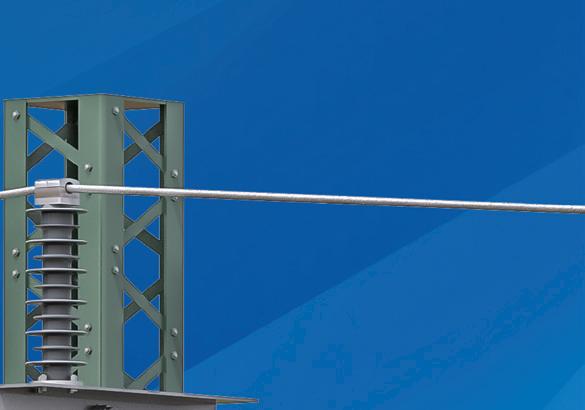





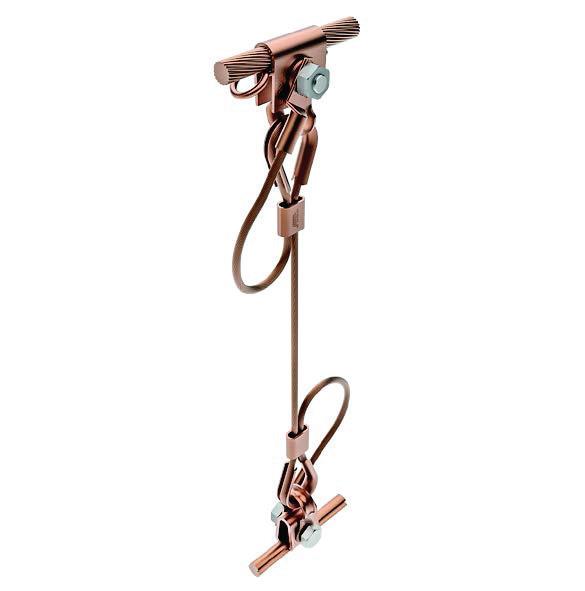
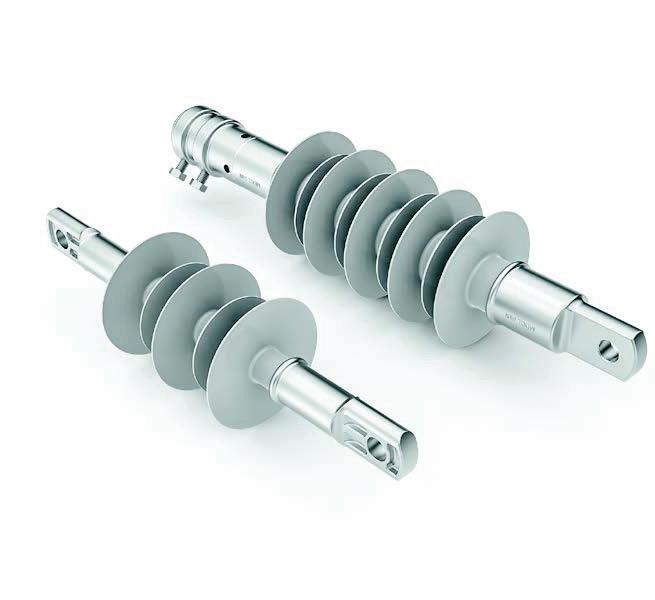
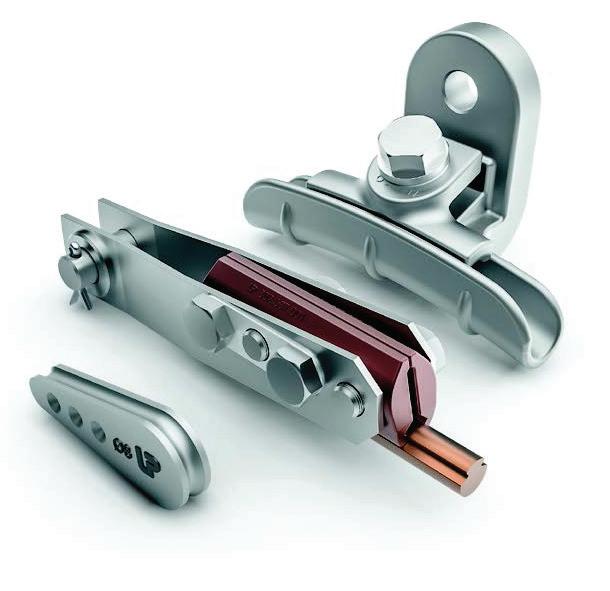
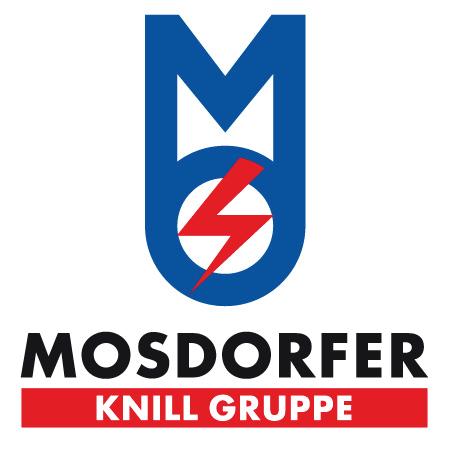

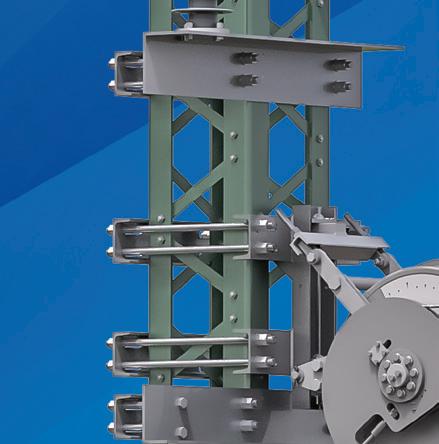
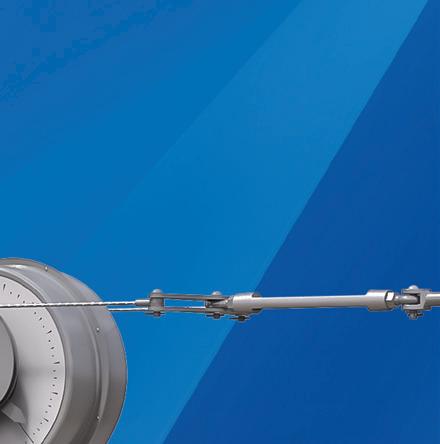
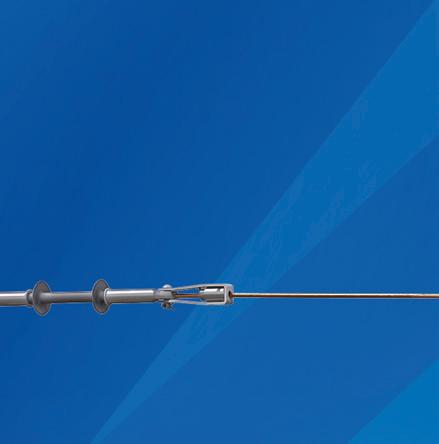


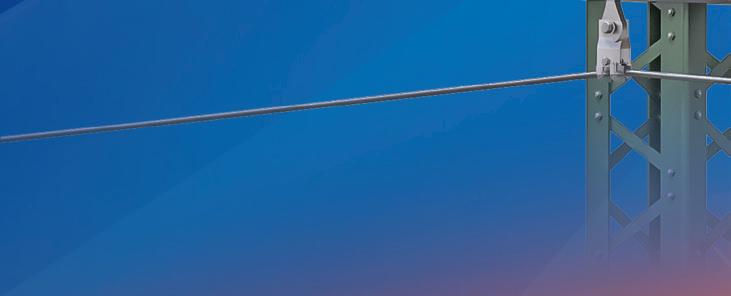
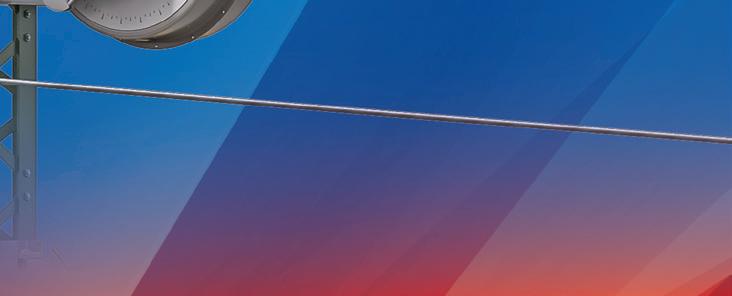

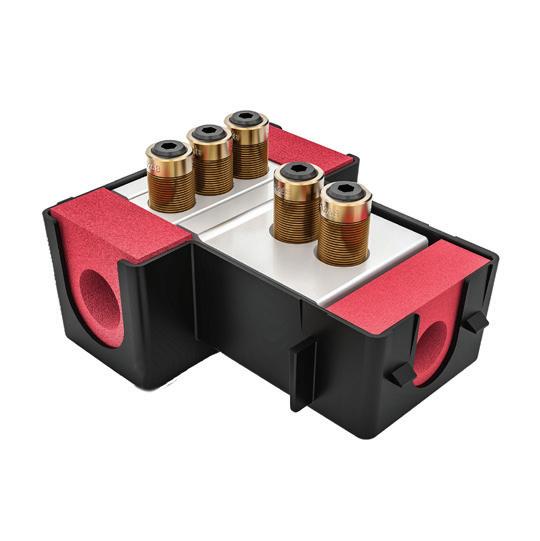
105
INFRASTRUCTURE SOLUTIONS Spring Automatic Tensioning Device Our Expertise for Railway and Tramway: - Railway Catenary Systems - Tensioning - Insulation technology - Power supply - Safety equipment Mosdorfer Rail Ltd. 2 – 4 Orgreave Place, Orgreave Sheffi eld S13 9LU, South Yorkshire, UK Phone: +44 114 3878370 E-Mail: OrdersRailUK@mosdorfer.com Catenary Clamps Droppers Insulators Safety Equipment FOR TODAY´S AND FUTURE CHALLENGES Bonding Connectors
RAILWAY
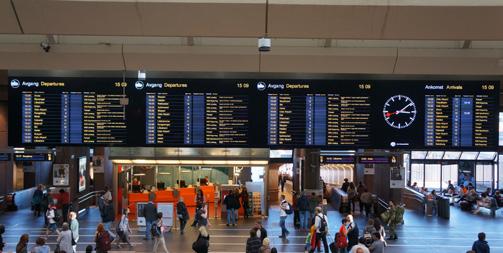
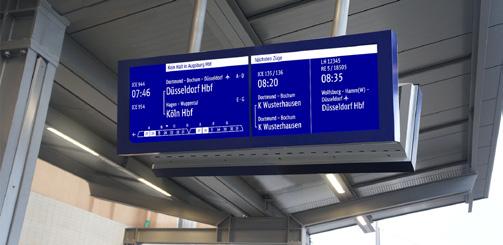
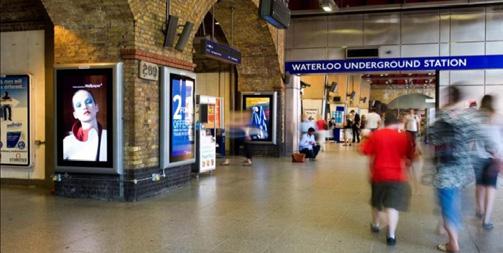
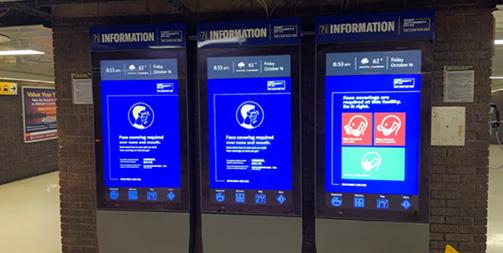
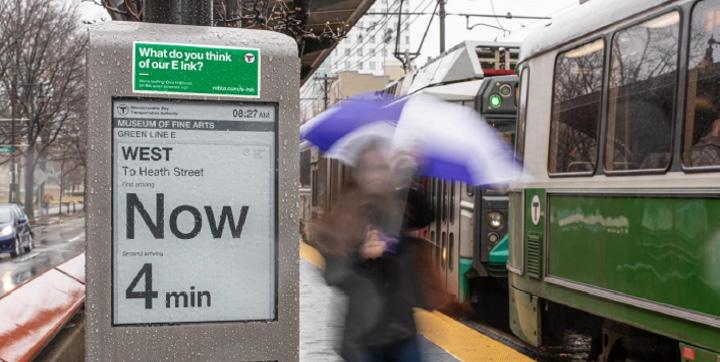
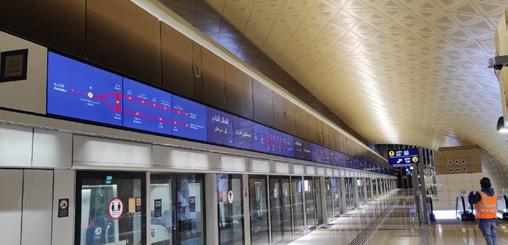





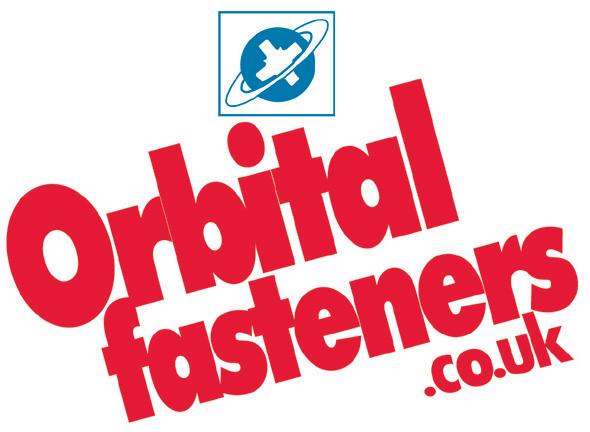
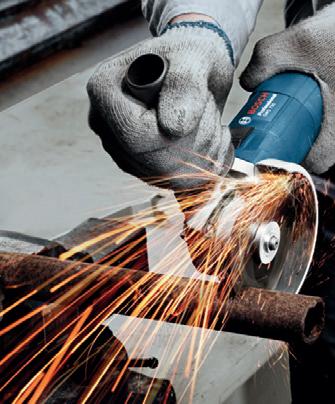
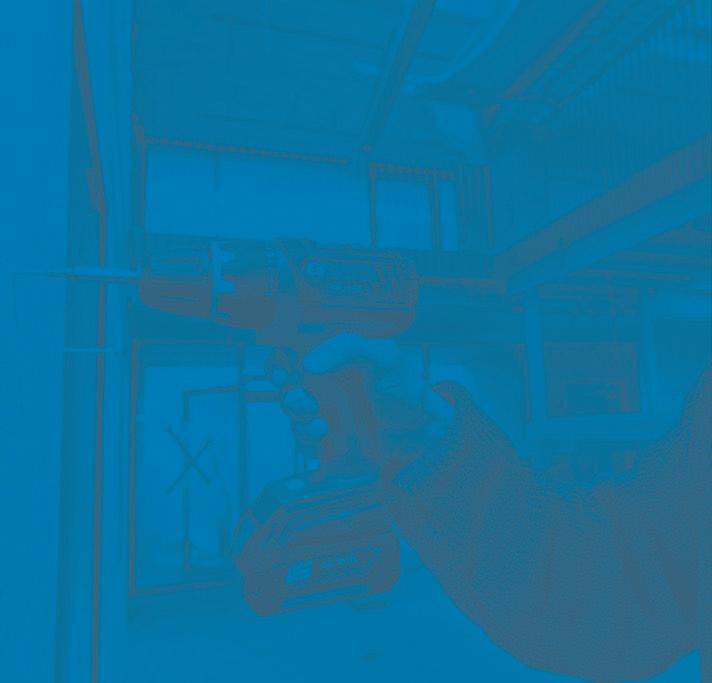
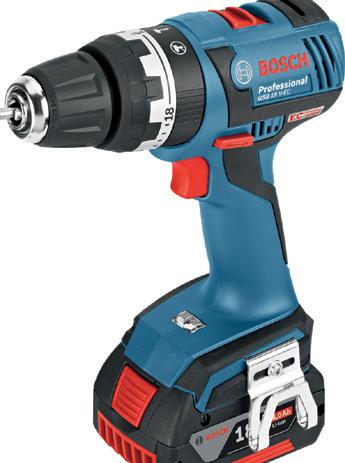

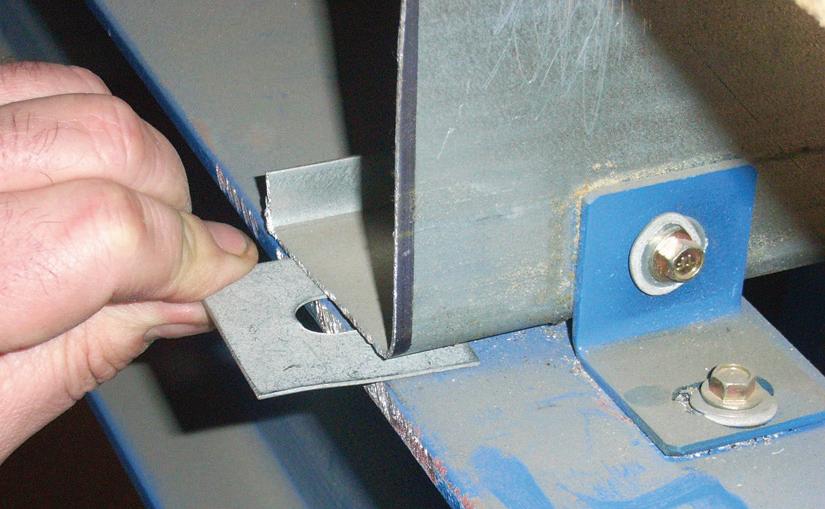

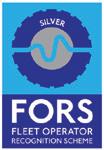













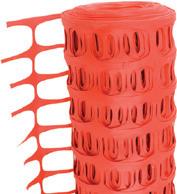



















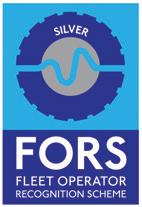
106 Innovative digital display solutions for transportation +44 1793 498020 uk@gds.com uk.gds.com GLOBAL DISPLAY SOLUTIONS LTD Concourse PIDS Advertising Wayfinding & Help eInk Low Power Ribbon Display Design | Manufacture | Installation | Maintenance | Consultancy April 2022 Issue 20 20 7.00am - 5.30pm 7.00am - 5.00pm Prostate Cancer UK is a registered charity in England and Wales (1005541) and in Scotland (SC039332). Registered company 02653887. ID:000888 Trust Score 4.7 | 6,579 reviews as of 17/2/2022 ERY ON O This catalogue is recyclable POWER TOOL ACCESSORIES POWER TOOLS FIXINGS STAINLESS STEEL FASTENERS CHANNEL SYSTEMS HANDRAIL SYSTEMS FASTENERS SAFETY EQUIPMENT PAINTS, ADHESIVE TAPES & JANITORIAL SILICONES & SEALANTS ELECTRICAL ACCESSORIES HAND TOOLS ID:000888
Colas Rail
Formerly known as Seco Rail, Colas Rail is a rail freight operator that is a subsidiary of French industrial group Bouygues
Colas Rail Limited is part of the Colas Rail Group, a Colas company – leading in road construction and maintenance, with the inside track on what makes for the ultimate rail infrastructure solution. Colas Rail is one of Europe’s leading suppliers of railway infrastructure services.
The organisation is split into four different sections:
• Rail Infrastructure.
• Rail Services.
• Urban Rail.
• High-Speed Rail.
Rail Infrastructure
Colas Rail is a leading provider of railway infrastructure services – providing design, engineering, project management, construction and maintenance solutions for the light rail, metro, mainline and highspeed markets.
Some of the schemes they deliver include:
• Track Installation, Renewal and Maintenance.
• Signalling.
• Electrification (Overhead Catenary Systems and 3rd Rail).
• High Voltage and Traction Power.
• Rolling Stock Refurbishment and Maintenance.
In 2019, Colas Rail UK won a ten-year contract for the South Rail Systems Alliance (SRSA) across three Network Rail regions in the South of the UK – Western & Wales, Southern and Anglia. The framework creates an alliance between Network Rail, Colas Rail Ltd, and AECOM providing an integrated delivery model for the development, design and construction of track renewals on plain line, switches and crossings.
Rail services
Their services include the operation and maintenance of On Track Plant, which includes operating and maintaining the largest, most advanced fleet of On Track Plant in the UK, and Rail Freight, Rolling Stock Refurbishment and Maintenance, as well as Rail Grinding and Milling services. Their extended depot in Rugby accommodates On Track Plant and
Locomotives up to 148 metres long and undertakes the servicing and repair of On Track Machines, On Track Plant and Locomotives.
Rolling stock
Colas Rail currently operates an extensive fleet of railway assets: 130 locomotives, 500 wagons and two track-laying trains. As well as three ballast clearing machines, 32 ballast tampers, three stabilisers, 13 ballast regulators, 55 road-rail vehicles, 15 loaders, and three concreting trains, across the 20 countries in which it operates.
Included in this collection are several ‘Specialist Wagons’ including eight ‘Slinger’ rail delivery and recovery gantry wagons, one high capacity 125T Kirow crane KRC 1200 UK, 16 PEM LEM switch handling units (PEMs/LEMs) and two Track Relaying Machines (TRM).
Urban rail
Colas Rail has over 25 years’ experience in designing and delivering Light Rail systems in more than 50 cities around the world. In the UK they deliver design, construction and maintenance for light/metro rail projects, they work in partnership with their customers to identify optimal engineering and value-based solutions through Early Contractor Involvement.
Urban Rail transit offers low energy consumption and high efficiency travel, opening up under-populated areas and aiding regeneration. Increasingly becoming an integral part of urban planning, it provides one of the most convenient and safest modes of transportation within inner city areas – enhancing regional quality of life and having a positive impact on the local community, the environment and the economy.
Urban rail works
The Midland Metro Alliance (MMA) was established in 2016 and consists of a consortium of partners including the West Midlands Combined Authority and Colas Rail Ltd. It was established to contribute to the social and economic regeneration of the West Midlands – with the aim of extending the tram network by a further 32 kilometres by 2026.
Construction started in June 2017 with the Birmingham Centenary Square Extension, completed in 2019. Further works include the tramway extensions to Wolverhampton City Centre and Edgbaston due to enter operation in 2021. The Wednesbury Brierley Hill Line will follow in 2023. Dependent on financing, the network will extend to the east of Birmingham, to link the future high-speed line, High Speed 2 (HS2) and towards the airport with the East Birmingham-Solihull branch.
High-speed rail
With over 35 years’ experience managing and delivering high-speed rail projects, the Colas Rail Group have delivered on a variety of projects harnessing a successful track record.
Colas Rail built 74 kilometres of new highspeed double track line from the Channel Tunnel to Fawkham Junction in north Kent, with a design speed of 300 kph, including the OCS and Mechanical and Electrical equipment and services.
Cities are being reinvented all over the world, with mobility being the key to connecting people and boosting local economies. In the UK, Colas Rail are proud to be a partner of choice – helping customers to put the passenger first.
KEY PERSONNEL
CONTACT INFORMATION
Address: Dacre House, Dacre St, Westminster, London SW1H0DJ
Tel: 020 7593 5348
Email: info@colasrail.co.uk
Visit: www.colasrail.co.uk
107
CEO:
Freight Director:
CEO: Jean- Pierre Bertrand Deputy
Stephens Haynes Rail
Simon Ball
SPOTLIGHT

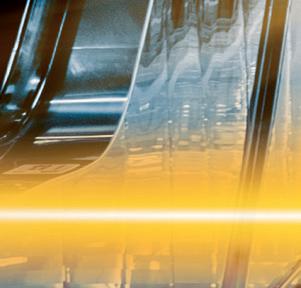

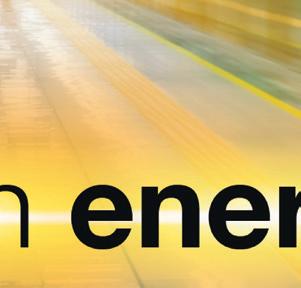
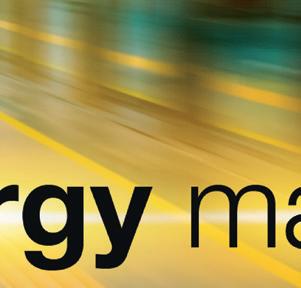


























108
DB Cargo UK
The company was born in 1996 when assets from the former British Rail freight business were used to form English Welsh and Scottish Railway (EWS). In 2007
Deutsche Bahn AG acquired all shares in the company and in 2016 renamed it DB Cargo UK.
Maritime Intermodal
In October 2021, DB Cargo UK announced plans to lease its Mossend EuroTerminal rail freight facility to Maritime Intermodal. The Lanarkshire depot provides intermodal freight transfer between rail and road and is well-placed at the centre of Scotland’s road network, next to the M8 motorway linking Glasgow and Edinburgh. The announcement came two years after Maritime Intermodal took over the lease of DB’s intermodal rail freight facilities in Wakefield, West Yorkshire and Trafford Park in Manchester.
Under the terms of that agreement:
• DB Cargo UK was contracted to run Maritime Intermodal’s rail operations out of Felixstowe and Southampton.
• Maritime Intermodal took on responsibility for DB Cargo UK’s terminals in Trafford Park, Manchester and Wakefield in West Yorkshire, thus strengthening the road haulier’s national network of strategic hubs.
• Maritime Intermodal took responsibility for DB Cargo UK’s existing intermodal customers on its Felixstowe and Southampton services.
Contracts
DB Cargo UK signed a ten-year contract with Brett Aggregates in 2020. The contract will see DB Cargo UK transport millions of tonnes of sea-dredged products every year from Brett’s marine aggregates terminals in Ipswich, Cliffe and Newhaven.
DB Cargo UK was awarded a five-year haulage contract with Tarmac in 2020. This has welcomed a boost for the rail freight company which already runs a range of services for Tarmac to and from Mountsorrel Quarry in Leicestershire and its aggregates facility in Angerstein Wharf, Greenwich, London.
DB Cargo UK has been awarded a twoyear contract to transport China clay for Imerys. DB Cargo UK also signed a fiveyear ‘hook and haul’ contract to transport supplies of sustainable biomass to Drax. Each train will carry around 1,650 tonnes of sustainable biomass to Drax Power Station, which provides flexible and reliable renewable power for millions of UK homes and businesses.
DB Cargo UK has also secured a new three-year deal with fellow rail freight company GB Railfreight (GBRf) to undertake the maintenance of ten Class 60 locomotives for them as well as providing technical infield support.
Logistics
In October 2018, UK manufacturing was given a major boost with the opening of DB Cargo UK’s new £6 million steel logistics centre in the West Midlands. Construction took more than twelve months and saw the German-owned freight operator more than double the size of its existing facility in Knowles Road, Wolverhampton, which receives imported steel from as far afield as Holland and Sweden.
The £6 million project was one of the largest investments in rail freight in the past five years and seen as a major vote of confidence in the UK’s continuing ability to trade and attract inward investment post-Brexit.
The new state-of-the-art logistics centre is now used by some of the world’s biggest steel companies including ArcelorMittal, Tata Steel and SSAB; providing a major boost to local businesses that use their products in their manufacturing processes.
Track infrastructure renewals
In August 2019, DB Cargo UK started work on a multi-million programme of investment to improve track and rail infrastructure at three key sites. The UK’s largest rail freight operator is replacing more than 20 kilometres of track at its depots at Immingham in North Lincolnshire, Rotherham in South Yorkshire and Toton in Nottinghamshire. The investment will further improve the safety and reliability of services.
‘Freight belongs on rail’ campaign
The campaign intends to support the UK in reaching its climate targets as freight transport plays a key role in production of greenhouse gas emissions. The aim of the campaign is to encourage more businesses to choose rail freight over road haulage for their transport needs, thus assisting in the UK efforts to achieve its goal of net zero carbon emissions by 2050.
To encourage more companies to switch from road to rail, DB Cargo UK are asking the government to:
• Set out in primary legislation a legally binding target for future modal growth, thus driving greater collaboration and innovation (as we have seen with decarbonisation).
• Work with the rail industry to incentivise businesses to switch their goods from road to rail.
• Establish an efficient logistics sector which has hubs and terminals in the right places, with strong rail connectivity to help avoid a road-led recovery.
• Commit to investing in the infrastructure required to decarbonise rail freight including a long-term programme of electrifying the railways.
• Ensure that the future industry structure supports rail freight growth and unlock continued third-party investment that will allow rail freight operators to deliver greater long-term economic and environmental benefits.
• Make the best use of capacity on the network, using a benefits-led assessment that considers the relative value of different capacity choices and which maximises the opportunities for getting more freight on each train.
• Upgrade Britain’s infrastructure to make it fit for the digital age, which can allow both freight and passenger trains to run more efficiently.
KEY PERSONNEL
Chief Executive Officer: Andrea Rossi
Chief Financial Officer: Deb Hardy
Chief Transformation and Digitalisation Officer: Marie Hill
Head of Sales: Roger Neary
CONTACT INFORMATION
Address: Lakeside Business Park, South Yorkshire, DN4 5PN
Tel: 01302 575000
Email: Uk.dbcargo@deutschebahn.com Visit: www.uk.dbcargo.com
109
SPOTLIGHT
DB Cargo UK is the largest rail freight haulier in the UK. It operates freight and infrastructure services, as well as passenger charter trains
throughout the UK
been supplying some of the largest rail build and maintenance firms for over 10 years, now considered some of the best in the world!

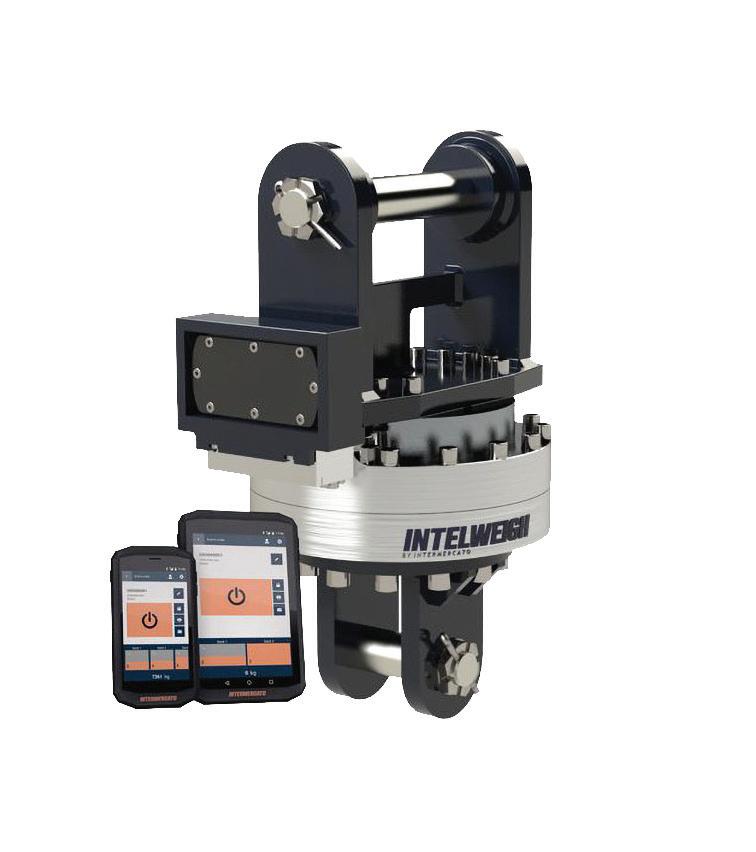
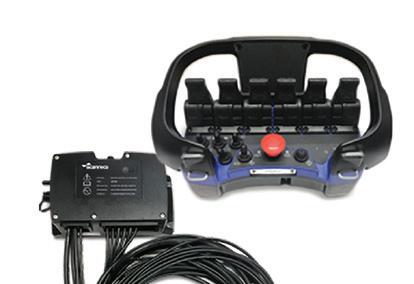
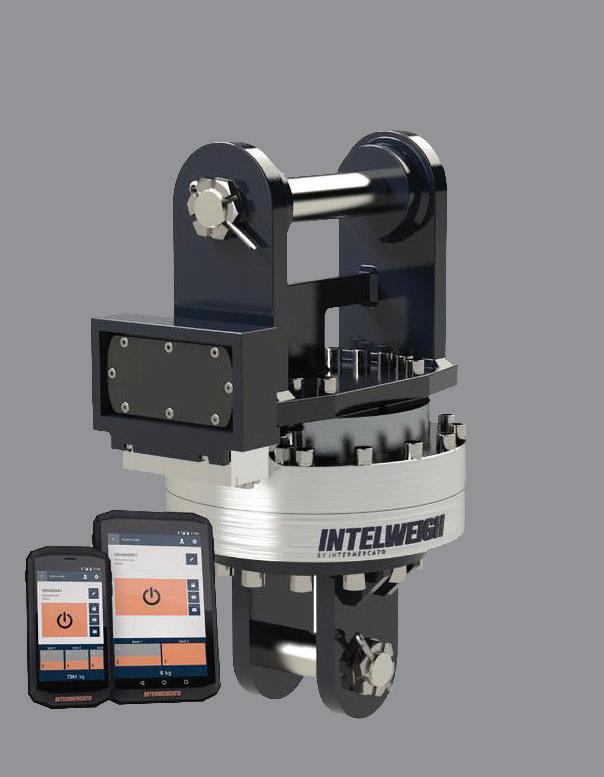
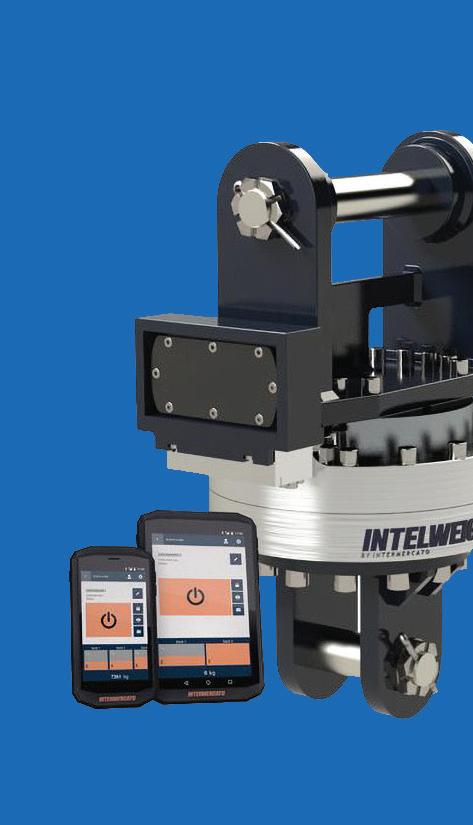


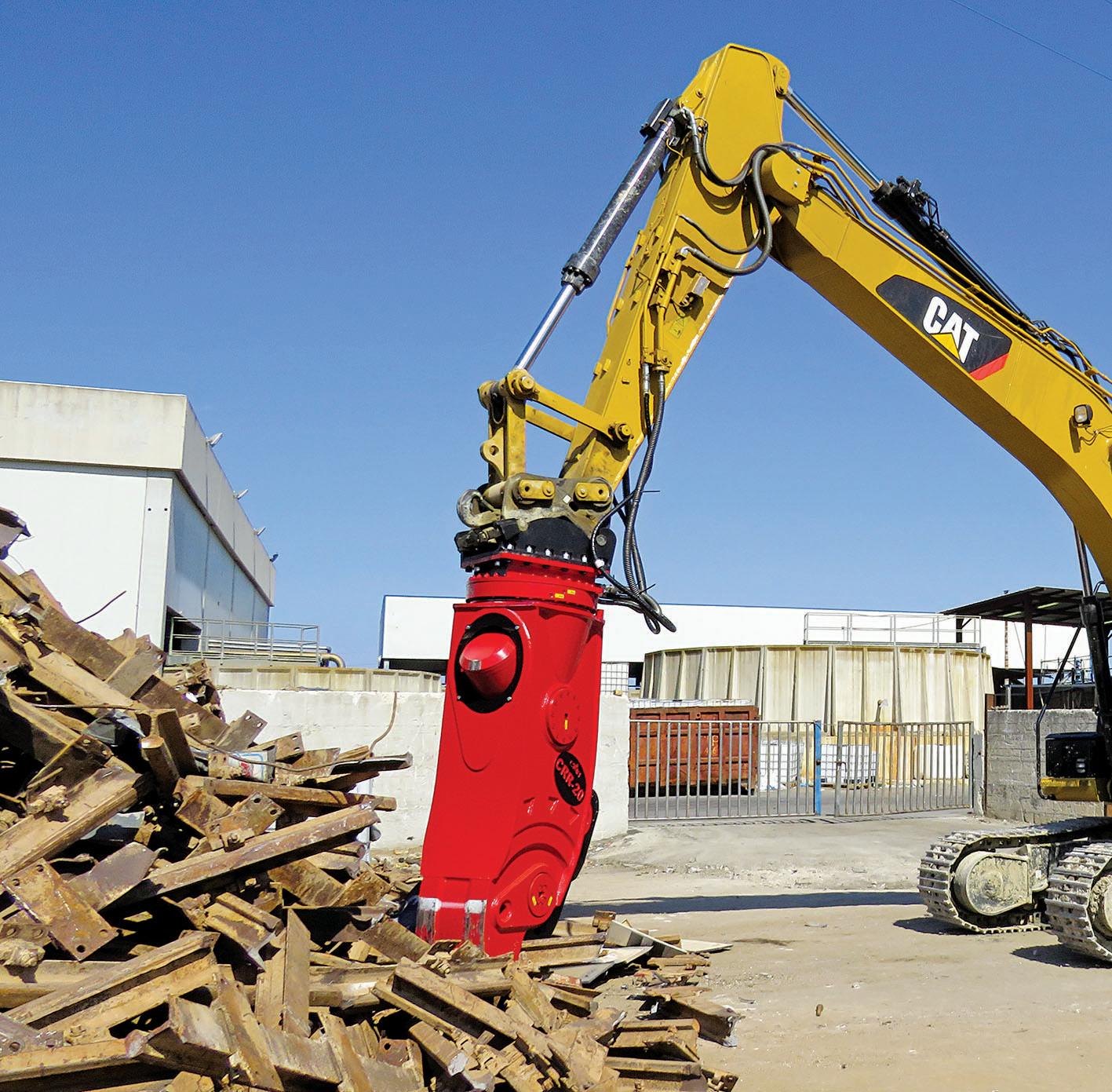

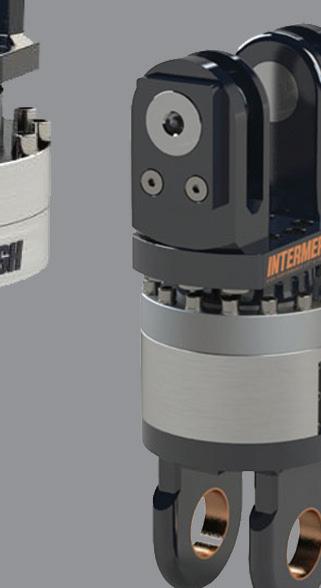
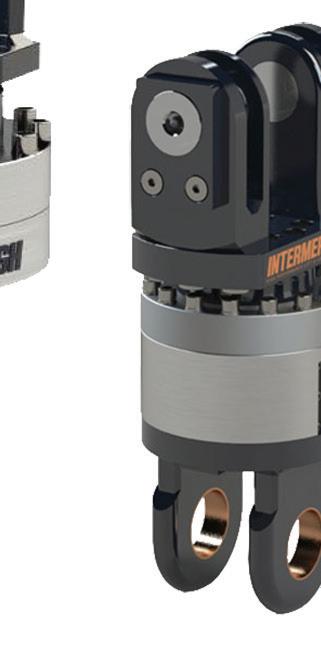
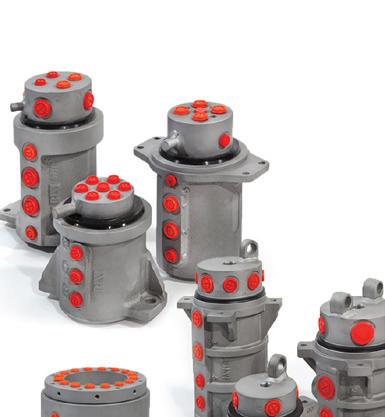

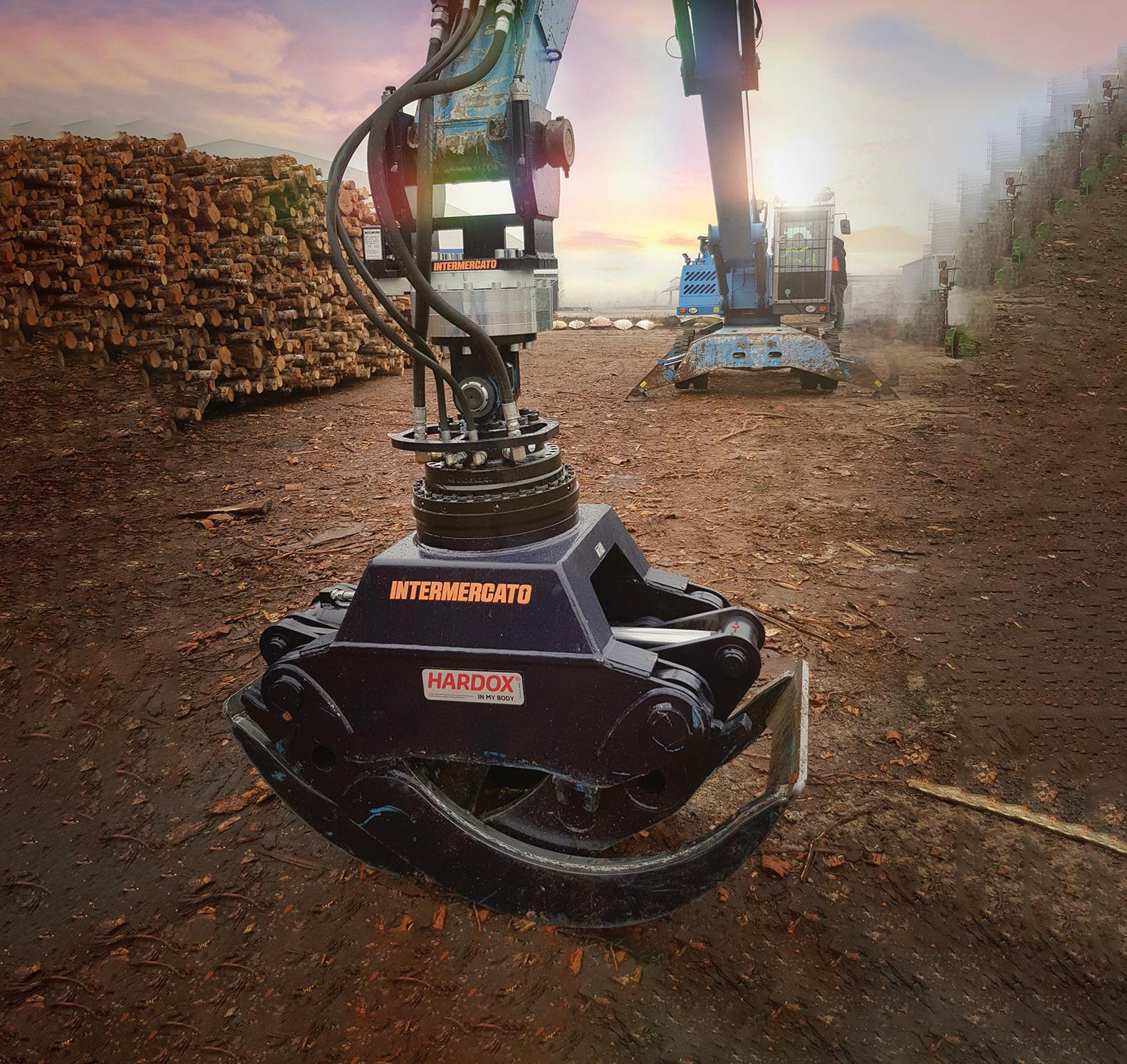
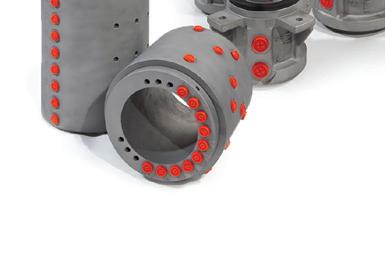
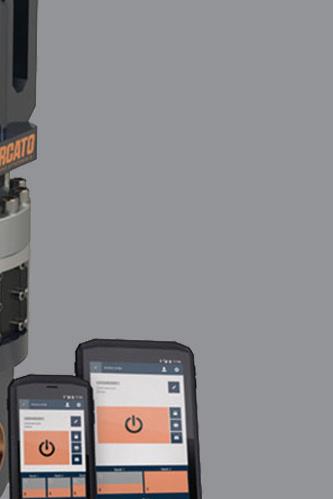
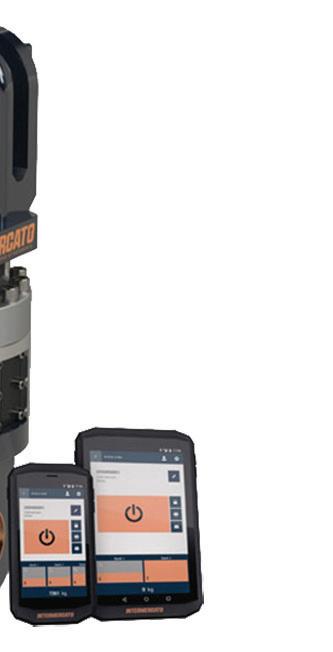
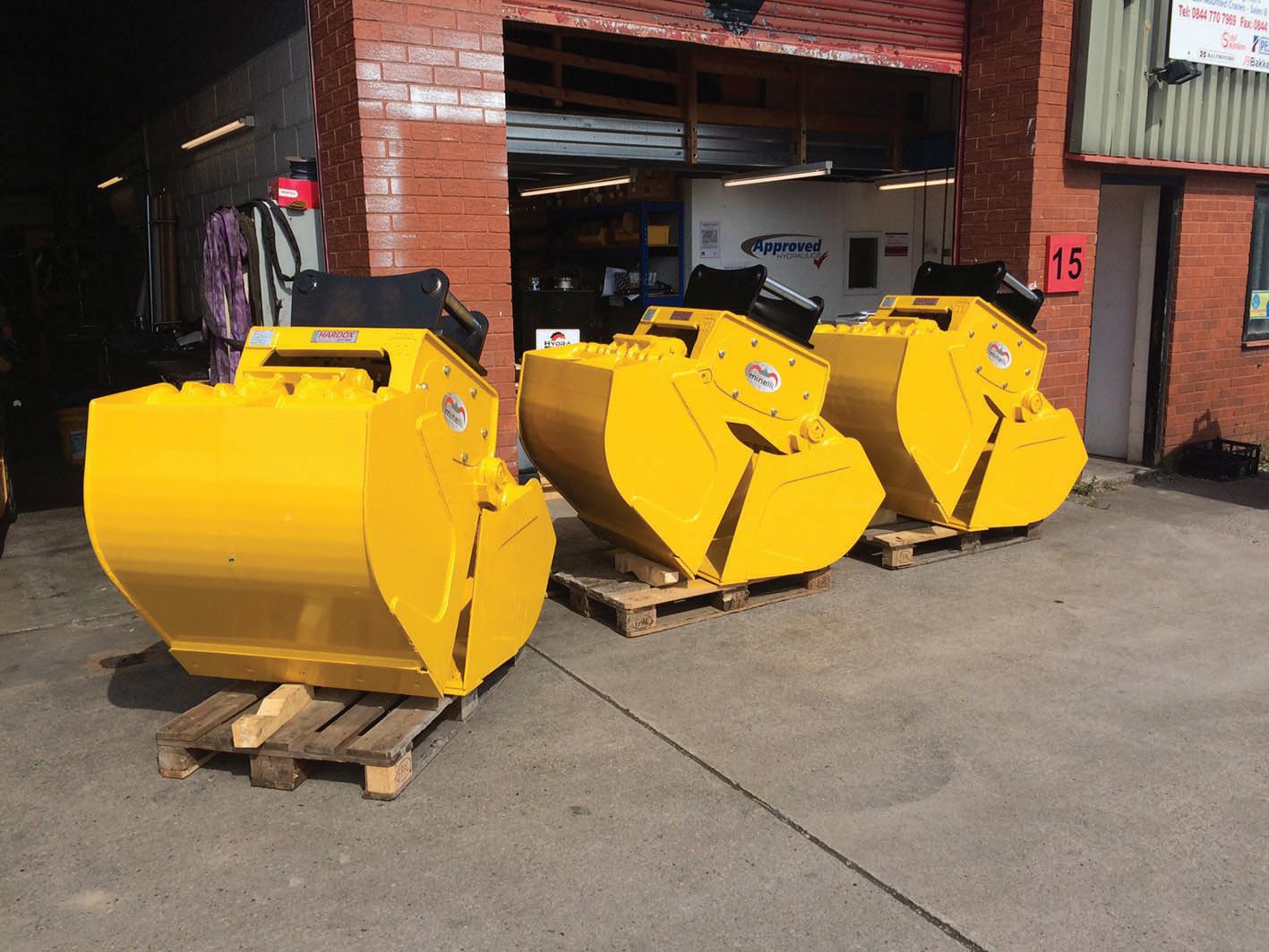
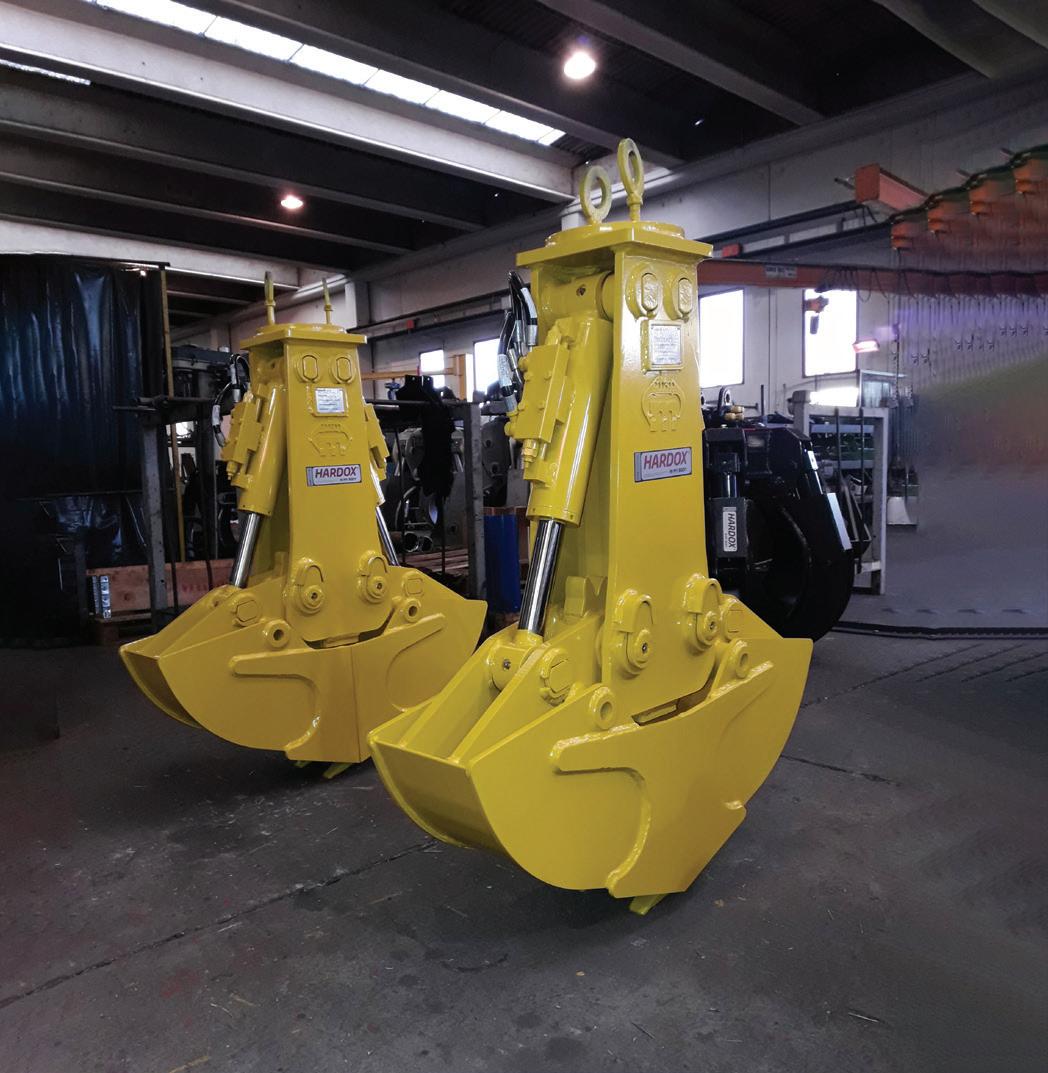
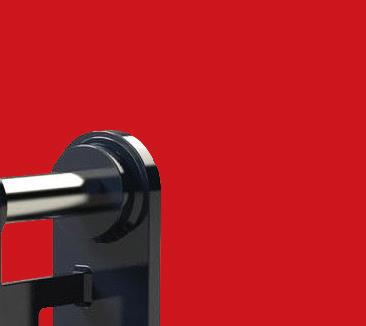

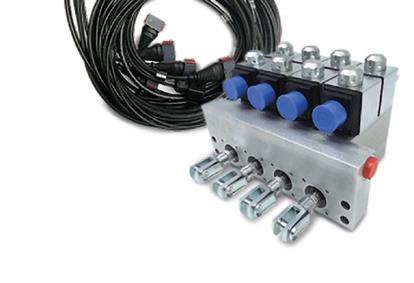
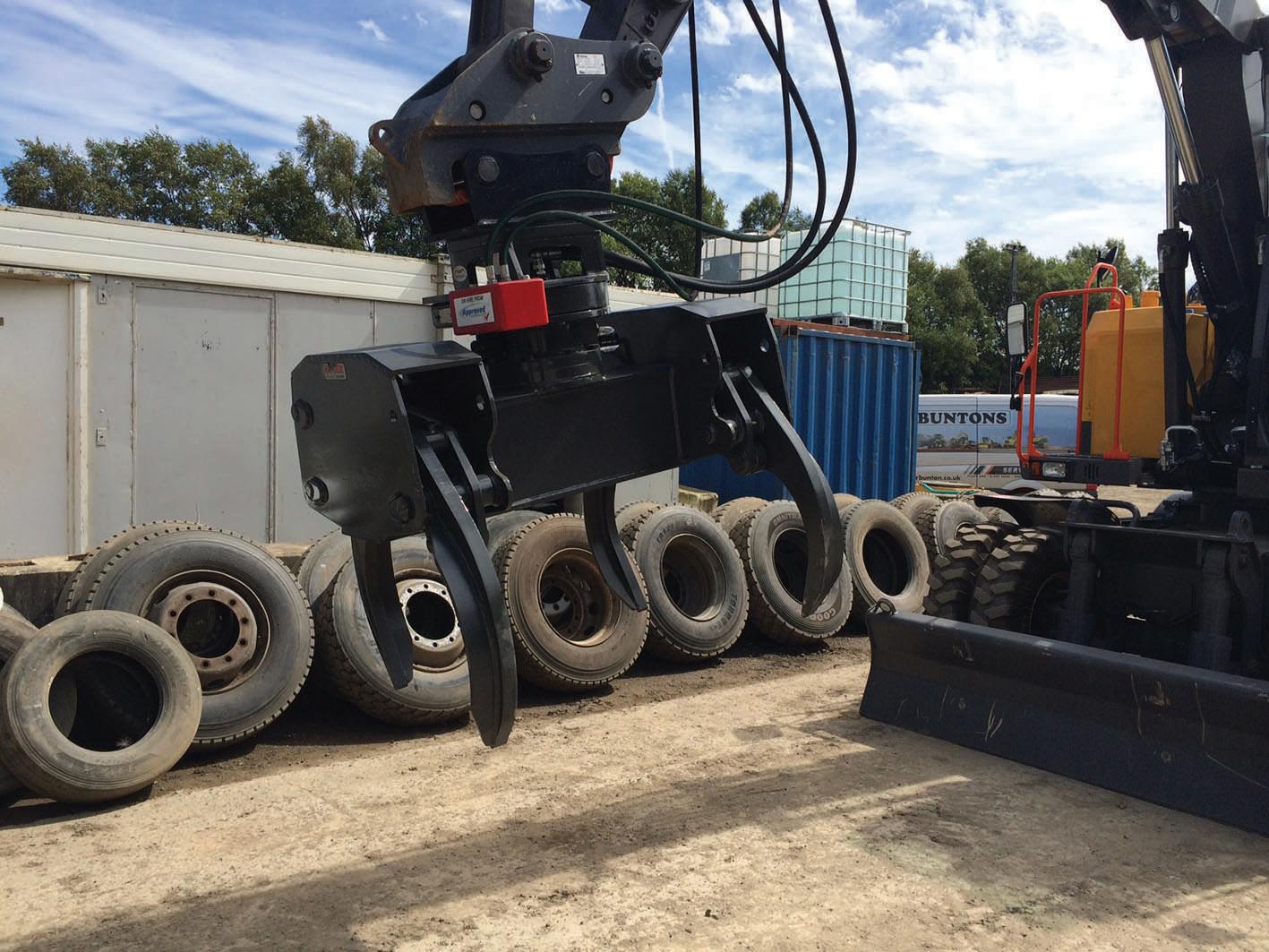
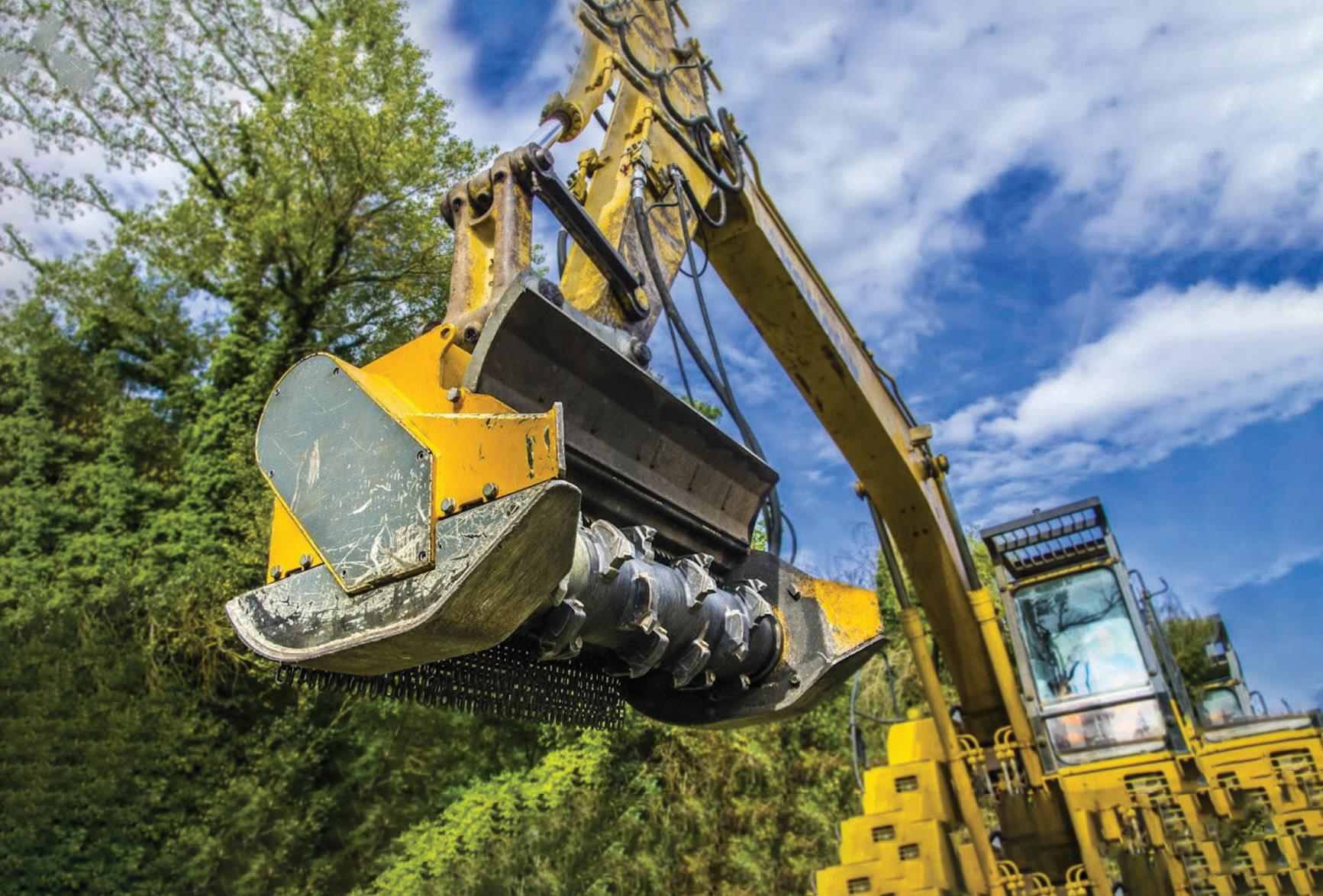
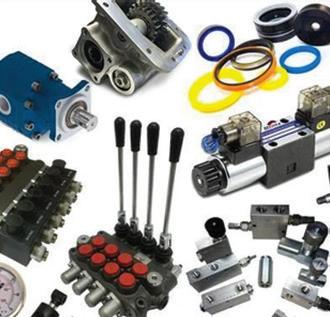
Hydraulics
NetworkRailApprovedGrabsandHydraulicRotators TechnicalBack-up EquipmentSpecialist Larg tions 0161CALLON 4800869 web:sales@approvedhydraulics.co.uk approvedhydraulics.co.uk IntelligentWeighingSystems
Approved
have
Direct Rail Services
Operating for over 25 years, Direct Rail Services (DRS) is one of the
UK’s
leading national rail freight operators
DRS has a uniquely flexible and efficient fleet of locomotives and rolling stock. Their fleet of Class 88, 68, 66, 57 and 37 locomotives offer unbridled flexibility allowing them to deliver freight services across the network.
The Class 88 is their state-of-the-art bimode locomotive, the only dual powered locomotive in the UK. It can run on overhead electricity and offers industry leading CO2 savings, but also up to 500 miles on diesel power when no overhead lines are available.
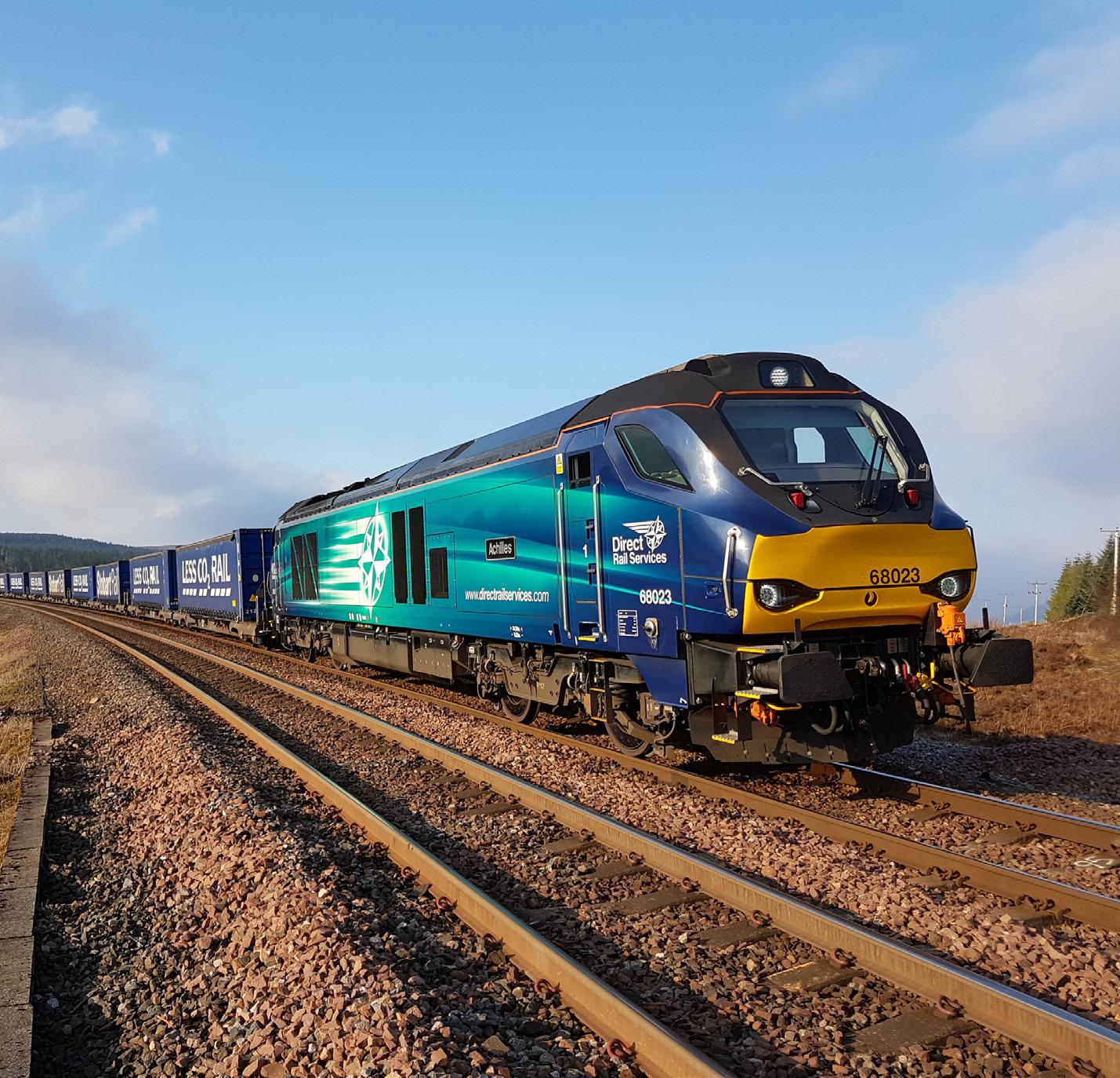
Unique amongst UK rail freight businesses, DRS is not only fully accredited to ISO 9001 quality management and ISO 14001 environmental standards, but has also achieved the occupational health and safety approval BS OHSAS 18001.
With a unique blend of skills and experience, the company offers a comprehensive package of rail transport and related services, tailor-made to match a wide range of exacting customer requirements. DRS’s award winning UK-wide operations are delivered from a national network of fully equipped depots and facilities, supported by a 24/7 control centre.
Supporting DRS’s core business of delivering safe, secure and reliable transport services for some of the most sensitive and demanding loads is an ever-expanding portfolio of key rail activities.
DRS operates a unique fleet of locomotives matched with a flexible team of highly trained, fully experienced staff, providing a comprehensive range of infrastructure support services including:
• Autumn Rail Head Treatment Trains (RHTT).
• Winter snow clearance utilising DRS’ own MSP-fi tted locomotives and Network Rail Independent Snow Ploughs and Beilhack Ploughs.
• Overhead line ‘ice breaking’ service.
• MPV weed-spraying operations.
• S&C Video MPV Operation.
• A variety of Test Trains, including Network Rail Saloon services.
In addition to these key services, DRS also supports Supply Chain Operations for Network Rail with the extensive resources
required to facilitate its infrastructure renewal requirements, including the provision of Network Services, Bulk Ballast Services, Delivery Trains and Possession Services.
Nuclear Transport Solutions
In April 2021, Nuclear Transport Solutions (NTS), a specialist nuclear transport organisation, was launched. NTS is part of the Nuclear Decommissioning Authority (NDA) group and specialises in the operational, commercial, engineering, legal, and regulatory expertise that underpin nuclear transport and logistics operations.
Operating from a network of more than thirty depots and sites, from Georgemas in the far north of Scotland to Devonport on the south coast, Nuclear Transport Solutions
operate seven fully nuclear capable regional railheads that are positioned to support decommissioning and new build activities, and safe, high-security stabling facilities at strategic locations.
KEY PERSONNEL
Managing Director: Chris Connelly
Senior Business Manager: Sabrina Brannan
Senior Operations Planning Manager: Sam Dixon
CONTACT INFORMATION
Address: Direct Rail Services, Regents Court, Baron Way, Carlisle, Cumbria CA6 4SJ
Tel: 01228 406600
Email: communications@drsl.co.uk
111 SPOTLIGHT

112
GB Railfreight
where overhead equipment supplying electricity to the locomotives can safely move away once the train is in place and return when the train needs to move again. This would transform the terminal in Northamptonshire to become the first in the UK to demonstrate an innovative overhead electrification system, which indicates the end for diesel on electrified rail routes and boosts the industry’s net zero ambitions. If successful, the moveable overhead system could go on to be deployed at other freight terminals across the UK and support the full decarbonisation of Britain’s railways
New locomotives
In June 2019, GBRf announced three Class 66 locomotives were to be leased from Beacon Rail Leasing and introduced to the UK rail network from Sweden. The locomotives mark GBRf’s continued growth and investment in its fleet. These locos are the most widely operated modern freight locomotives in the European market and will further strengthen GBRf’s already reliable fleet. GBRf have considerable experience bringing locomotives from Europe to the UK. Previous conversions include 66 747/8/9/5/51 from European to UK specification with the assistance of Electro Motive Diesels (EMD).
GBRf’s £3 million building opened in August 2021, accommodates GBRf’s traincrew and office staff including its 24-hour control centre, training and operations departments, as well as the asset management team. The building plays host to three new purpose-built classrooms and state-of-the-art simulators which will be used to develop future generations of talent from the local area and beyond.
Eastleigh and Bescot upgrades
GBRf has completed two major upgrade projects funded by Network Rail worth over £1.5 million, aimed at improving vital Local Distribution Centres (LDCs) in Eastleigh and Bescot.
Both LDC’s act as a focal point for the shunting, marshalling and preparation of trains needed to support vital engineering works carried out by Network Rail.
The work on Eastleigh LDC, in Hampshire, has been two years in the making with GBRf replacing old cabins with updated facilities that provide full recreational capability, offices for management, a meeting room, as well as a vantage point that overlooks the yard. Alongside this, GBRf undertook a car park overhaul, maximising the potential parking for those operating onsite.
Contracts
GB Railfreight (GBRf) renewed its contract with Tarmac for five years from January 2020 to 31 December 2025. GB Railfreight (GBRf) and Rail Stone Solutions (RSS) signed two contracts to support construction on the first phase of HS2.
The deals, with HS2 contractors EKFB (Eiffage, Kier, Ferrovial BAM Nuttall) and BBV (Balfour Beatty VINCI) will see GBRf join forces with RSS to deliver aggregates by rail to the high-speed rail project’s main construction compounds.
As part of the deal with EKFB, GBRf will support the training of new train drivers at their new state-of-the-art twin-simulators near Peterborough where the UK’s first and only full-cab freight European Rail Traffic Management System (ERTMS) simulator centre is located.
UK’s first rail freight electrification trial
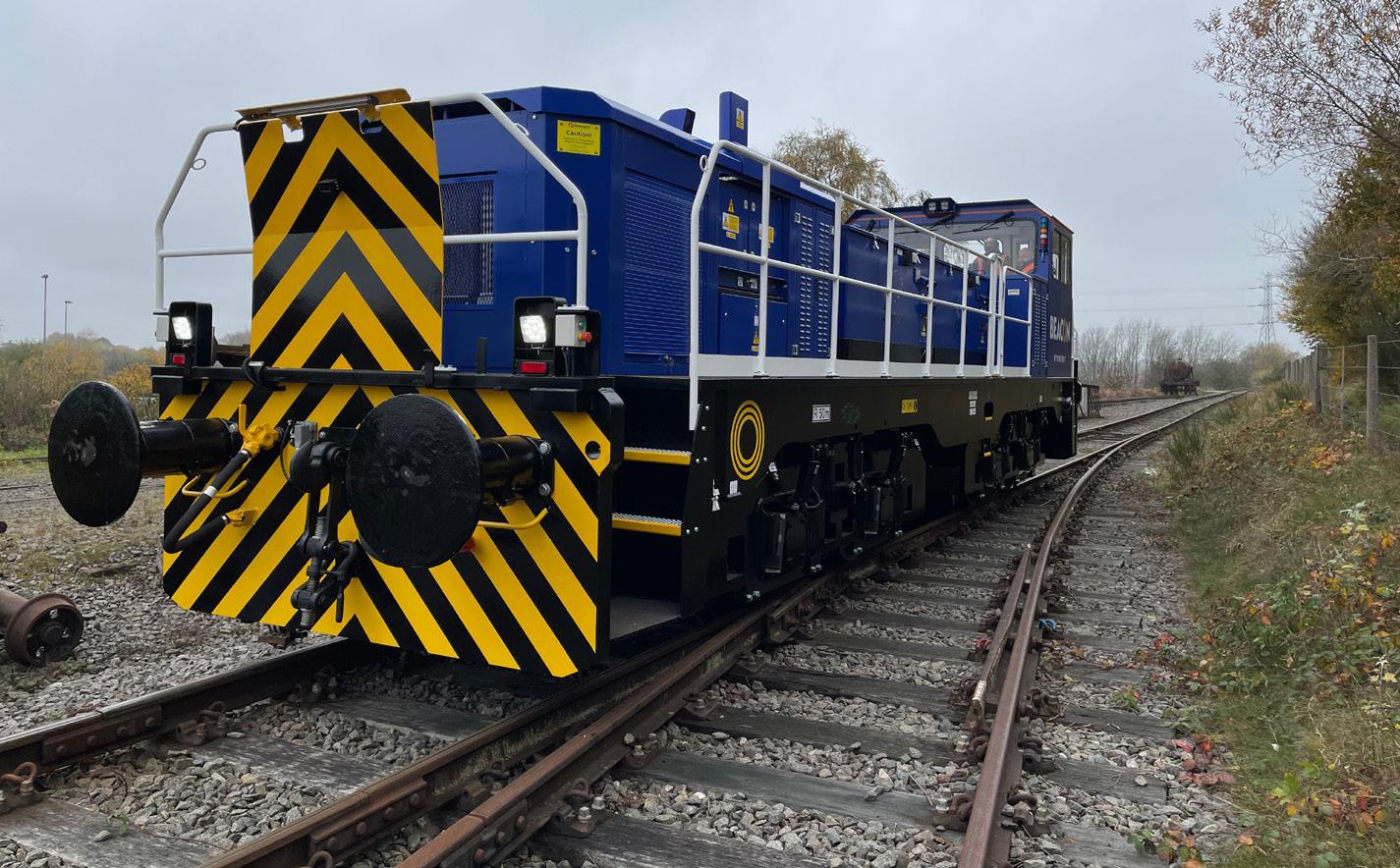
The Decarbonisation & Electrification of Freight Terminals (DEFT) project, funded by the Department for Transport and Innovate UK, has seen project partners Furrer+Frey GB, Tarmac and GB Railfreight demonstrate a new way of decarbonising rail and lessen freight’s impact on passenger journeys.
Engineers from Furrer+Frey GB designed a Moveable Overhead Conductor system at Northamptonshire terminal
GB Railfreight (GBRF) has taken delivery of a class 18 hybrid+ shunting locomotive as part of a three-month trial with Beacon Rail Leasing, marking the latest expansion of its growing fleet. Manufactured by Clayton Equipment Ltd, the Class 18 is powered by an onboard battery that provides emissionsfree operation where charging facilities are available, or through a regenerative braking system. When challenges with range or operation occur, an efficient onboard Stage V compliant engine can be utilised to increase the locomotives running time. This shunting locomotive will enable low noise and zero emissions, demonstrating a clear contribution to meeting the UK’s net zero carbon targets.
KEY PERSONNEL
Chief Executive Officer: John Smith
Commercial Director: Liam Day
Production Director: Ian Langton
Finance Director: Karl Goulding- Davis
Asset Director: David Goulding
Business Development Director: Tim Hartley
General Infrastructure Manager: Alex Kirk
CONTACT INFORMATION
Address: LONDON HQ, 3rd Floor, 55 Old Broad Street, London EC2M 1RX
Tel: 020 7904 3393
Email: info@gbrailfreight.com Visit: www.gbrailfreight.com
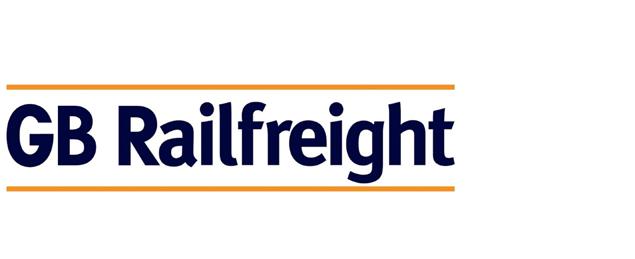
113
SPOTLIGHT
GB Railfreight (GBRf) is the third largest rail freight operator in the United Kingdom, transporting goods for a wide range of customers
Trio of new appointments for GCRE



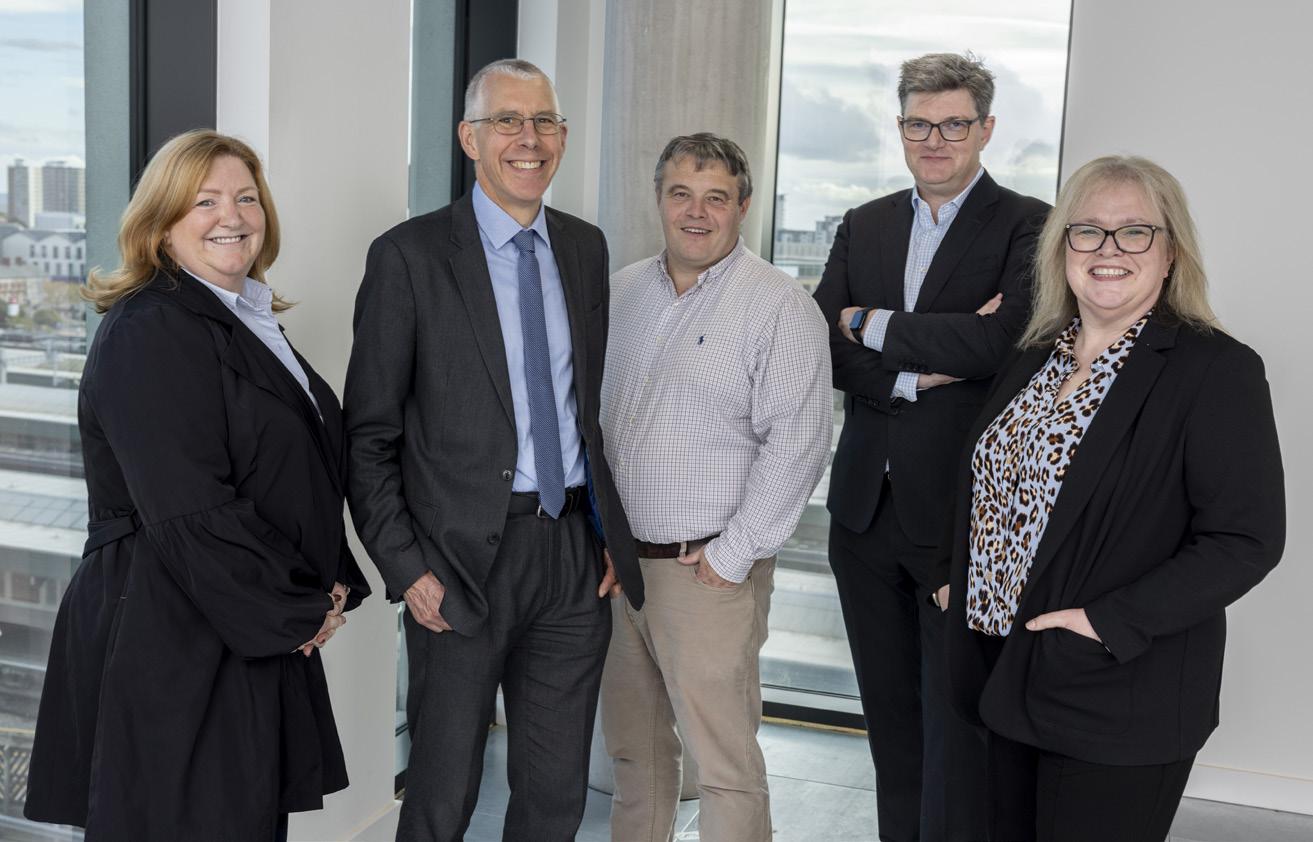


The Global Centre of Rail Excellence (GCRE) has announced the appointment of Gail Hawthorne and Simon Blanchflower CBE as new Non-Executive Directors along with Rob Thompson as Director of Implementation.
Rail
New
114
Europe appoints New President and CEO Rail Europe has appointed Björn Bender as President and CEO.
Chief Executive of London TravelWatch appointed London TravelWatch has announced the appointment of Michael Roberts as its new Chief Executive Officer (CEO).
New Minister for Rail & HS2 at the Department for Transport Huw Merriman has been appointed Minister of State at the Department for Transport. Huw previously sat on the Transport Select Committee and served as its Chair between 2020 and 2022.
New Transport Committee Chair elected The Deputy Speaker of the House has announced that Iain Stewart has been elected Chair of the Transport Committee.
Greater Anglia appoints new Finance Director Greater Anglia has appointed a new Finance Director to oversee the company’s Finance, IT and Procurement functions. Michael Robertson joins Greater Anglia from Abellio Group where he was Group Financial Controller.
Future mobility, energy and innovation expert joins PA Consulting as a Partner
PEOPLE
Michael Hurwitz has joined PA Consulting (PA) as a partner to further develop the Future Mobility practice, at the intersect of PA’s Transport and Energy and Utilities sectors.
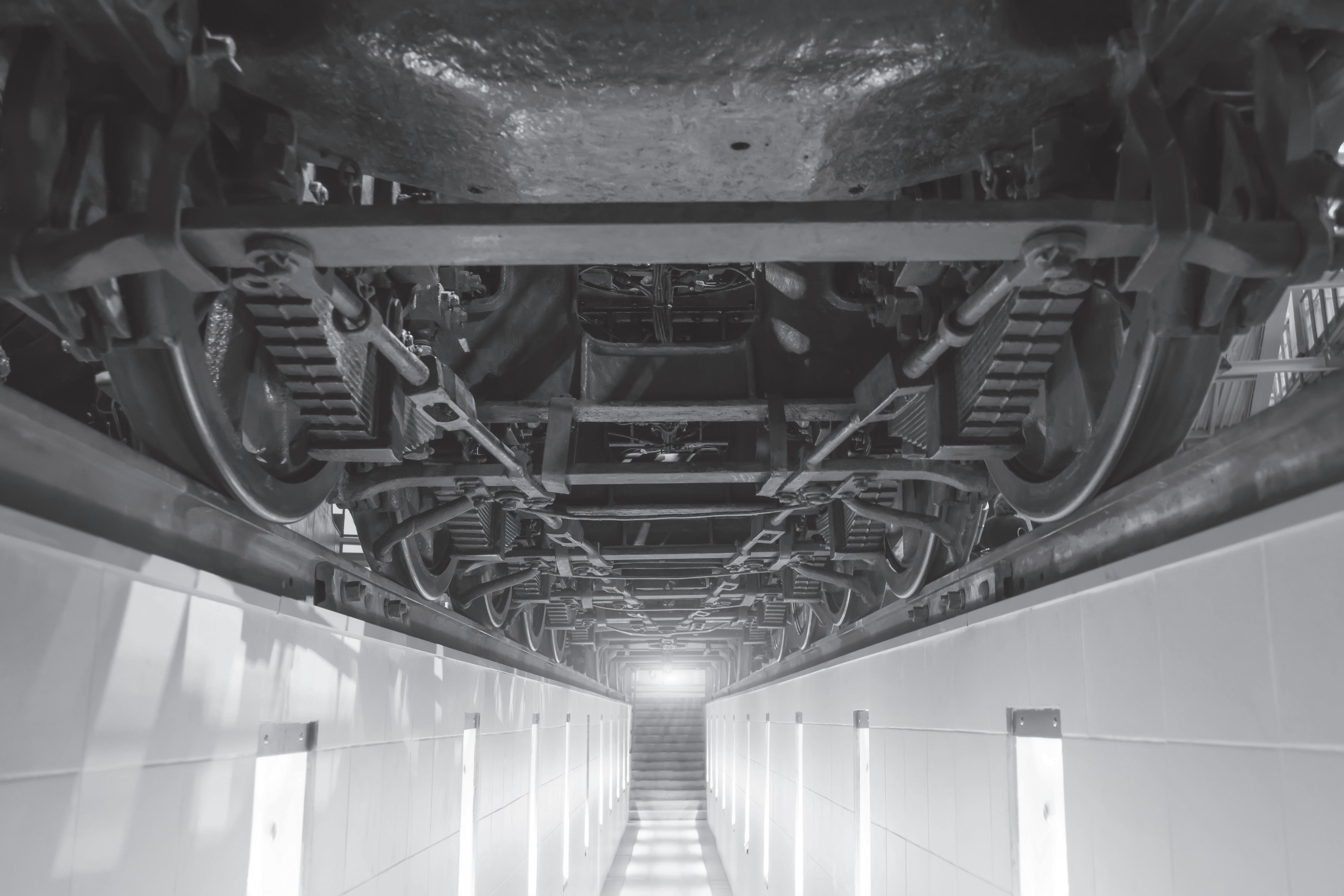
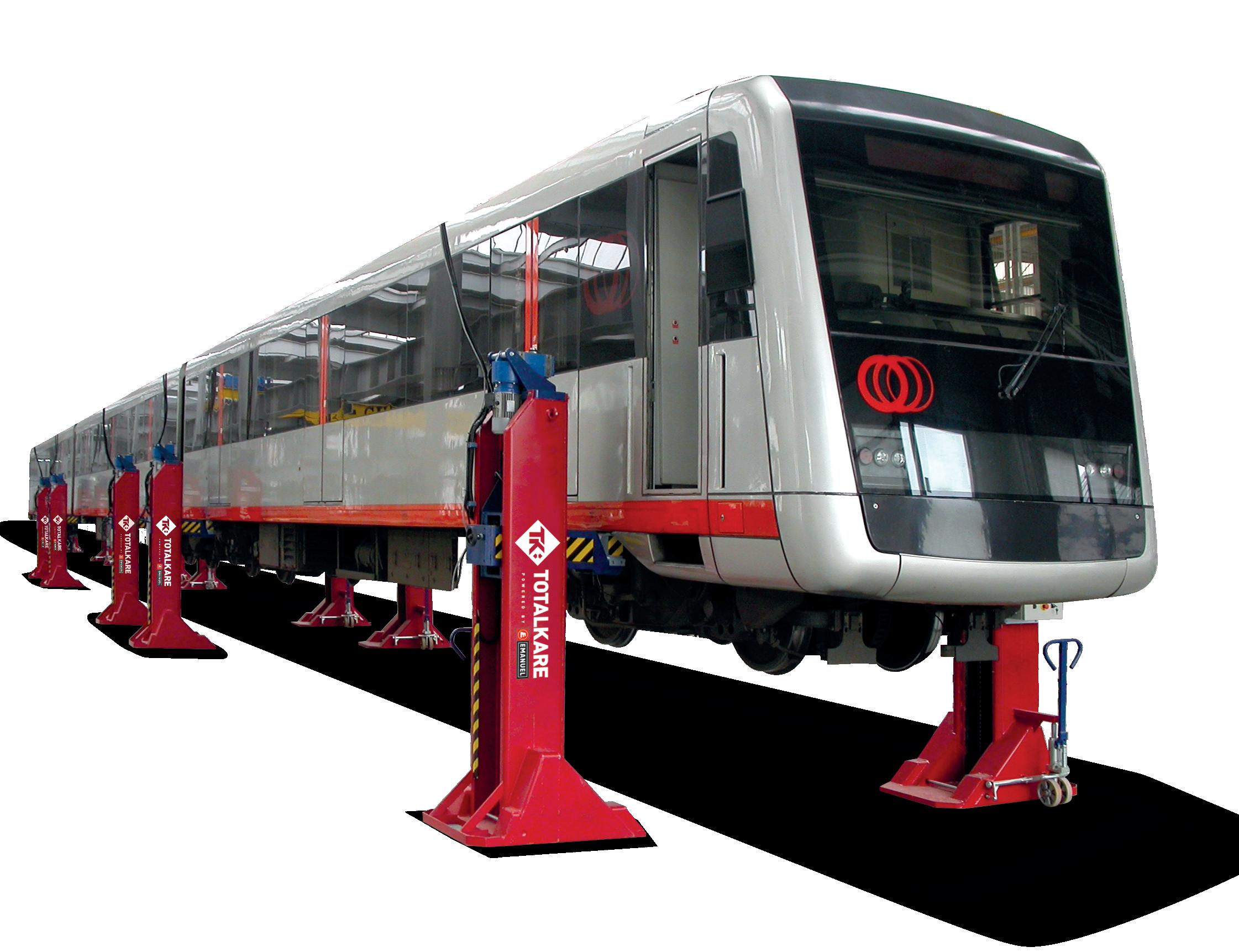

HEAVY DUTY RELIABLE SYNCHRONISED SERVICING TRAINING LIFTING Lifting and inspection equipment you can rely on for all maintenance of rail vehicles. With 40 years’ experience on heavy duty lifting solutions, Totalkare combines world class products with industry leading support to facilitate effective maintenance and repair. LIFTING JACKS & BOGIE LIFTS BOGIE LIFTS COMPLIANT WITH DIFFERENT RAIL GUAGE SYSTEMS 6,000 - 14,000KG HYDRAULIC LIFT PLATFORM MOBILE LIFTING JACKS REQUEST A QUOTE
Delivering a bright energy future for high speed rail
We are experts in delivering network reliability for high speed railways through whole-life asset management. We own the total solution and its performance. A reliable service makes travel more convenient, easier for passengers to plan journeys and gives them confidence they will arrive on time.
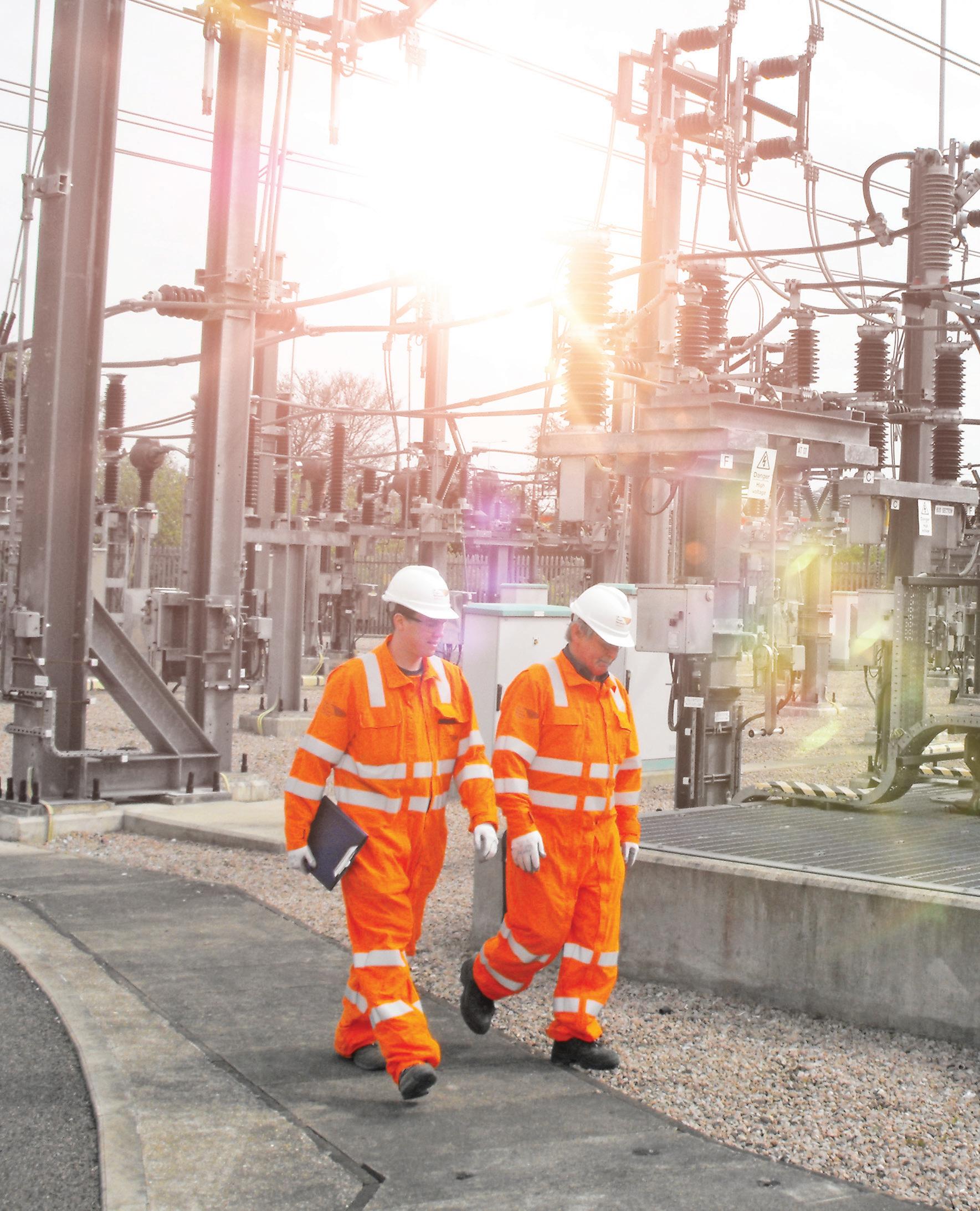
116 ukpowernetworksservices.co.uk

































































































































































































 Sabin is Managing Director of Biotecture
Sabin is Managing Director of Biotecture











































































































































 Scott Harrison, Managing Director, Aquarius
Scott Harrison, Managing Director, Aquarius




































































































































































































































































